

July 2023 Volume 25, Issue 12
REMEMBERING THE HEYDAY OF TEMPLE PUMP CO.
BUILDING THE TEMPLE
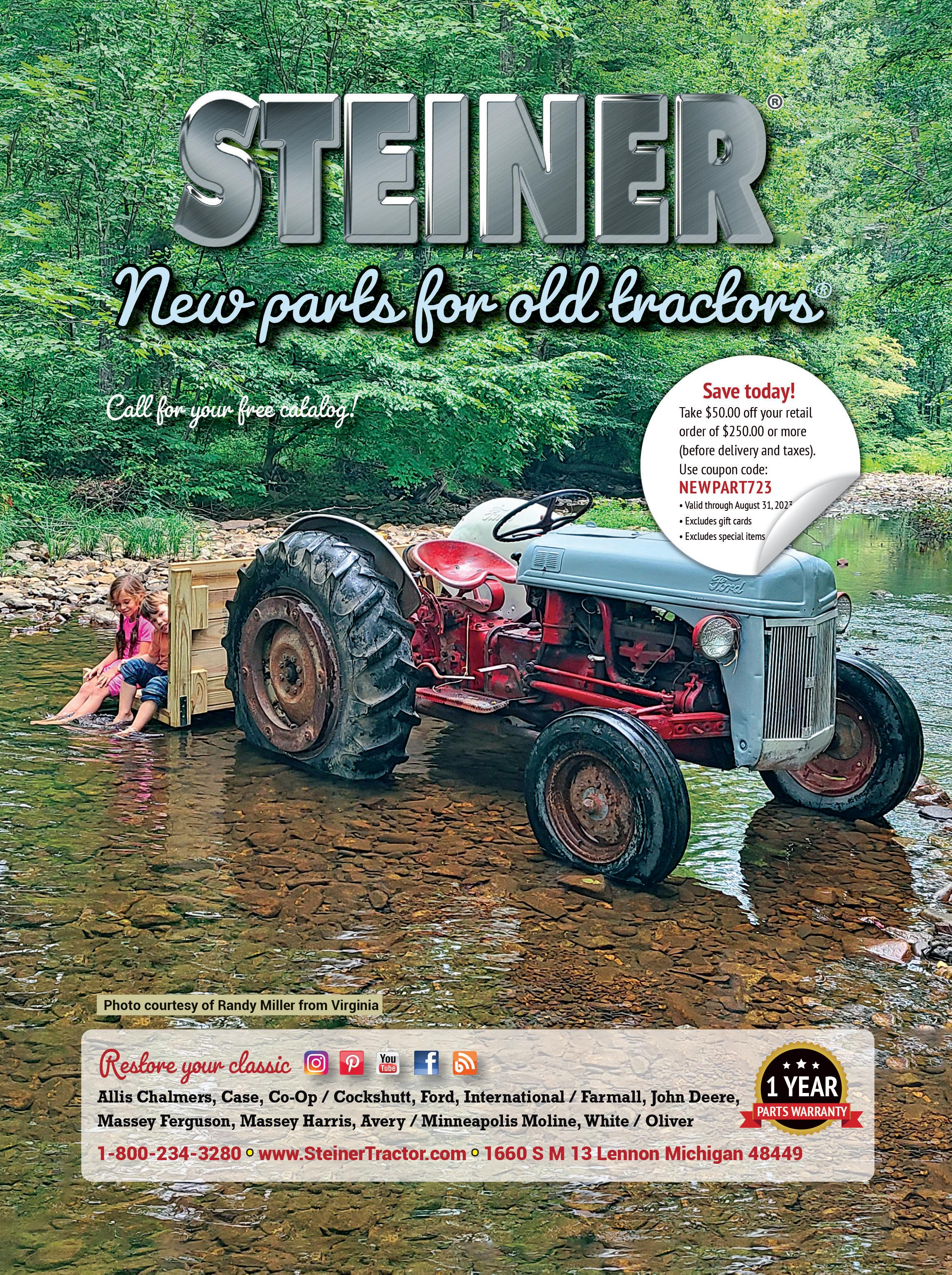
In the 1920s, farmers faced hard decisions against price free-fall. Don McKinley
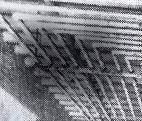
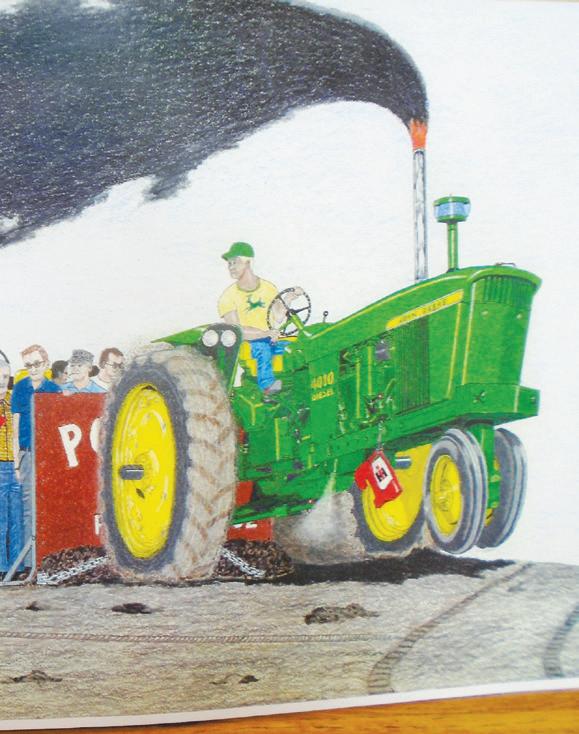
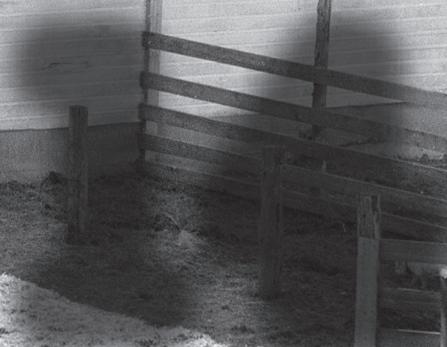
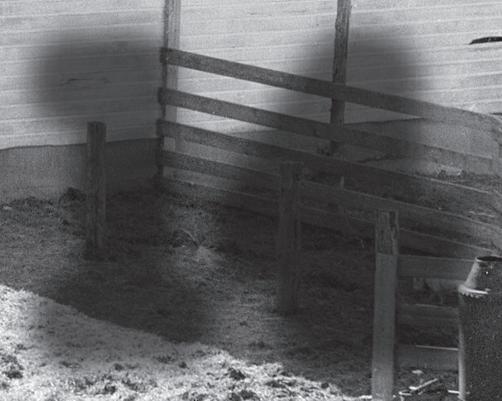
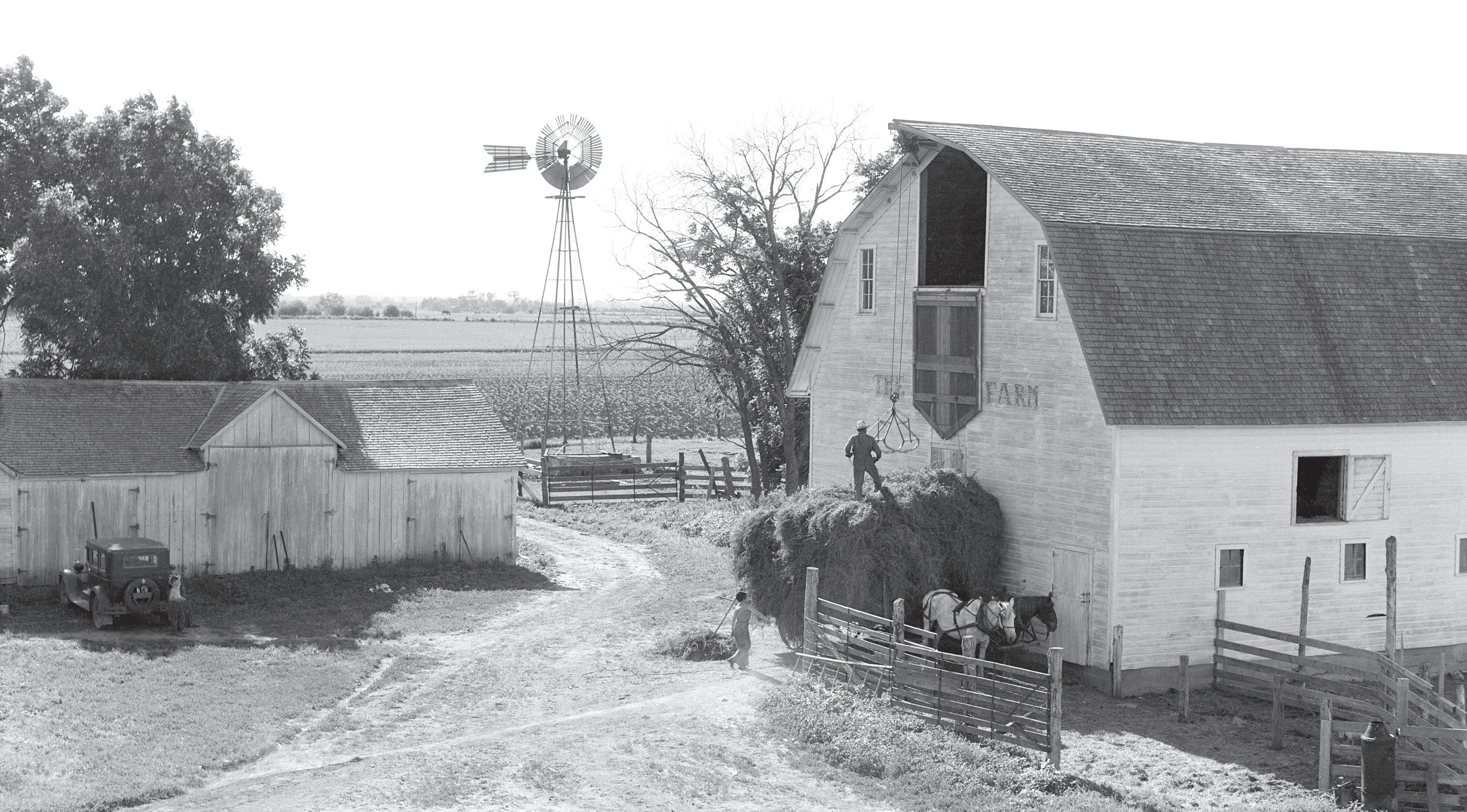
Innovative Chicago manufacturer known for quality Temple pumps and Master Workman engines. Barry
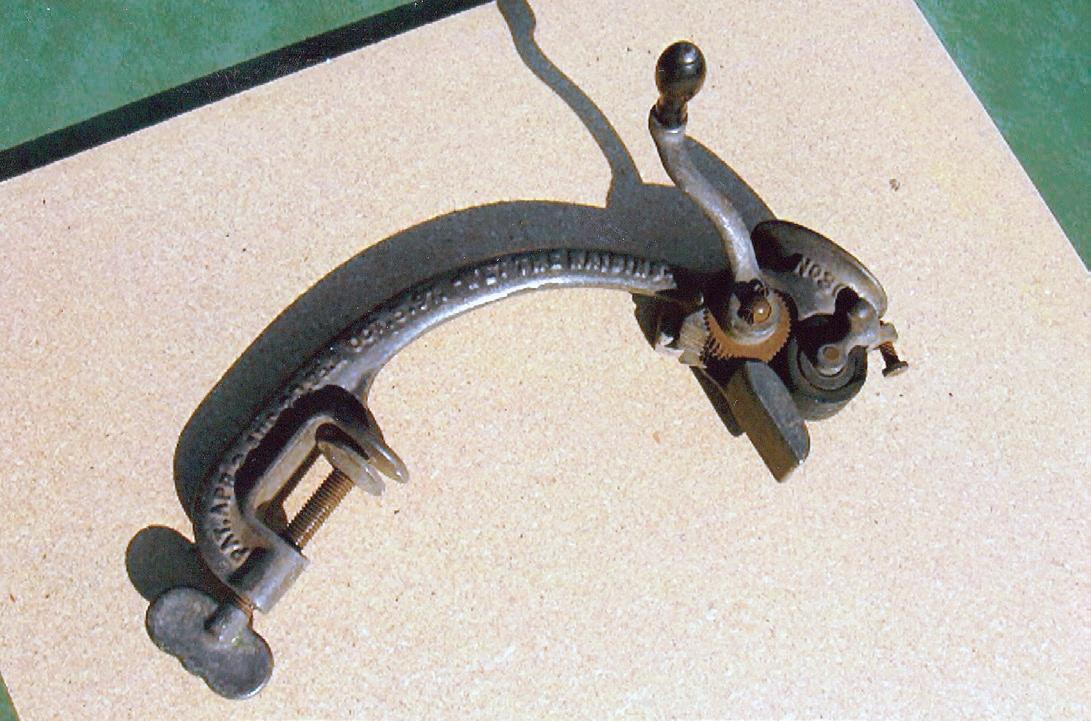
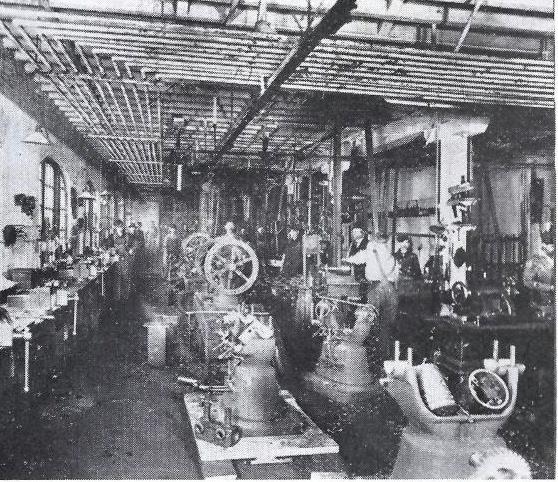
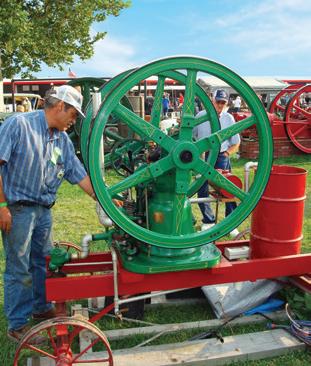




How the Ford 9N tractor saved Willys. Barry Thomas
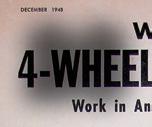
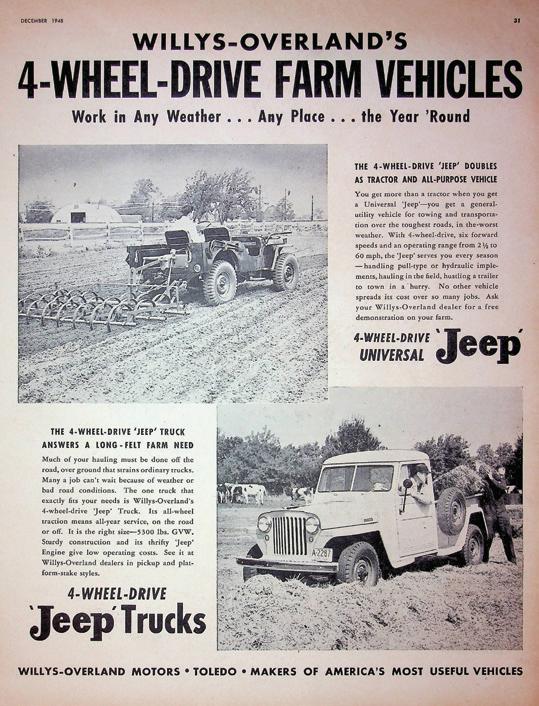
FEATURES JULY 2023 DEPARTMENTS 2 First Things Cone or cup? 4 Letters 6 What Is It? Can you name these gizmos and gadgets? 10 Let’s Talk Rusty Iron Farmers wary of early steam traction engines. Sam Moore 24 Iron Age Ads The Rise and fall of Temple. 33 Between the Bookends Botts goes to war. William Hazlett Upson 46 Classifieds 14 28
Four Seasons on the Farm
14
the
28 The Farm Jeep’s
20 Building
Temple
Tuller
Unlikely Hero
On the cover:
Charles Martin prepares his Temple Pump Co. Master Workman engine to run at the Midwest Old Threshers Reunion in Mt. Pleasant, Iowa, in 2009.
20
Photo by Barry Tuller.
Landon Hall Group Editor
Leslie C. McManus Senior Editor

Christine Stoner Associate Editor
Terry Price Art Director
Baylie Koch Advertising Coordinator
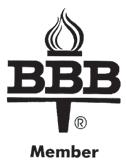
Web and Digital Content
Tonya Olson Digital Content Manager
Advertising Director


Brenda Escalante escalante@ogdenpubs.com
Display Advertising
(800) 678-5779; adinfo@ogdenpubs.com
Classified Advertising
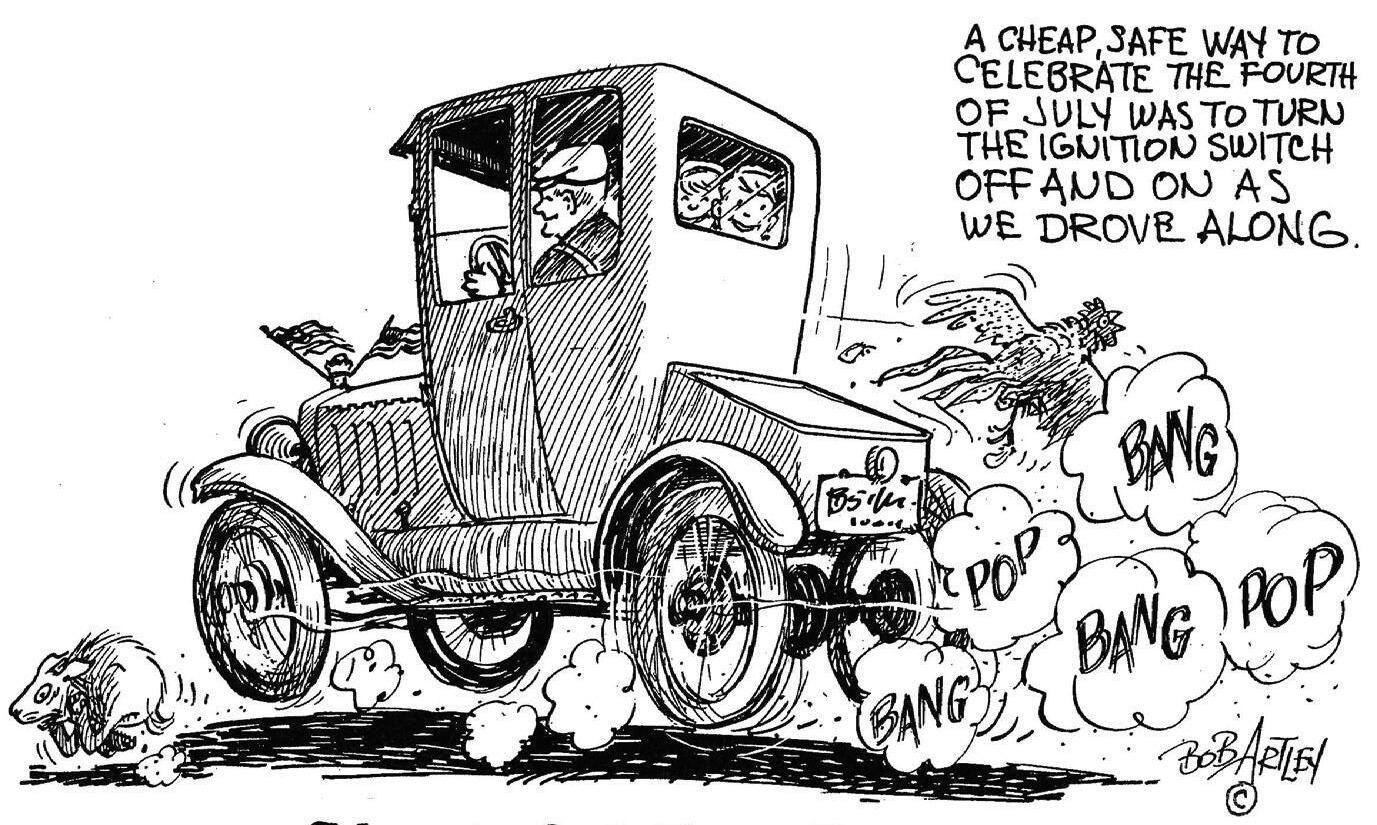
(866) 848-5346; fcmclassifieds@ogdenpubs.com
Newsstand: Bob Cucciniello; (785) 274-4401
Customer Care: (866) 624-9388
Cone or cup?
At Farm Collector , we are dedicated to the preservation of antique farm equipment and all things pertaining to antique farm equipment, which, by clear and obvious extension, includes ice cream. What, after all, would a tractor show be without at least one ice cream stand?
Bill Uhler Publisher
Cherilyn Olmsted Circulation & Marketing Director
Bob Cucciniello Newsstand & Production Director
Bob Legault Sales Director
Andrew Perkins Director of Events & Business Development
Tim Swietek Information Technology Director
Ross Hammond Finance & Accounting Director
Farm Collector (ISSN 1522-3523), July 2023, Vol. 25, Issue 12. Farm Collector is published monthly by Ogden Publications Inc., 1503 SW 42nd St., Topeka, KS 66609-1265. Periodicals Postage Paid at Topeka, KS and additional mailing offices.
POSTMASTER: Send address changes to Ogden Publications, Inc., 1503 SW 42nd St., Topeka, KS 66609-1265. For subscription inquiries call (866) 624-9388. Outside the U.S. and Canada, call (785) 274-4366; fax: (785) 274-4305.

Subscribers: If the Post Office alerts us that your magazine is undeliverable, we have no further obligation unless we receive a corrected address within two years.
© 2023 Ogden Publications Inc. Printed in the U.S.A.
In accordance with standard industry practice, we may rent, exchange, or sell to third parties mailing address information you provide us when ordering a subscription to our print publication.
If you would like to opt out of any data exchange, rental, or sale, you may do so by contacting us via email at customerservice@ogdenpubs.com. You may also call 866624-9388 and ask to speak to a customer service operator.

Typically held in warm weather, tractor shows and ice cream go together like hot fudge and a scoop of vanilla. While it cannot be denied that an unsupervised errand to a far corner of the showgrounds has been known to offer the opportunity to enjoy a simple pleasure safe from disapproving looks, that does not diminish the essential wholesomeness of ice cream. In fact, one may even experience a certain sense of kinship and camaraderie with others on similar missions (or at least it often appears that way).
It is surely no coincidence that National Ice Cream Month is observed in the month of July, when a truly committed consumer could take in a different tractor show (and ice cream) every weekend of the month. If your calendar is already full, at least make note of National Ice Cream Day, which is celebrated annually on the third Sunday in July (July 17 this year).
In that the U.S. leads literally every nation in the world in ice cream consumption, it would seem almost unpatriotic to fail to do one’s duty that day. The average American is said to consume 45 pints (nearly 6 gallons) of ice cream annually, to the tune of $6 billion in 2019. In the interest of maintaining our place at the top, it is incumbent upon each of us to do our civic duty on July 17!
Friends, this is serious business. National Ice Cream Month and National Ice Cream Day were established by presidential proclamation. I’m no constitutional scholar, but I’m pretty sure these events are practically enshrined in the Declaration of Independence. What else could our founding fathers have had in mind when citing the unalienable rights of life, liberty and the pursuit of happiness but chocolate, vanilla and strawberry? This summer, whether you prefer a cup or a cone, do your part!
Memories Of A Former Kid®
Leslie C. McManus LMcManus@ogdenpubs.com
First Things
Printed in the USA
2 July 2023 Farm Collector
postage included
Wico EK, AH, H1, H4, F4, F6 Coils, points, condensers, Service & Much More. We also supply parts for many other brands.
GASKETS: postage paid
All gaskets are made in OUR shop, hi quality!
International LA/LB 1.5-2.5hp $35.3 & 3-5hp
$38.08 International M 1.5-3hp spark plug & igniter $35.3 Maytag 92 Single & 72 Twin (Not paper gaskets) $15.75 Maytag Upright & 82 $15.75
Briggs 5’s/6’s $21.11
Briggs FH/FI $16.25
Briggs Model B $22.68
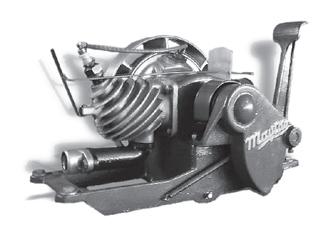
Briggs WM/WMB/WI $21.23
Fairbanks ZD $28.27
Lauson (Some gaskets, call)
Johnson Iron Horse 400 & 500 $21.23

Maytag 92/72 ball muffler on hose $56.51
Maytag Upright muffler $42.45
Maytag LeClair for 72 $63.67
John Deere 1.5HP $79.68

ENGINE MUFFLERS: postage paid
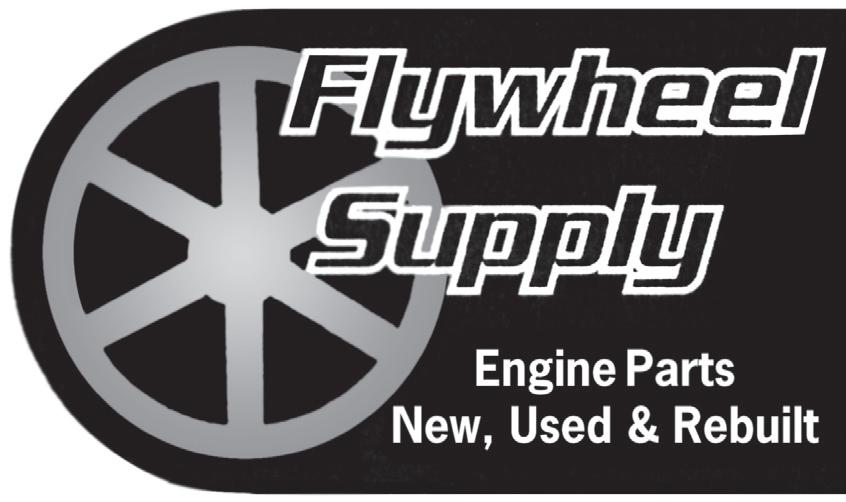
All sizes in stock and ship same day!
Custom sizes available, call.
MP=male pipe thread
FP=female pipe thread
International LA/LB 1.5-2.5hp 3/4”MP $29
International LA/LB 3-5hp 1”MP $31
Fairbanks-Morse 1.5hp 1”MP $53
Fairbanks-Morse 3hp 1.5”MP $59.43
Fairbanks-Morse 6hp 2”MP $70.71
Fairbanks-Morse Headless 1.25”MP $50.94
Universal Round Ball
5 inch ball 3/4” or 1” FP $51
10 inch ball 1.25”, 1.5”, 2” FP $65
Stover / Round ball
6 inch ball 3/4” or 1” MP $53
7 inch ball 1”, 1.25”, 1.5” MP $61
Cone / like associated
5.75 inch cone 1”,1.25” MP $63
7 inch cone 1.25”,1.5” MP $64
5.75 inch cone w/ round front 3/4”, 1” MP $55
FREE CATALOG OF 2,000+ PRODUCTS
Hit & Miss engine parts, Full Maytag engine parts line Custom machine shop– Full CNC & manual capabilities Magneto parts & much more Zach & Ashley Northway 235 Oak Street, Le Mars, Iowa 51031 (712) 490-5596 • info@flywheel-supply.com website: www.flywheel-supply.com We now own & produce the steel stamped mufflers formerly made by Minzel & Elroy of MN! Call with questions on any item. Accepting major credit cards, credit card orders ship same day! Please call before mailing any payment. International orders welcome, shipping extra. Check our website for lots of pictures & 24/7 online ordering. Over 1,100 parts in stock, below is a small sample. Call with questions & availability of anything not listed. Custom orders welcome! GENERAL: Spark plugs, wire & ends & related 10x24 roll gasket material $27 Books, Manuals Piston rings Brass oilers & parts Brass Pet Cocks & Brass Fittings, many sizes and styles Red Kote Gas Tank Sealer Alcohol proof Postage paid $69.30 ENGINE CARTS: postage included Universal cast iron cart kit, 5th wheel & rear axle brackets $115.70 same kit w/ 4x 8inch cast iron wheels $240 International M cart kit, 5th wheel & rear axle brackets $122.13 same kit w/ 2x 9inch & 2x 12inch wheels $304 International LA/LB Cart $216 COILS & MAG PARTS:
24
Authentic period correct wood case buzz coil $94.50 Authentic wood case single spark coil, great for models $91.93 Low tension coils $94.50 72 Maytag Coil Eismann $1
WE ALSO CARRY PARTS FOR:
Tempting fate from 40 feet up
Two stories in Farm Collector about creeping around on top of an empty silo, helping put up the blower pipe, remind me of a silo story my father, Edgar Stout, told me of a similar experience he’d had.
He was helping a neighbor of his father’s. His diary notes that on September 13, 1928, “helped Andy (Farrier) fill silo, tramped.” On this silo, there was a wide masonry edge all around the top, and the doors stopped below the top. My son, Eric, said Dad told him that when they filled the silo, they took care of the silage settlement by putting two heights of woven wire around the top to extend the silo fill, probably with paper lining the wire.
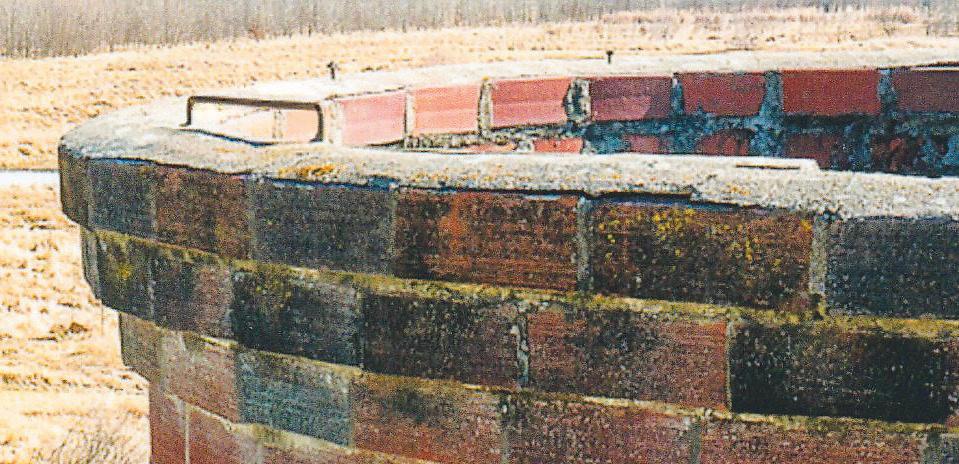
The other helpers on top went down where there were handholds, leaving Dad to finish up. When Dad began his descent, there was nothing to hold onto, as the silage was so tight against the wire. Somehow, he got over the masonry edge until he dangled momentarily by his fingertips. Then he let go to free-fall until he could catch the top ladder step under the ledge overhang.
Fortunately, everything worked or I would not be here to write this, as the silo was approximately 40 feet high. But the next year, there was a handhold on the flat top of the ledge to use in climbing over.
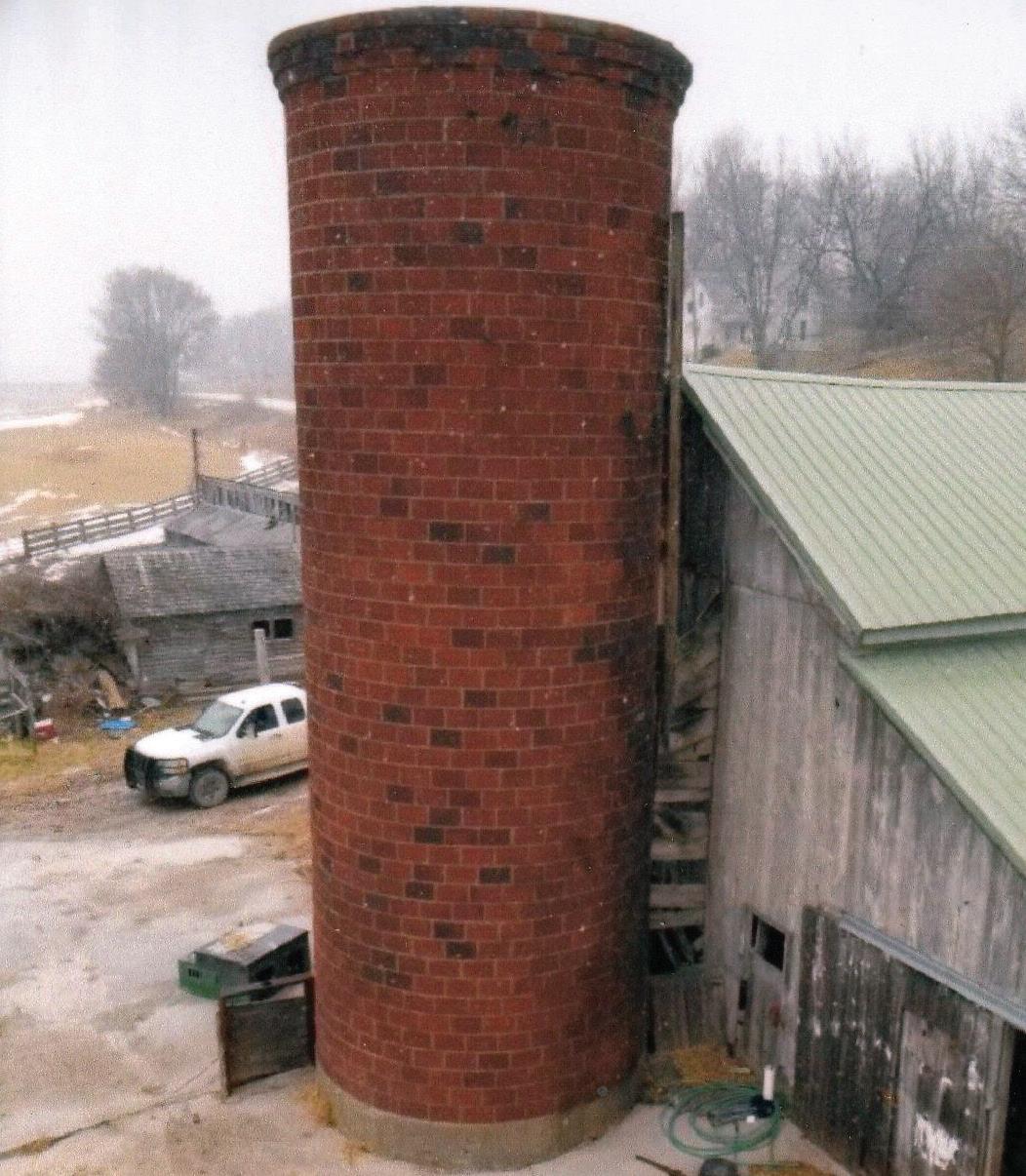
Richard Stout, with assistance from granddaughter Ashley Stout, Washington, Iowa
Dairy centrifuge had a water motor

This centrifuge shown on Page 4 of the April 2023 issue of Farm Collector is not steam-powered as suggested by the owner. It is water-powered. What you see on top is a water motor.
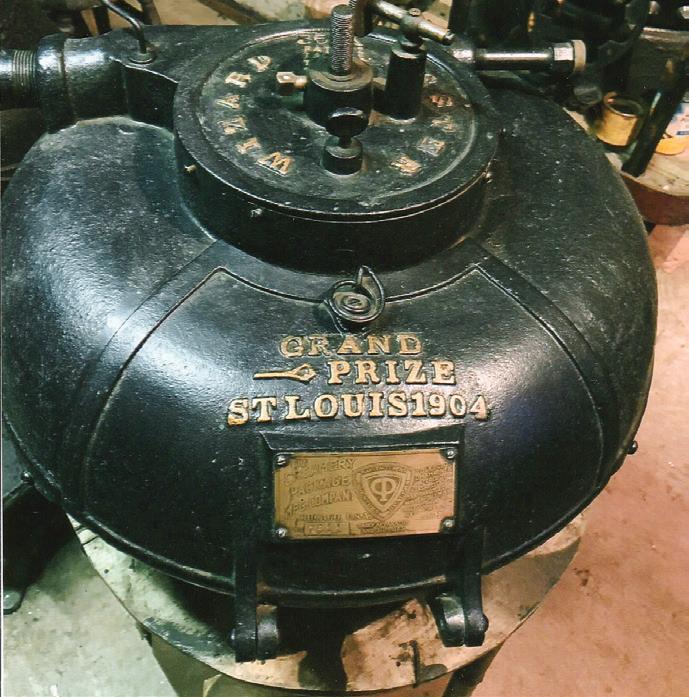
Mike Baltozer, Harrisburg, Pennsylvania
Here’s a good idea!



Last year, just before our Le Sueur Pioneer Power show, we had a photo taken with the tractors lined up to make a “50th” image for our show’s 50th anniversary. It took 59 tractors and six gas engines to make the image and was quite the process. A bunch of staging people lined everyone up and it turned out nice. We also have a very interesting time lapse video of it online at youtube.com/watch?v=GAv3btMkf9A. Our 50th anniversary committee has been putting things together for two years.
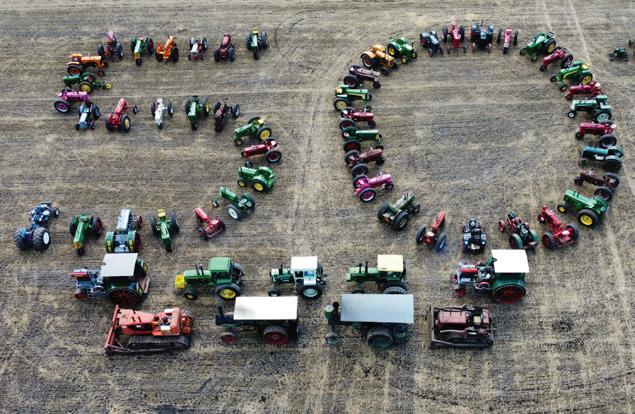 Dave
Dave
Preuhs, Le Sueur, Minnesota
4 July 2023 Farm Collector Letters to the Editor
Members of the Le Sueur Pioneer Power 50th anniversary committee enlisted the help of club members in creating this memorable image celebrating the Le Sueur show’s golden anniversary this summer.
View from the cupola on a double corncrib nearby.
To get the correct angle to show the handholds at the top of the silo, Sharon Scarff, a Wayland, Iowa, photographer took this photo using a drone.
Remembering life with a jumbo cow
In the old days, we milked cows, separated the milk and took the cream to town on Saturday. We sold the cream and took that money and bought groceries for the week.
I do not know where Dad got this particular cow, but it was a registered milking short horn. The cow was 1 foot longer than a normal cow and weighed 2,000 pounds. In the barn we had a trough to catch bodily functions. This cow, being so long, had to stand in the trough.
One winter in the 1940s or ’50s, we had a blizzard. The snow piled up 5 to 6 feet deep. The cows had to stay in the barn. We fed them hay and a little corn. The cows would lay down on their sides. One day, the cow next to the jumbo cow happened to step on one of the jumbo cow’s teats and cut about 1/4-inch off of the teat.

When the veterinarian came, he said nothing could be done and that section of the udder was gone. “There must be something I can do,” I said, so he gave me some salve to put on it. Every day, twice a day, I put salve on it and wrapped it with gauze and tape. That section of the udder dried up, but we milked the other three.
Later, when she had a calf, the damaged section produced milk but there was one problem. We had a Surge milking machine. It had an electric motor with a vacuum pump. When you turned the motor on, she would let her milk down. The teat that was injured had lost the bottom valve. You had to get the milking machine and everything set up before turning on the motor. Then you’d quickly put the machine on. Otherwise, the milk would spurt all over the ground.
She was a big, lovely cow. She had a nice brown coat with a white belly and a white dot on her head. Unfortunately, she also had horns. They came out and turned in toward the center of her head. One day in the barn, after milking, I let the cows out. That consisted of opening the stanchion. They then turned and exited out the door. That day, I did not give the jumbo cow enough room. She turned and one of her horns went into the slit on my coveralls. There I was, riding on her head. I thought I was done for. She then took me out the door, stopped and lowered her head so my feet touched the ground. I stepped sideway to unhook myself and she calmly walked away. Such was life with a jumbo cow.
Darrell Dey, Grand Island, Nebraska
Interested in history of the Belle City line

On Page 21 of the March 2023 issue of Farm Collector, the advertisement for the Belle City New Racine got my attention. We used to have a 28x48 Belle City thresher. I would really enjoy an indepth complete history of the company, including the Fordson connection and other machines produced by Belle City. I only know of the threshers.
Learning something new in every issue!
Russell Schaefer, Marshfield, Wisconsin

Editor’s note: That’s a great idea, Russell: We’ll see what we can do!
Can’t wait for the next issue!


I subscribe to several magazines related to antique farm tools and equipment. Farm Collector is by far the best. Already looking forward to the next one.
David Blackwood, Greensboro, North Carolina
Editor’s note: Thanks for your kind words, David: We are doing our very best!
Send letters to: Farm Collector Editorial, 1503 SW 42nd St., Topeka, KS 66609; fax: (785) 274-4385; email: editor@farmcollector.com; online at: www.farmcollector.com.

ALLEN DETWILER IS OUR FEATURED ARTIST FOR JULY!
Allen Detwiler, the son of Adam and Rebecca Detwiler, Atlantic, Pennsylvania, is this month’s featured artist. Allen will receive a Farm Collector T-shirt: Congratulations, Allen!

Have a budding artist in your family? Send your kids’ or grandkids’ farm-related artwork to Farm Collector, and we’ll send a T-shirt to the monthly winner. Send submissions to Farm Collector, 1503 SW 42nd St., Topeka, KS 66609-1265. Please include the artist’s name, age and hometown and a recent photograph. A release form will be sent to the parents of each artist whose work is selected for publication; the release must be signed and returned to Farm Collector before the artist’s photo can be published. For more information, contact us at editor@farmcollector.com.
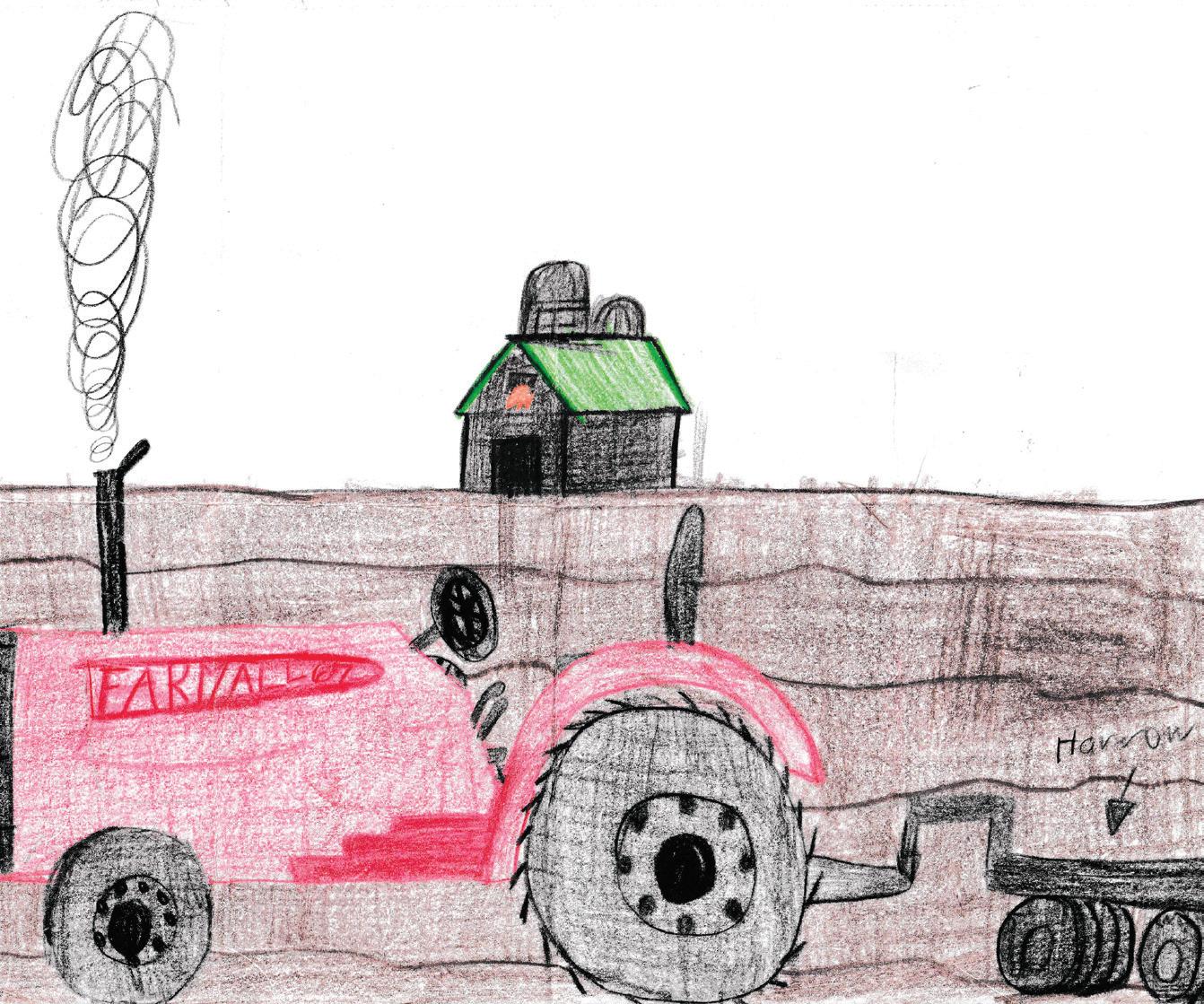
www.FarmCollector.com July 2023 5
ALLEN DETWILER AGE 9
WANTED:
GADGETS, GIZMOS & CONTRAPTIONS
The genius of pioneer inventors can confound us. Countless contraptions that revolutionized farming in the 19th and early 20th centuries have become contemporary curiosities, or even mysteries. Here are six sent in by readers. Do you know what they are?
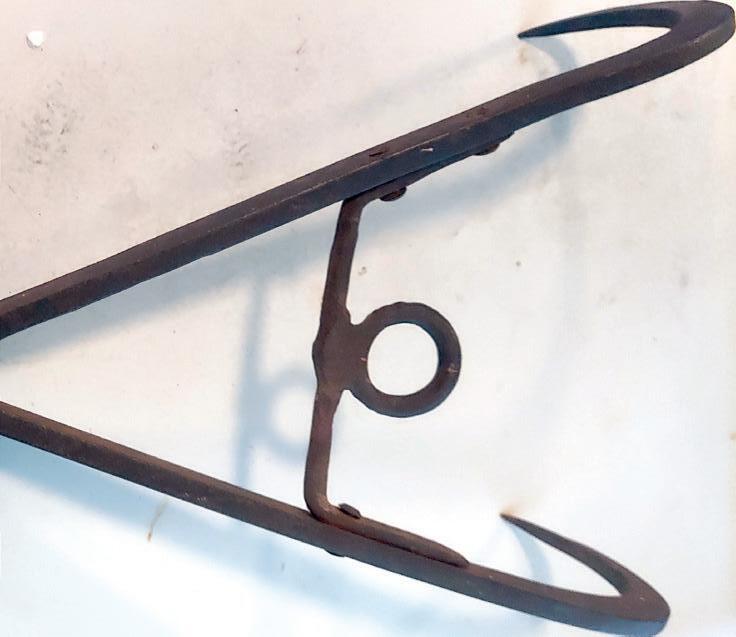
Answers to the July 2023 items will appear in the September 2023 issue. Answers for new items in this issue must be received by July 7, 2023.


MYSTERY



A. Tool measures 6 inches long. Marked Pat Pend Black Panther No 65 - Phila. PA USA.
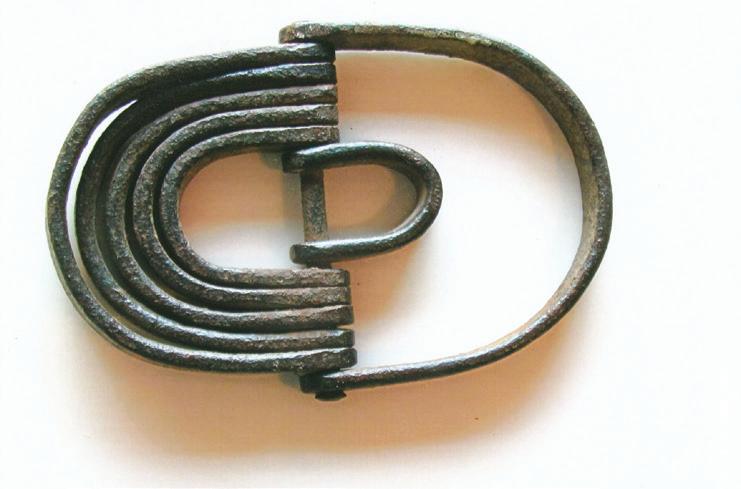
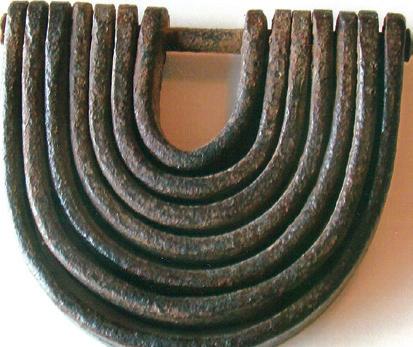


B. Tool measures 2 feet long by 14 inches at the fork spread. No markings.
C. Made of brass and marked Milwaukee and Other pats pending Oct. 8 1912, Apr. 3 1917, Nov. 16 1920, Nov. 30 1920.
D. Tool measures 11 inches long. Marked Enterprise M.F.G. CO. PHILADELPHIA, PA U.S.A. PAT. APR. 2, AUG. 20, ’95 & OCT. 5, 97, NO. 36.
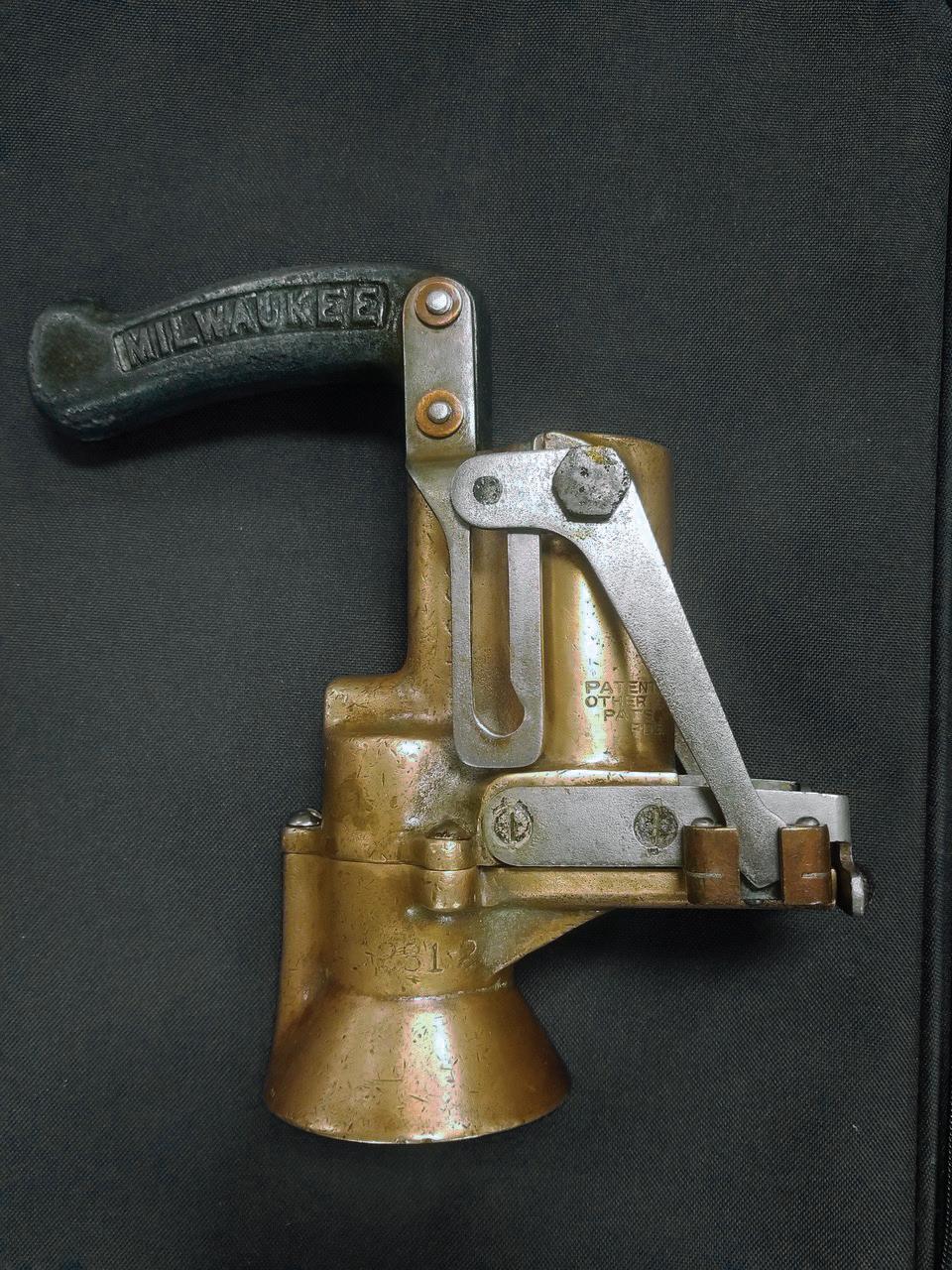
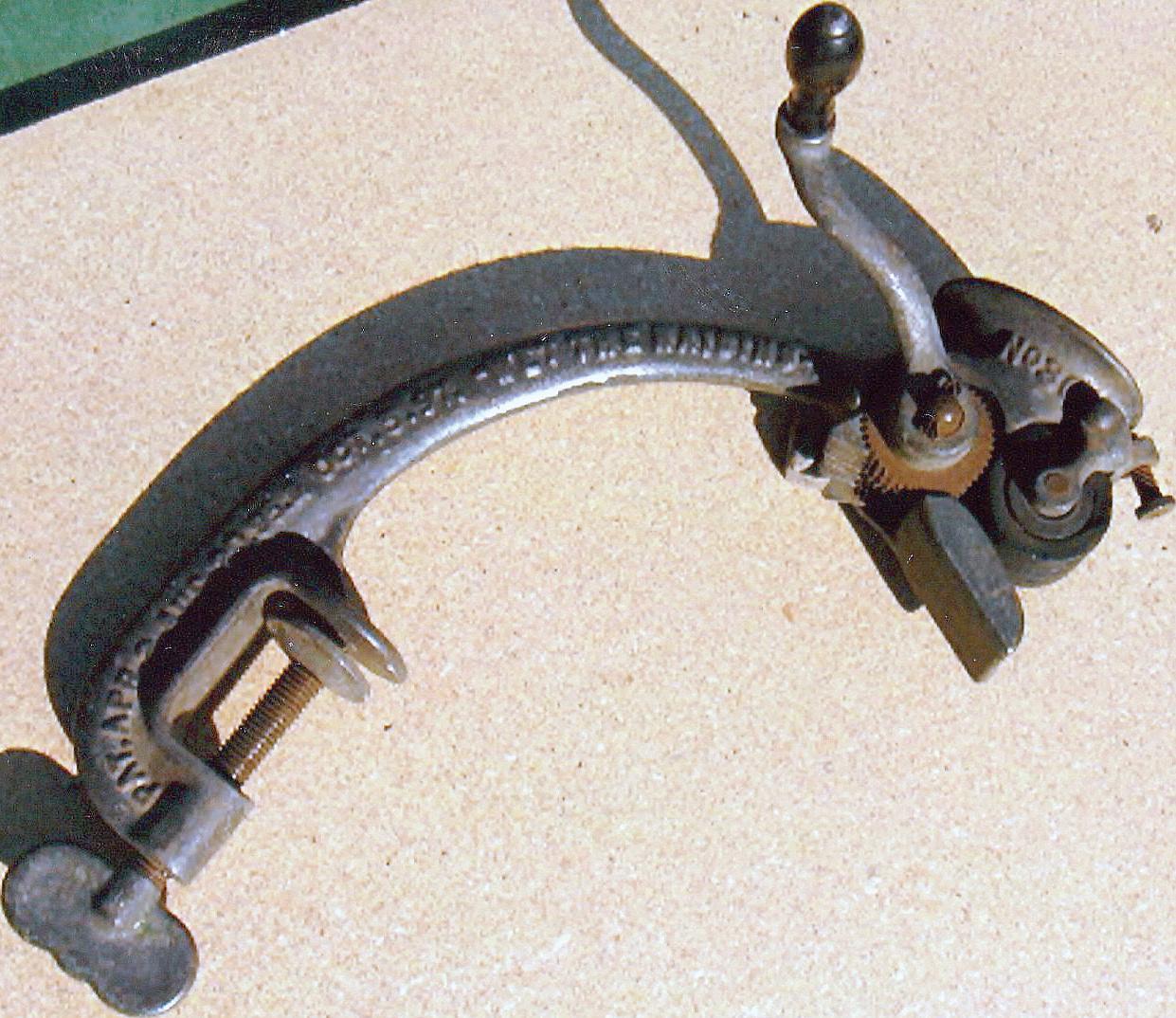
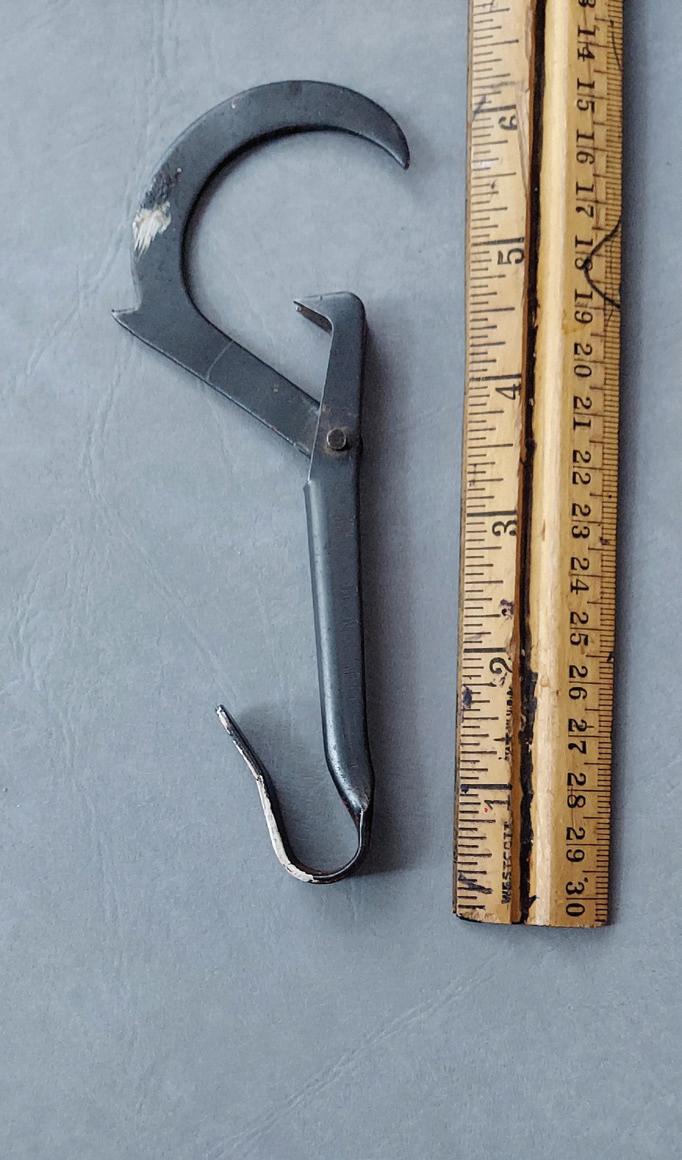

E. Piece measures 2 inches across shortest side. Cutouts read Bird Rib.

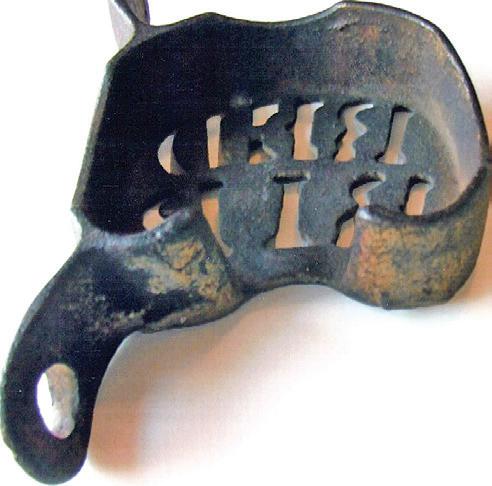



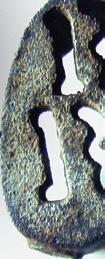
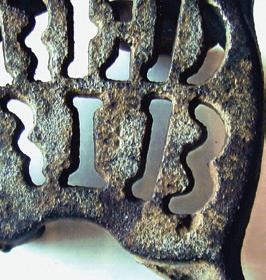








F. Piece measures 2 inches folded (from spindle to center of biggest piece).


To submit photos: Send prints to Farm Collector 66609. Send digital images to editor@farmcollector.com
Photos should be taken in a well-lit area against a plain background. Include dimensions and any markings on the piece. We cannot guarantee every photo will be published, nor can we respond to inquiries regarding when photos will be published. No photos will be returned.
Digital photos should be sent as .jpgs at a minimum of 300 dpi. To identify an item: Send answers (with your name and address) to Farm Collector, 1503 SW 42nd St., Topeka, KS 66609. Email responses may be sent to editor@farmcollector.com.


Answers for new items shown in this issue must be received by July 7, 2023.


6 July 2023 Farm Collector
What Is It?
E.
MAY


MYSTERY TOOLS
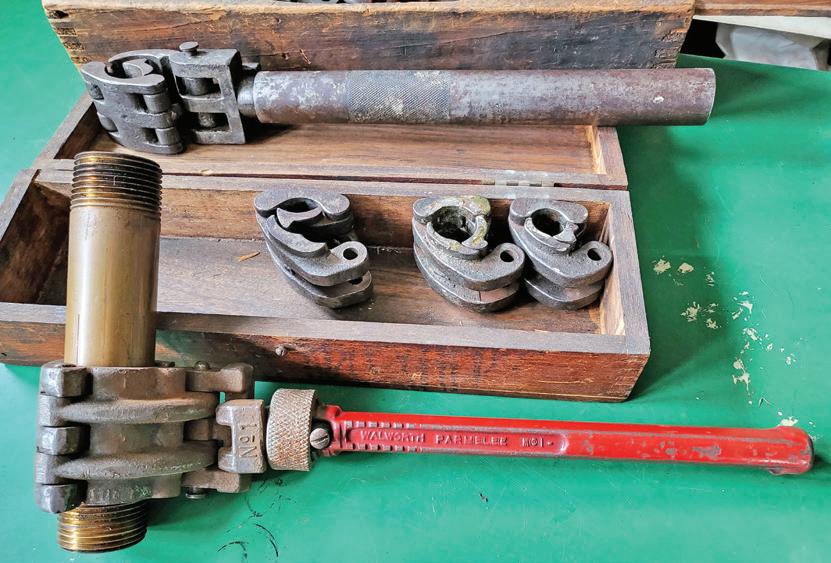
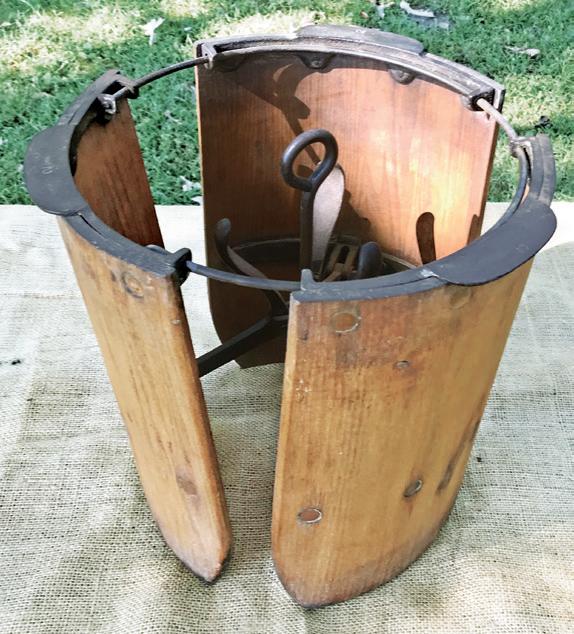
ANSWERS TO B. Well tile placer designed to make tile placement go more smoothly. Insert in a 10-inch-diameter field tile that will be lowered into a 12-inch bored hole 20 feet deep. Each 10-inch tile must be lowered gently. The collapsed tool with a lever inside forces the three wooden panels up against the inside of the tile so the tile can safely be lowered into the 12-inch bored hole with a rope tied to the eye ring in the center. A small rope is used to release the pressure lever that allows lifting of the tool for use on the next tile.
C. Parmelee non-marking pipe wrench. The wrench wraps around the pipe to grip it without marking the pipe. Identified by Marvin Hedberg, Sauk Rapids, Minn.; Robert Scholz, Elmo, Mo.; Don Snyder, Decatur, Ill.; Don Banwaart, West Bend, Iowa; Ken Bolton, Fall Creek, Wis.; Ron Ratajczak, Manitowoc, Wis.; Stan Seevers, Argenta, Ill.; Dennis Bryant, Weston, Mo.; Jeff Arch, Kewanee, Ill.; and Harold Kaufman, Porterfield, Wis. Photos submitted by Marvin Ball, Ferrisburgh, Vt.
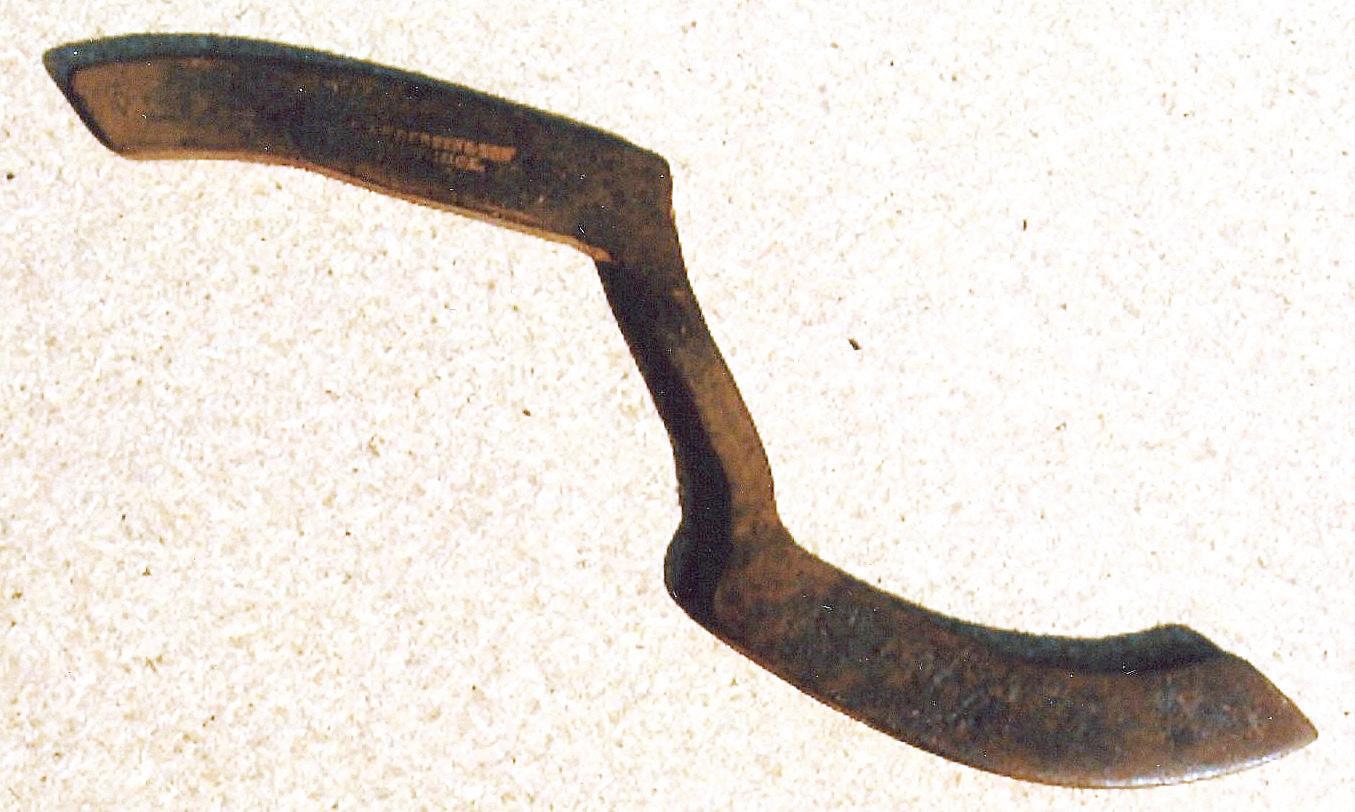
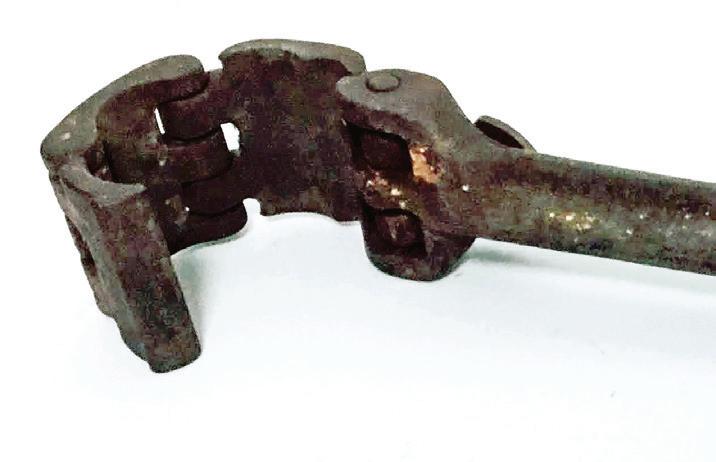
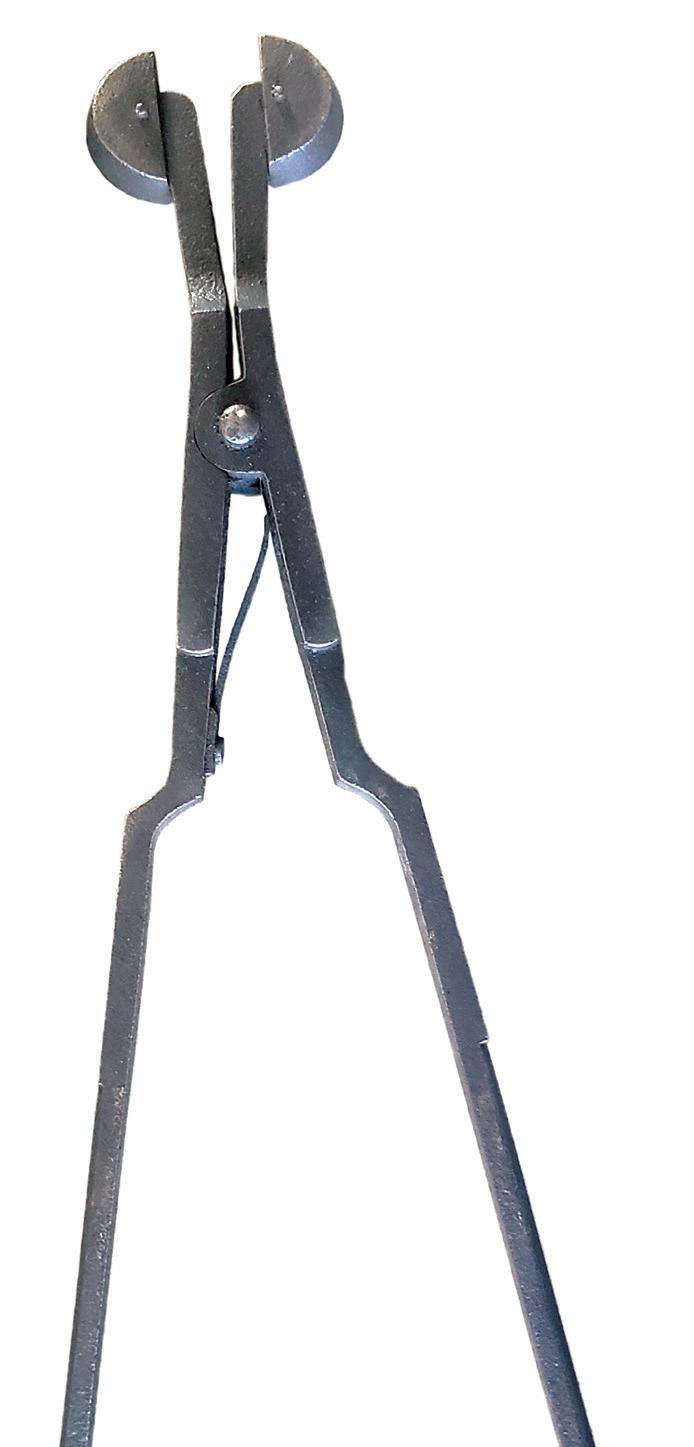

U.S. Patent No. 379,123: Patent granted to Homer Parmelee, Baltimore, Md., March 6, 1888.
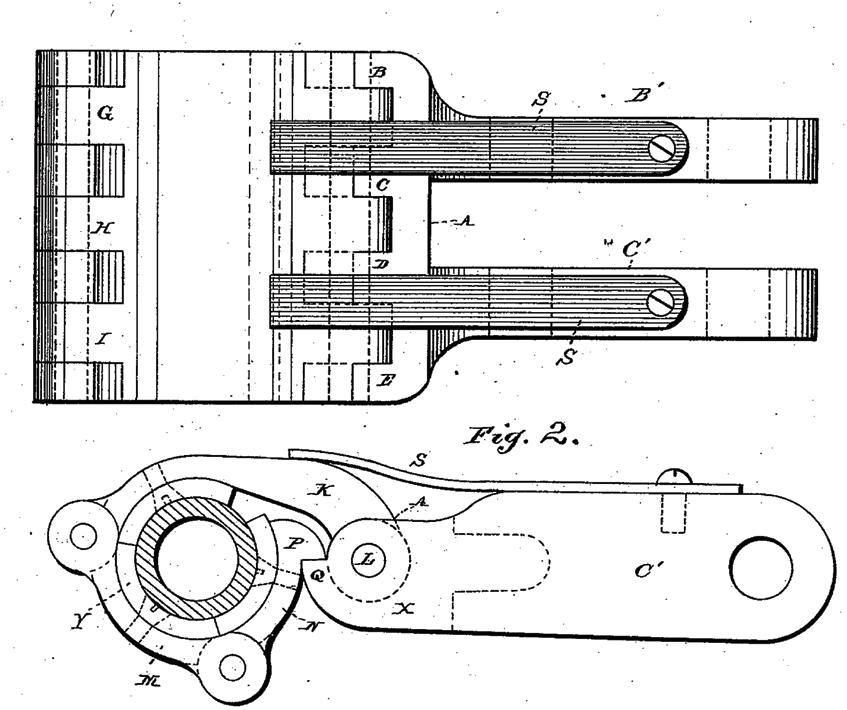

D. Unidentified. Possibly a conveyance used to carry workers when detasseling seed corn. Photo submitted by Richard Stout, Washington, Iowa.
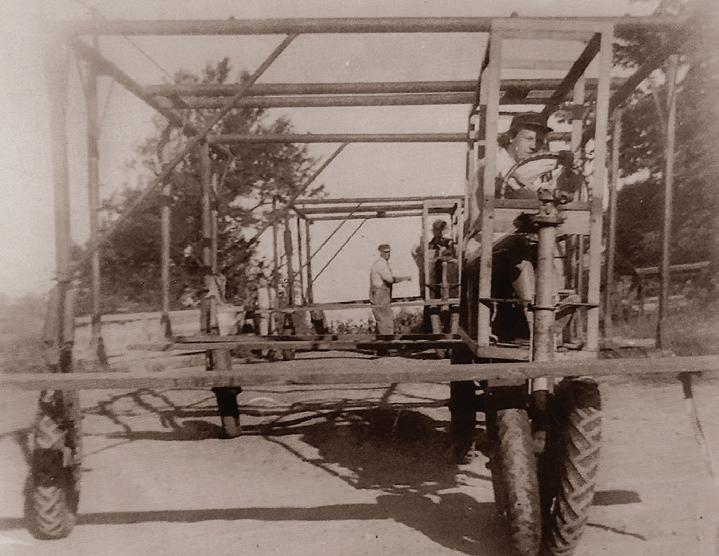
E. or tuck pointer. Identified by Stan Seevers; Ron Ratajczak; Ken Bolton; and Harold Kaufman.



Bob Wittersheim, Carleton, Mich.



length











“The sharp point is stuck into the shock and the rope is pulled around the shock and inserted around the pulley and pulled tight,” explains Bob Palmersheim. “The small lever acts as a brake to hold the rope tight while another length of twine is wound around the shock and tied to hold the shock together. The shock is made by standing bundles of corn stalks (ears still attached) against each other. The bundles are formed by cutting the corn with a corn binder. In earlier times, the stalks were cut by hand, individually, and stood up. Sometimes a stake was used to get the shock started as the stalks were difficult to get standing in place until there was a quantity of them. This was used as feed for livestock during the winter. After the stalks and ears had dried in the shock, some farmers would run the bundles or stalks through a shredder, which would separate the ears from the stalks similar to the way a corn picker did, and then shred the stalk into a finer material which was used as feed or bedding for livestock.”
Mich.
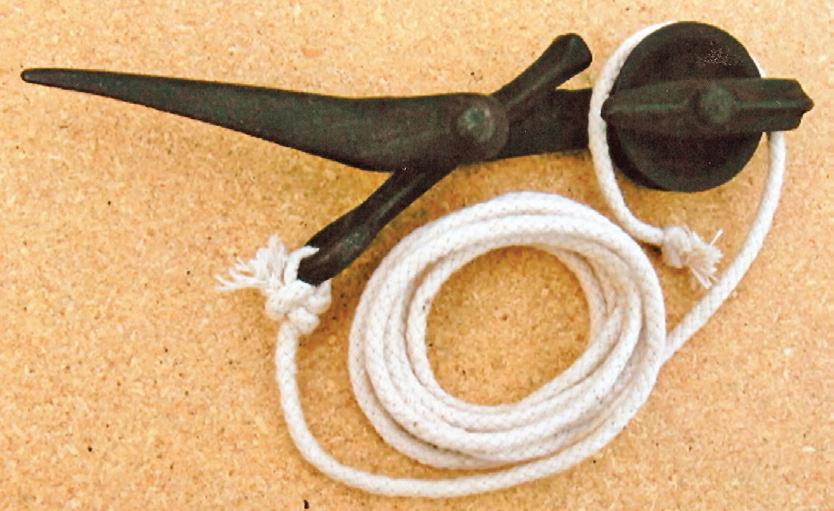
www.FarmCollector.com July 2023 7
F. Identified by Bob Palmersheim, Lawler, Iowa; Ron Stevenson, Glade Spring, Va.; Don Snyder; David Blausey, Gibsonburg, Ohio; Arnold Miller, Napoleon, Ohio; Marcus Miller, Pleasant Hill, Ohio; Ron Deno, Monticello, Ind.; Stan Seevers; and Dennis Bryant.
Photo submitted by Bob Wittersheim, Carleton,
The Parmelee non-marking pipe wrench in use. Photo courtesy Marv Hedberg.
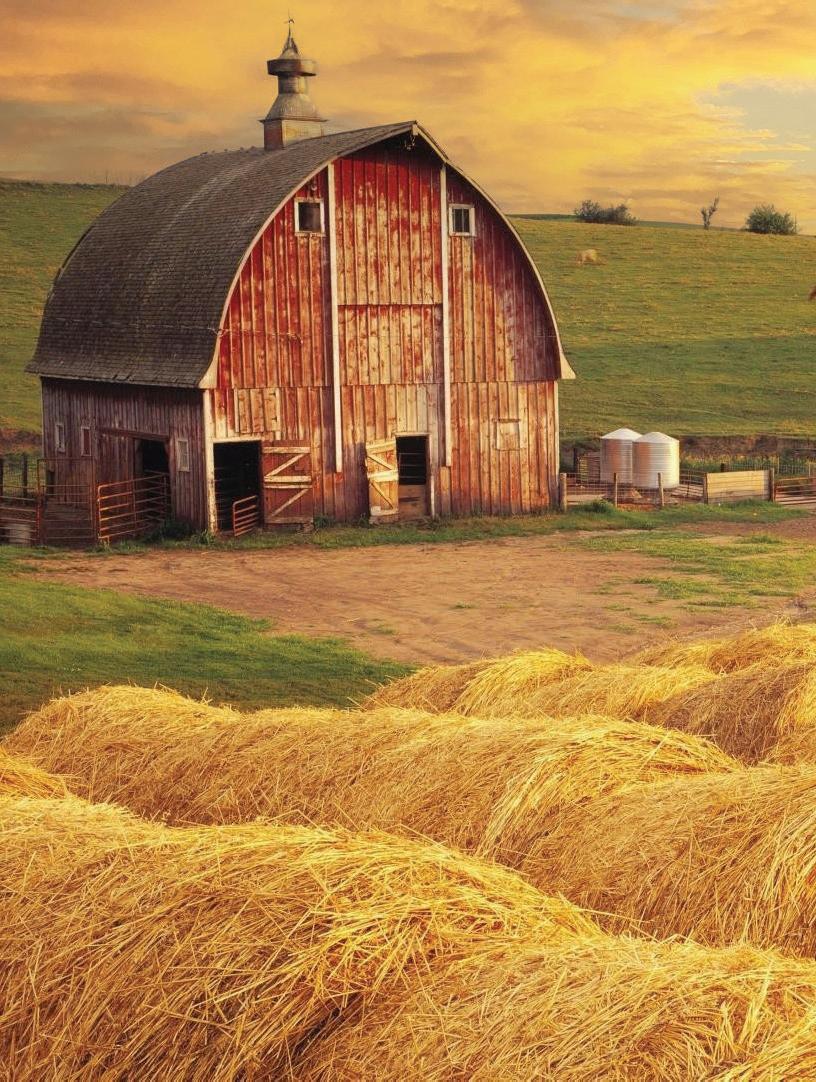

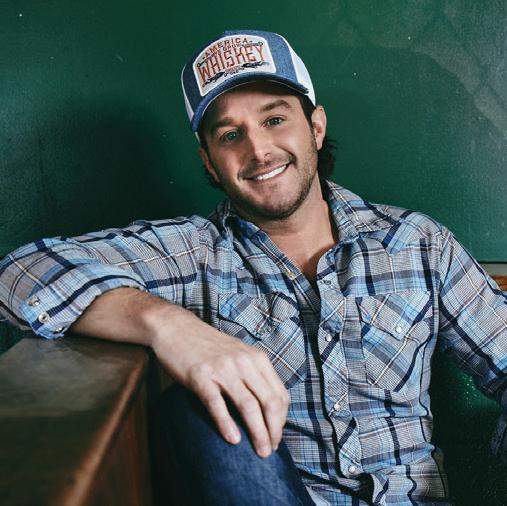
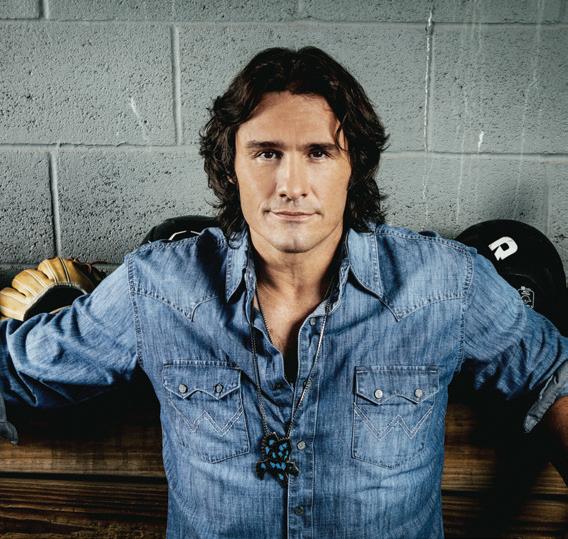

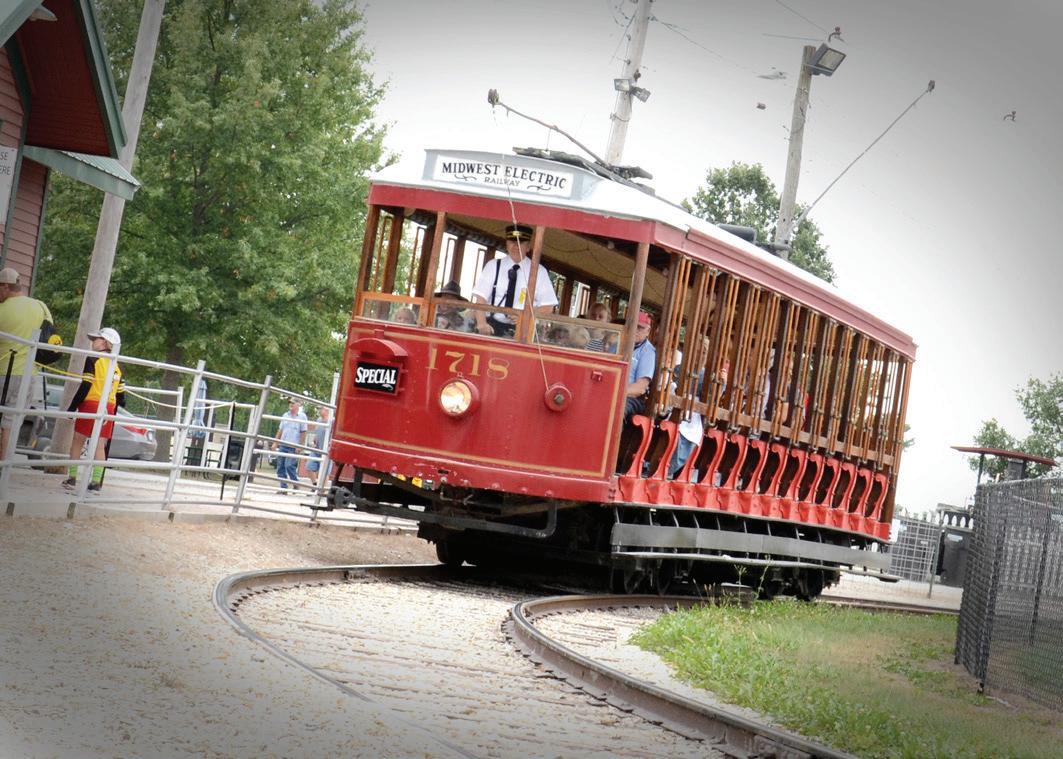
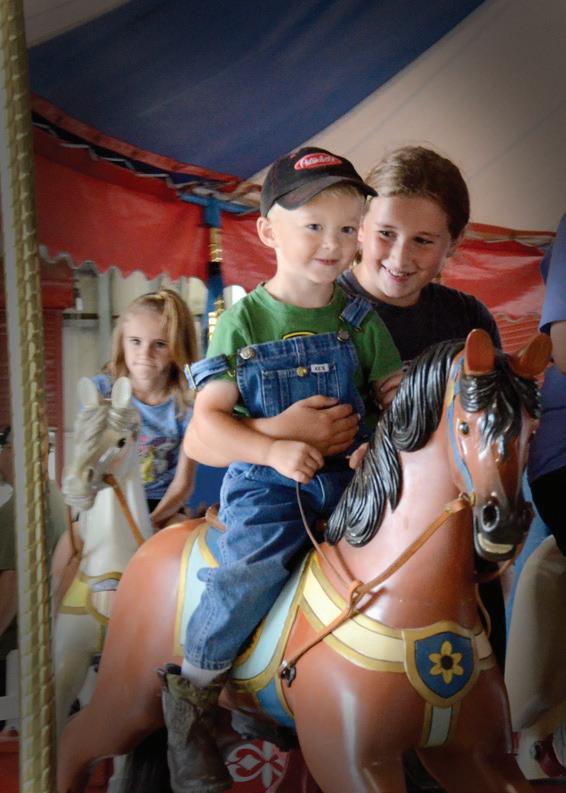
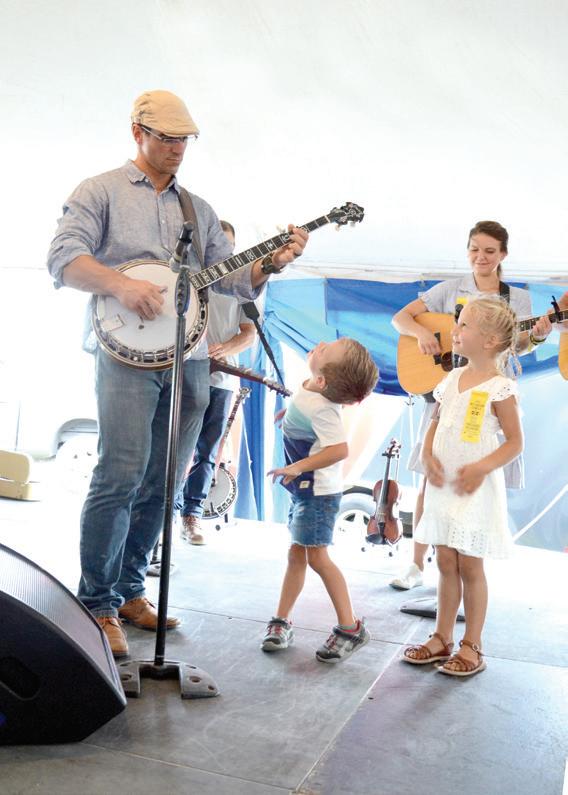
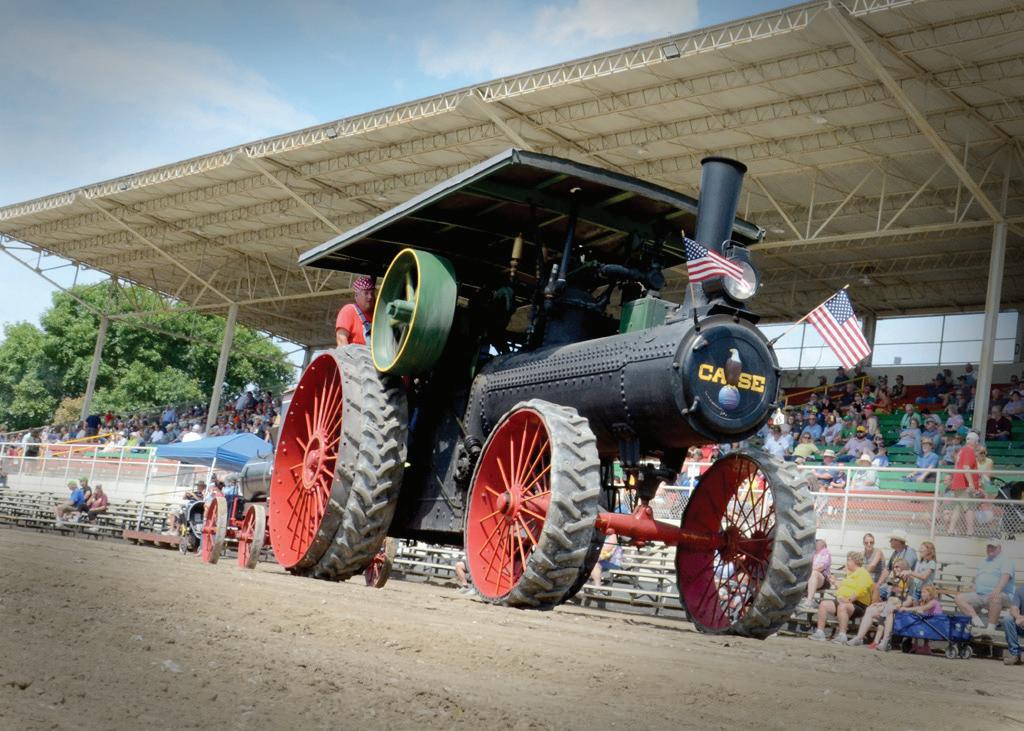
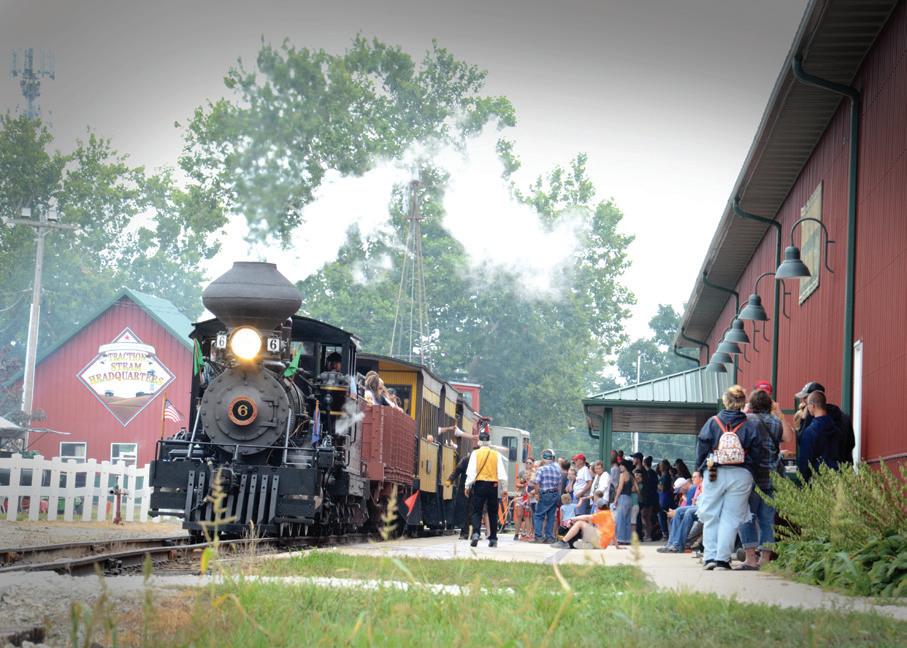
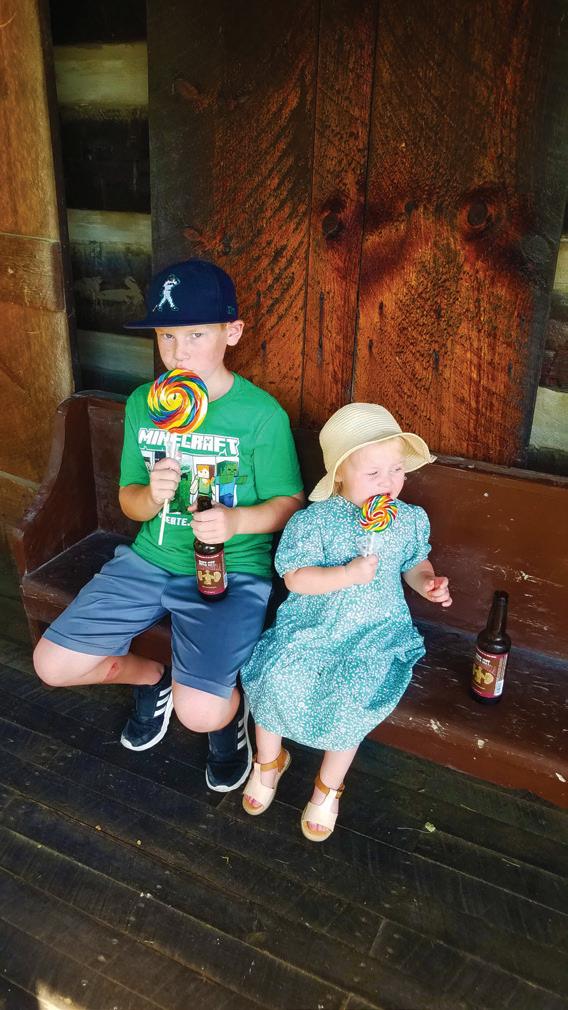
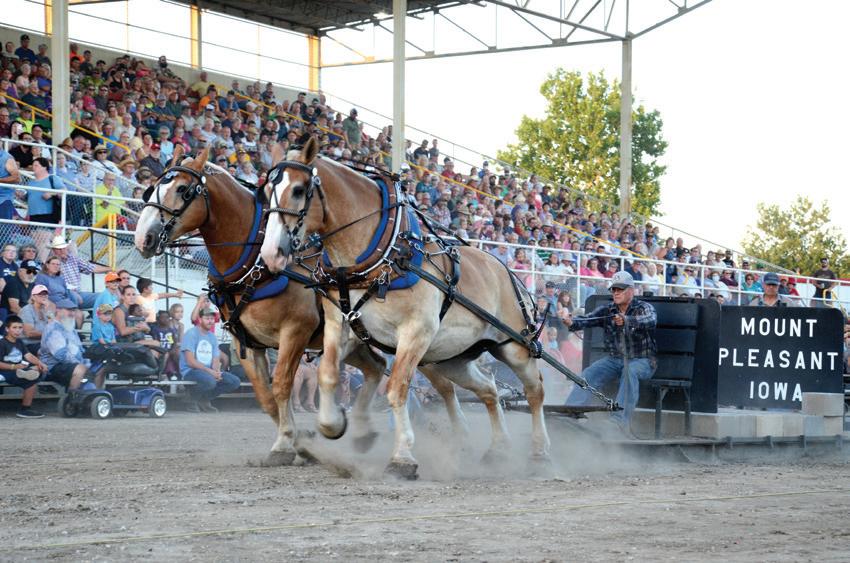

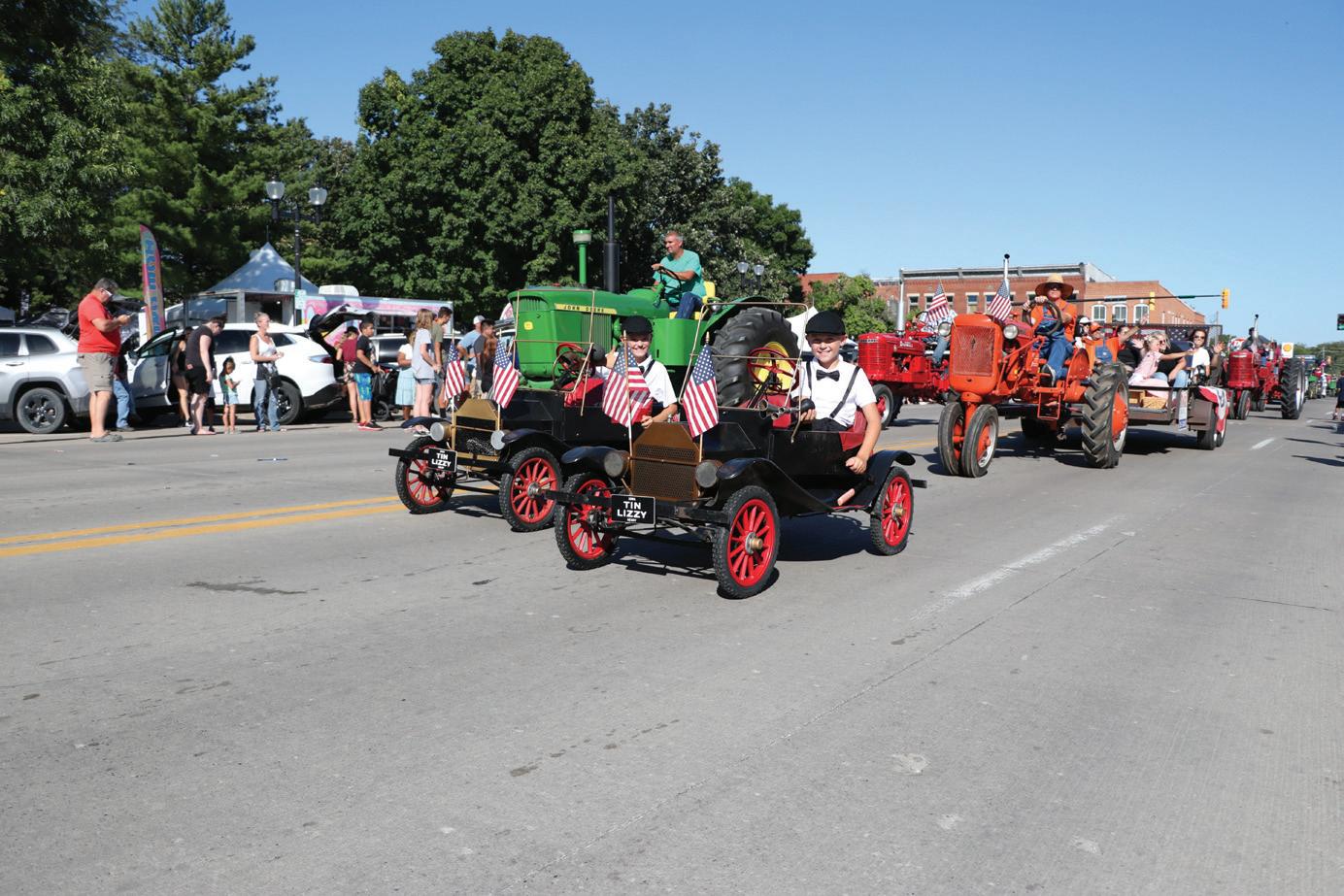

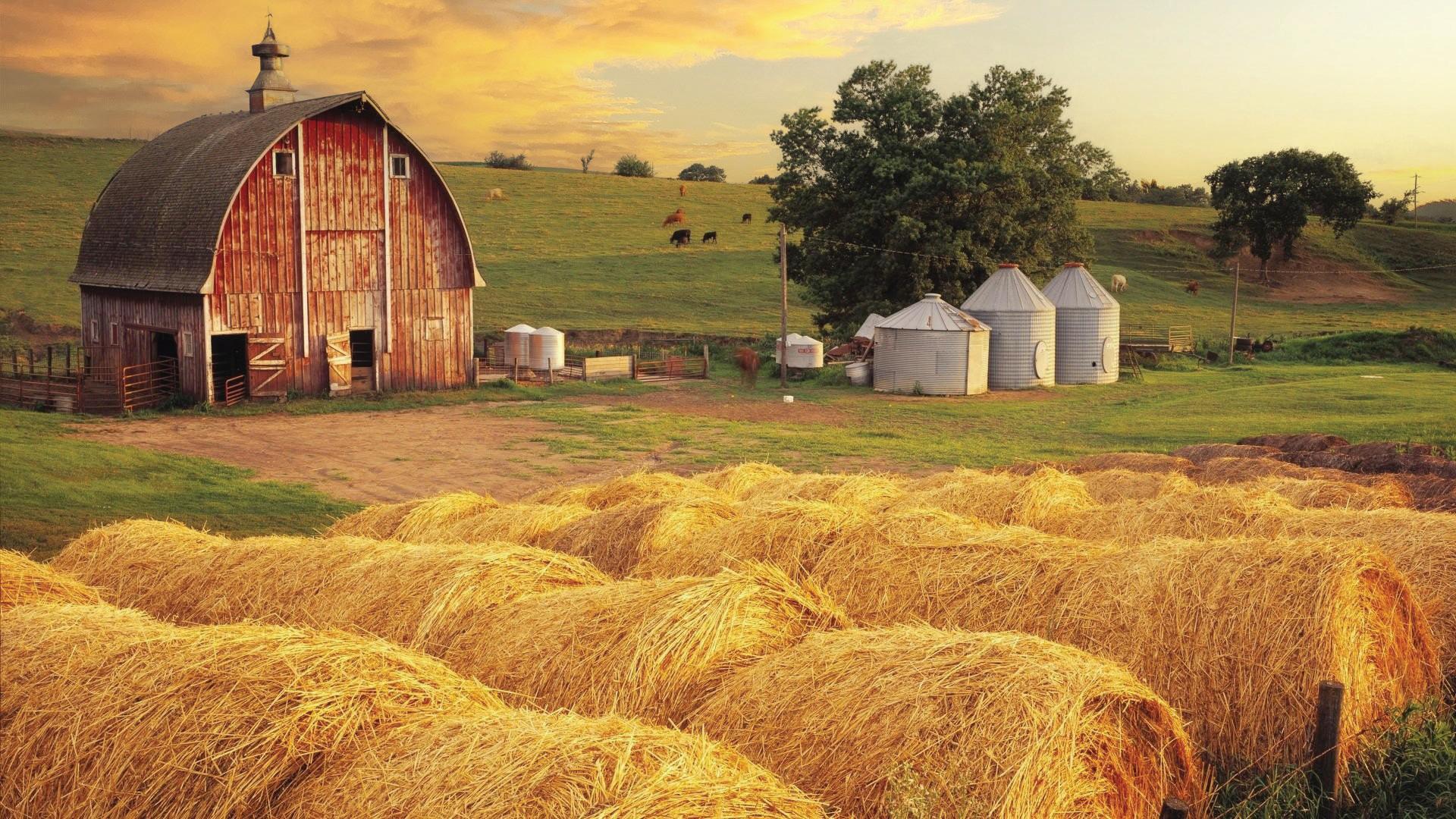

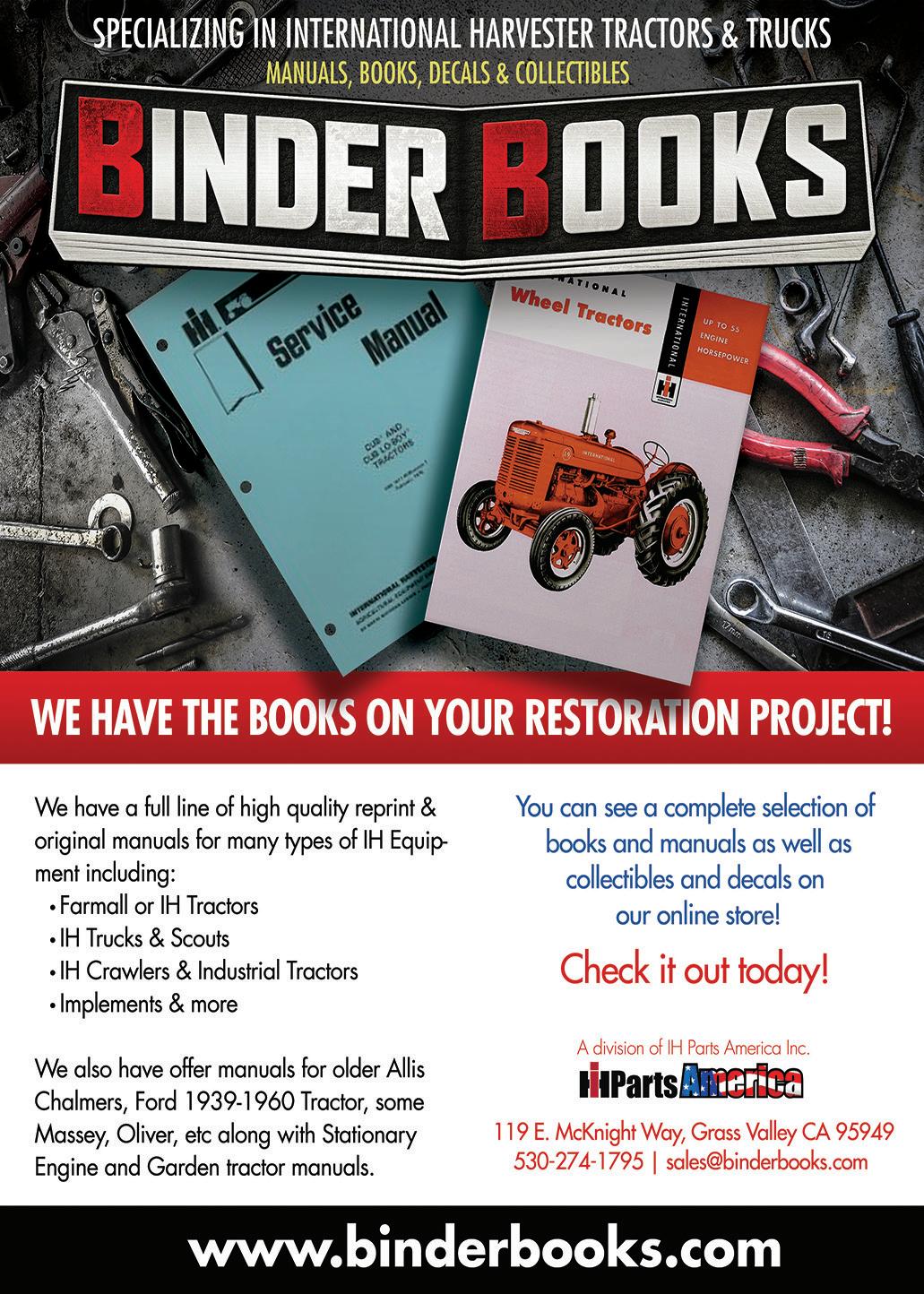
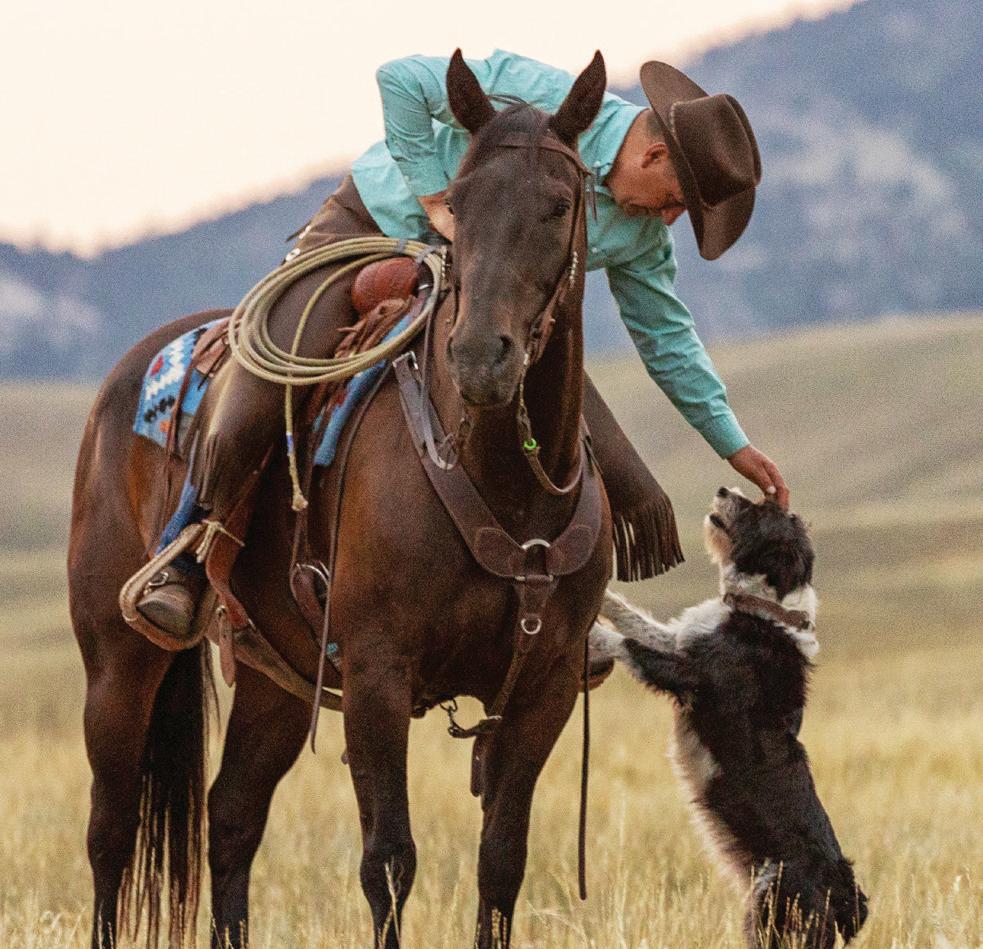



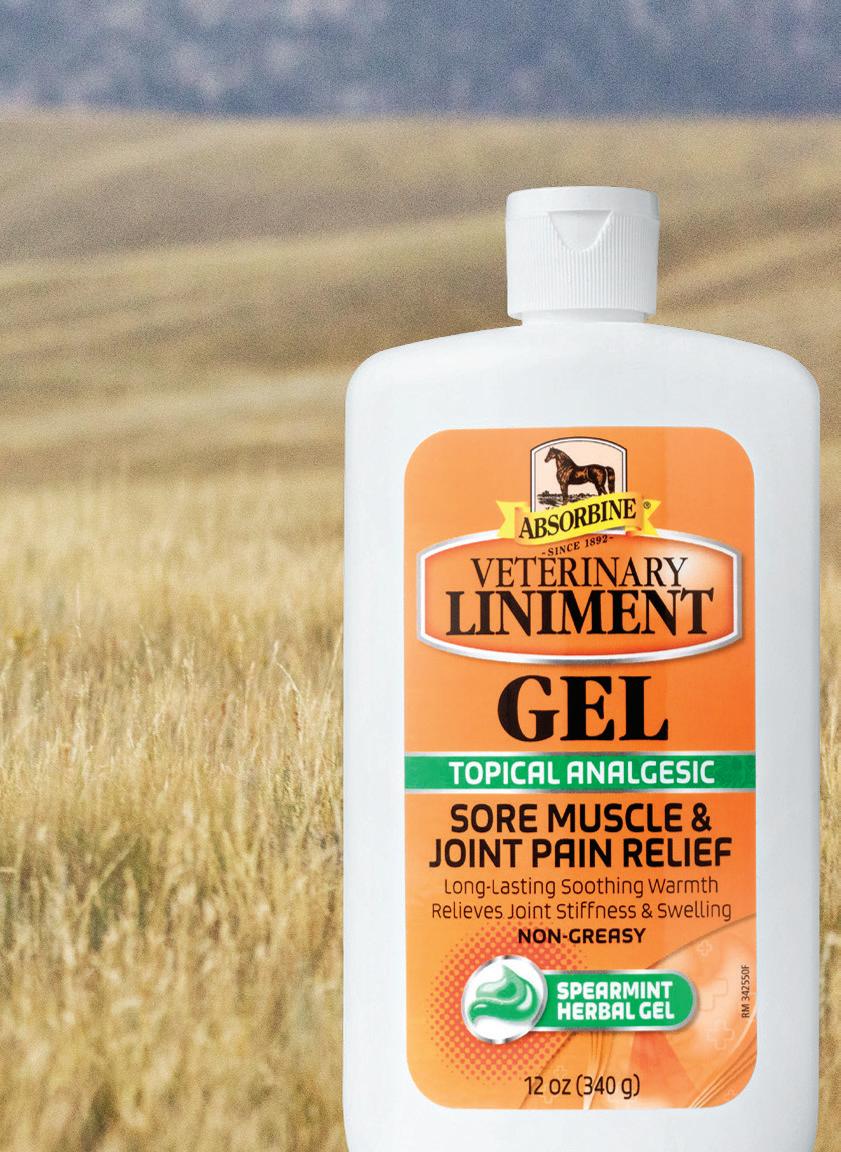

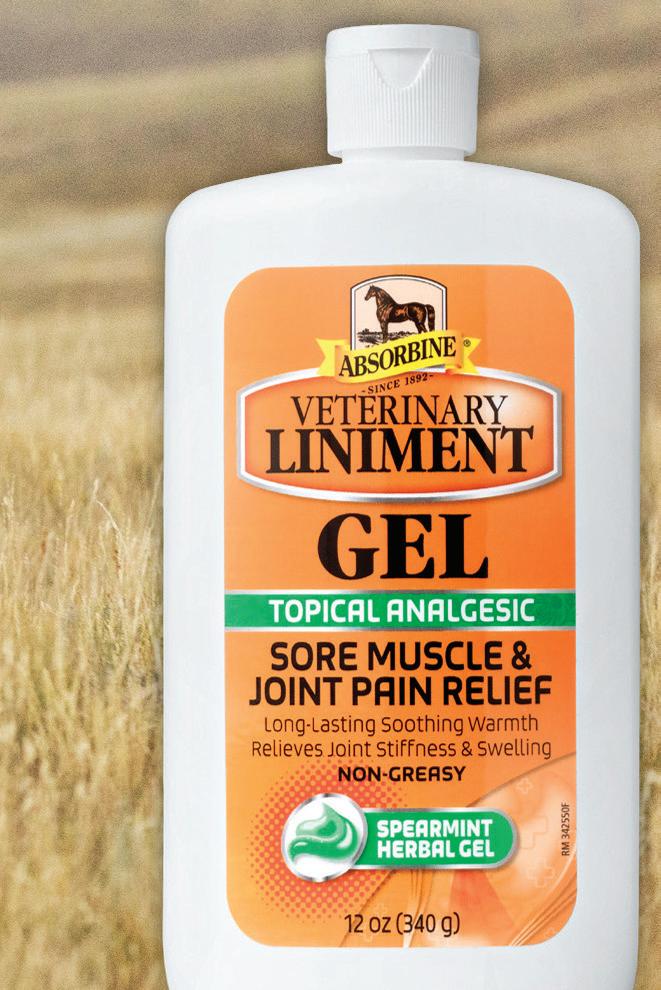










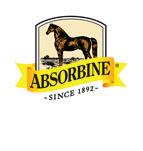

PAIN RELIEF WITH REAL HORSE POWER. Absorbine® has provided dependable, long-lasting relief of arthritis pain and muscle soreness for over 130 years. SAVE $1.00 on 12 oz. Absorbine® Veterinary Liniment © 2023 W.F. YOUNG, INC. The Horse World’s Most Trusted Name® RETAILER: W.F. Young, Inc., will redeem this coupon for face value plus 8¢ handling, provided it is redeemed by a consumer at the time of purchase. Coupons not properly redeemed will be void and held. Reproduction of this coupon is expressly prohibited. Any other use constitutes fraud. Consumer must pay sales tax. Offer good only in USA and Military APOs/FPOs. Mail to: CMS 11444, 1 Fawcett Dr., Del Rio, TX 78840. Cash value .001¢. Void where taxed or restricted. Offer limited to one coupon per item per transaction. Not for online purchase or to be used in conjunction with other coupons. MANUFACTURER’S COUPON NOT VALID FOR ONLINE PURCHASE DO NOT DOUBLE EXPIRES 12/31/23
Let’s Talk Rusty Iron





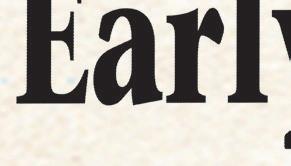

















 Sam Moore
Sam Moore



Farmers Wary of Early Steam Engines

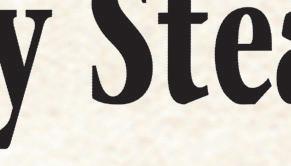

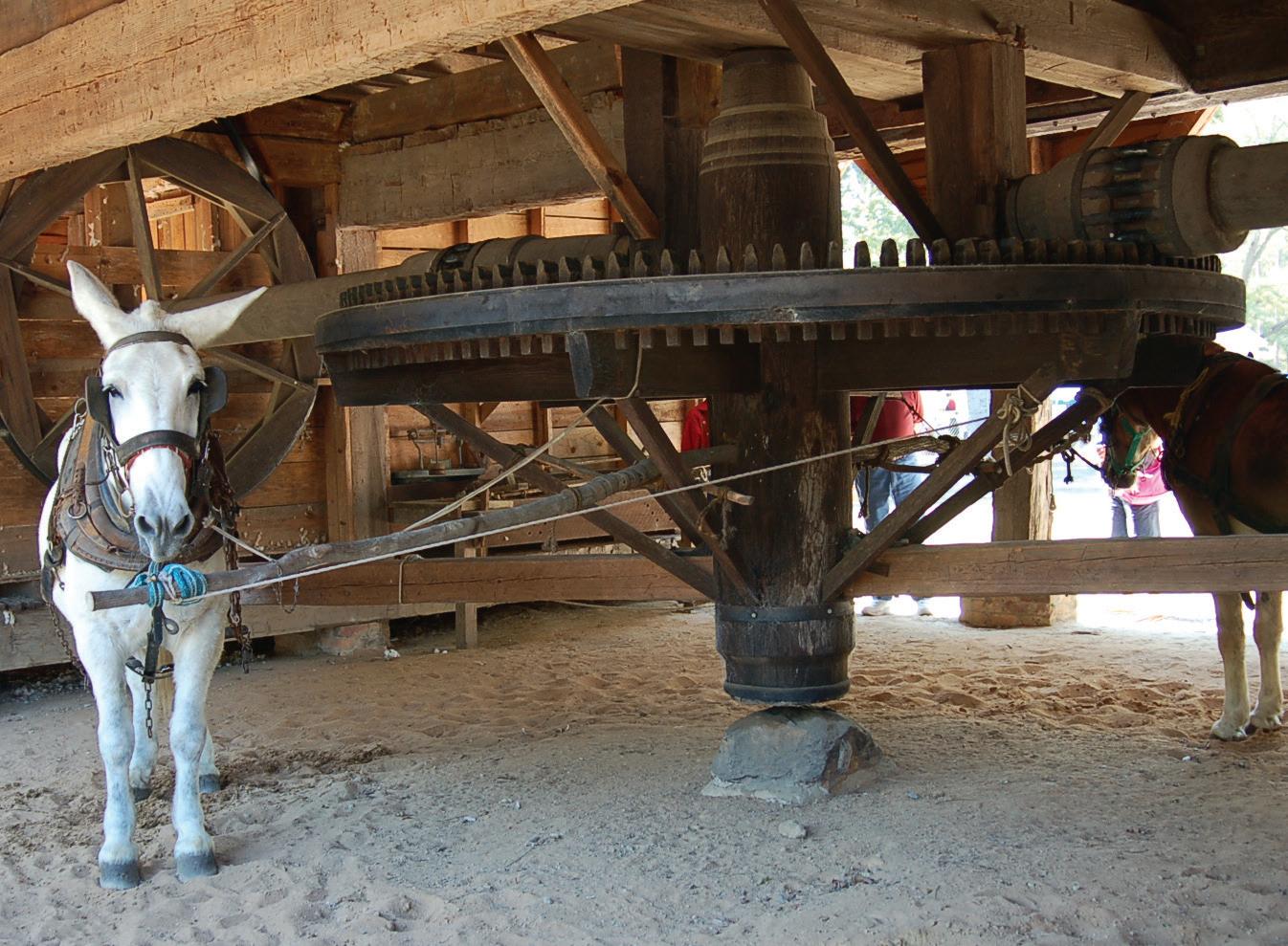
The “Song of Steam” was written in 1849 by George W. Cutter of Covington, Kentucky, to celebrate the exciting new source of seemingly unlimited power then sweeping the industrial world.








By that time, small steam engines were rapidly coming into use to drive factory machinery, while steam-powered trains crisscrossed the eastern part of the country hauling passengers and freight at unheard-of speeds. The agricultural use of steam power lagged far behind, however.
While it apparently was never used in agriculture, the first steam tractor was probably the Cugnot three-wheeled steam road wagon, built in France in 1769, and intended to pull artillery pieces for the French army. Due to government politics, as well as the fact that the thing was unstable and hard to control, Cugnot’s machine was soon forgotten.
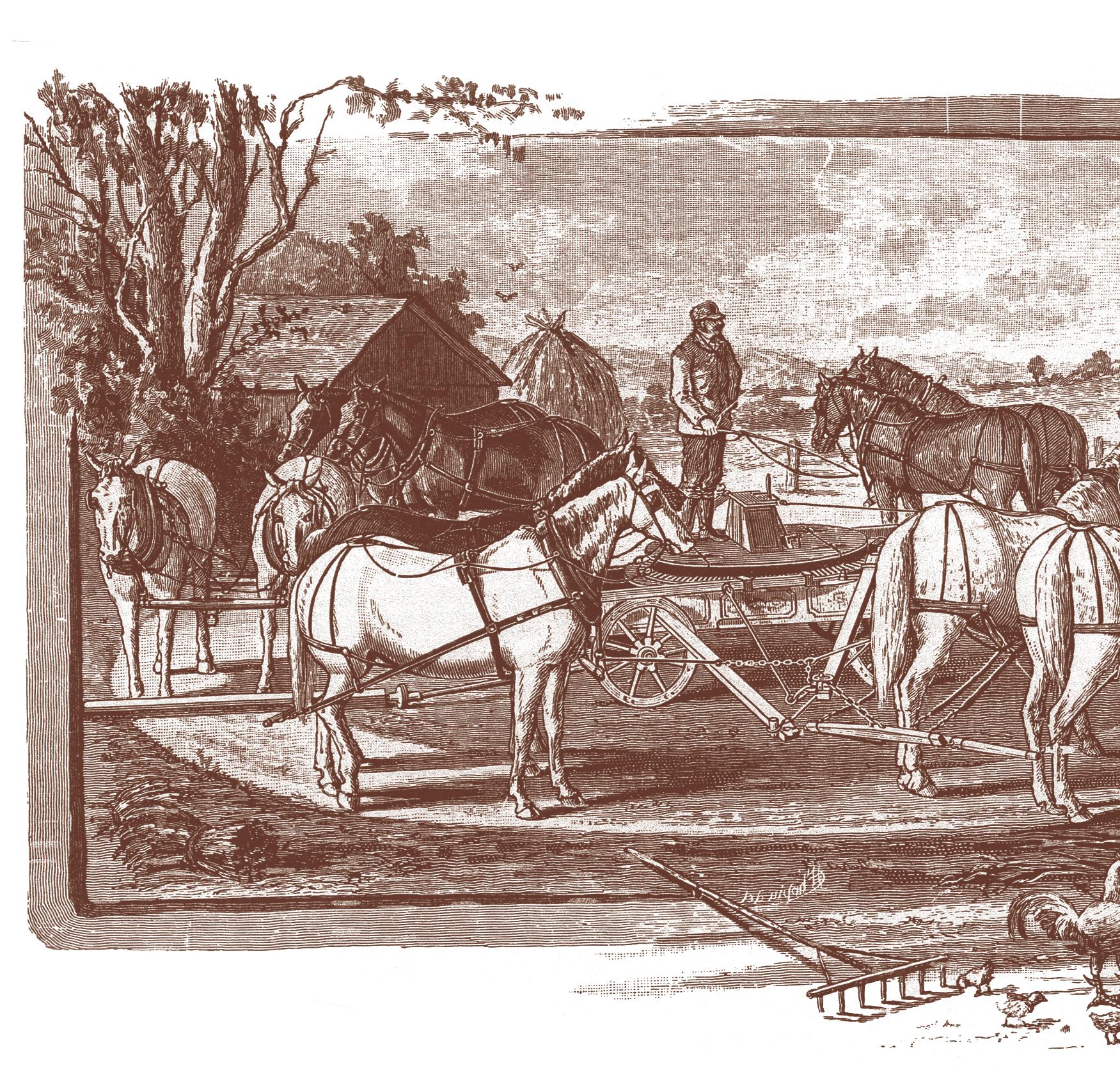
Steam drives industrialization of agriculture in the south
The first primarily farm use of steam power in the U.S. was on large sugar cane plantations in Louisiana, where stationary engines
“I’ve no muscle to weary, no heart to decay No bones to be ‘laid on the shelf.’
And soon I intend you may ‘go and play’ While I manage the world myself. But harness me down with your iron bands Be sure of your curb and rein, For I scorn the strength of your puny hands, As a tempest scorns a chain.”
Above: The “power” part of a mule-powered cotton gin. The gin itself is upstairs and is driven by a flat belt from the large vertical pulley behind the white mule. Photo by Sam Moore.
10 July 2023
Collector
Above: A Woodbury 12-horse sweep power. The tumbling rod that drives the separator or other machine crosses the horse’s path at the lower left.
Farm
were used as early as 1818 to drive the canegrinding mills. Since installing a steam engine was an expensive proposition, plantation owners cast about for other uses after the cane was crushed. Soon, other machines, such as sawmills, and fanning and grinding mills, were steam-driven. When successful rice threshing machines appeared about 1830, it wasn’t long before a few of them were belted to the handy steam engines as well.
Cotton gins were a huge improvement over hand processing, but early gins were hand-operated and each machine could process barely 40 pounds of cotton per day. Horse and mule powers were eventually tried, which raised the daily output per gin to 400 pounds. It was soon found, however, that three men and a steampowered gin could turn out approximately 4,000 pounds of clean cotton each day. Steam power was also ideal for driving large presses that made big cotton bales. In 1839, a Louisiana plantation owner wrote “Very much (pleased) with Wm. H. Barrow steam mill. Ginning, grinding and sawing by steam, ginning by steam from five to 10 bales a day.”
All these engines, however, were built on a solid foundation, usually of brick. Therefore, any machine it ran had to be brought within belting distance of the engine.

A vision of the future
It wasn’t long before curious and imaginative men, watching a steam locomotive pull a heavy load swiftly
along tracks, began to wonder why a similar machine couldn’t pull a series of plows across a field.
Some of these men only dreamed, while others wrote about their vision. In 1850, after seeing a stationary engine operating a thresher in Watertown, New York, Horace Greely wrote in his newspaper “threshing will cease to be a manual and become a mechanized operation and this engine will be running on wheels and driving a scythe before it, or drawing a plow behind it, in five years.”
Others of an inventive turn of mind tried to fashion their dreams of steam motive power on the farm into reality. In 1849, a Philadelphia man named Archambault built what is said to be the first portable farm steam engine in the U.S. Archambault’s steam engine on wheels was called “The Forty Niner,” and was available in 4, 10 and 30hp versions. Others soon got into the business.
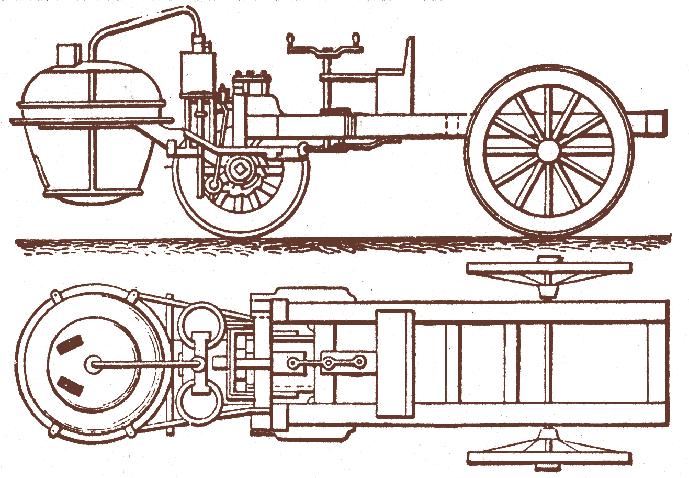
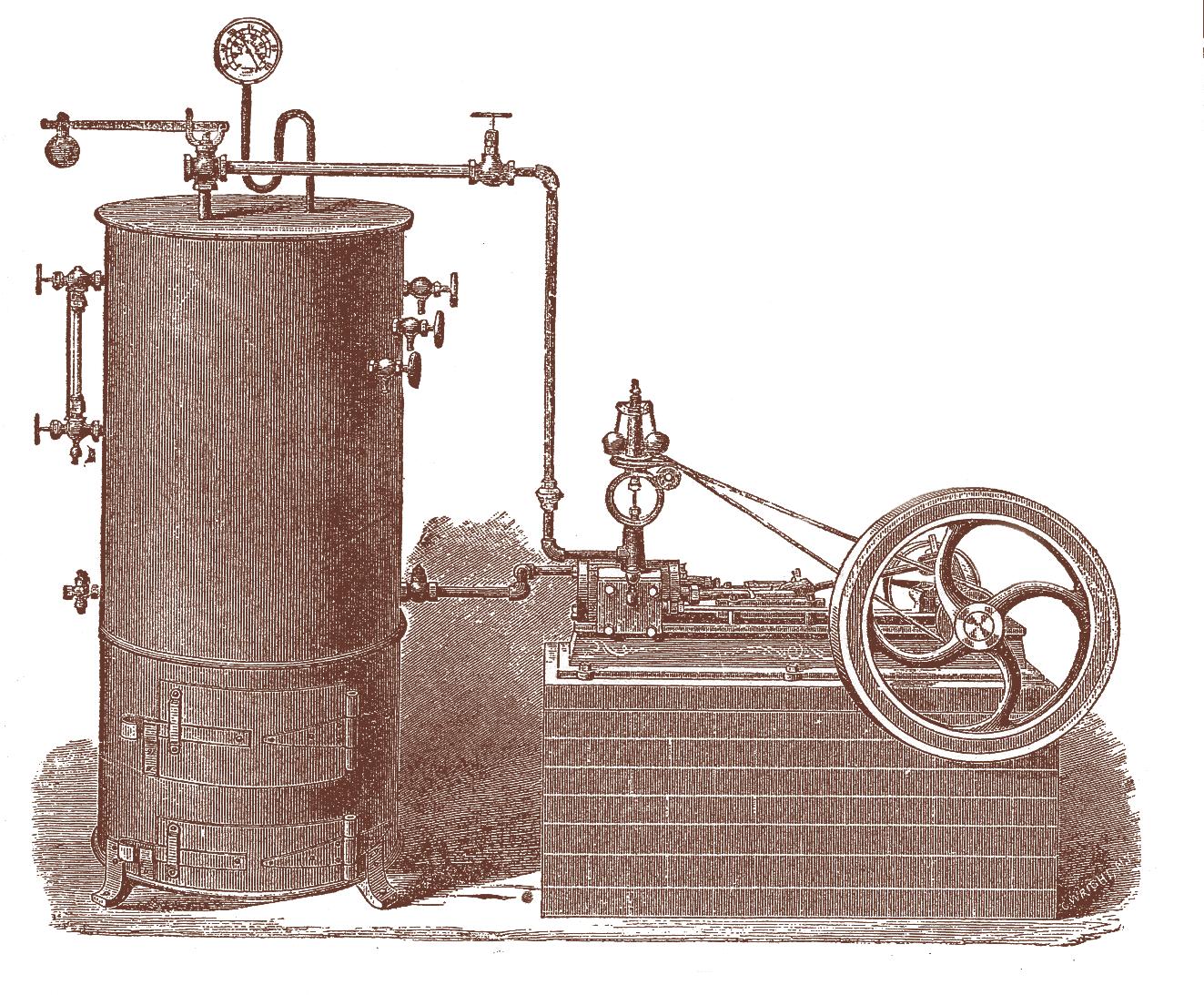
Need for increased power pushed horses to their limit
Acceptance by farmers was slow: The engines were expensive and mysterious to most. The editor of the Cincinnati Gazette watched a steampowered thresher in 1857 and wrote that “the idea was new to me and is equally new to the public.”
Most threshing machines were powered by horses or mules. Smaller machines could be run by a team on a treadmill-type power, while larger separators needed two to four teams on a circular (or sweep) power. As the Wheat Belt expanded with its huge acreages of grain, farmers demanded faster threshing and threshermen de-
manded larger capacity machines. In addition, self-feeders, grain elevators and wind stackers were developed, all of which ate large amounts of power and required ever larger sweep powers with more and more horses.
Through experience, it was found that seven teams was the maximum number of horses that could be efficiently utilized on a sweep power. Since teams walked in a tight circle, it became difficult to manage more than seven teams. In addition, even the best of teams and drivers had trouble maintaining the steady speed necessary for good threshing.
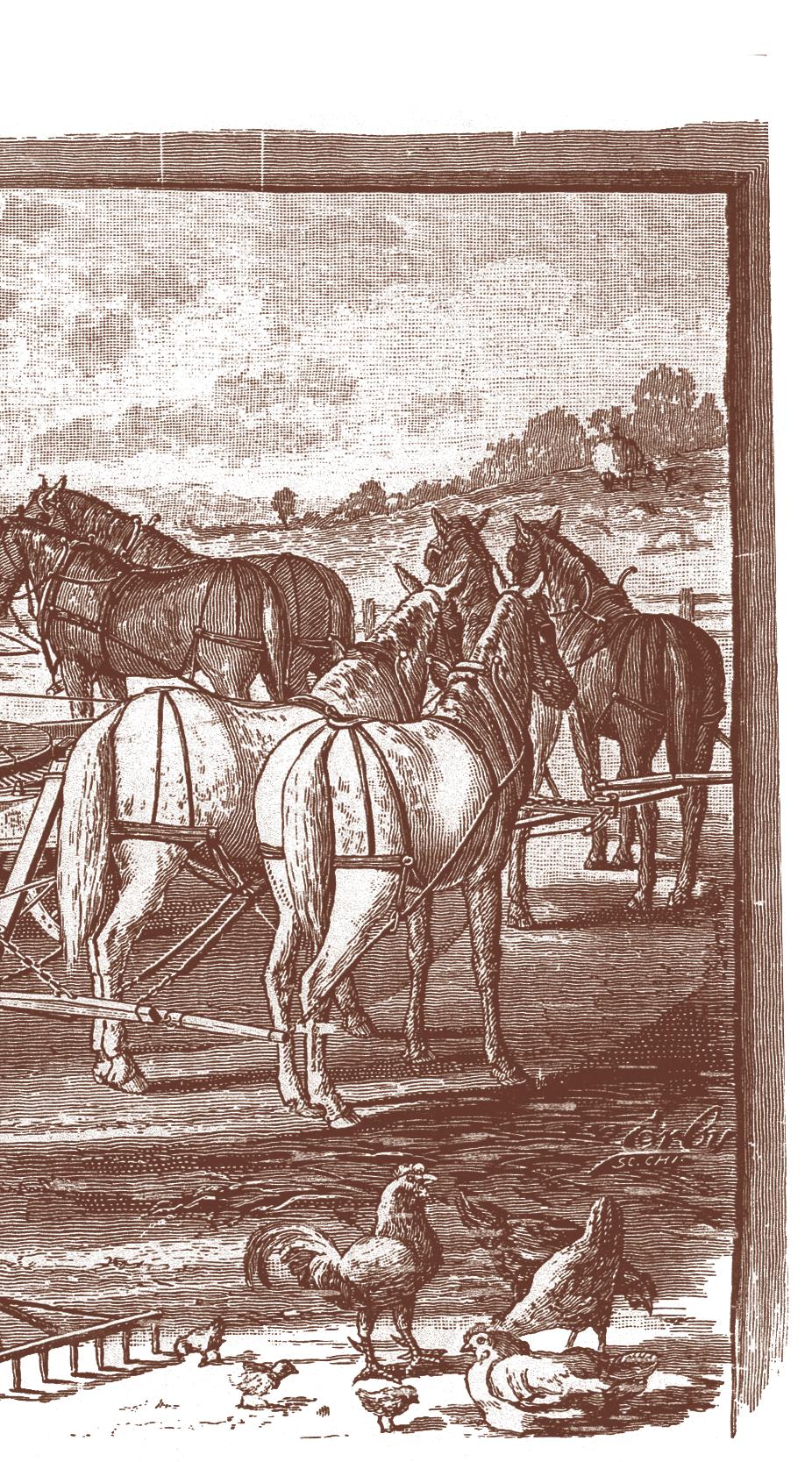
Threshing was hard on horses as well. As the circle was necessarily so tight, each animal was constantly exposed to a sideways pull on the collar that soon caused sores. In 1874, a farmer wrote to the Rural New Yorker that “two or three days’ threshing hurts my horses more than a month’s ordinary work [as] they are constantly pulling on a twist.”
The increasing requirements for power (and wear and tear on horseflesh) was the major impetus for rapid growth in use of steam engines after the American Civil War. For a good many years, however, the machines were all portable models that had to be pulled from job to job and were maneuvered into position by a team or two of horses. The steam traction engine that moved itself and could pull a load was still several decades in the future. FC
Sam Moore is a longtime Farm Collector columnist. This column originally appeared in the February 2008 issue.
Above: A small permanent steam engine like those used to power sugar cane mills and cotton gins during the 19th century.
www.FarmCollector.com July 2023 11
Above: This contraption, built in 1769 by French army engineer Nicholas Cugnot to pull artillery pieces, is considered by historians to be the first self-propelled vehicle. The heavy boiler hanging out in front, which was steered along with the steam engine and the single front drive wheel (along with no brakes), made the thing hard to control. It was prone to running into walls and other obstacles.



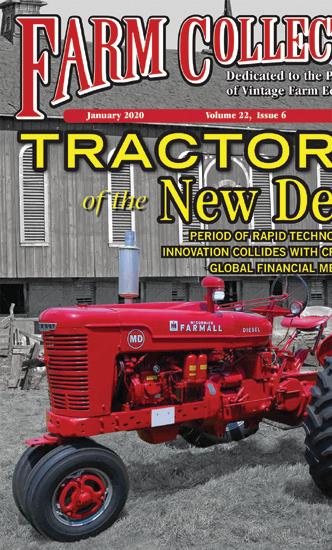






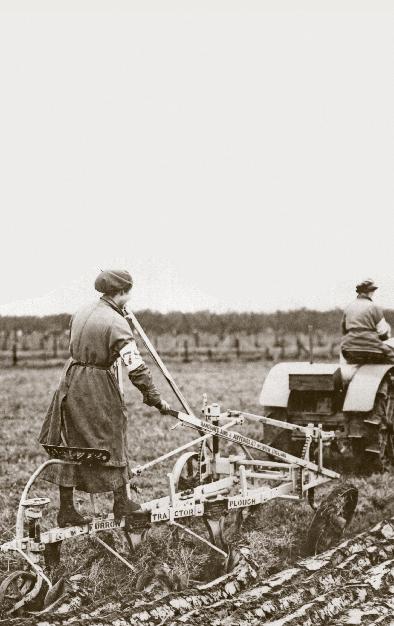


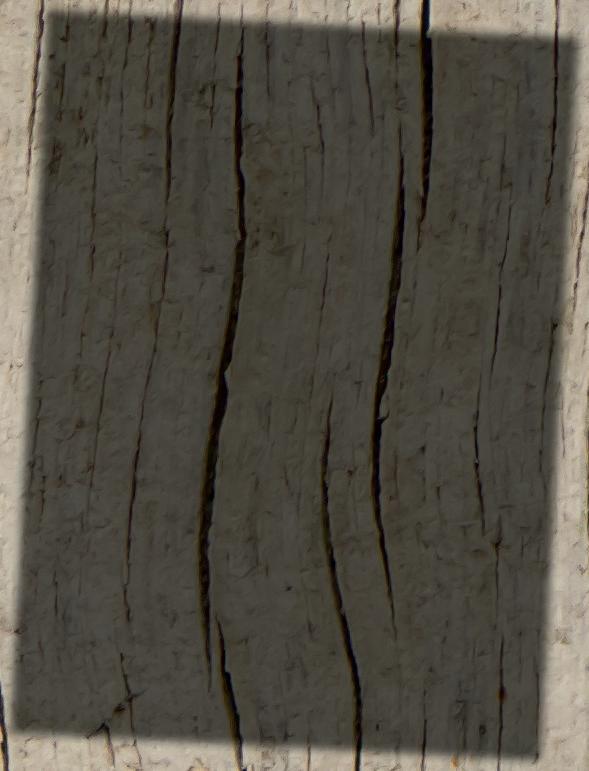













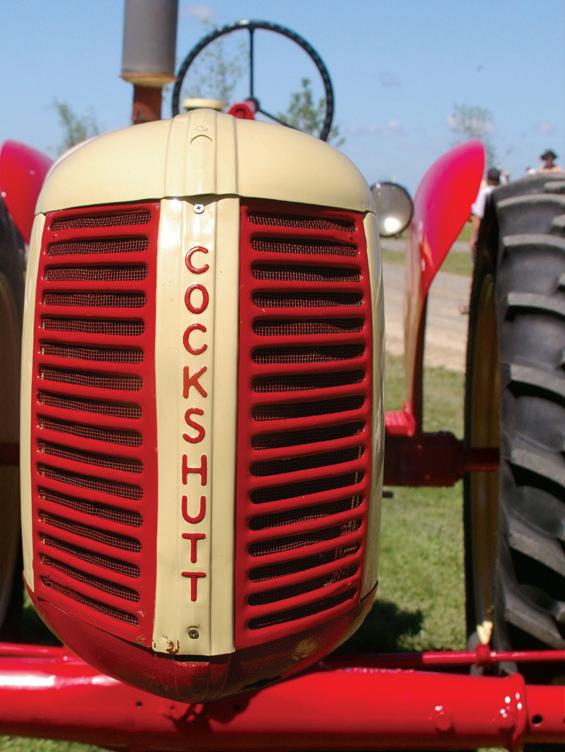





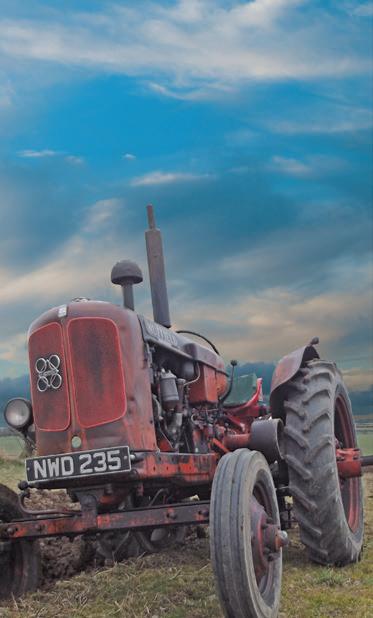







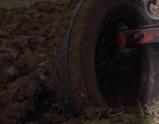










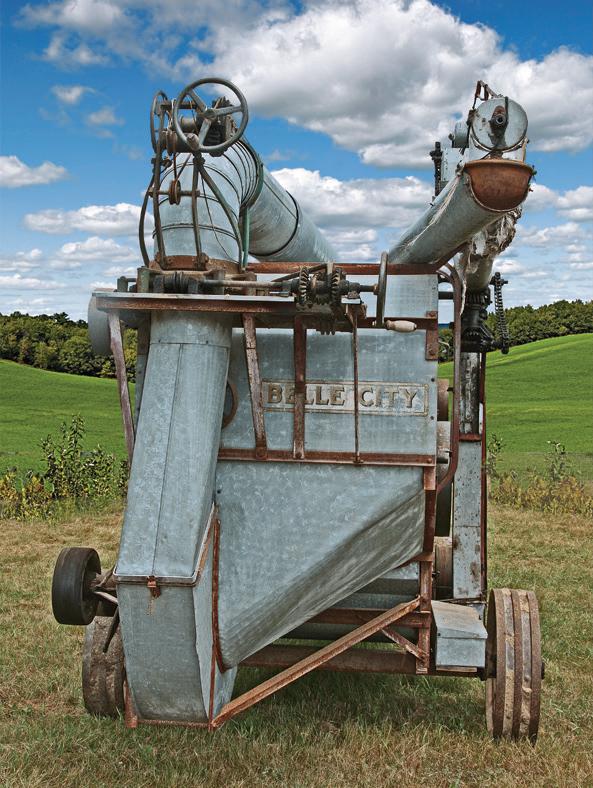
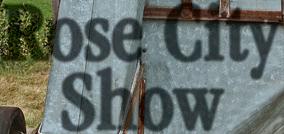







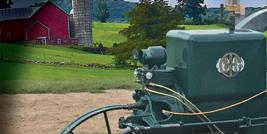
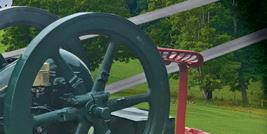
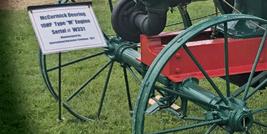
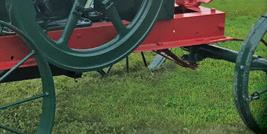
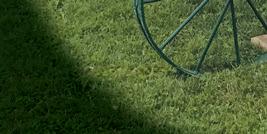
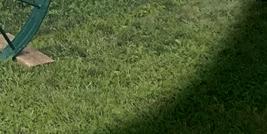
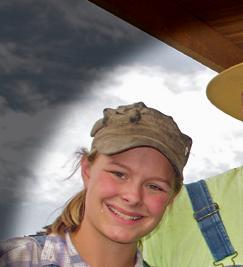

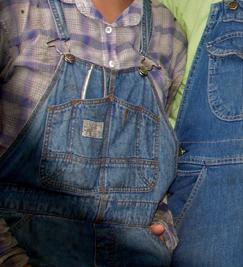
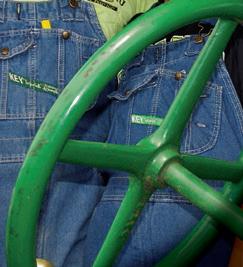

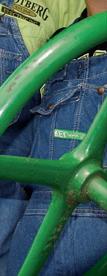

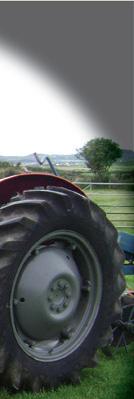
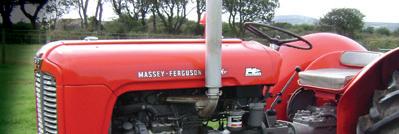
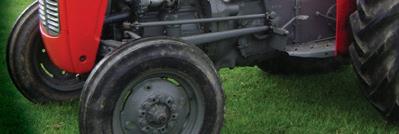



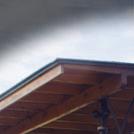
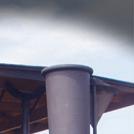

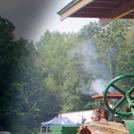
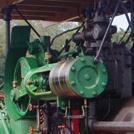
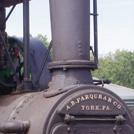
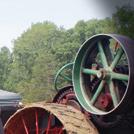
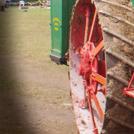
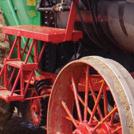
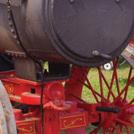
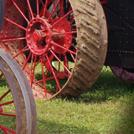

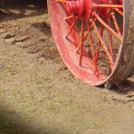
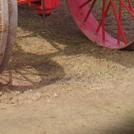
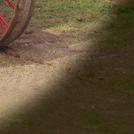
June 2018 Volume 20, Issue 11 $4.95 LOOKING AT Rural Life a Century Ago FC-0618-cover-nwstnd-subscription.indd Cockshutt CRAZY WISCONSIN MAN’S COLLECTION INCLUDES TWO ULTRA-RARE TRACTORS March 2018 Volume 20, Issue 8 $4.95 C1-0318-FC cover-subscription-newsstand.indd 1/8/1 Unlock expert advice on how to navigate the world of antique machines in the pages of Farm Collector ! We explore the unique origins of the tools, tractors, and mechanical devices that shaped the trajectory of the international scene – its industry, landscape, and culture. In addition to our exclusive content, we also bring together thousands of collectors to buy, sell, and trade. Don’t miss out on your next deal – connect with our thriving network today! ATTENTION: SPECIAL OFFER! SUBSCRIBE TODAY AND SAVE! SUBSCRIBE TODAY AND SAVE! Simply mail in your discount voucher below! December 2016 Volume 19, Issue 5 March 2017 Volume 19, Issue 8 THE MOTO-TUG ■ KC LIGHTNING ENGINES ■ PLOWING 101 Rust, or restoration? MAKING THE ARGUMENT FOR TRACTORS LEFT IN THEIR WORK CLOTHES 1/11/17 May 2018 Volume 20, Issue 10 $4.95 RoseShowCity KEEPS BLOOMING BY PRESERVING THE PAST, VOLUNTEERS KEEP MINNESOTA MAN’S DREAM ALIVE FC-0518-cover-options.indd 3:30 PM Promo Code: HFCHSN71 (866) 624-9388 | WWW.FARMCOLLECTOR.COM Name Address City State Zip E-mail Address MAIL TODAY! Bill me Payment enclosed 1 year (12 issues) for $59.40 Only $34 .95 Farm Collector Magazine PO Box 1583 Lincolnshire, IL 60069-9834 Canada: $46.75/year | International: $82.75/year
• Located: Mary Fate Park 200 Sandusky St. (Rt.61) Plymouth, Oh 44865 (New Location)


• Show Dates: Friday, August 4 & Saturday August 5, 2023
• Set-Up Date: Thursday, August 3, 2023
• Show Featuring Silver King & Plymouth Tractors & anything made by the Fate-Root-Heath Co. Parts Swap meet for Silver King parts all weekend. Mark your calendars and plan to attend!
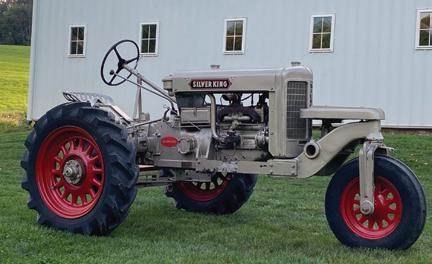
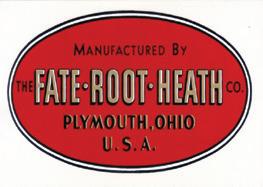
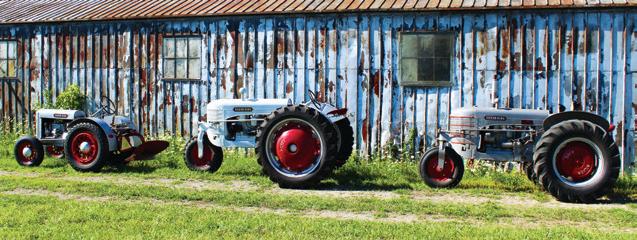

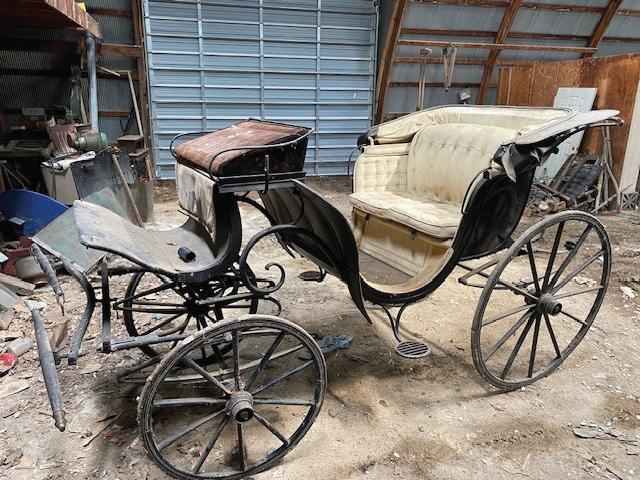
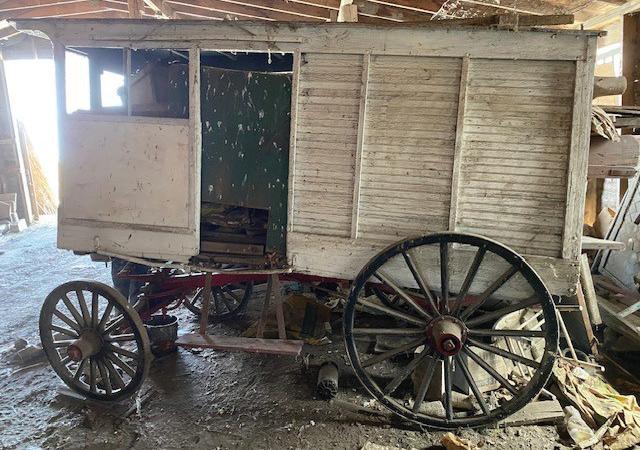
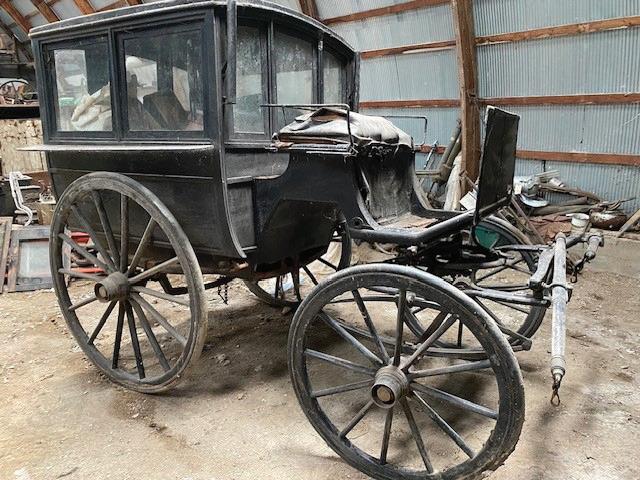
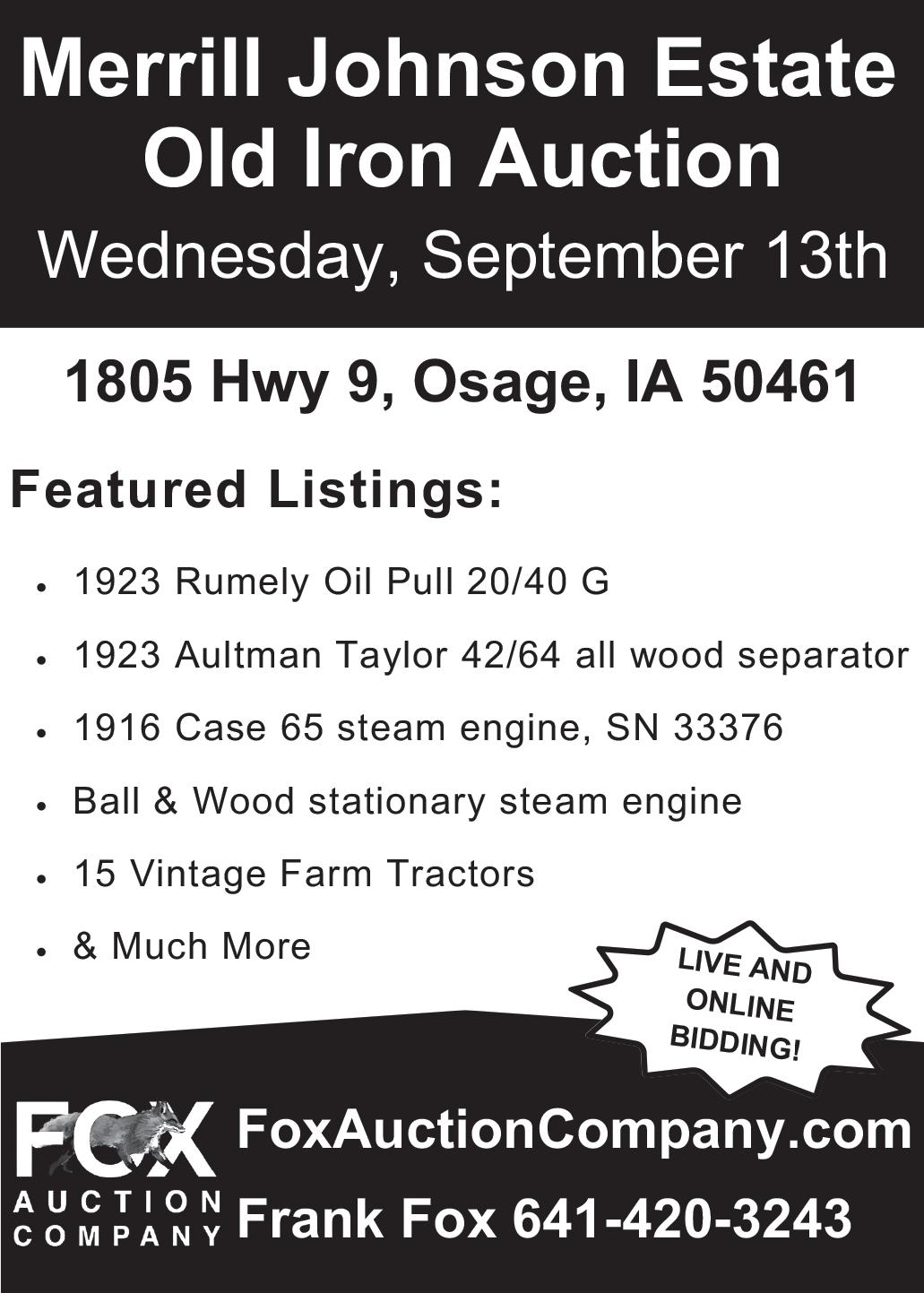
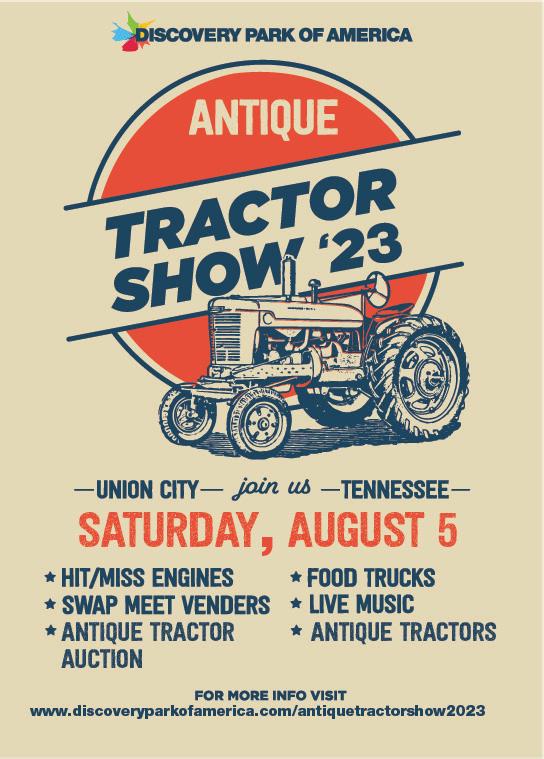
ULMER AUCTION Edgeley, ND JULY 1ST, 2023 Ulmer Auction 701-321-2444 Online and onsite bidding Directions and list go to ulmeronlineauctions.com Many vintage and rare horse drawn machinery and wagons, eveners, horseshoes, barbwire, etc,
related collections.
ANNUAL
YESTERYEAR
horse
33RD
SILVER KINGS OF
TRACTOR CLUB SHOW
SILVER KINGS OF YESTERYEAR TRACTOR CLUB SILVER KINGS OF YESTERYEAR TRACTOR CLUB SILVER KINGS OF YESTERYEAR TRACTOR CLUB SILVER KINGS OF YESTERYEAR TRACTOR CLUB SILVER KINGS OF YESTERYEAR TRACTOR CLUB SILVER KINGS OF YESTERYEAR TRACTOR CLUB SILVER KINGS OF YESTERYEAR TRACTOR CLUB SILVER KINGS OF YESTERYEAR TRACTOR CLUB SILVER KINGS OF YESTERYEAR TRACTOR CLUB SILVER KINGS OF YESTERYEAR TRACTOR CLUB For more info please contact 567-275-1105 silverkingtractors@gmail.com 33RD D ANNUAL L SILVER R KINGS S OF F YESTERYEAR R TRACTOR R CLUB SHOW L u 4 S u S 0 S o m r p dars s and plan n to attend! SILVER KINGS OF YESTERYEAR TRACTOR CLUB SILVER KINGS OF YESTERYEAR TRACTOR CLUB SILVER KINGS OF YESTERYEAR TRACTOR CLUB SILVER KINGS OF YESTERYEAR TRACTOR CLUB SILVER KINGS OF YESTERYEAR TRACTOR CLUB SILVER KINGS OF YESTERYEAR TRACTOR CLUB SILVER KINGS OF YESTERYEAR TRACTOR CLUB SILVER KINGS OF YESTERYEAR TRACTOR CLUB For more info please contact 567-275-1105 silverkingtractors@gmail.com Flyers Donated By: IT’S SHOWTIME! IT’S SHOWTIME!
FARM FOUR SEASONS ON THE




IN THE 1920s, FARMERS FACE HARD DECISIONS AGAINST PRICE FREE-FALL

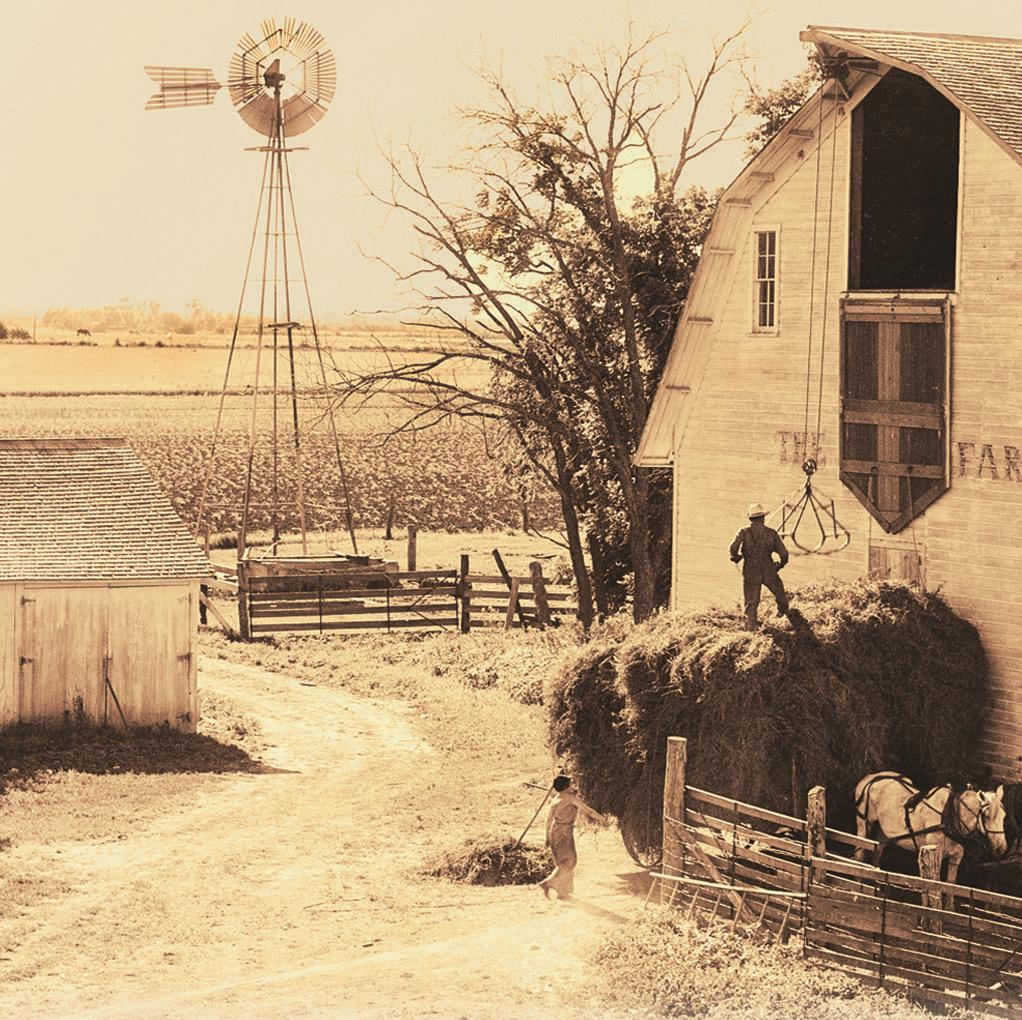
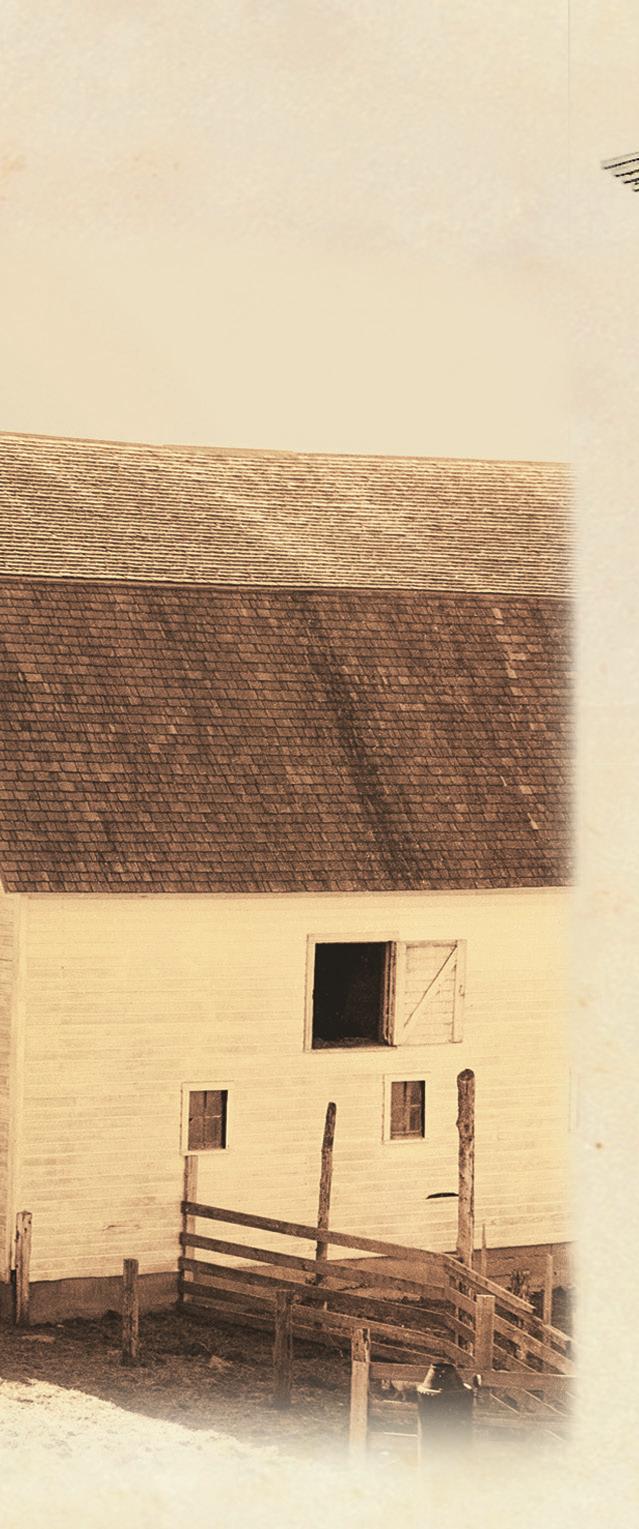 By Don McKinley
By Don McKinley
One hundred years ago, horse-farming remained commonplace on American farms – and that meant constant, relentless labor, year ’round. In the April 2023 issue of Farm Collector, author and historian Don McKinley slipped back a century to consider the routines and rhythms of four seasons on the farm. The first of a series, that segment focused on spring. In this issue, Don takes us through the farmer’s work in summer.

Iknow of no farmer who, when planting a seed, doesn’t have the faith that it will come to life and grow. The life force found in each seed is miraculous. Everything I do is designed to help those seeds reach their full potential at maturity.
Since World War I, the government has urged us to produce more and more food, and we have. But now the demand for food has declined, prices have fallen and farm incomes have dropped. Many farmers cannot afford to continue. In 1922, the Iowa farm
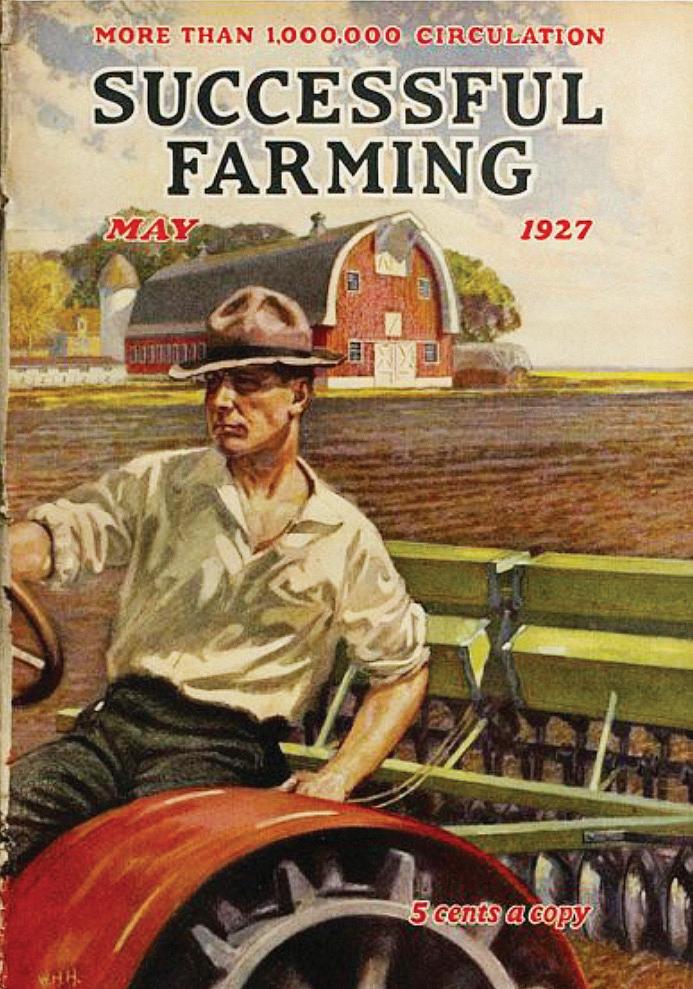

population dropped by 478,000.



I consider our farm an experimental station. I constantly look at production costs versus sales and am continually looking at the most efficient way to balance those costs and sales. I subscribe to Successful Farming and Prairie Farmer magazines to stay updated about innovations in agriculture.

Presently a crop rotation of corn, oats, wheat and grass provide food for the cows, which will give us milk, cream and butter. From western ranchers, I buy feeder cattle weighing 400-


14 July 2023
Farm Collector
Launched in 1902, Successful Farming magazine helped farmers navigate the rapidly changing face of agriculture.
Loading hay into the barn in the 1920s was a labor-intensive process using a system of pulleys, rope and a hay grapple (hay fork). © Wes McManigal, Grant Heilman Photography, Inc.
500 pounds, feed them my grain and sell them at 1,000-1,100 pounds. Sows that have pigs are fed the grains and sold. Chickens thrive on our grains and give us eggs to eat and sell, as well as meat to eat. Will the weather cooperate in helping the grains and grassland produce to their maximum potential? Can I feed all of my grain, sell the livestock and realize a comfortable profit? That is the gamble! My family has to live with that gamble.
Multi-tasking on the farm
The planted corn kernels have sprouted and emerged. A one-row cultivator is used to destroy all weeds possible by going down each of the many rows across the field. I try to use the cultivator as often as weather and other work allows. During the final cultivation, the horses must be muzzled to keep them from snipping the tops from the corn plants. Usually the corn is “laid by” by the 4th of July.
Between cultivations, the hay crop will be harvested. At early bloom, the alfalfa is cut with a 5-foot sickle mower, then sun- and wind-dried. My new side-delivery rake will be used to rake the hay into windrows. A flat hayrack with a hay loader attached will straddle the windrows. As the horses move forward, the hay is elevated by the loader and dropped onto the back of the wagon.
When full, the wagon is taken to the barn where a system of pulleys, rope and a hay grapple (hay fork) is used to transfer the loose hay from the wagon to the haymow where it is evenly distributed. One of the boys leads a horse
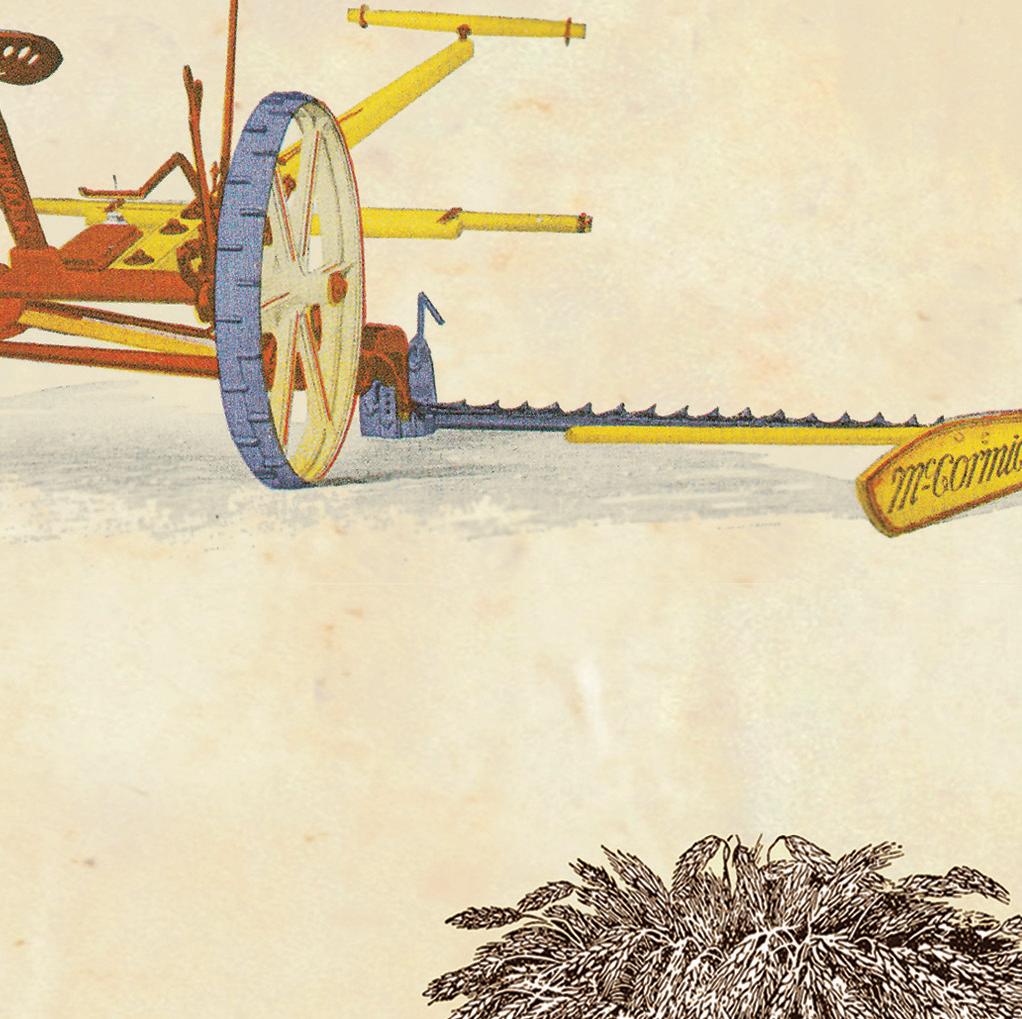
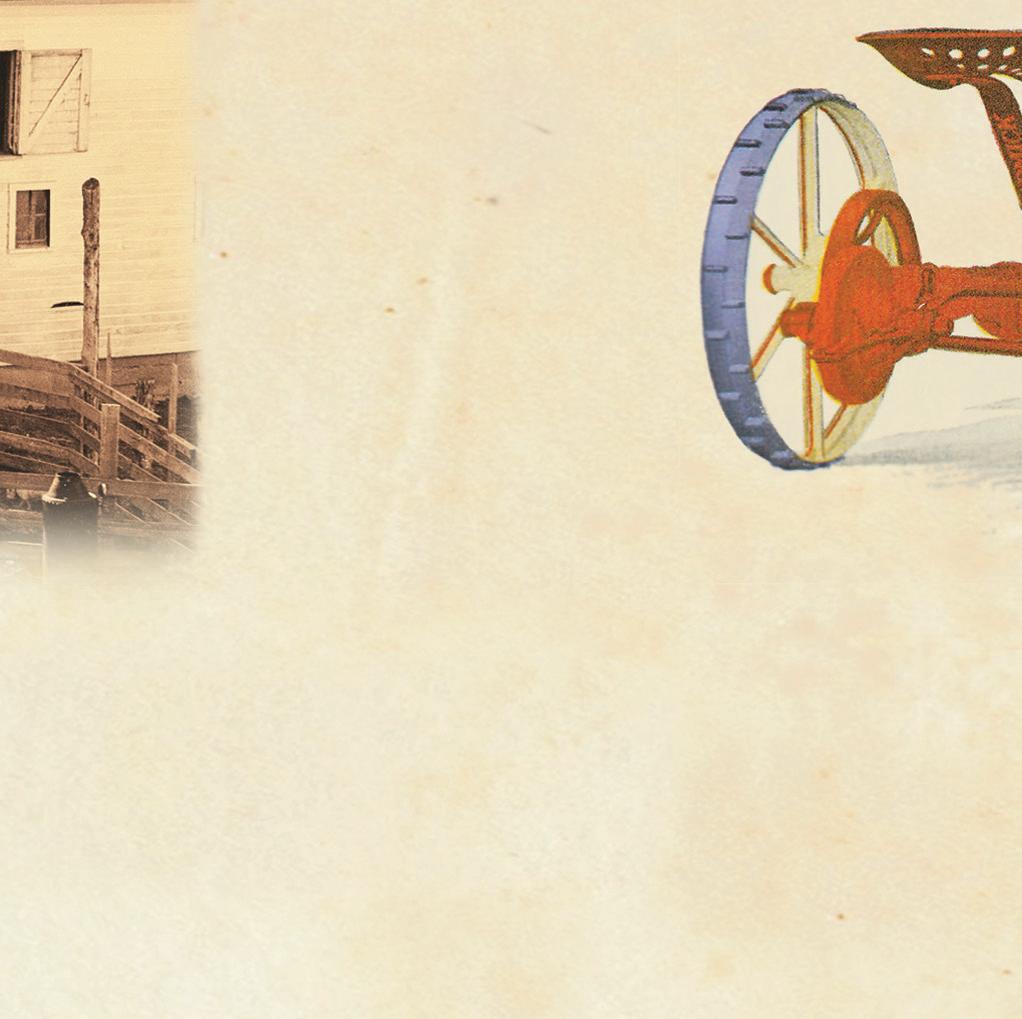
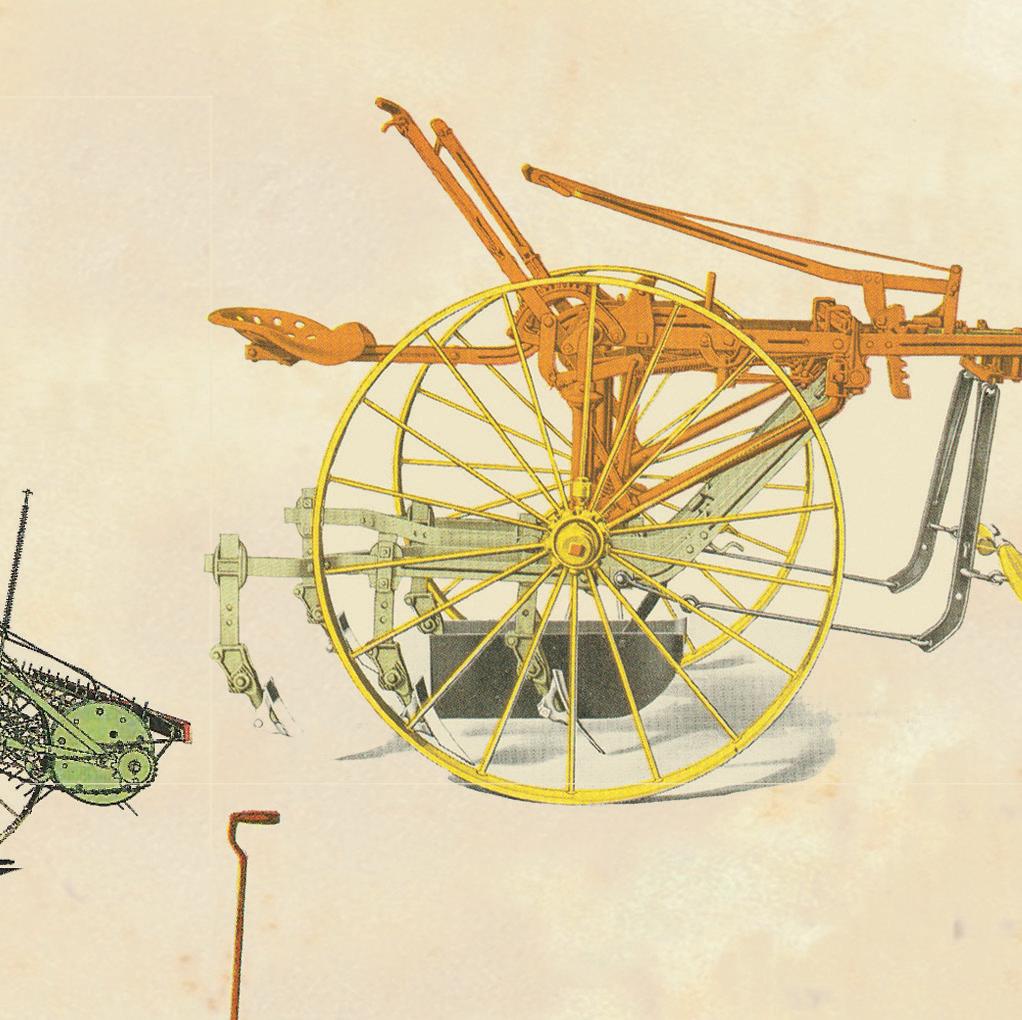

that pulls the rope and provides the power for the barn’s hay-handling system. We often salt the newly stored hay with stock-salt to help prevent spontaneous combustion.
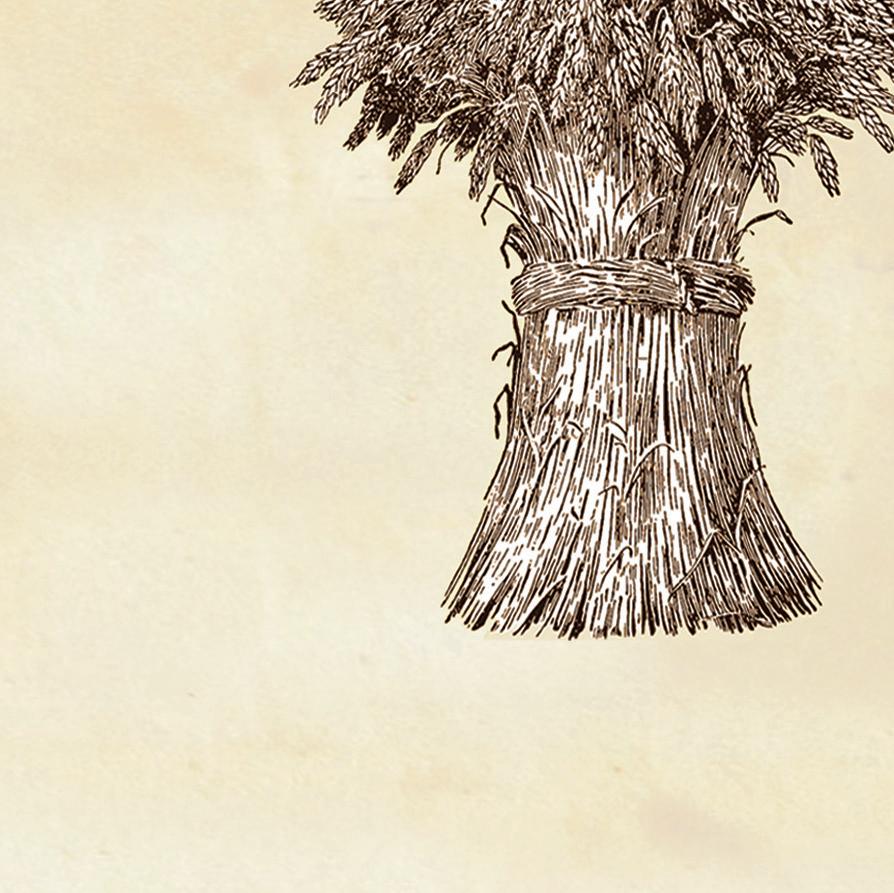
From observation and experience two things must be done during the haying process. When finished for the day, the hay loader must be tipped down, as a late-night thunderstorm with wind can turn it over backward. And never put uncured hay in the barn. I’ve seen barns burn to the ground because of spontaneous combustion.
Caring for livestock is a fulltime job
While hay is curing in the field, I’ll likely start harvesting the wheat crop. My four-horse team will pull the 6-foot grain binder to cut and bind the golden stalks of wheat into bundles. Those bundles will be shocked and left in the field until the threshing machine arrives. With the wheat field-cut and shocked, it will be time to harvest oats. They too will be cut with the binder and the bundles shocked.
I might add that my neighbor and I often trade work, especially when we hay and cut wheat and oats. In some operations I use my equipment on his farm and he helps me with manpower, and vice versa. On rare occasions, we

www.FarmCollector.com July 2023 15
International’s No. 4 pivot axle cultivator, produced in the 1920s, was one of the most popular cultivators of all time.
This McCormick No. 6 mower was a familiar sight on midwestern farms in the 1920s.
An all-steel, double-cylinder hay loader produced by Deere & Co. in the 1920s. The loader brought loose hay from the windrow to the rack.
hire men to assist with the harvesting. It isn’t hard to find workers to help for meals and $1-2 per day.

Once a week, feed is made ready for the livestock. Each species has their own formula of feed which is ground in the hammer mill and stored for daily chores. Block salt is made available for all.

Morning and evening chores find me feeding and watering all of the livestock as well as milking and running the whole milk through the cream separator. Chickens are shut in the chicken house each night and let out at daylight. Various varmints seem to love chickens.
Water is so important for the livestock, especially on hot summer days. I’ve occasionally provided “hog wallows” for the sows and pigs to lay in. They cannot sweat and love lying in mud wallows trying to keep cool. Horses are brought in from the pasture each morning, given grain and harnessed. They’ll be ready to be hitched when I finish my breakfast.
Working together, much can be accomplished
The day I’ve been waiting for all year is about to become a reality. Neighbors and their families will gather at our farm. The big steam engine pulling a threshing machine will chug down our lane and be set up to thresh our fields of shocked wheat and oats. Wooden bins that will hold the grains have been cleaned and made ready. Jobs have been assigned to the men: pitchers in the field, bundle wagon operators, grain wagon handlers and scoopers, straw stack builder and water boys.

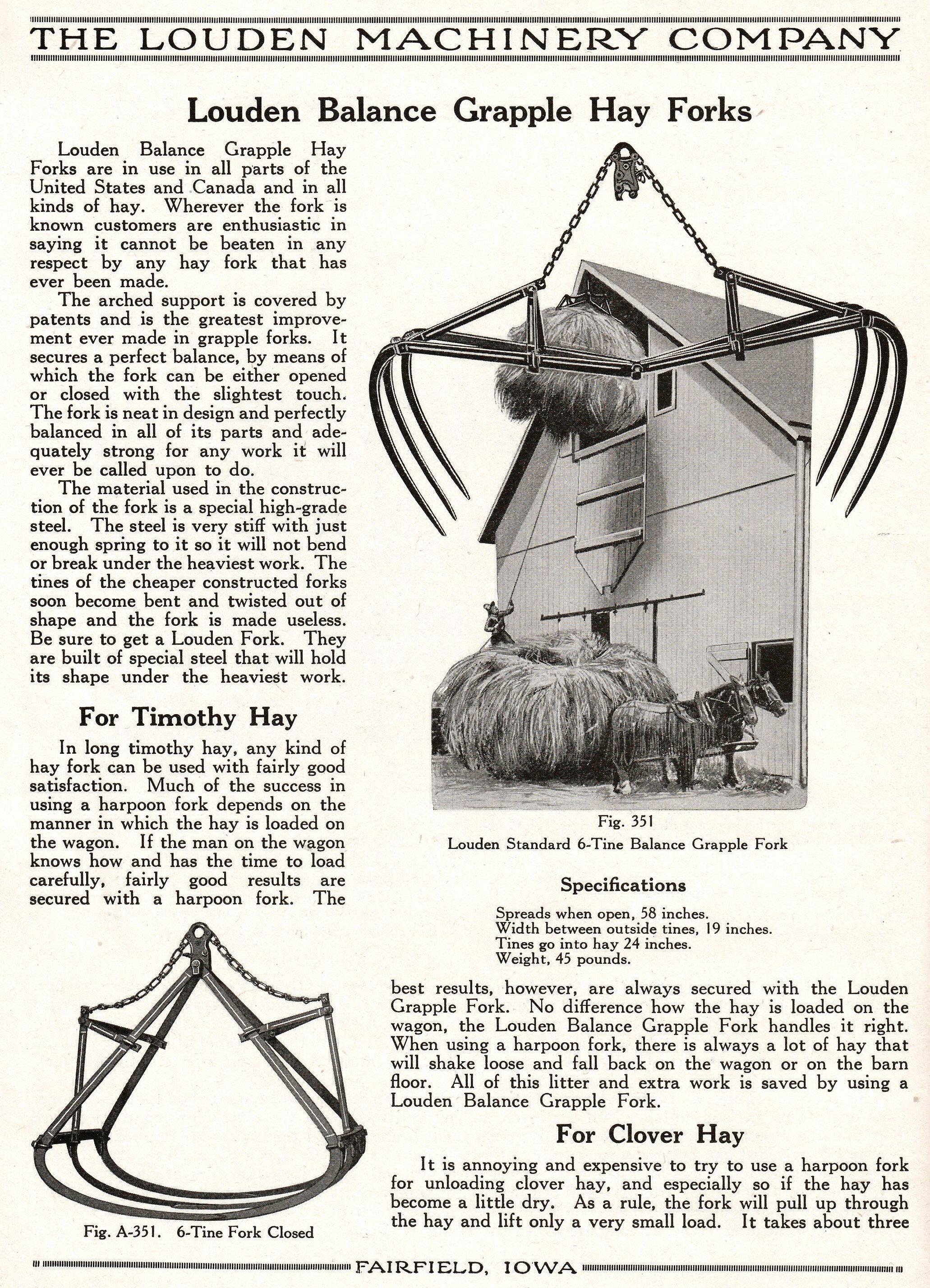
There will be fresh water in the tank for the teams of horses, hitching racks, tables and chairs under the shade trees for the noon meal, and a wash stand by the well with pans, soap and




16 July 2023 Farm Collector
The Louden Standard 6-tine grapple fork was a popular choice among midwestern farmers in the 1920s.
A 1918 20-40 Case gas/kerosene tractor and a Case 28x45 separator, from the collection of Bob Grimm, Rapid City, S.D., would have been a familiar sight in the 1920s.
hand towels. Yards have been mowed using a push reel mower, the house cleaned and kitchen scrubbed for the women to prepare meals and afternoon snacks.
It’s here! The steam engine, pullies, and belts of the threshing machine noisily come to life. Young horses pulling the bundle wagons have to be “encouraged” to come in close to the scary thresher and stand still. Threshing is serious business and with all the people efficiently doing their respective jobs, a lot of work can be accomplished.
People need each other
During threshing, there is always something going on involving man or beast! For instance: snakes are uncovered under a shock … there is a team runaway because of a bumble bee nest … the inside horse pulling a bundle wagon gets its tail wrapped around and jerked off in the threshing machine’s whirling belt and drive wheel … a bundle wagon operator loses half his load on the way in from the field because he didn’t tie his bundles together properly (bundle butts always to the outside!) … and when someone throws a bundle in crosswise it catches in the cylinder and concaves, then flips the drive belt off, leaving the threshing machine and steam engine operators extremely unhappy (but it provides a break for all others).
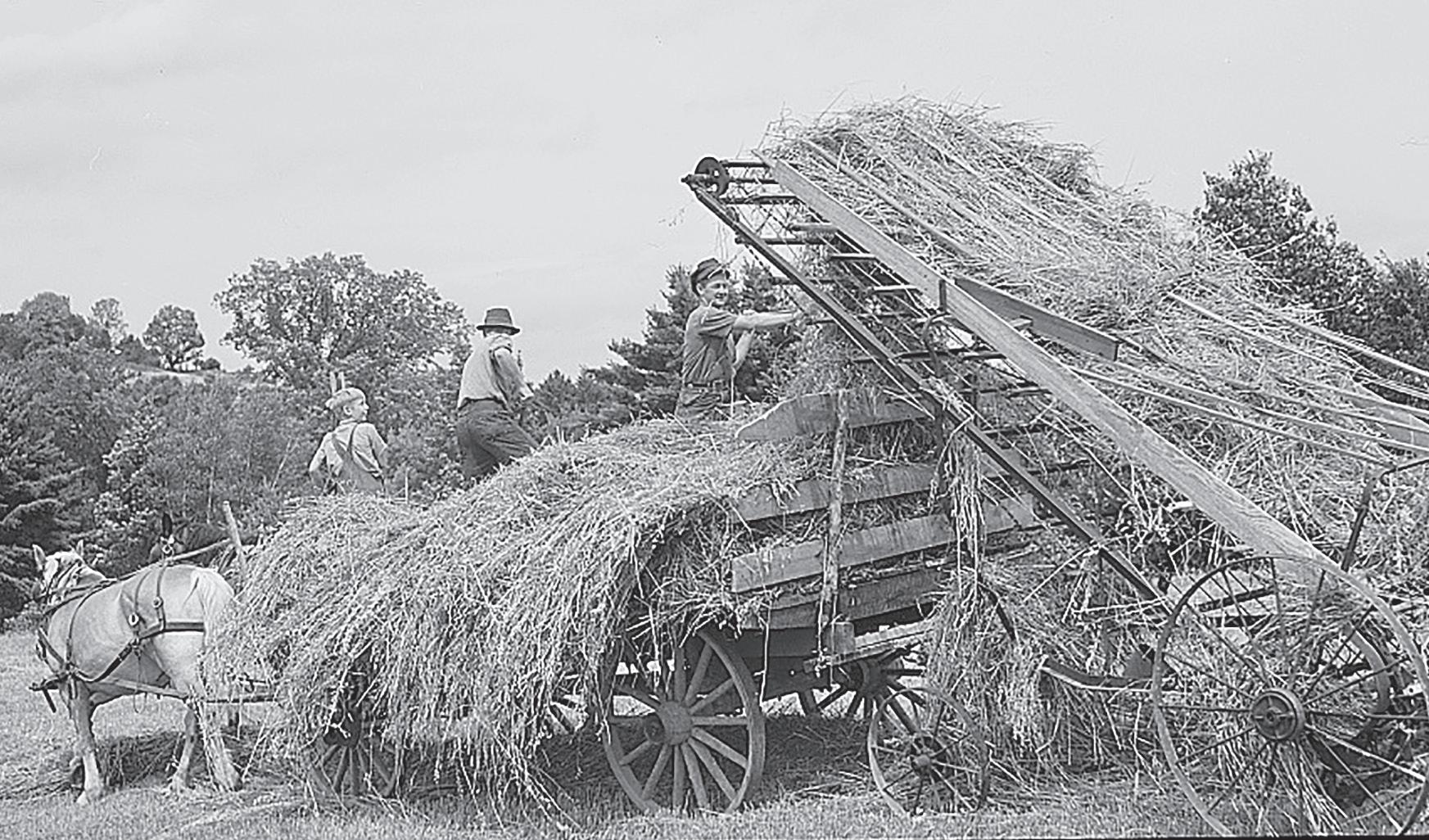
In late afternoon, a decision must be reached. Do we continue threshing into the evening and finish our farm so the machinery and men can be moved to the next farm early in the morning? Or, do we quit in time for all to get home and do their chores before it’s completely dark?






People need each other. Threshing is a time to socialize, listen to stories and find out who chews tobacco or swears frequently. It’s a time for young people to listen, learn, be assigned responsibilities, find out what hard work is like, learn about different personalities, and contribute their time and talents for the good of the group. I love threshing time!
“Our life revolves around church”
Rainy summer days find us ringing and castrating pigs, pulling weeds in the garden, cleaning fencerows with the scythe, walking corn fields to pull button weeds and cockle burrs, and possibly building temporary shade for the hogs and cattle.
My whole family spends a lot of time in the garden hoeing, hand-weeding and caring for the many vegetables and fruits that we consume at our dining table. Lots of canning (cold-packing) takes place during the summer; otherwise, we’d get hungry in the winter months.
Our social life revolves around church. We attend Sunday services, ice cream socials and, occasionally, community dinners held there. Since nothing else is open or operating on Sunday, we sometimes visit with neighbors or relatives in the afternoons. But, at times I need to simply withdraw from everything, to be by myself. My mind and body have to recuperate if I’m to carry on during the coming weeks.
Sunday evening, while doing chores, I find a sow is missing. She is about to give birth. I head down along the creek to find her. She has built a huge nest of weeds and grass and given birth to seven healthy piglets who are each nursing at their resting, gently grunting mother.
Getting the mother and babies back to the hog house needs to be done before nightfall because coyotes are hungry. A mother sow is very possessive of her young family and often defends them at all costs. Not much will stop a sow as she protects her babies. I will need to approach her very carefully and cleverly as her instinct is to kill me.
Farming is my life!
Four Seasons on the Farm continues in the October 2023 issue of Farm Collector.
Retired school principal Don McKinley grew up on a farm in southwest Iowa. In writing this series, he gratefully acknowledges the assistance of his daughter Connie Palmer. Don has created a museum of 1930s-vintage farm collectibles at his home in Quincy, Illinois. Contact him at 1336 Boy Scout Rd., Quincy, IL 62305; email: deerroad@ adams.net. Visit his Facebook page at 1930s Ag Museum.
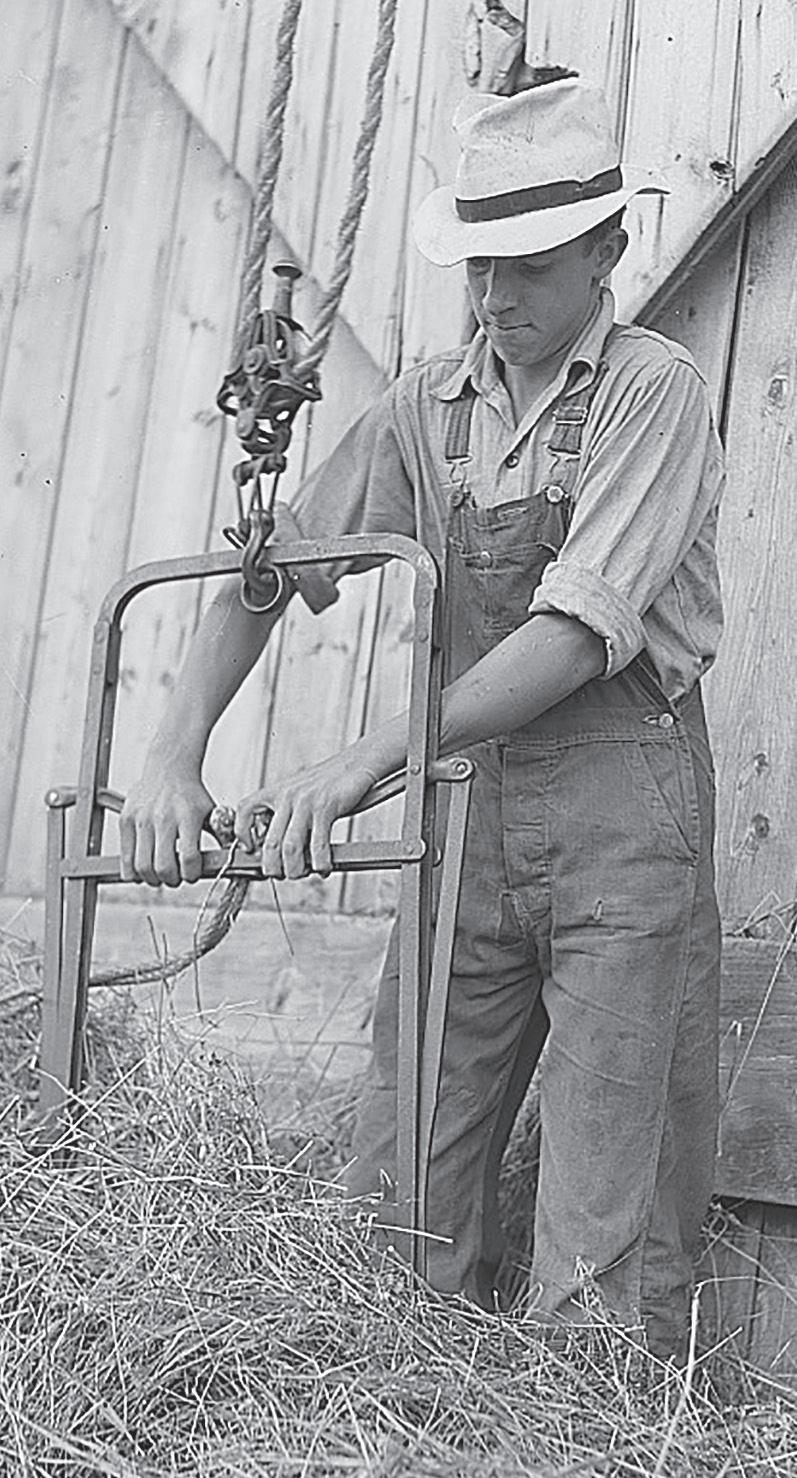
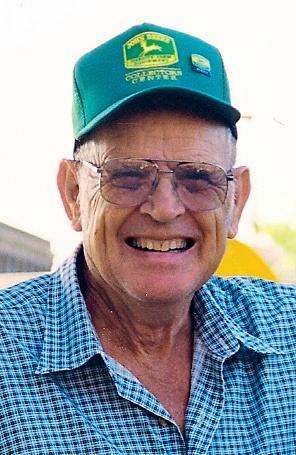
www.FarmCollector.com July 2023 17
Jamming the hayfork into a pile of hay, which was then lifted to the mow using a hay carrier. Photo courtesy Library of Congress.
It was “all hands on deck” when it was time to put up hay. Photo courtesy Library of Congress.



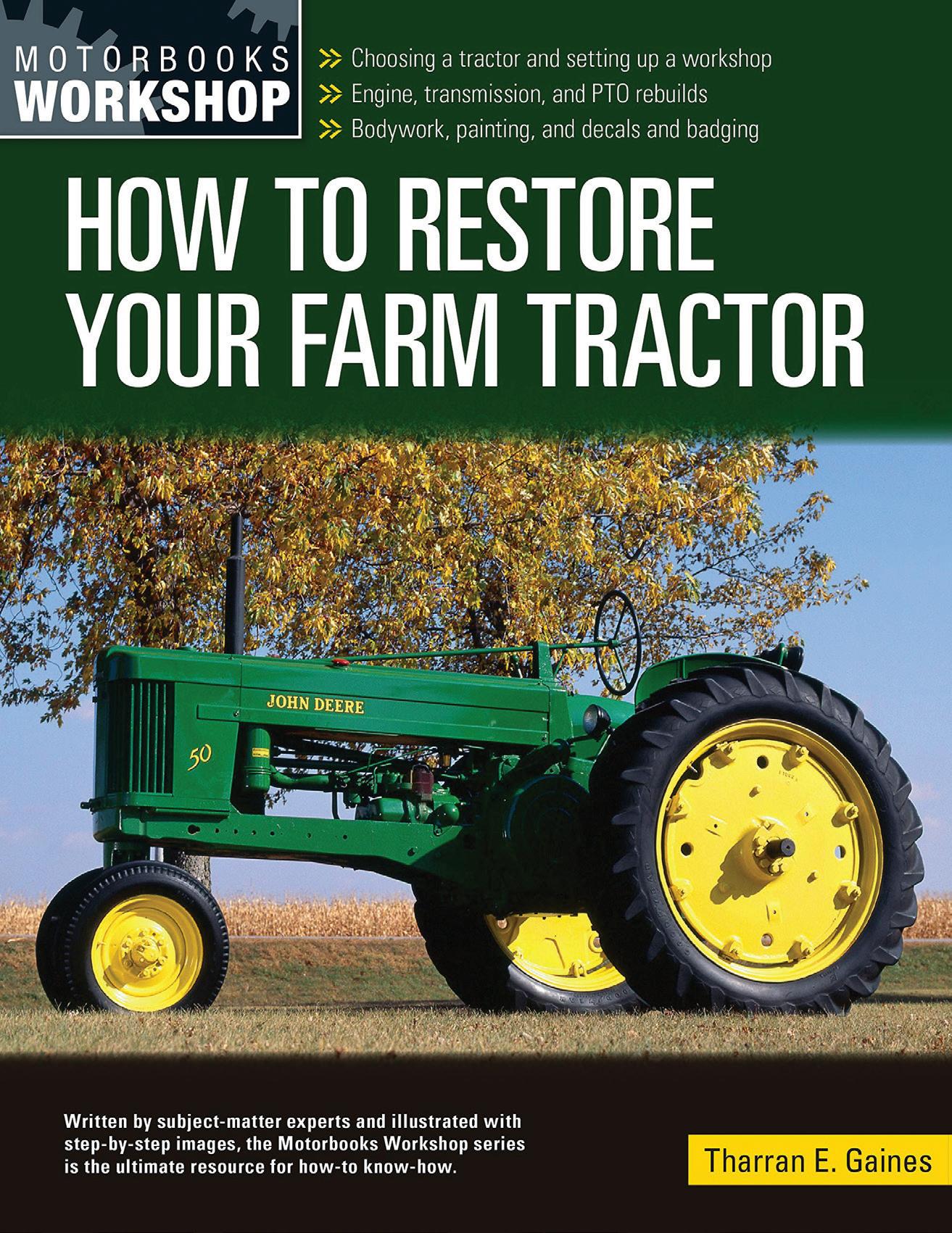
$32.99 ITEM #10305 Price does not include shipping and handling. HOW TO RESTORE YOUR FARM TRACTOR Visit Store.FarmCollector.com or call 866-624-9388 to order. Use promo code MFCPANZ2. How to Restore Your Farm Tractor features hundreds of helpful fullcolor photographs, proven tips and techniques, and money-saving advice from restorers who know what works…and what doesn’t. Tractor expert Tharran Gaines walks you step-by-step through the restoration techniques applicable to all of the most popular and collectible makes, covering: • Shopping for a tractor and setting up shop • Engine disassembly and rebuild • Clutches and transmissions • Final drives and brakes • Steering • Hydraulic, electrical, and fuel systems • Tires and wheels • Body repair, painting, and decals There’s even information on antique tractor shows and demos and a handy updated section on part sources. John Deere, Ford, Farmall, Allis-Chalmers, Minneapolis-Moline,
your
will be well on your way to transforming that old tractor into a shiny “new” classic!
and more…no matter
passion, with Gaines’ guidance, you
70TH ANNUAL LAKE REGION PIONEER


THRESHERMEN’S SHOW
SEPTEMBER 8-10, 2023
















Located 3 miles north of I-94 exit 67 on Cty Hwy 35 FEATURING INTERNATIONAL HARVESTER TRACTORS AND EQUIPMENT
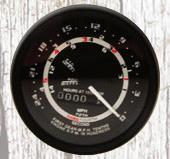
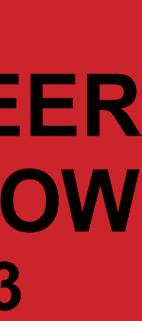
SHOW CONTACT


Andy Akerman 218-731-3233
Don Grunewald 218-770-4633
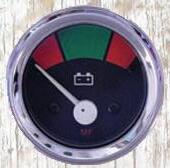

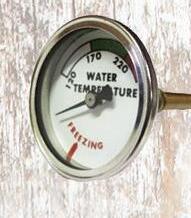



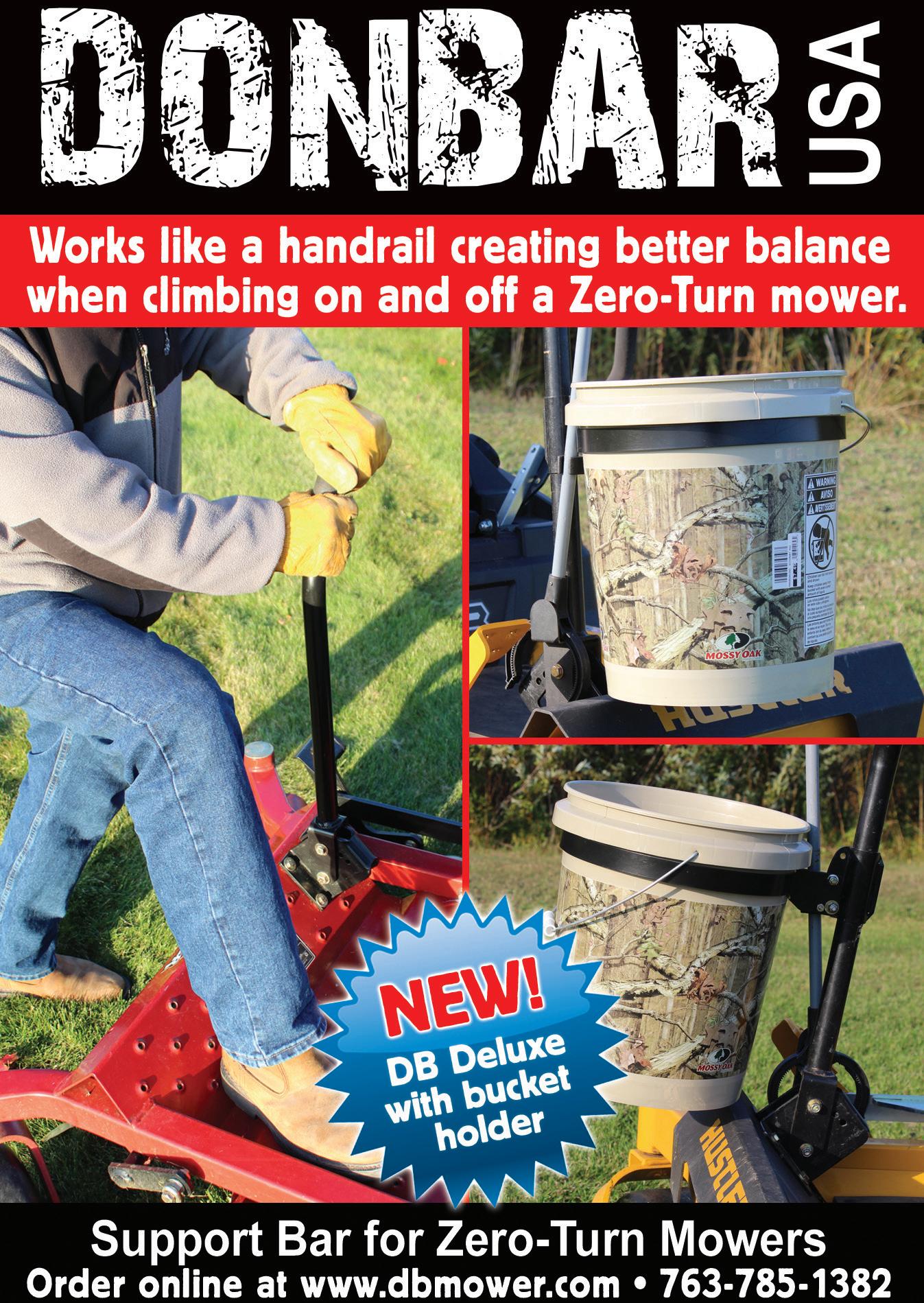
DIRECT CONTACTS
Flea Market: Gary Lien.............................218-849-6498
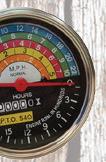
Gas Engines: Dana Schroeder................218-736-4352
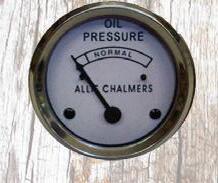
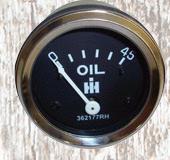




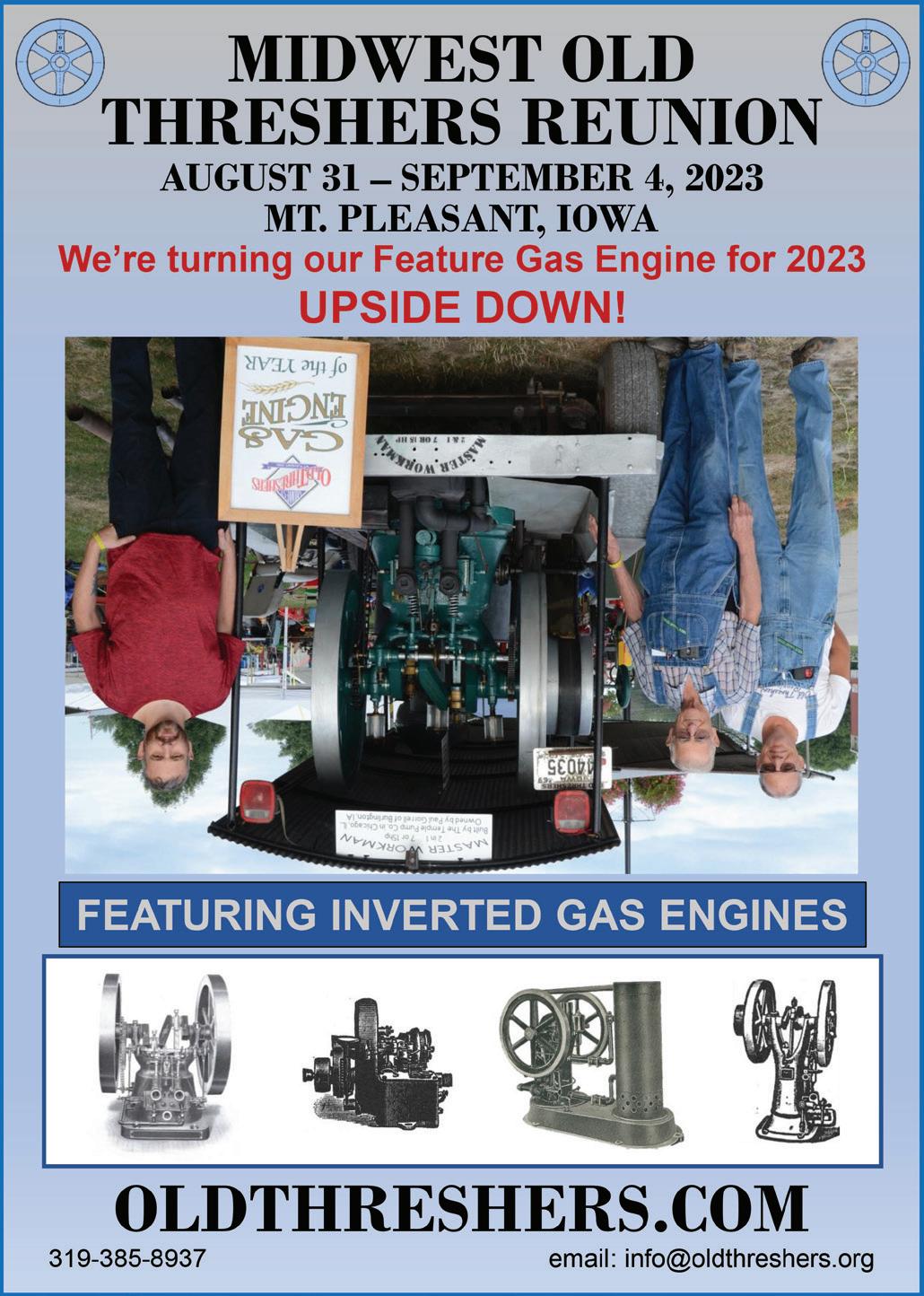
Crafts: Dorie Knutson...............................218-205-1691






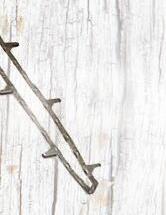























Tractor Pull: Jerry Hanstad.....................218 589 8548 John Olson..........................218-770-5931
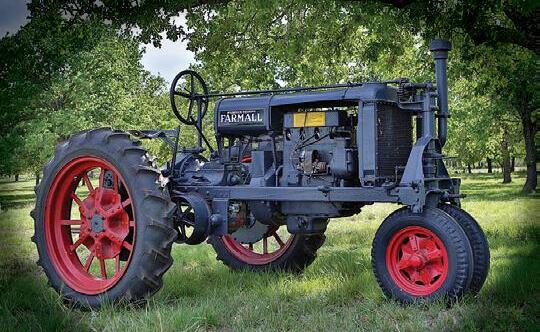
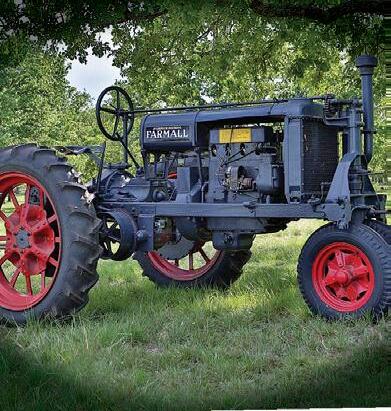
Entertainment: Don Grunewald............218-770-4633




IH
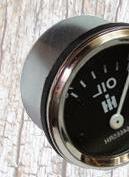


Chapter 15 Collectors Club will be present CALL TO REQUEST OUR 2020 CATALOG (800)634-4885 PLANTER RAKE & COMBINE PARTS 10%OFF WEBSITE CODE: Detail Order # Price AC Chrome Oil Gauge W/Stud 70228719H $18.95 $14.25 AC D14,D15, Early D17 Gas Tach 70277450H $79.95 $59.99 AC Temp Gauge Stem Style 226466H $24.95 $18.75 FD 5 Speed Transmission Tach C3NN17360KH $49.95 $37.50 JD Diesel 6V Pos Ground Fuel Gauge Kit 720730FG6VP $59.95 $44.99 JD Diesel 12V Neg Ground Fuel Gauge Kit 720730FG12VN $59.95 $44.99 JD Diesel 12V Pos Ground Fuel Gauge Kit 720730FG12VP $59.95 $44.99 IH 45psi Dash Mount Oil Gauge 362177RH $18.95 $14.25 IH 45psi Engine Mount Oil Gauge 362177RHNS $18.95 $14.25 IH 75psi Dash Mount Oil Gauge 364665RH $18.95 $14.25 IH 75psi Engine Mount Oil Gauge 364665RHNS $18.95 $14.25 IH 460 & 560 Tach 383093RH $99.00 $74.25 MF Voltmeter 6-20 Range 1672835MH $18.95 $14.25 Sale OR VISIT THE-CO.COM
BUILDING THE TEMPLE
Innovative Chicago manufacturer known for quality Temple pumps and Master Workman engines


 By Barry Tuller
By Barry Tuller
Temple Pump Co. was a longestablished Chicago manufacturer when it began building gasoline engines in the early 1900s. With a reputation for quality and innovation, Temple quickly became a manufacturing powerhouse, marketing engines throughout the U.S. and beyond.
Temple’s 1911 catalog proudly proclaimed the company’s 58th year in business. The mighty factory of Temple was shown on the first page. The factory was bounded on the north by 15th Street and on the south by 15th Place (formerly Meagher). The eastern edge was bordered by railroad tracks, and the west was a short distance from Canal Street. The plant’s overall footprint measured 175 by 225 feet. The four-story main building, built of brick, was 52 feet tall. Two 75hp steam engines provided the power for a dynamo and ran machinery via line shafts.
In the catalog, Temple claimed to be the oldest manufacturing concern in Chicago. Although it was the oldest, the company kept its machinery up to date, allowing it to produce a high-grade engine at the lowest cost.

Ambitious immigrant puts experience to work
The journey to build this manufacturing Temple began with John F. Temple’s birth in Germany in 1815. As a teenager, he worked as an apprentice in the manufacture of musical instruments. The skills he gained as a mechanic would serve him throughout his life as a manufacturer and inventor.
Immigrating to the U.S. at age 17, Temple landed penniless in Balti-
more, but soon found work as a mechanic. After a few years, he moved northward, eventually settling in Utica, New York, where he married and started a family. He also took up a cause, becoming a founding member of New York’s first antislavery society.
In 1852, Temple moved his family west to Chicago, which had been incorporated as a city 15 years earlier with a population of 4,000. By the time Temple arrived, the city’s population had grown to more than 30,000. He worked as an agent for a planing mill but soon became established as a manufacturer of pumps with a factory on the corner of Polk and Canal streets.
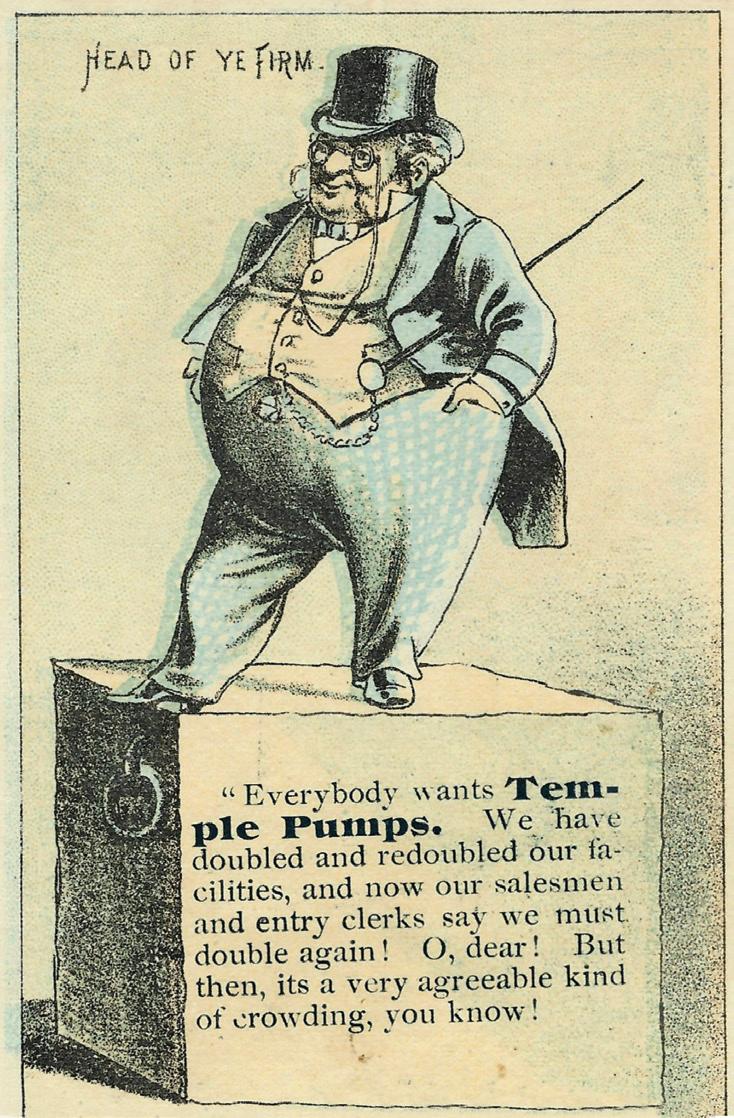
Fledgling company rebounds from disaster
Both of John Temple’s sons served in the American Civil War. Returning from the war, they soon joined their father in the pump business. Wood was the primary material used in pumps and piping made in these early years. The company claimed to have built more than 100,000 pumps by the early 1870s.
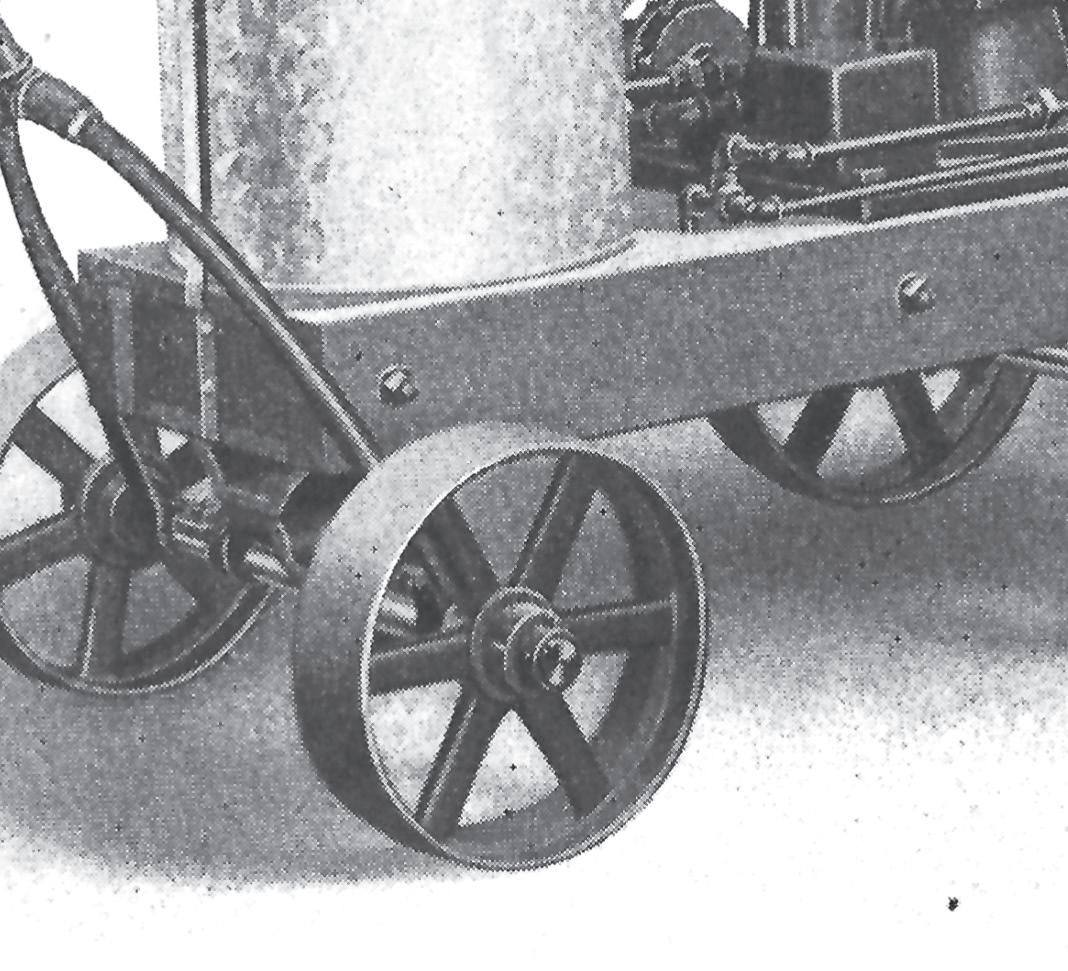
In 1871, the great Chicago fire – starting in the O’Leary barn and quickly spreading north and east, burning an area 4 miles long and a mile wide – claimed more than 17,000 buildings. John F. Temple & Sons, just
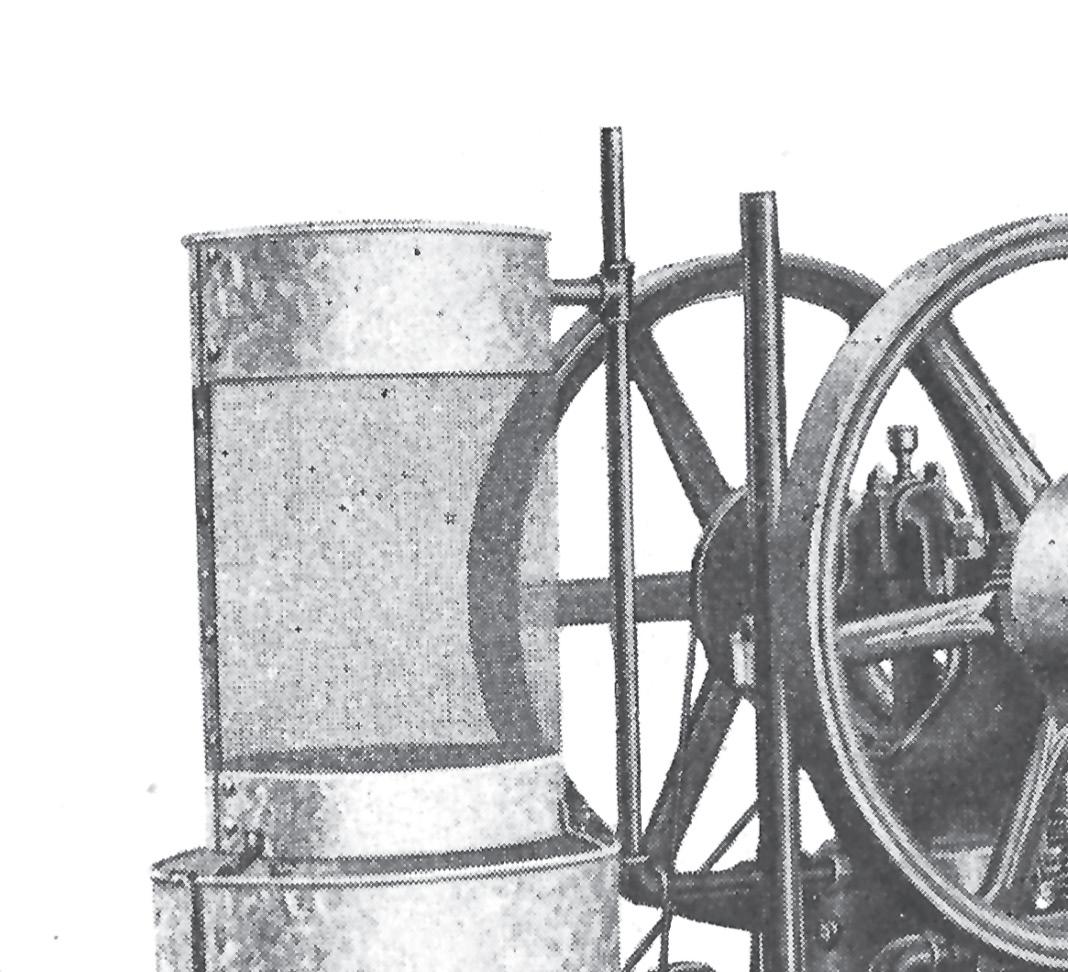
20 July 2023 Farm Collector
This 1909 catalog image shows the Temple engine mounted on hand trucks.
This Temple Pump Co. advertising card dates to 1882-’85.
five blocks away, was consumed by the fire almost immediately. The city of Chicago was rebuilt with astonishing speed, and the Temple family was equally nimble, quickly rebuilding their business at the same address.
The business incorporated as Temple Pump Co. in 1882. The Temples were quite innovative, evidenced by John receiving a patent in 1870 for a machine to make pump buckets.


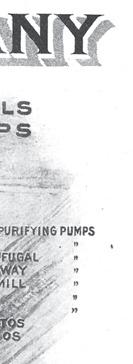
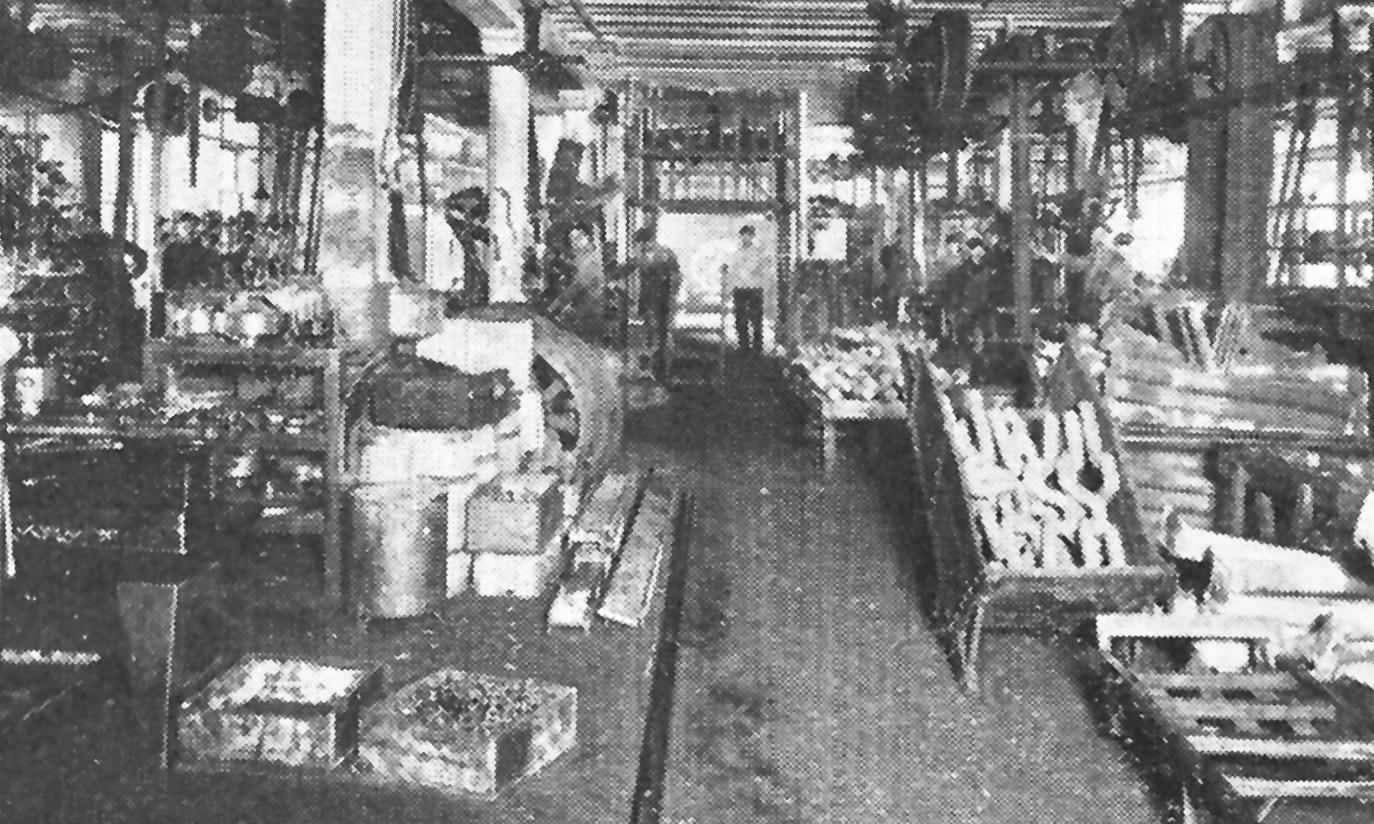
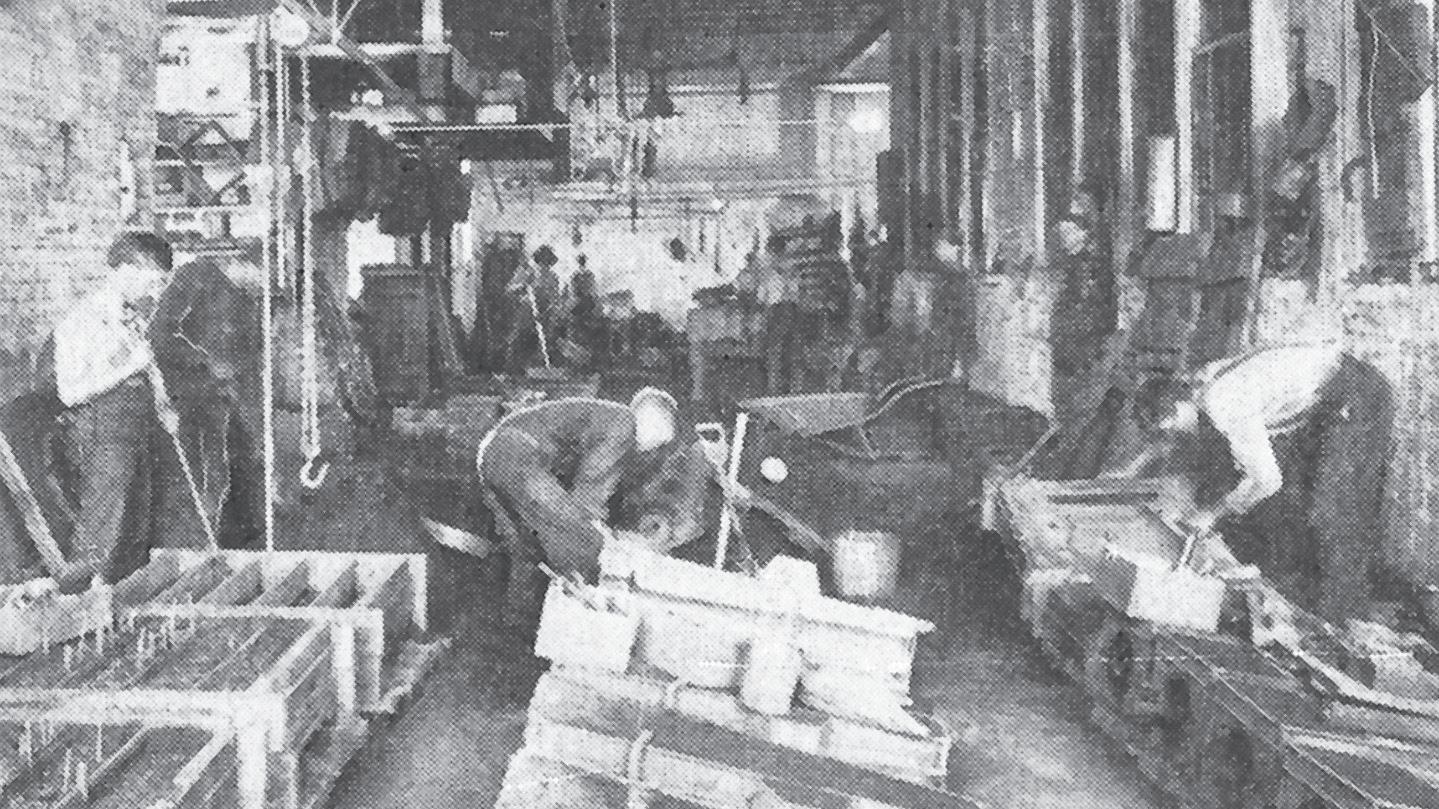
Son Morris was even more the inventor, winning at least 18 patents (primarily for pumps) in his lifetime. The company continued to prosper, adding products such as windmills to its offering. In 1885, a big factory was built at 15th and Meagher streets. It would grow even larger with subsequent additions.
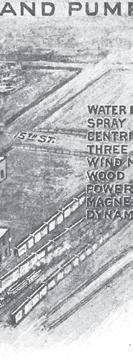

Temple was a family-run business, and the family took pride in never having to ask for an extension of credit. After John Temple’s death in 1895, Morris became company president. Other officers included Charles P. Miller (John Temple’s son-in-law), Thomas R. Fleming (Morris Temple’s son-in-law), and Aaron J. Miksch (who the Temple boys had met during the Civil War and brought back to Chicago).
Temple an early innovator



In 1901, Temple entered the gasoline engine market. A patent application filed on January 6, 1902, by Temple employee De Lonson E. Barnard, showed details of the new Temple engine. An inventor and machinist, Barnard joined the Temple organization in 1901. In 1900, he was granted a patent for a unique four-cylinder engine, following other patents on windmills and a feed grinder.
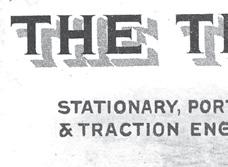


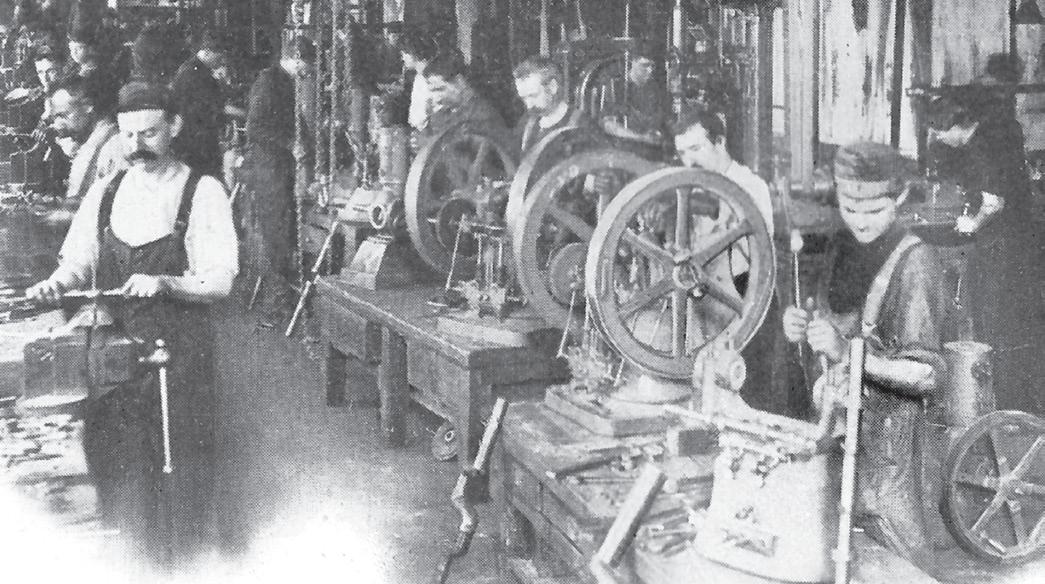

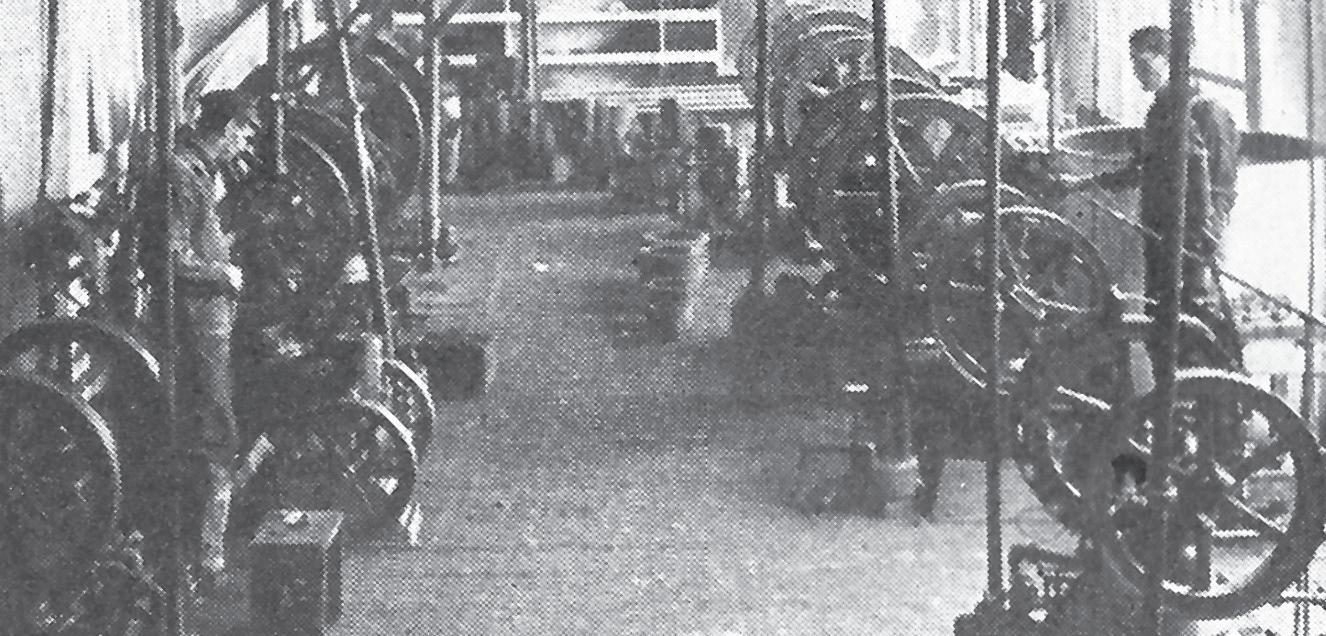
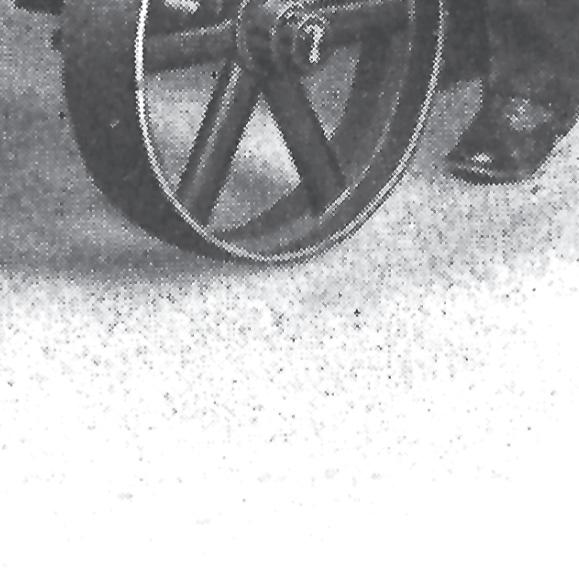
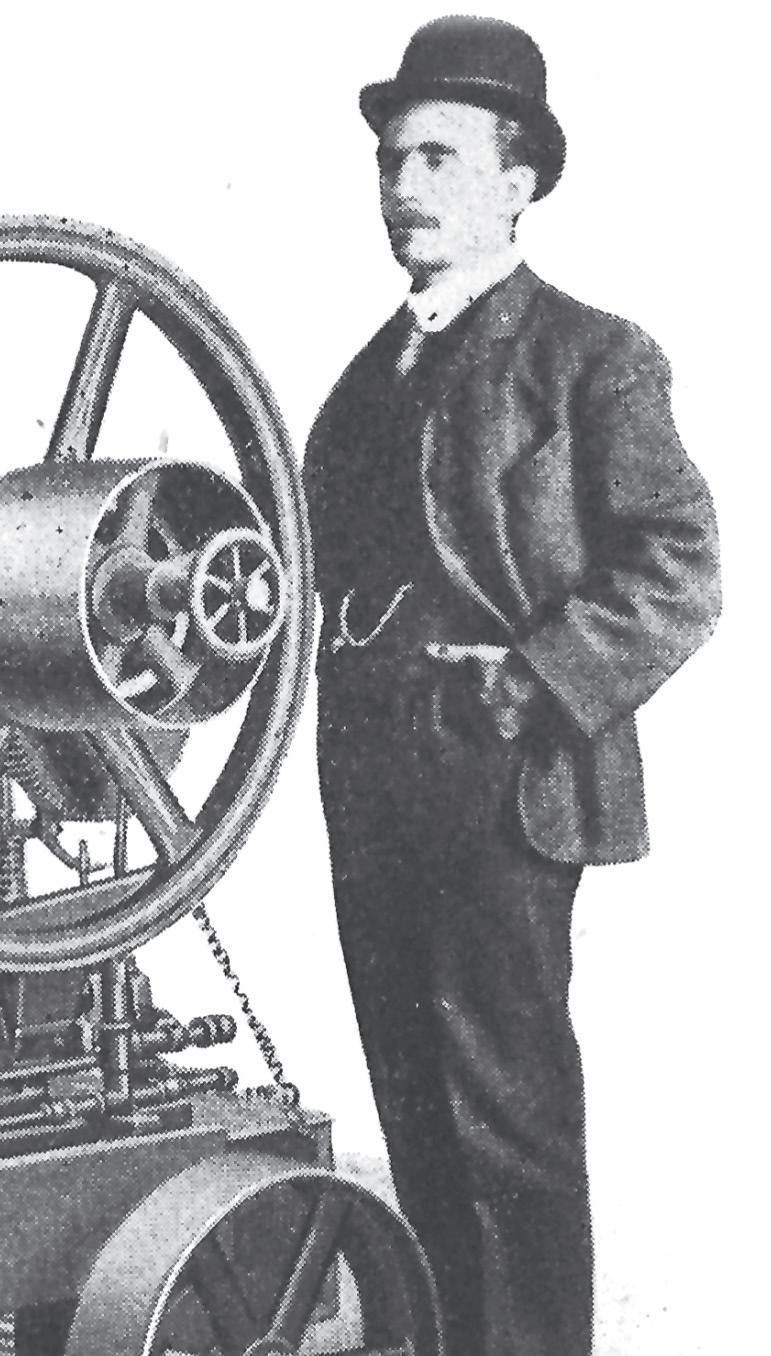
The new Temple engine was a two-cylinder model featuring an inverted vertical design, with the crankshaft and flywheels positioned above the cylinders. The patent application’s specific claims focused on the valve operating mechanism and governing system. Barnard worked for Temple until the spring of 1905, when he contracted smallpox and died. U.S. patent No. 791,126 was granted May 30, 1905, after the inventor’s death.
Temple advertised its new engine in newspapers and magazines, proclaiming the Temple engine to be a “Revolution in the Business,” and highlighting it as easy to start, lowvibration, space-saving and fuel-efficient. The company initially focused on the two-cylinder design, but soon added single-cylinder models to the lineup. Temple continued to experiment, adding engines to the line ranging from 1-75hp.
The company built traction engines as well, some with the two-cylinder inverted engine mounted on a platform,














www.FarmCollector.com July 2023 21
3 4
1. The massive Temple Pump Co. factory complex as shown on a 1910 letterhead. Artistic license was taken to make the factory appear larger than its surroundings.
2. The automatic machinery area fronting 15th Street. A tote of unfinished crankshafts can be seen just right of center.
3. This image shows the section of the Temple foundry where larger engine castings were poured.
4. Temple tested engines with both a Prony brake and a dynamo, ensuring that each would deliver full load continuously.
5 1 2
5. Assembling Temple Master Workman engines. It appears that each engine had a dedicated assembler, with needed parts brought to the static work bench for each engine.
plus larger models featuring a fourcylinder horizontal opposed engine. Customer testimonials became a big part of Temple advertising, as the company worked to convince prospective buyers that the unique Temple engine was the one to buy.
Competitive pressures mount
By 1910, the gas engine market was changing rapidly. Many competitors had entered the fray, offering engines at extremely low prices. High-quality Temple engines carried a higher price than competitors’ products. Temple found it necessary to take a different tack, offering a 30day free trial with easy terms. This no doubt enticed buyers, but it also led to cashflow and collection issues.
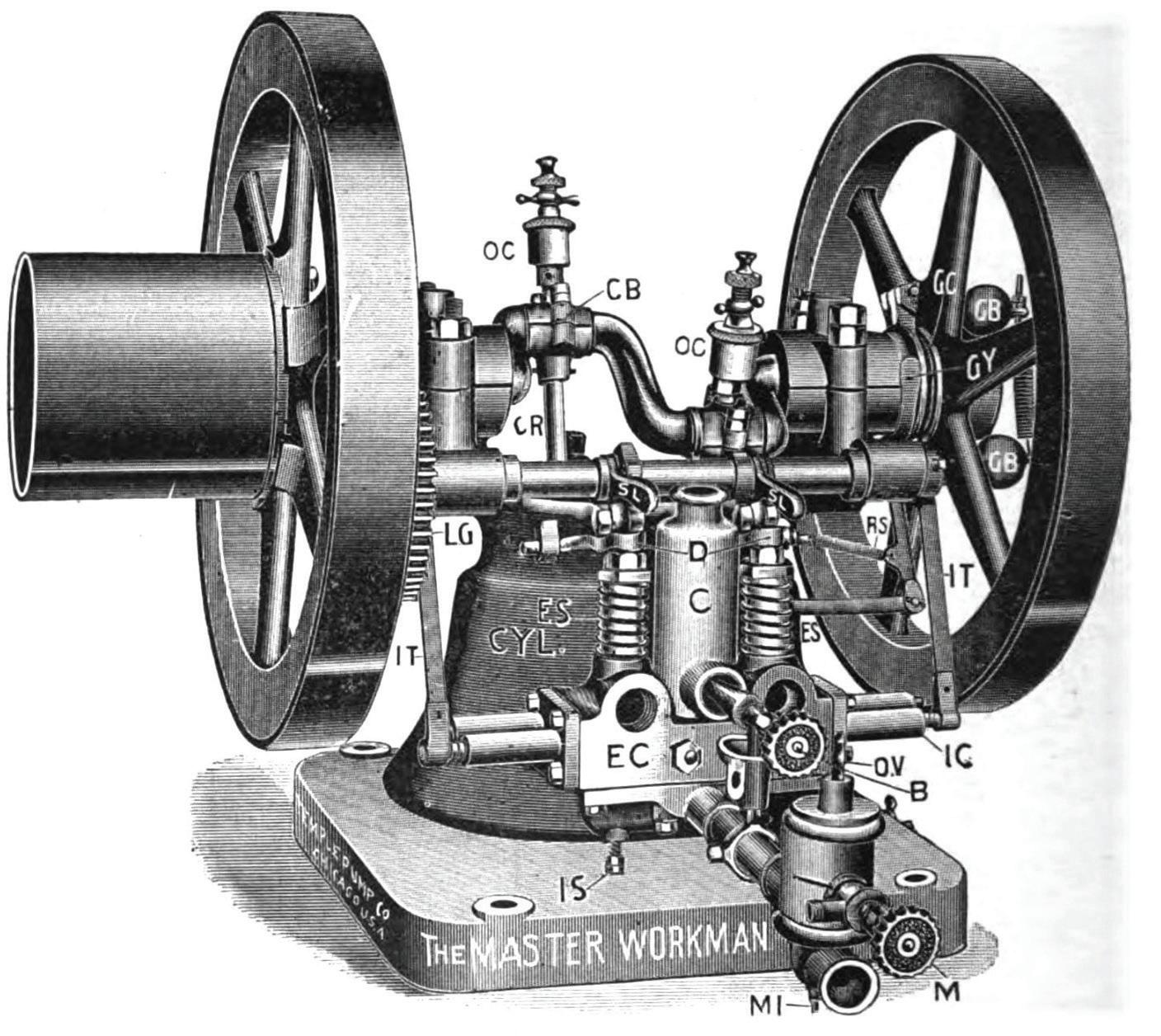
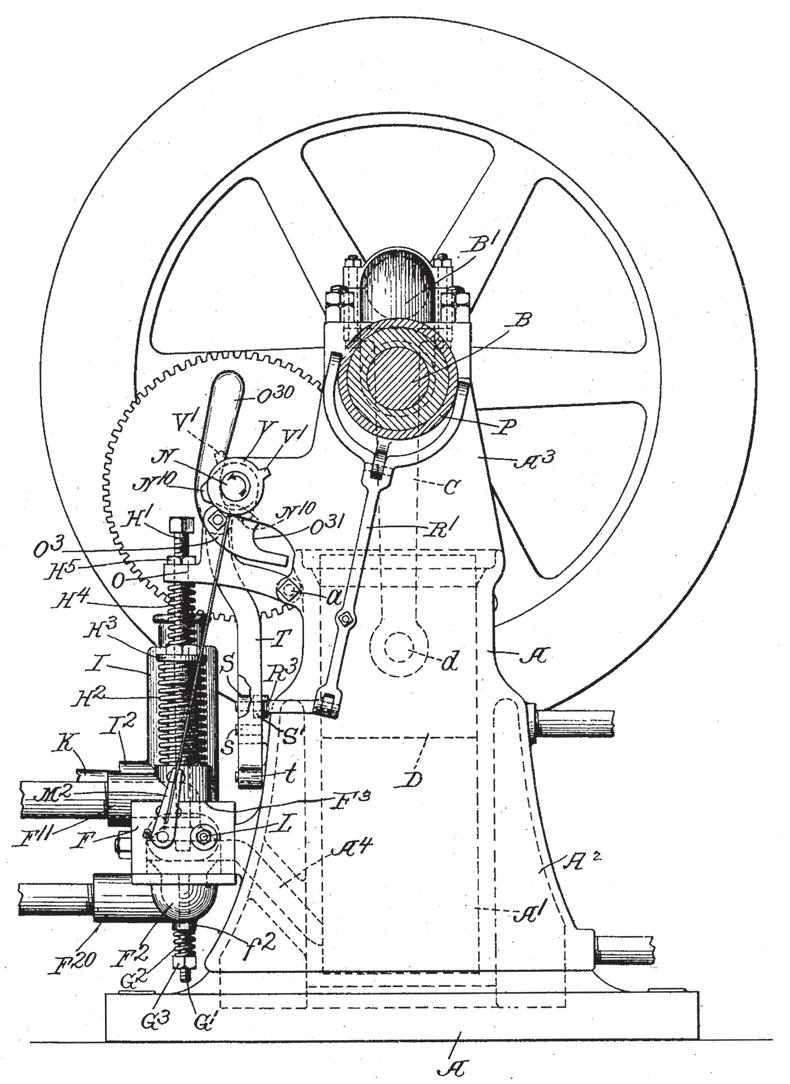
In September 1911, another company entered the market, advertising engines similar to Temple’s. This company, U.S. Engine Works, appears to be a parallel firm to Temple Pump Co. Maybe it would be better to describe it as a perpendicular company to Temple, as it showed its address as Canal Street, the crossing street with 15th and Meagher streets that Temple used. For the next several years, both Temple and U.S. Engine Works offered the same engines, with both claiming the same long duration of the company.
A disruptive change was announced in January 1913. Temple’s big factory was sold to the CB&Q (Burlington) Railroad for the purposes of terminal expansion at a price of $321,122 (the equivalent of nearly $10 million in
2022). Temple had already purchased land in nearby Cicero and had issued a contract for construction of a new factory for a total investment of $92,000.
Meanwhile, Temple management experienced an equally major transition. In 1912, at age 75, Morris Temple and two other officers of similar age stepped aside. Thomas R. Fleming (Morris Temple’s son-in-law) assumed the presidency. Morris remained with the company through 1913, but then retired to San Diego.
Temple’s new factory looks to have been completed by the beginning of 1914. It would have been a monumental effort, moving equipment from the old factory and getting it up and running in the new facility. The layout of the new factory was of more modern design, all on one level, and with many windows providing improved interior light.
Labor strike casts a fatal blow
In 1914, Temple management went through yet another shake-up. J.R. Bachelder was brought in from Fairbanks, Morse & Co. as a new vice president and manager. Thomas Fleming’s wife, Cornelia, was named secretary. In April 1914, the company was renamed Temple Mfg. Co. Ads for Temple engines ceased by June, replaced by engine ads under the U.S. Engine Works banner.
Period ads from U.S. Engine Works ($5 down
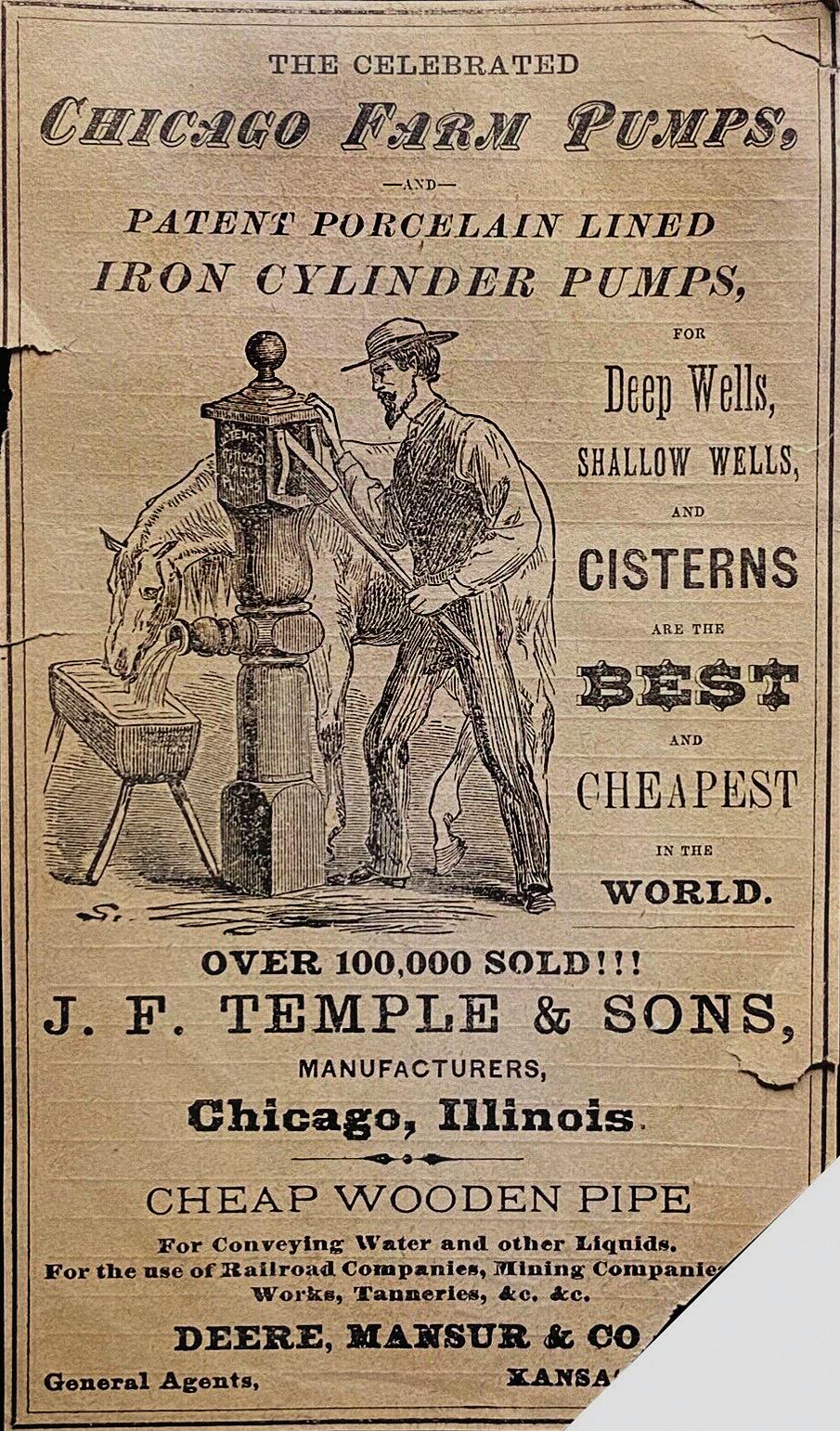
22 July 2023 Farm Collector
This 1873 advertisement shows a typical wooden construction pump.
Granted in 1905, this patent was the basis for the Master Workman engine.
This 1904 advertising illustration shows construction details of the Temple Master Workman two-cylinder engine.
Engine Offer” ever made by any factory. The company’s 62 years of manufacturing experience was also promoted, as was a 30-day free trial. By 1915, the ads were offering a low price of $29.95 on the smallest engine. Toward the end of 1915, the ads disappeared. The end was near.
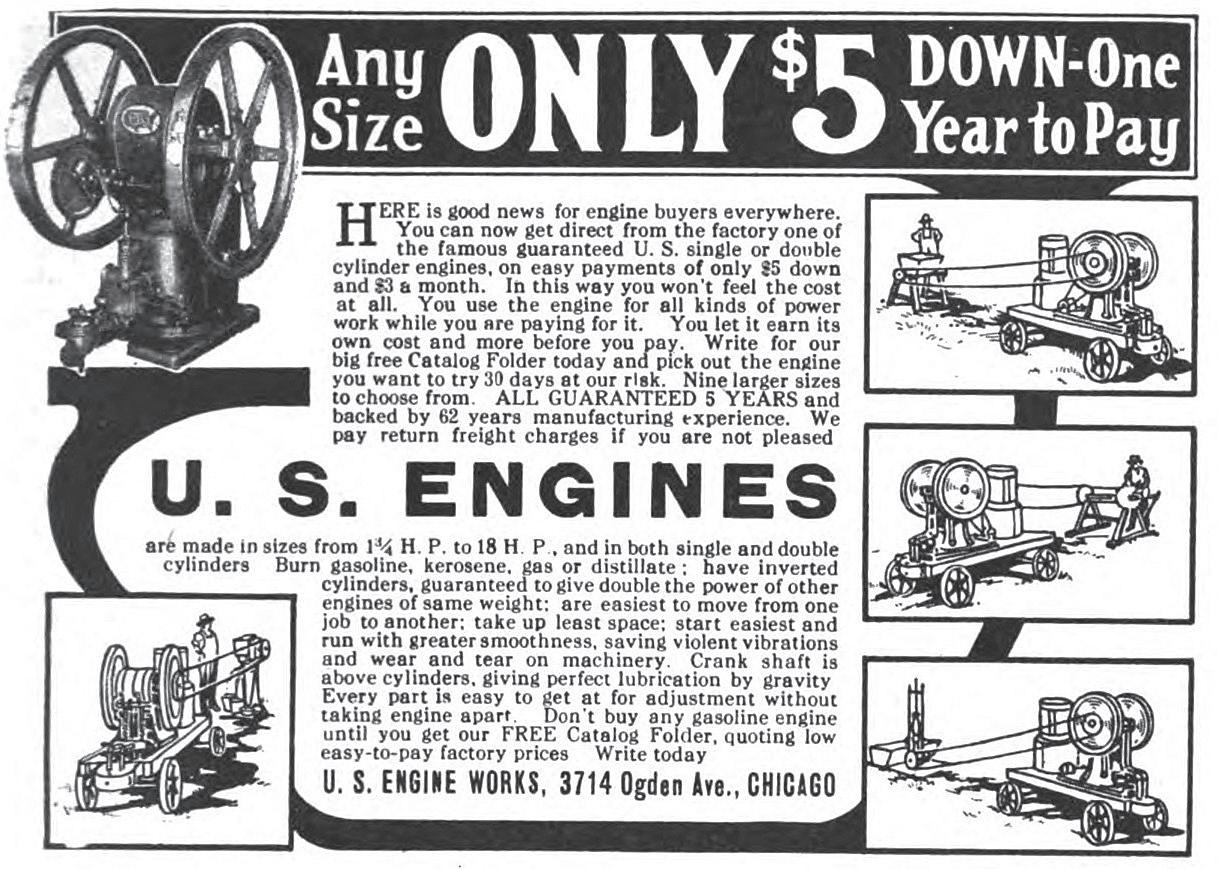
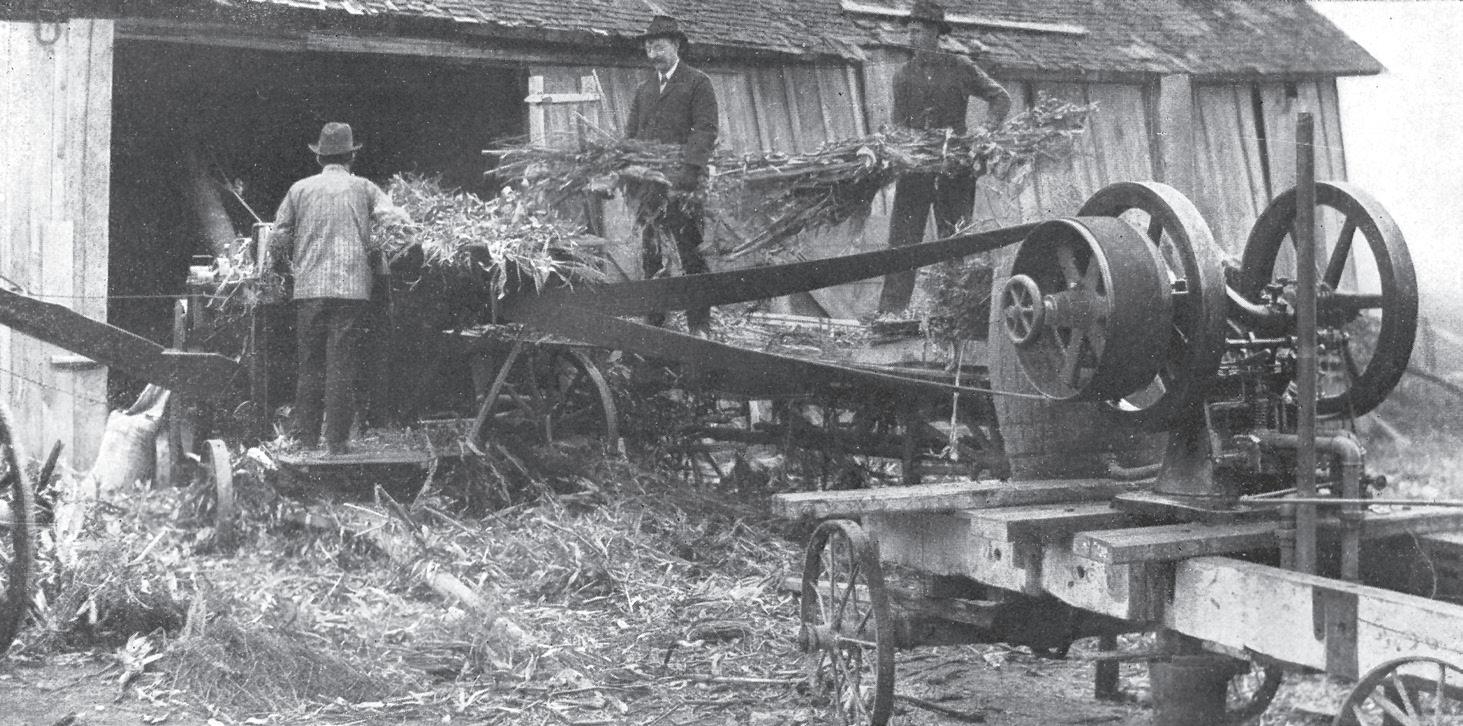
In September 1916, Temple machinists, assemblers and painters went on strike, seeking a ninehour day with 10 hours of pay. As the strike turned violent, the plant superintendent was badly beaten by five men. In 1917, Hurley Machine Co. (manufacturer of the Thor washing machine) purchased the Temple factory. Several of the plant’s heavy machine tools were released to other companies for use in the war effort. Thomas and Cornelia Temple Fleming retired to Long Beach, California.

Despite established roots dating to 1853, Temple had come crashing down. Ultimately, the company was unable to overcome the transition to a new factory and the rapidly evolving competitive climate. The oldest manufacturing Temple in Chicago was no more.

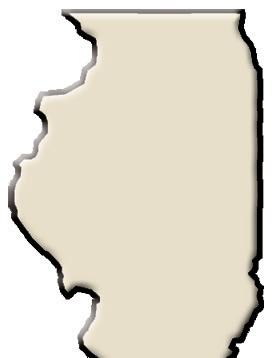

Barry Tuller is a collector of gas engines and related beltdriven equipment, literature and advertising. He enjoys learning about engines, and researching the history of the people and companies that made them. Email him at btengines@ gmail.com

GAS ENGINE RESTORATION & MORE GAS ENGINE RESTORATION PACKAGE PRACTICAL GUIDES FOR BEGINNERS AND EXPERTS ALIKE
Dig into Gas Engine Restoration, the detailed, step-by-step guide to stationary gas engine restoration and get working on your antiques today! From start to finish, veteran vintage engine restorer Peter Rooke’s easy-to-follow narrative will impress and educate both new and experienced hobbyists with exhaustive coverage of the process. When you’ve torn through that, you can start on Rooke’s second book, More Gas Engine Restoration. This follow-up guide features chapters dedicated to restoring common Webster and Wico magnetos to help you ensure your engine runs at its best, while chapters on making mufflers, repairing cast iron, and learning how to paint and pinstripe show you how to get your engine looking its best. This title is available at Store.FarmCollector.com or by calling 866-624-9388. Mention promo code: MFCPANZ5. Item #9975
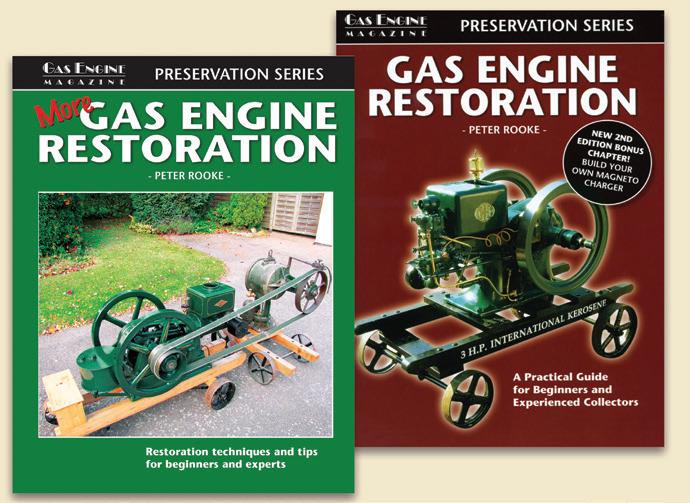
www.FarmCollector.com July 2023 23
An architect’s rendering of the new Temple Mfg. Co. factory in 1914.
Here, an 8hp Master Workman two-cylinder engine is used to run a McCormick husker/shredder.
An enticing deal from U.S. Engine Works from the 1914 issue of Gas Review.
Illinois Chicago ✭
Iron Age Ads
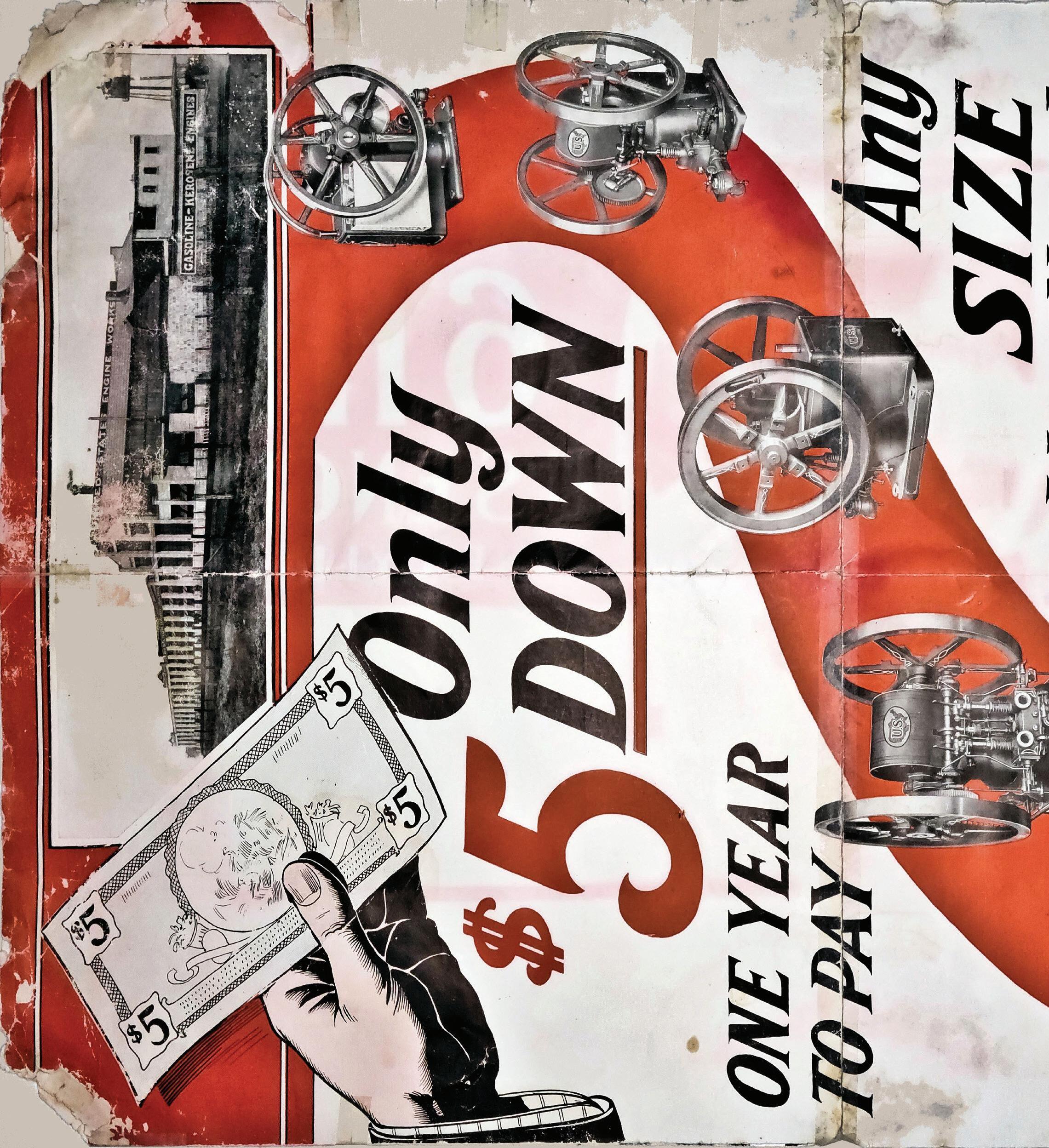






24 July 2023 Farm Collector
THE RISE AND FALL OF TEMPLE
the Temple factory was sold and its production equipment was released to other manufacturers for use in the war effort, and one of Chicago’s oldest manufacturers faded into the past.
Image from the collection of Barry Tuller.




Have a vintage advertisement or promotional piece you’d like to share in Iron Age Ads? We’d love to see it! Email us at editor@farmcollector.com .
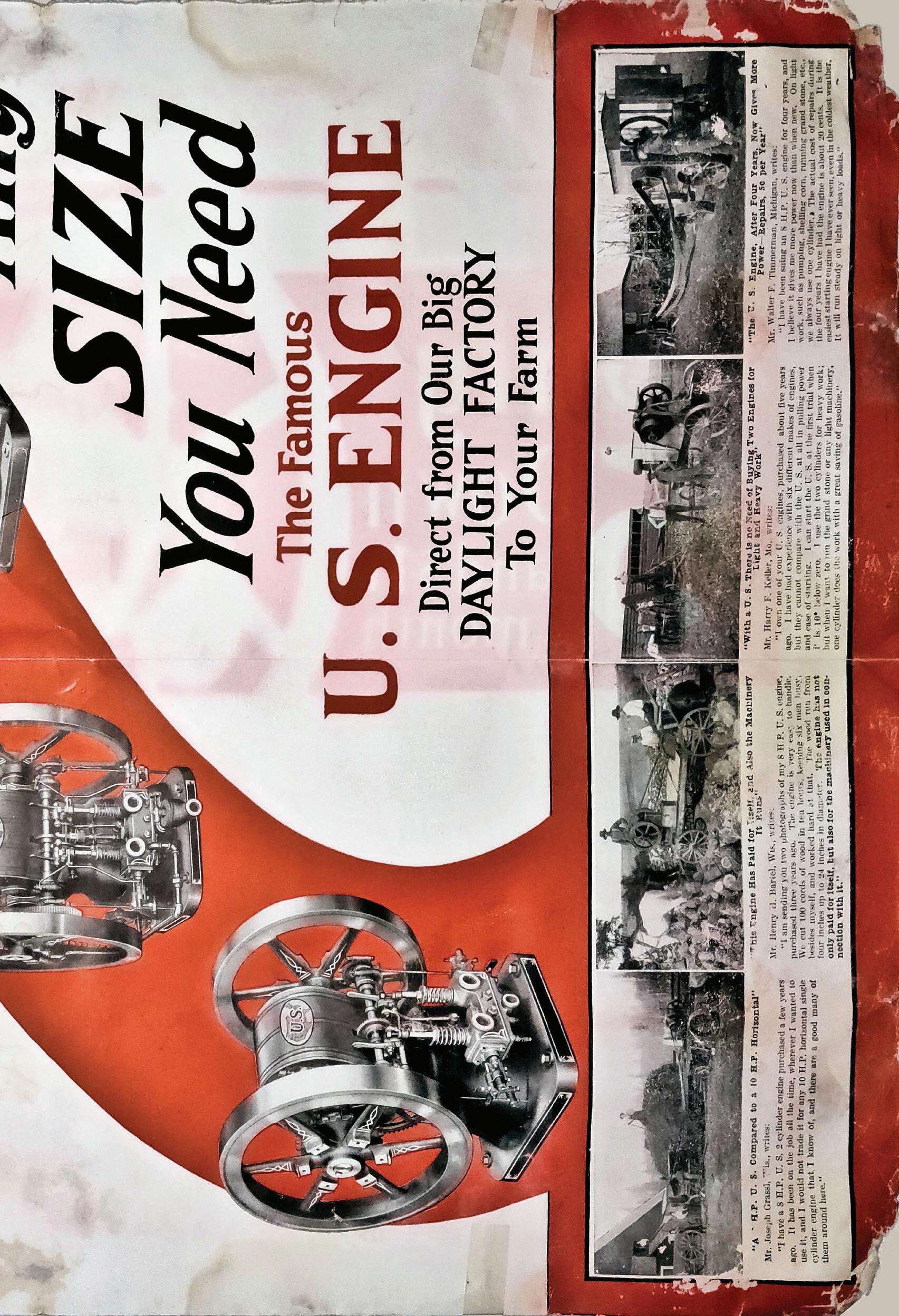


Cicero. Meanwhile, several longtime Temple leaders –then in their mid-seventies –retired, taking decades of experience with them. In April 1914, new leaders were introduced. Just two months later, the company’s ads disappeared and Temple products were advertised by U.S. Engine Works. U.S. Engine Works extended what the company proclaimed as the “Greatest Engine Offer” ever made. But by late 1915, those ads vanished. Less than a year later, following a prolonged and violent labor strike,
Dating to the 1850s, Temple Pump Co. was a long-established company in Chicago when it entered the stationary engine business in 1901, but a struggle with market headwinds led to its demise. In September 1911, U.S. Engine Works entered the stationary engine market in Chicago, advertising engines similar to those produced by Temple. Temple went on the offensive, selling its mammoth factory in 1913 and building a new facility in nearby
www.FarmCollector.com July 2023 25
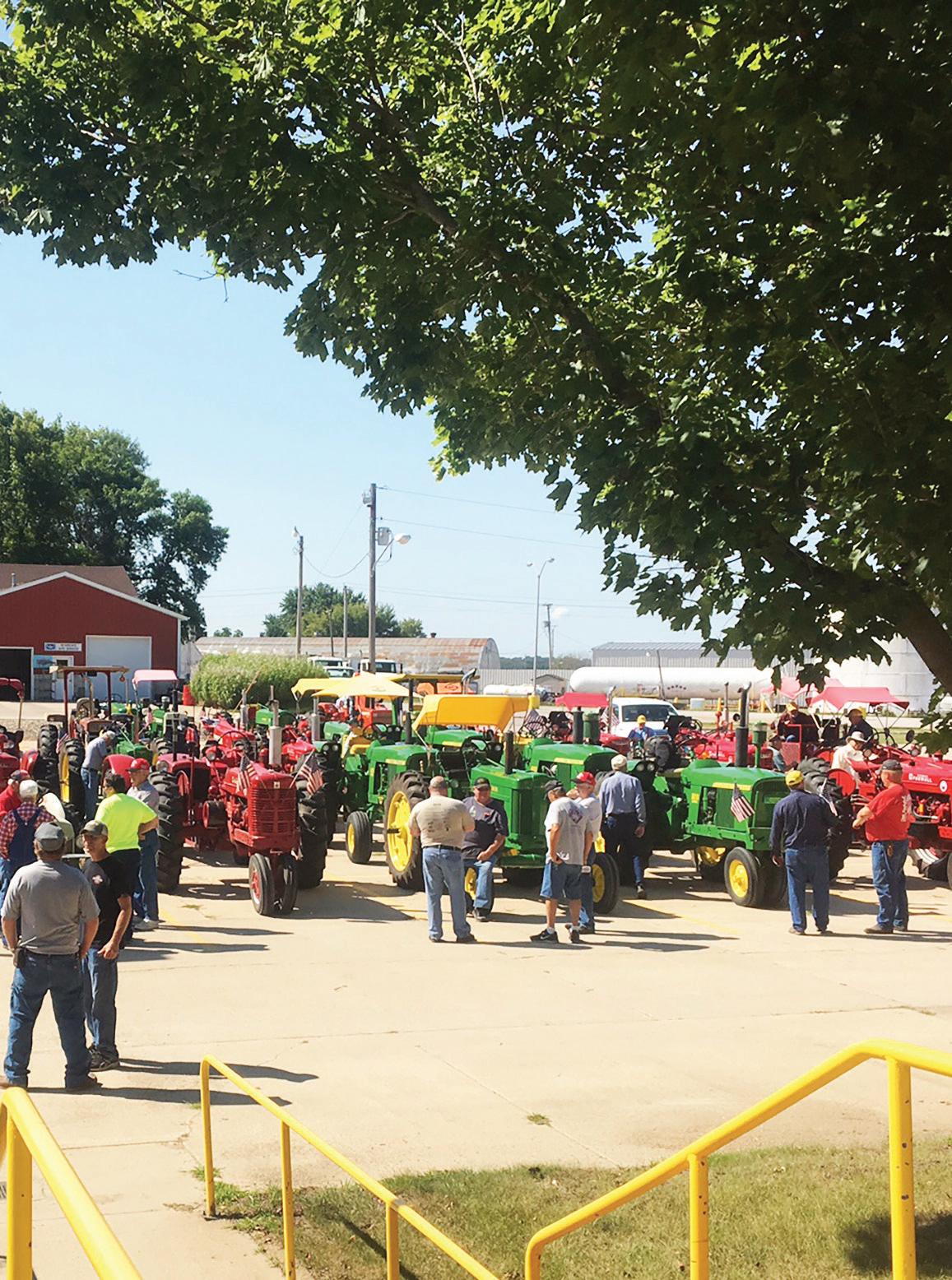

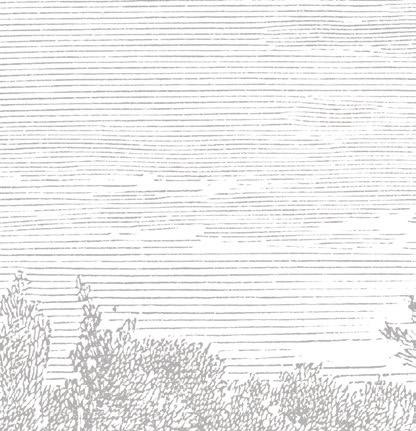
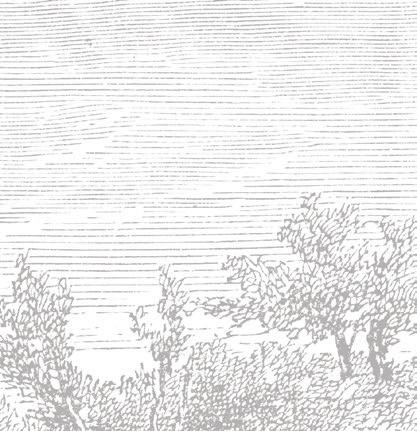
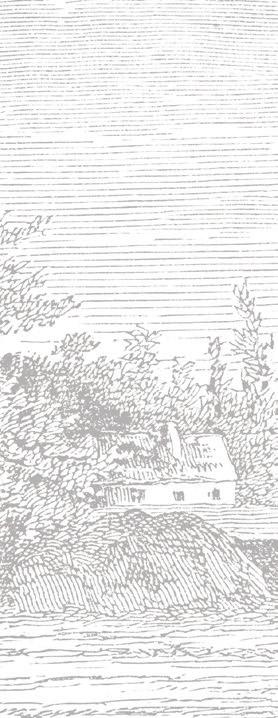

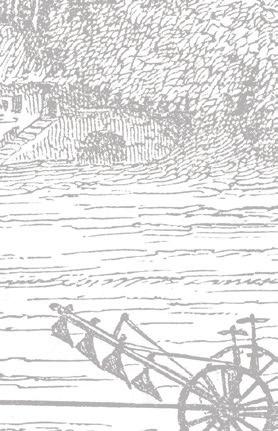
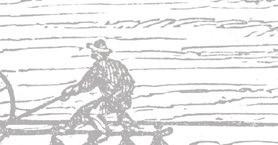



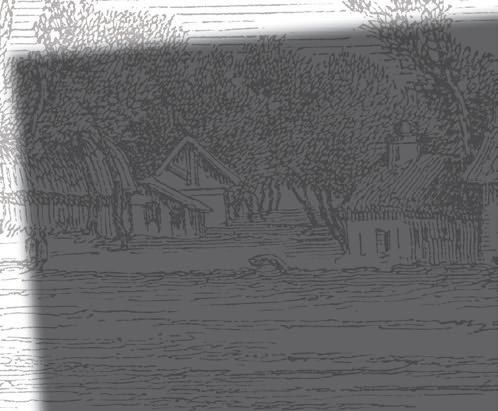




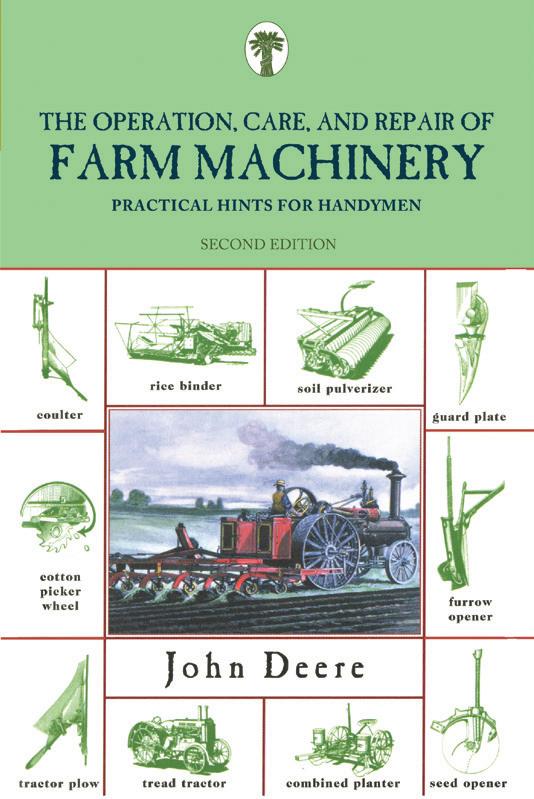








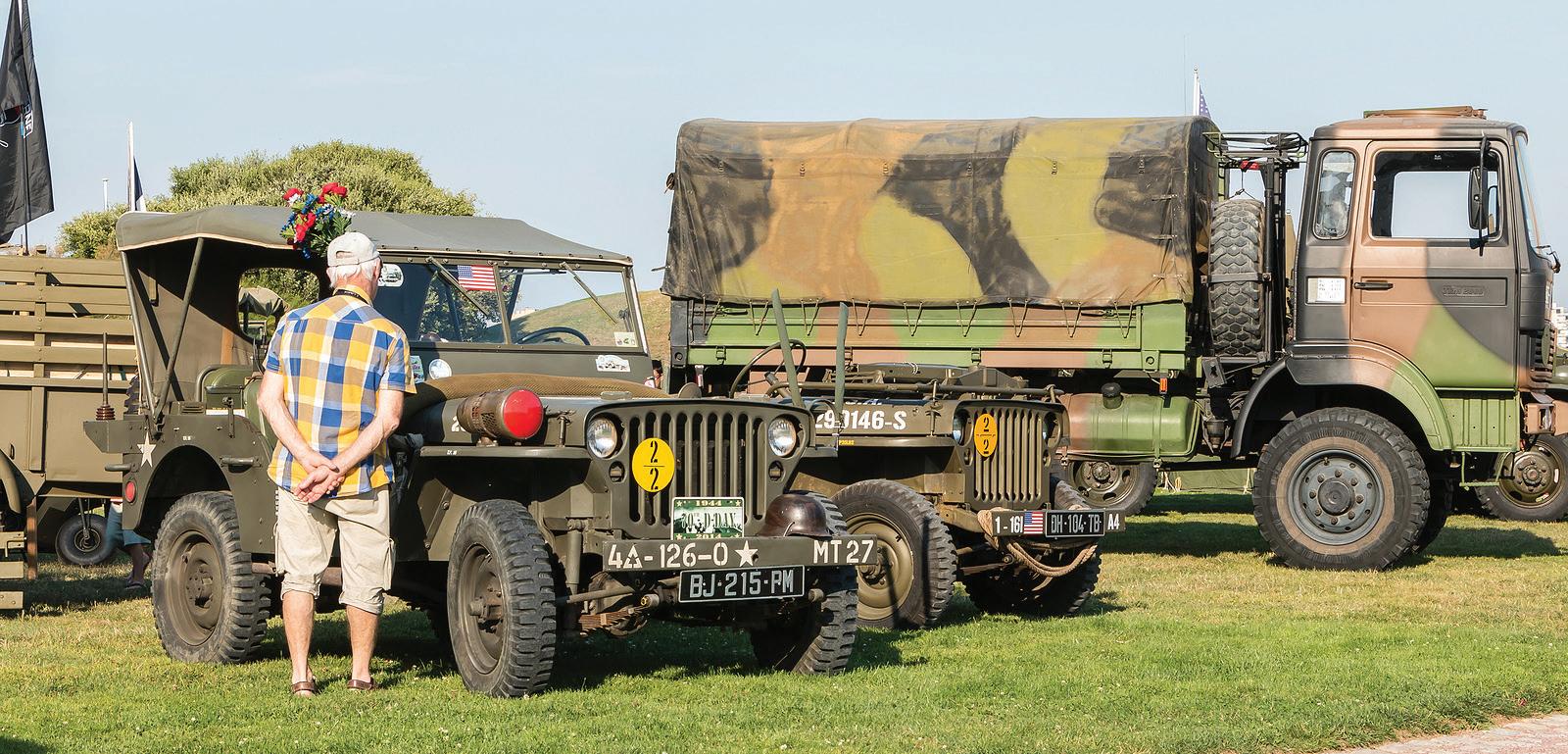

Visit Us Online or Give Us Call We carry parts for all makes and models including Allis-Chalmers, Case, Case IH, Ford, International, John Deere, Kubota, Massey Ferguson, Minneapolis-Moline, New Holland, Oliver, White and many more. YesterdaysTractors.com We have the best community forum for antique tractor discussions including repair tips, history of tractors and locating hard-to-find parts 800-853-2651 YesterdaysTractors.com Antique Parts In Stock For All Makes & Models! ........................................ The Operation, Care, and Repair of Farm Machinery Learn from these practical hints for handymen! $14.95 ITEM# 10716 Please call 866-624-9388 to order. Or visit Store.FarmCollector.com PROMO CODE : MFCPANZ2 Every Labor Day Weekend Rollag, MN | www.rollag.com | @WMSTR Western Minnesota Steam Threshers Reunion September 1 - 4, 2023 - Rollag, MN Kids 14 & Under FREE • $15/Day • $30/Season Pass $50/4-Day Primitive Camping • FREE RIDES on thE bIg 353 locomotIvE & mInIatuRE RaIlRoaDS • gIant woRkIng StEam EngInES & ShovElS • RaRE antIquE gaS EngInES, StEam caRouSEl RIDES • HORSE powERED DEmonStRatIonS, plowIng, tRactoR pullS • blackSmIthS, FounDRy, SawmIllS, pIonEER lIvIng • HEARTY mEalS, SouvEnIRS & all youR Rollag FavoRItES! Honoring Veterans and Military Equipment
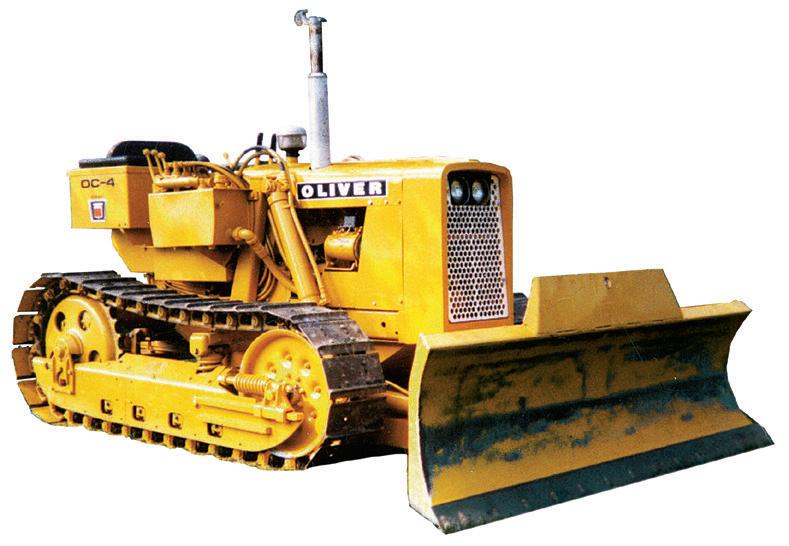
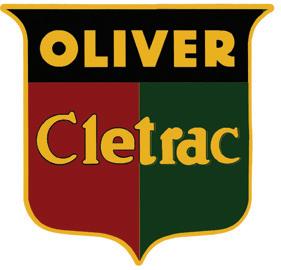
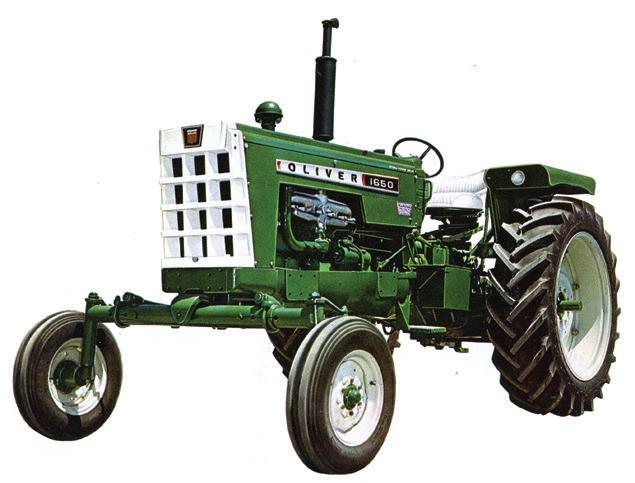
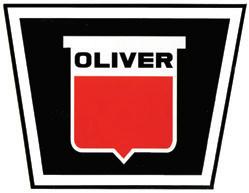
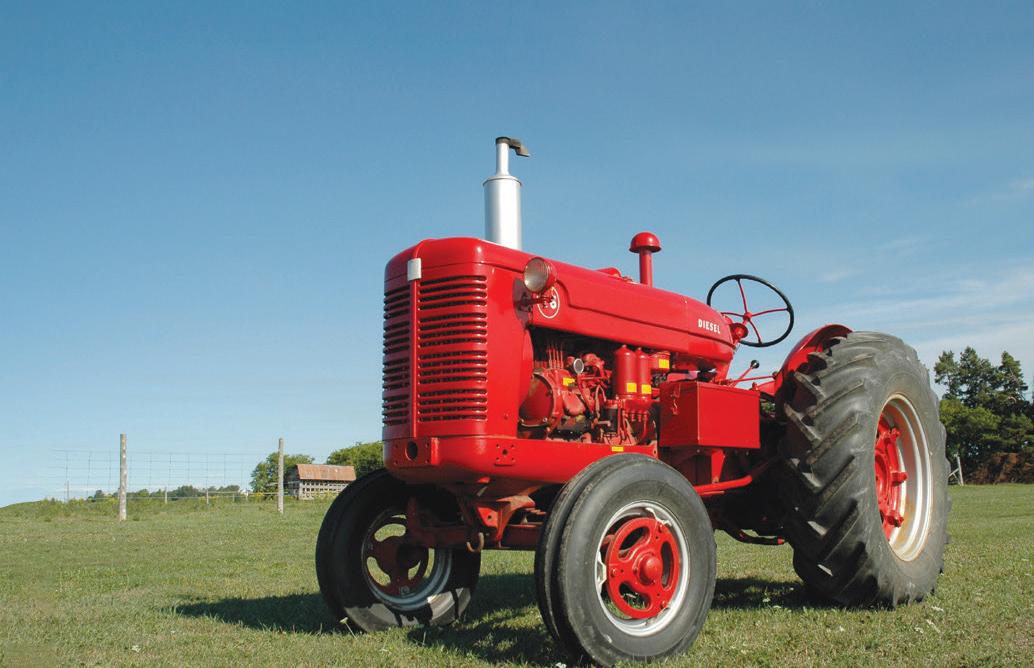



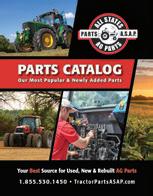

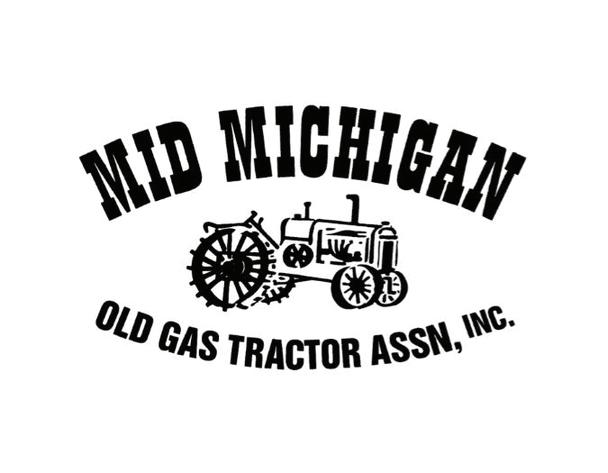











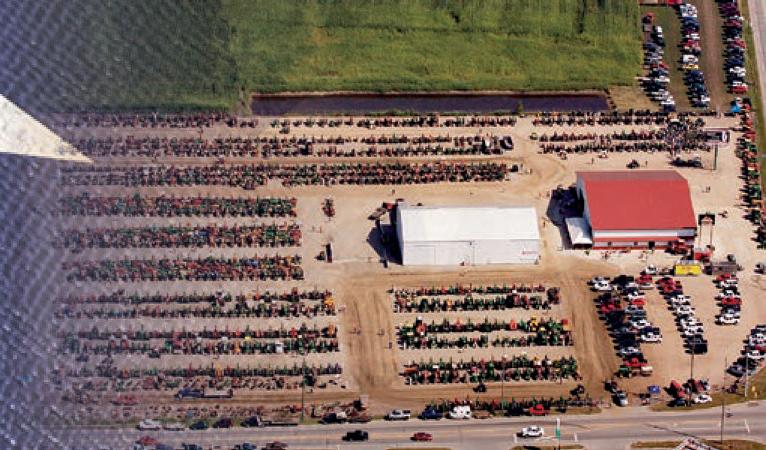














































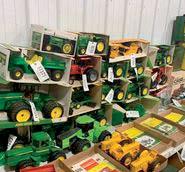

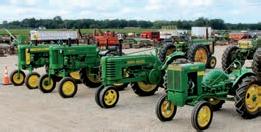
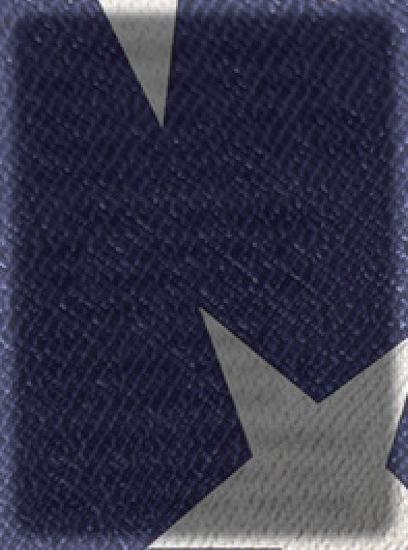













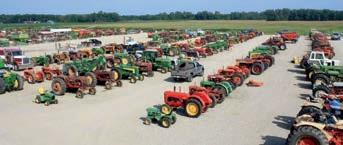

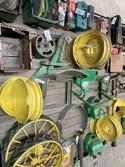









ZIMMERMAN OLIVER-CLETRAC 1450 Diamond Station Road, Ephrata, PA 17522 Phone: 717-738-2573 Fax: 717-733-3529 PARTS AND SERVICES FOR THE OLIVER-CLETRAC WHEEL & CRAWLER TRACTORS • NEW • USED • REBUILT NEED OLIVERCLETRAC PARTS? 877-530-4430 TractorPartsASAP.com ALL STATES AG PARTS HAS MILLIONS OF PARTS IN STOCK & READY TO SHIP HARD TO FIND GENUINE USED PARTS & QUALITY REPLACEMENT PARTS AT AFFORDABLE PRICES We Have The Best Selection of New, Used and Rebuilt Ag Parts For All Makes & Models 1 YEAR WARRANTY ON ALL PARTS CALL US OR GO ONLINE FOR A FREE CATALOG Gates open at 7:00am Daily Donations: Adults $10 Students 13-18 years $5 Kids 12 & Under Free Senior $5 (Friday Only) 3 Day Pass $20 Live Harvesting & Tilling Demos Cider Mill Steam Engines Black Smith Handle Mill Veneer Mill • Saw Mill Tractor Raffle Museum Flea Market Arts & Crafts Kids Crafts Petting Zoo 49th Annual Show August 18-20, 2023 Michigan's Largest Gas Tractor Show! FEATURING: Cockshutt 17180 W Ferden Rd, Oakley, MI For More Info Call: (517) 625-3263 Or visit us at mmogta.org Exhibitors: 2 Free Passes No ATV's Except Handicap No Pets on Grounds No Camping with Displays Primitive Camping Only Free Parking Good Food On Grounds MMOGTA Souvenirs Working Displays Tractor Pulls u c t i o n A Farm Collectibles & Antique Collector Tractor 3 HUGE DAYS! Aug. 31 - Sept. 2, 2023 Thursday, AUGUST 31 Ring #1 - Tractor Parts Ring #2 - Toys, Signs, Memorabilia, Collectibles, Literatures & Primitives Friday, September 1 • Ring #1- Hundreds of Non-Running Tractors & Running Tractors Ring #2 - Equipment, Implements, Pallets of Parts & Much More!! Saturday, September 2 Hit & Miss Motors & 150+ Highly Desirable Tractors 72435 State Road 15 New Paris, IN 46553 1.877.915.4440 #AU19400160 ACCEPTING CONSIGNMENTS NOW through AUGUST 30! ONLINE BIDDING AVAILABLE!! Celebrating Labor Day Weekend 40th Annual
THE FARM JEEP’S UNLIKELY HERO:
How the FORD 9N TRACTOR saved WILLYS
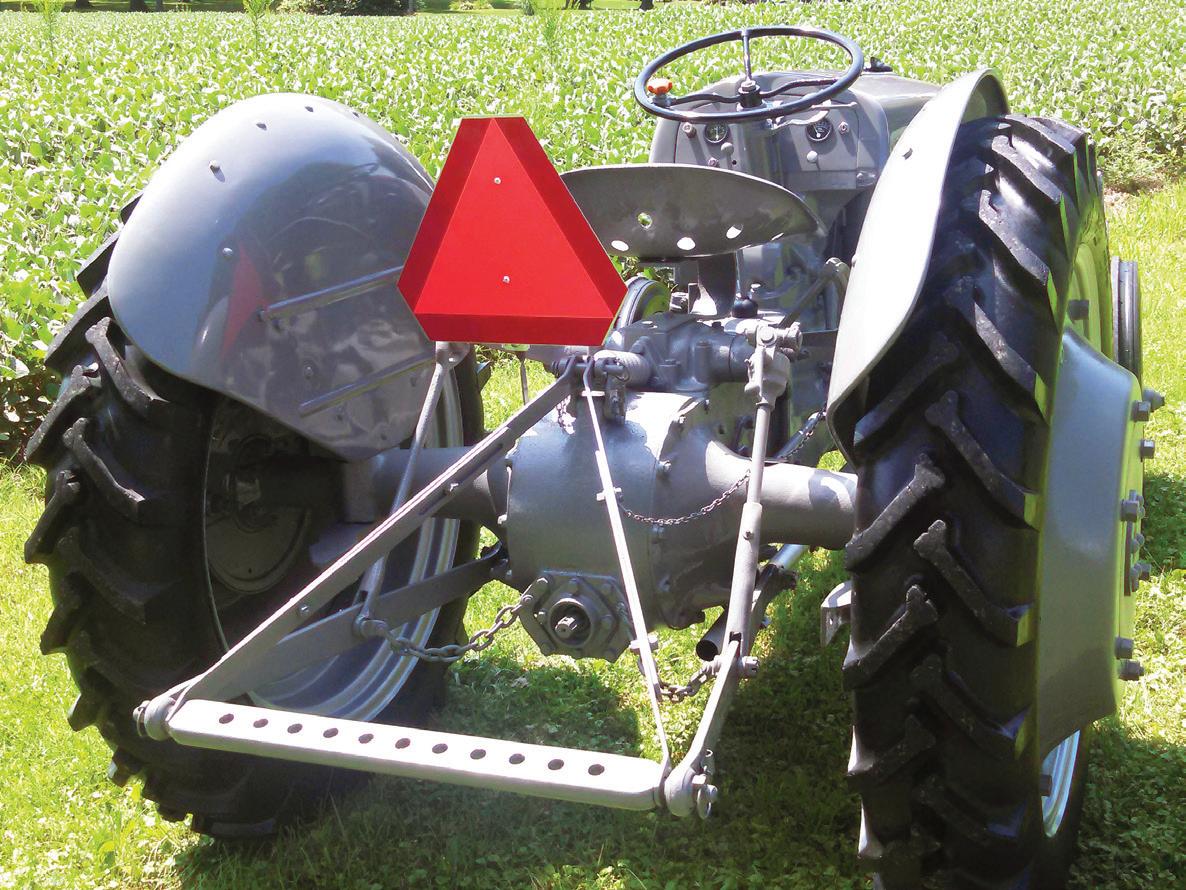
THE FORD 9N, THE FERGUSON 3-POINT SYSTEM AND THE BRILLIANT MIND OF A PRODUCTION EXECUTIVE LEFT A LASTING MARK ON THE FARM JEEP
By Barry Thomas
My research on the Willys Farm Jeep keeps leading me back to the Ford 9N tractor. In my May 2022 Farm Collector article (“Jeeps on the Farm”), I noted that the 9N was the Farm Jeep’s main competitor. Charles E. Sorensen, Henry Ford’s production executive before becoming president of Willys-Overland (just Willys hereafter), played a key role in development of the 9N. That Sorensen would copy the Ford 9N tractor as he worked on the Jeep is no surprise. That the little 9N saved the Willys Jeep and the Jeep brand we know today may take some explaining. Let me connect the dots.
Search the Farm Collector archives online, and you will find several articles on Henry Ford and Harry Ferguson. Most readers will be familiar with the “million-dollar handshake” that brought the Ferguson 3-point
system and Ford’s tractor engineers together in 1938. Within a few short months, a very small group of engineers designed the iconic little tractor and put it into production. Sorensen was there for all of it.
The role of “Cast Iron Charlie”
Charles Sorensen was Henry Ford’s right-hand man for 40 years. His nickname, “Cast Iron Charlie,” stems from his metallurgy skills. His many talents also included engineering and production expertise. As America went to war for the second time in the Henry Ford era, Sorensen found himself in charge of military contracts, including building the B-24 bomber. The B-24 was made up of more than 488,000 parts. By war’s end, the bombers were produced at a rate of one per hour. Sorensen also oversaw construction of the U.S. Army’s 1/4-ton truck, also known as the military jeep.
But in 1938, Sorensen was completely focused on development of the 9N tractor. In 1916, Ford had taken his son, Edsel, and Sorensen with him when he left Ford Motor Co. to form Henry Ford & Son to build the Fordson tractor. Twenty-two years later, Ford again tasked Sorensen with overseeing development and production of a new tractor.
In his book My Forty Years with Ford, Sorensen details his experience working with Ferguson. Sorensen was not a fan. Even after having left Ford, he returned to testify on behalf of Ford when Ferguson filed his famous lawsuit. What is important to us is that Charles Sorensen knew all about tractors.
28 July 2023 Farm Collector
Dennis Rinehart’s 1939 Ford 9N (Serial No. 8235). Photo courtesy of N-News Magazine / Robert Rinaldi Jr.
A 40-year relationship ends
Sorensen’s book details the sad circumstances of Henry Ford forcing him out of the company in 1943. When Ford’s son, Edsel, who had been heading the company, died of cancer, the old man assumed responsibility for running the company again.
Fearing that Ford’s mind was unstable, Sorensen told him that he needed to bring his oldest grandson, then serving in the U.S. Navy, home to run the company. The elder Ford ignored Sorensen and appointed himself as Edsel’s replacement. Others would finally convince Ford to bring his grandson home, but Sorensen knew he was no longer a part of the team that had been built over 40 years, and invoked the retirement deal he had made in 1941.
Sorensen’s departure caused great concern in Washington. Ford was not liked or trusted by those running war production programs. Sorensen convinced government leaders that Ford’s grandson could bring stability to the company. Shortly after Ford’s grandson was released by the Navy and returned to head the company, Sorensen headed to Florida.
An impossible-to-ignore “offer”
Sorensen didn’t stay retired for long. Government officials and car manufacturers soon knocked on his door. He was one of the most famous and highestpaid production executives of the time. The Detroit Free Press reported in June 1944 that Sorensen’s last reported 1942 salary at Ford was $220,000 ($4 million today) and Willys offered him $52,000 annually ($880,000 today) plus a huge stock option. Clearly, he wasn’t attracted by Willys’ salary offer.
So why did Sorensen choose Willys?
According to at least one story, the jeep itself sealed the deal. In a This Week magazine article published in July 1945, just before the civilian Jeep’s introduction, author Arthur Bartlett described Sorensen as having been the production genius of Ford Motor Co. for nearly 40 years when he resigned and retired 18 months earlier.
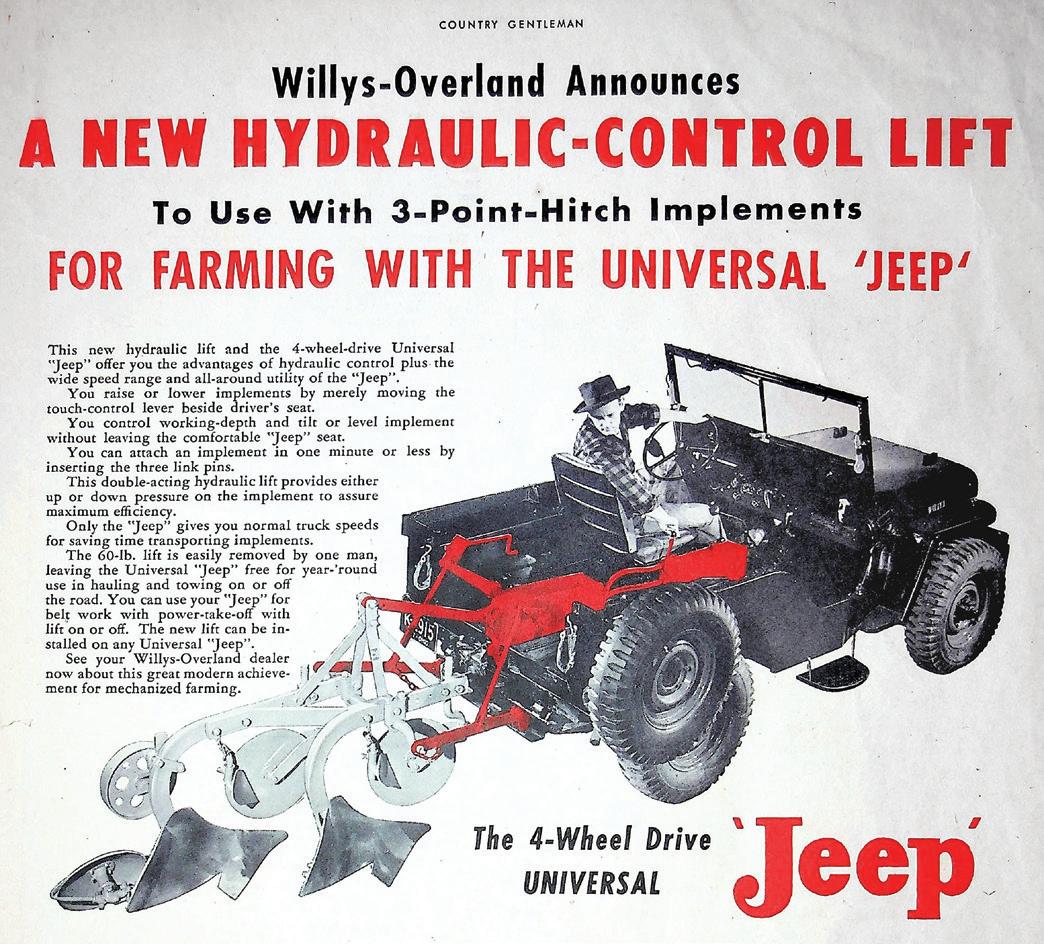
“Various industrialists began making him offers, trying to get him back into the making of cars,” Bartlett reports. “He turned them down. But then, one day, Ward Canaday, chairman of the board of Willys-Overland, tried a new form of persuasion. He sent Sorensen a jeep.
“Sorensen, of course, knew all about jeeps from the manufacturing standpoint. He had been making them at Ford. But now he began to play around with them as the ultimate consumer. He drove it around the farm, on the roads and off. He hauled things in it, using
it as a light truck, which is its proper technical classification. He used it as a tractor, having it pull a plow and do a dozen other farm chores. He rigged attachments to it, and had it saw wood, spray trees and do other jobs as a mobile power unit. And within three months, he had adopted it as his postwar baby, and given up the idea of resting any longer. He accepted the presidency of Willys-Overland and went to work on the domestication of the jeep for civilian uses.”
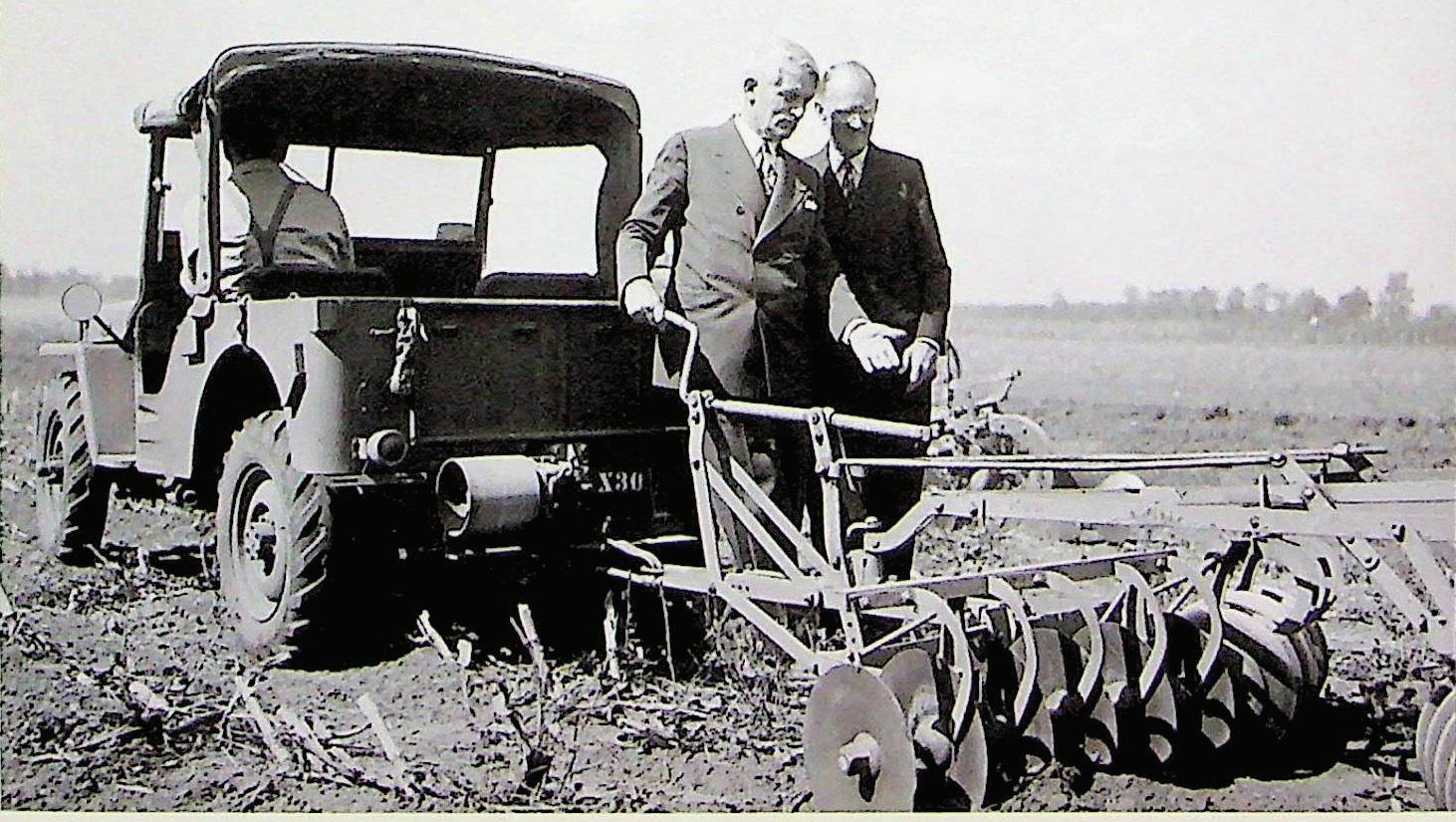
Was that the true story, or just a publicity stunt put out in the days just before the civilian Jeep was unveiled? I believe there is at least some truth to it. Sorensen never wrote about his time after leaving Ford. It is clear from reading his book that he only felt pity for Henry and did not seek revenge by competing with him. Henry Ford had no interest or need to build a civilian version of the military jeep. While there might be direct competition with the Ford tractor, there would be no competition with Ford cars and trucks.
Whatever the reasons Sorensen went to Willys, no other automotive executive at the
time could bring to the table what he did. He had been building Ford’s version of the jeep (largely based on Willys’ design), he knew the workings of the 9N and he knew how to produce things.
The civilian Jeep
Never a man to waste time, Sorensen went to work immediately to bring the civilian Jeep to market. By July 1945, before the war had ended, Willys introduced the Universal Jeep model CJ2a in a demonstration held at Sorensen’s farm. This was the same 2,000-acre farm he had used when testing the Ford 9N tractor.
The new CJ2a was marketed to the returning GI who had a small farm but

www.FarmCollector.com July 2023 29
This 1948 ad shows the new Monroe hydraulic lift for the Jeep. Note the similarity to the 9N lift. Photo courtesy Barry Thomas.
Charles Sorensen and Ward Canaday behind the AGRIJEEP (CJ2-06). The pictured Jeep was restored by the late Tremaine Cooper, a noted Jeep collector. The Jeep is now part of the Klairmont Kollections Automotive Museum in Chicago. Photo courtesy of Keith Buckley.
didn’t own a tractor. In the post-war years, horses still outnumbered tractors on the farm. Early on, Willys engineers envisioned a Jeep that could take the place of horses and mules, pulling ground-driven implements. But within 14 months of the CJ2a’s introduction, Sorensen unveiled a hydraulic lift system for the Jeep nearly matching that of the Ford 9N tractor. Once again, the demonstration took place on Sorensen’s farm.
Suddenly the Jeep was more than a replacement for horses, something only Sorensen could pull off. It was offered as a fully functional tractor in the same class as the Ford 9N. If a farmer in the late 1940s and the ’50s wanted a tractor with a hydraulic 3-point hitch, he could buy a Ford tractor, a Ferguson tractor or a Jeep. The Jeep was the only farm vehicle that could be used as a truck, a car, a mobile power source (for powering machines with a belt or shaft) and a tractor. It was the first farm utility vehicle.
Ford 9N sales were slow at first, largely due to the fact that buyers would need to
purchase new implements as well. But as farmers began to see the tractor’s benefits, 9N sales took off. Slowed by war-time restrictions, Ford was still able to introduce the 2N. Post-war demand was going to be high, and Sorensen wanted his Jeep to compete in that market.
Would the Jeep have sold just as well if it hadn’t been designed to compete with the 9N? As just one more light tractor in an already crowded market, the Jeep was nothing special without the hydraulic lift. In fact, without the advantages of the 3-point lift, it was not a good choice for a tractor at all. Its multiple uses might not have been enough to overcome the disadvantages of its large turning radius (a real problem with traditional pulled implements) and limited implement visibility when used as a tractor.
Motor by Willys, body by Maytag
Interestingly, Sorensen’s biggest contribution to the Jeep brand wasn’t the
hydraulic lift. Jeep historian Jim Allen, writing in the Winter 2021/2022 issue of The Dispatcher magazine, notes how Sorensen saved Willys from itself.
Willys’ board and stockholders wanted a post-war car. They saw the CJ2a as a mere sideline and not the purpose of a real car company. Sorensen knew that Willys would never be able to compete with the likes of Detroit’s giants for resources, including bodies.
Sorensen proposed a line of utility vehicles that could be assembled from parts punched out by appliance manufacturers: Body panels would have minimal curves and no intricate stamping. To enable immediate production, it would make use of the Willys 4-cylinder engine and the flat fender and slab sided-design of the military jeep.
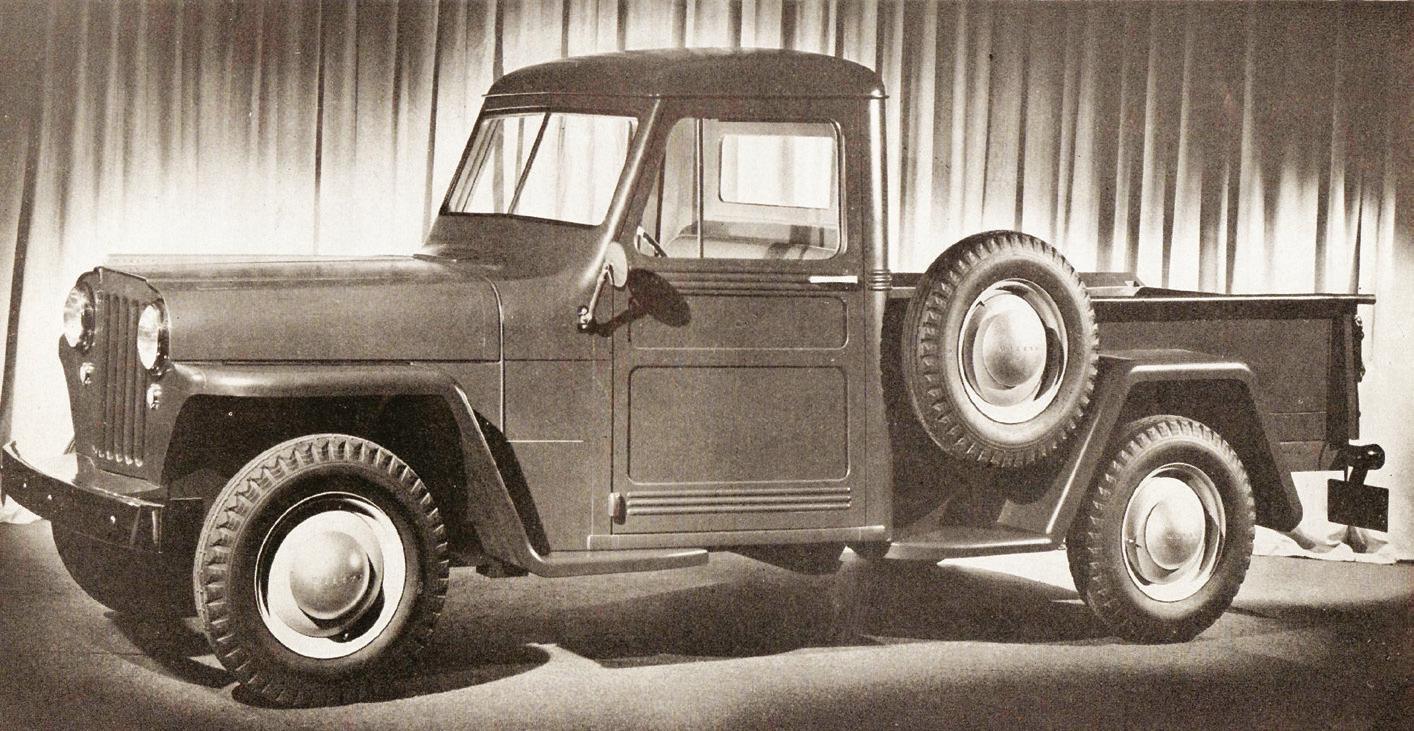
Victim of boardroom battles
The March 1946 Willys-Overland semi-annual financial report laid out Sorensen’s plan for a “Utility Line,” but also promised a future “Motor Car Line” when the time was right. But by the time the report was issued, Sorensen, who had been battling with the board, had been “bumped upstairs” and was listed as board vice chairman.
Sorensen was actively involved in Willys only from 1944 to 1946, although he would be on the payroll into the 1950s. His “Utility Line” of Jeep trucks, station wagons and panel trucks lasted into the 1960s. Willys didn’t have to rely solely on sales of the Jeep or compete in the car business. That move most likely saved it from the fate of so many of the independent automakers in the post-war years.
Sorensen’s time at Willys was stormy. It is doubtful that any other executive could have survived. From his years with Ford, Sorensen knew what it would take for Willys to be successful. What comes after his departure is testimony to what could have happened if Sorensen had caved to the Willys board’s desire for a car.
You remember Aero Willys, don’t you?
By 1951, Willys had survived the post-war Detroit battles by following Sorensen’s plan of building on the basic utility vehicle concept. The company had avoided costly annual model changes and made changes to improve performance and efficiency, but not style. Willys’ leadership, which had been able to implement Sorensen’s plans, could no longer hold off dealer and stockholder demands for a car.
In 1952, the Aero Willys compact sedan was introduced. It remained in production until 1955. In April 1953, WillysOverland
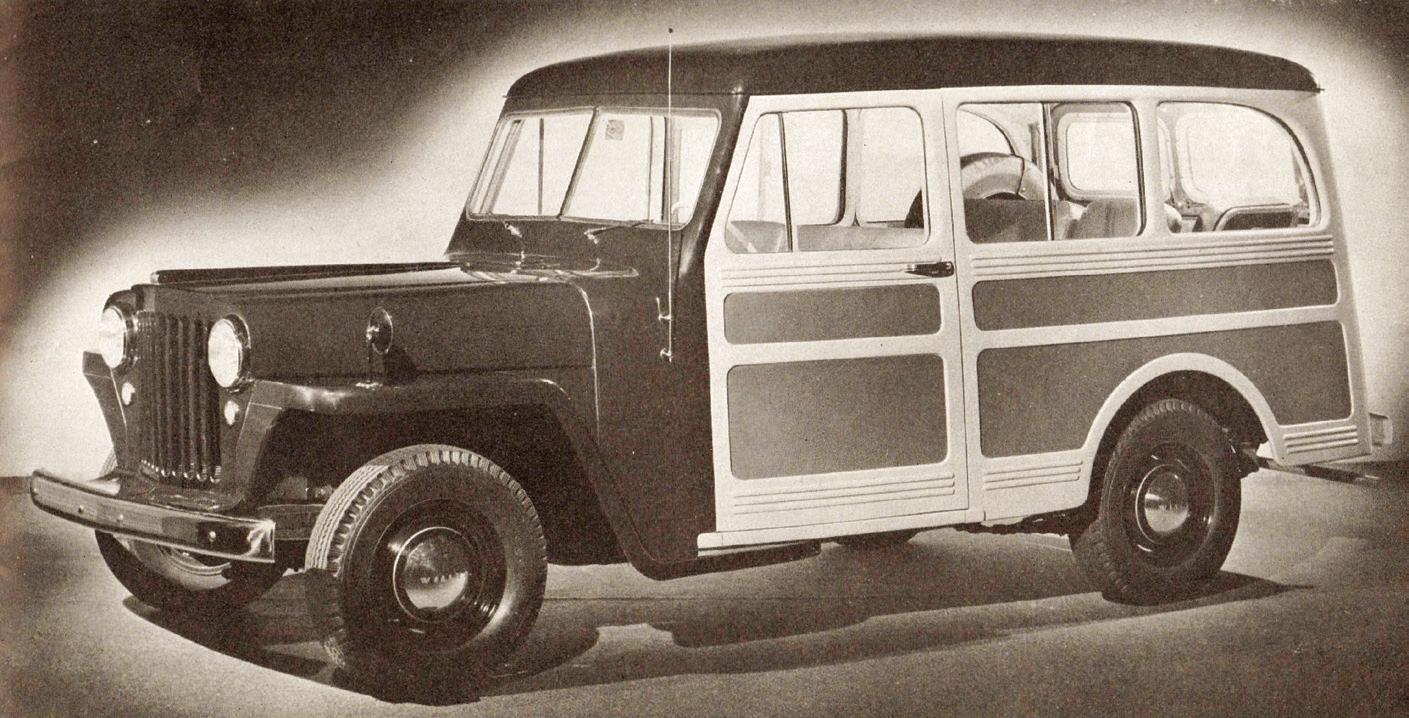
30 July 2023 Farm Collector
merged with Kaiser-Frazer to
This photo, taken from the March 1946 Willys-Overland financial report, shows the prototype station wagon. Photo courtesy Barry Thomas.
Photo from the March 1946 Willys-Overland financial report showing the prototype pickup truck. Photo courtesy Barry Thomas.
form Kaiser-Willys. Kaiser-Frazer’s Henry J sales were faltering, and Henry Kaiser had to merge with someone to stay in business. Willys-Overland was renamed Willys Motors Inc.
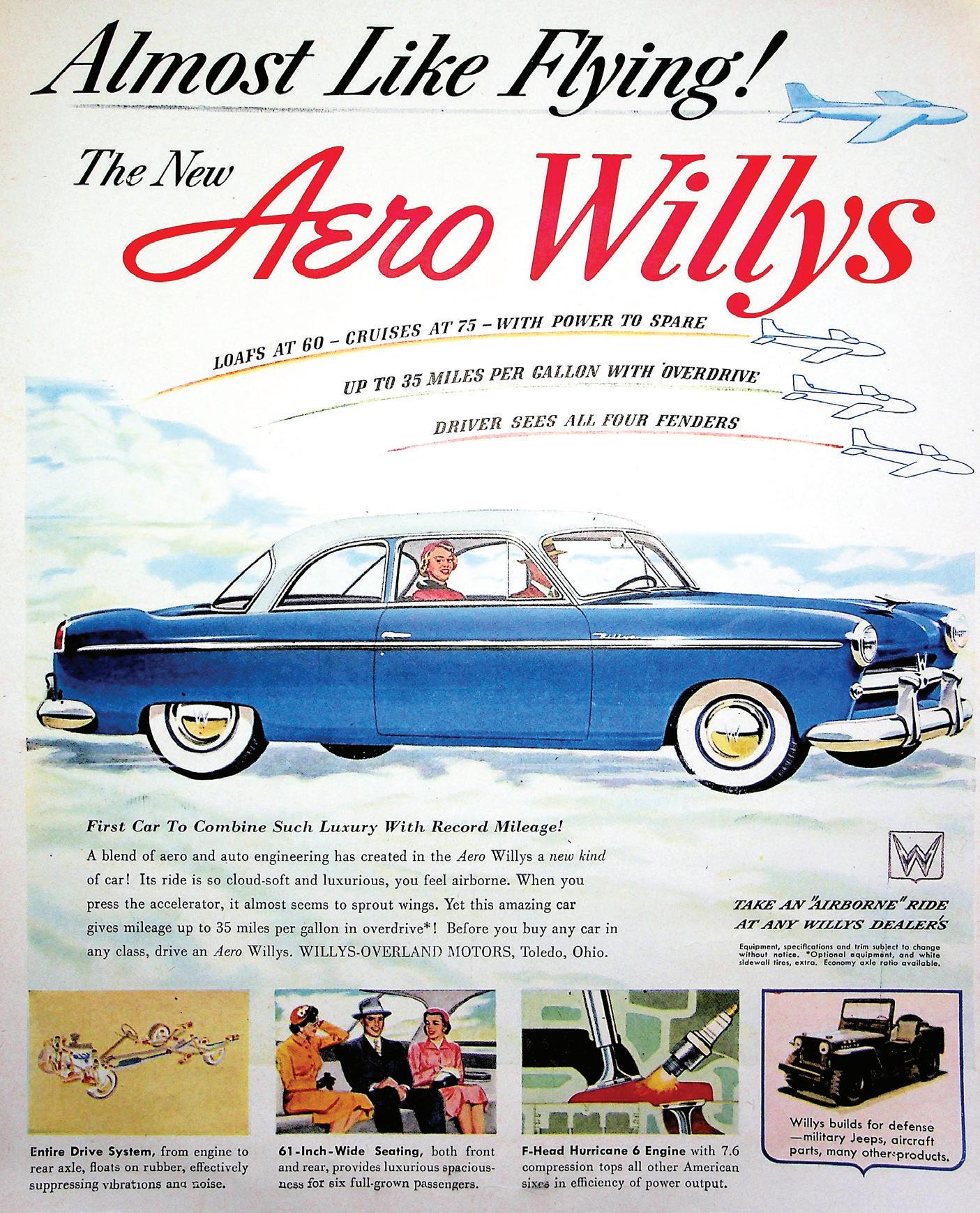
In his book The Story of Jeep, author Patrick R. Foster summed up what happened next. “The sales organization called Kaiser-Willys existed as long as there was a Kaiser car, which wasn’t long. The Willys car was still enjoying decent sales, although it certainly wasn’t setting the world on fire. In truth, the fate of both Willys Motors and Kaiser no longer rested on their passenger cars, but rather on the continued success of the Jeep line.”
One could argue that the names in the last statement could be changed nine more times and it would still be true. From 1945 until today, Jeep brand ownership has changed 10 times! (Think Kaiser Jeep, AMC, AMC/Renault, Chrysler, DaimlerChrysler, Chrysler LLC and so on.) That must be a record. While many individuals deserve credit for preserving the Jeep brand for almost 80 years, Charles Sorensen deserves top billing, followed by the Ford 9N.
What if?
Would the Jeep brand have survived 80 years without Sorensen’s intervention?
If Henry Ford hadn’t forced him out, I believe Sorensen would have remained with Ford until after the war. It is doubtful that Willys would have developed a 3-point hitch for the Jeep. None appear to have been planned by Willys before Sorensen’s arrival and no one else had the skill and knowledge to avoid patent fights. Ford Motor Co. and Harry Ferguson had vigorously fought the big tractor manufacturers (and each other) over patent infringements.
Finally, Willys’ board probably would have forced the company to produce a post-war car, alongside the Jeep. Given Willys’ post-war position in the car business, and having to compete with Detroit’s giants for resources, an earlier attempt would most likely have failed, and the little Jeep would have gone down with it.
Every Jeep owner and not a few modern
car companies should thank Henry Ford and the little Ford 9N tractor for making it all possible.
Barry Thomas and his son Evan have posted their Willys Jeep adventures to farmjeep.com since 2002. After Barry’s retirement, he turned his passion for history toward documenting the Farm Jeep story, including several articles on the Farm Jeep and its impact on the automotive industry
THE COMPLETE BOOK OF CLASSIC FORD TRACTORS EVERY MODEL 1917-1996
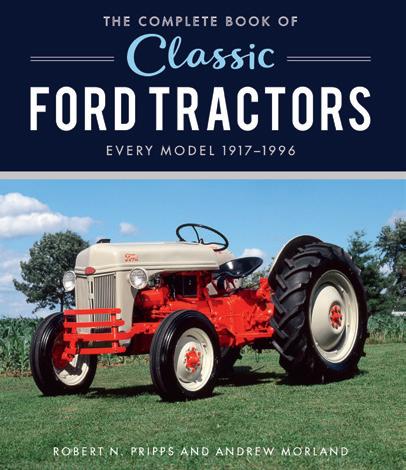
and agriculture. Email Barry at barry@ farmjeep.com.
The author gratefully acknowledges Robert Rinaldi Jr. and N-News Magazine for use of the 9N photo, and Keith Buckley of the Klairmont Kollections Automotive Museum in Chicago for the photo of the pre-production CJ2-06. Read more about this very special Jeep at farmjeep.com/farm-jeephistory/agrijeep-in-the-beginning/
In this comprehensive book, tractor historian Robert Pripps provides a detailed and complete account of Ford tractors, from the earliest Fordsons to the Ford-Fergusons, the Ford N Series, and the Ford “World” tractors manufactured into the 1970s. Amply illustrated, the book also offers extensive information on the numerous options and accessories, implements, and variations that came out of Dearborn, Sherman Bros., and the great Funk Bros. hot rod conversions that could make each of these popular machines utterly unique. In between, the book traces year-to-year model changes within each series. With content from Pripps’ previous best-selling books, The Complete Book of Ford Tractors is supplemented with new text, data-packed specification boxes, and a largely new selection of incredible color photography and period advertising. This title is available at Store. FarmCollector.com or by calling 866-624-9388. Mention promo code: MFCPANZ5. Item #11212.
www.FarmCollector.com July 2023 31
A 1954 ad for the Aero Willys. Photo courtesy Barry Thomas.
THE HOME BLACKSMITH
Author Ryan Ridgway, a veterinarian, and blacksmith with more than 15 years of metalworking experience, created this comprehensive volume to answer the many questions that new blacksmiths often have. Ridgway sets his book apart from less-detailed volumes by explaining the physics of moving metal, the different styles of anvils and forges, and alternative fuel sources. He presents 40 practical, easy-to-follow projects, showing aspiring blacksmiths how to make tools (such as hammers and chisels), farm implements (such as gate latches and hoof picks), and items for home use (including drawer pulls and candleholders).
The Home Blacksmith covers:
• The evolution of blacksmithing around the world and the differences between the tools speci c to each region
• The behavior of heated metal and the science of metalworking


• Setting up a shop safely and economically

• The heart of your shop, the anvil and forge, and the other essential tools
• Working with different types of steel, including how to salvage steel for different uses
• Techniques from beginning to advanced



• Step-by-step instructions for 40 blacksmithing projects: tools and other implements, as well as decorative pieces for personal use or sale
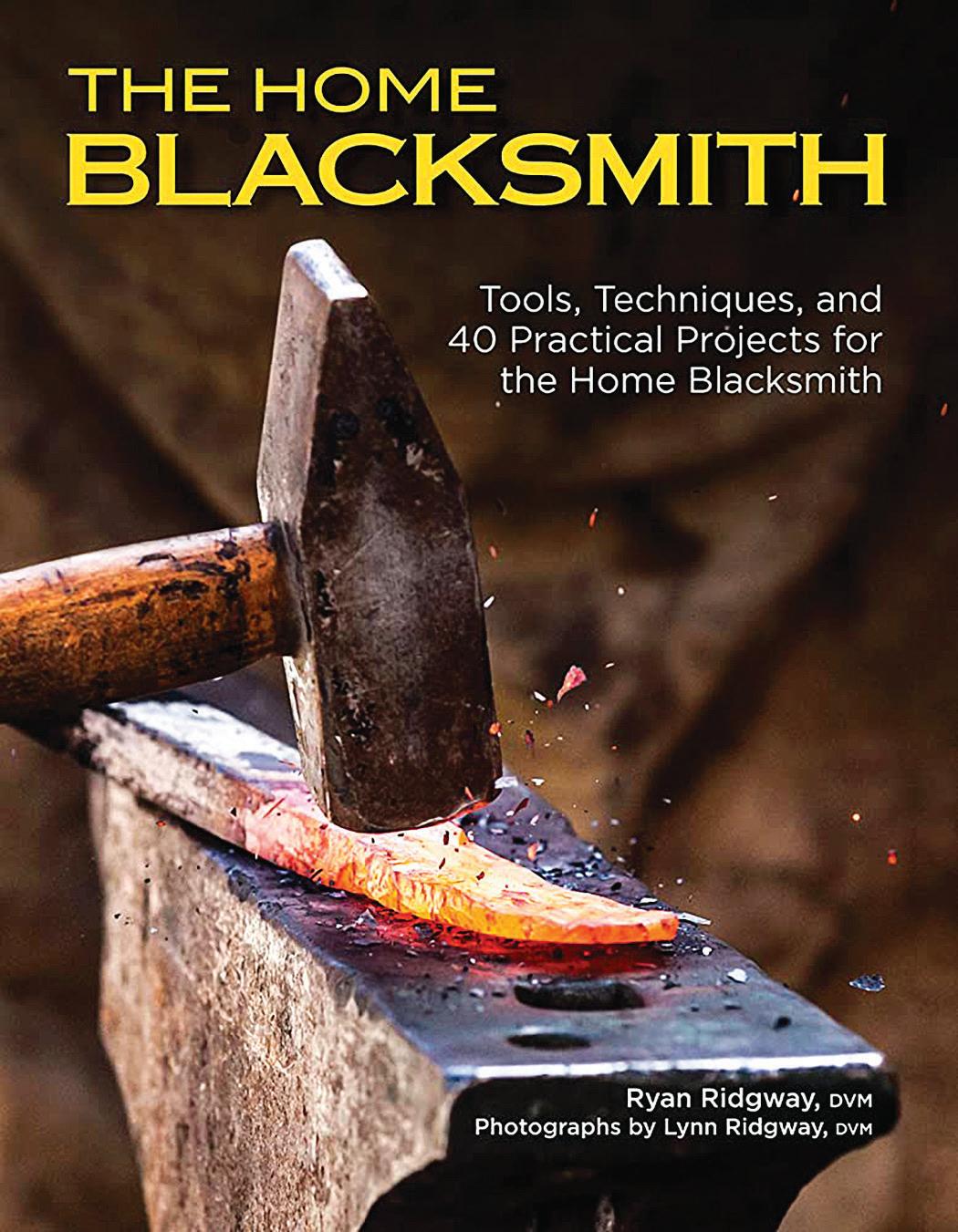
$19.99

ITEM #8061
Price does not include shipping and handling.

Visit Store.FarmCollector.com or call 866-624-9388 to order.
promo code MFCPANZ2.
Use
BOTTS GOES TO WAR
The wildly popular short story series, Alexander Botts and the Earthworm Tractor, from The Saturday Evening Post is back in print! In this excerpt from the 5th volume, Botts joins the U.S. Army and ships off to Europe! He needs to find fuel for a tractor in France before the Ally invasion. Will he sacrifice a French family’s prized Calvados, their 100-year-old apple liqueur?
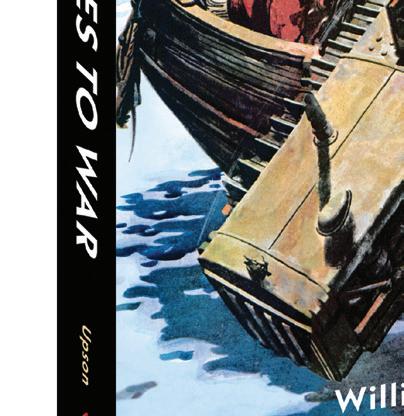
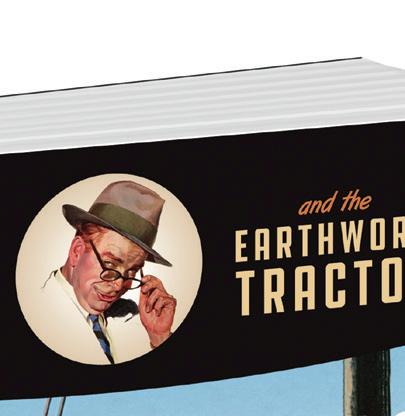
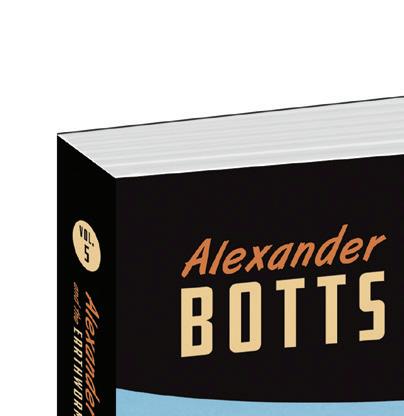
Calvados was too heavenly to use in the tractor. But I had to have fuel, and the only answer was the schnapps in the taproom of the hotel.
All I had to do was sneak up and grab the stuff. I would be bold, but I would also be cunning. I would leave another cask in place of the one I removed, so the Germans would not notice their loss.
I sprang to action. Heaving the 10-gallon cask – which must have weighed almost a hundred pounds – to my shoulder, I made my way to the house. Leaving this cask of Calvados for safekeeping in the pantry, I shouldered the exactly similar cask of vinegar, and staggered outdoors and up the hill.
I found the back door of the hotel, and I found the

IN LATEST RELEASE IN THE SERIES, ALEXANDER BOTTS OF EARTHWORM TRACTOR FAME BECOMES AN ENLISTED MAN IN WORLD WAR II
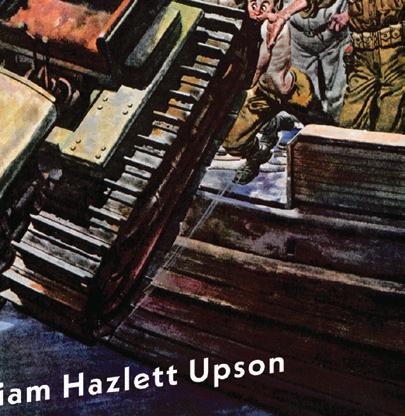
taproom. The Germans were all upstairs. I left the vinegar under the bar and I got back to the cellar with the cask of schnapps. The deed was done.
Before I had time to pour the schnapps into the tractor, I was startled by a sound like distant thunder. I slipped out to see what was going on. The night sky was full of planes, and for half an hour I watched great bombs bursting around the airport. Could it be that this was the prelude to the invasion?
I returned to the cellar, and ran right into Maman.
“Hello!” I said. “I didn’t know you were coming back. Why didn’t you tell us?”
“Because,” said Maman, “if Papa had known all I was going to do, he would have forbidden it. So I did not tell him, because I did not wish to disobey.”
“Oh,” I said. “And what have you been doing?”
Maman smiled proudly. “I have just moved the vinegar from the pantry to the taproom. I have returned with the vile schnapps, which you can use for your motor. And I will now carry the good Calvados to the house of my niece, where I can guard it safe.”
It took me a full minute to figure out what had actually happened. The three casks looked exactly alike. And Maman had been fooled. Instead of taking the vinegar to the Germans in the hotel, she had made them a present of her beloved Calvados. She had left me the vinegar – which would be no good in the tractor. And she had walked off with the wretched schnapps.
See if Botts can save the day and the Calvados in Botts Goes to War, available from Farm Collector. Get your copy online at store.farmcollector.com: Item #11942, $22.95.
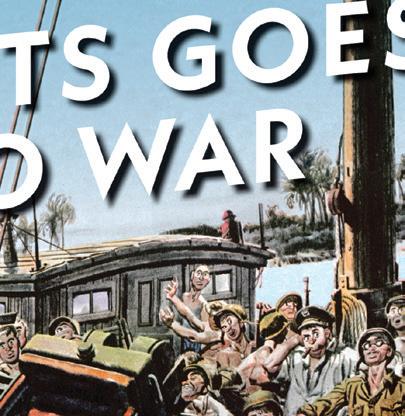
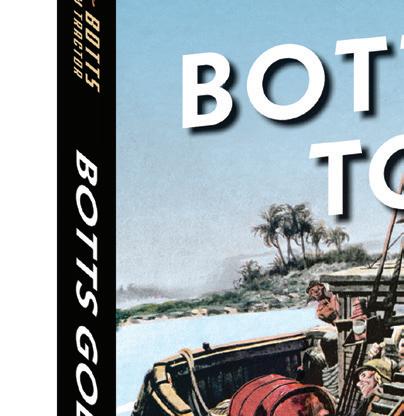
www.FarmCollector.com July 2023 33
Best Natural Fertilizer On Earth









“Chicken Soup for the Soil® improves your soil by feeding the microbes and supplying all the nutrients most fertilizers neglect.”
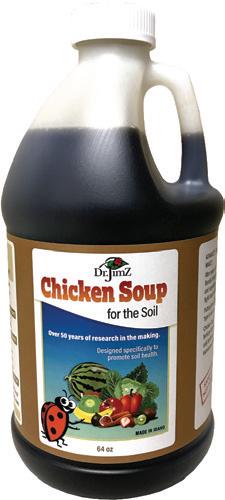
Grow higher quality fruits & vegetables with more color, better taste, less bug infestations & disease.
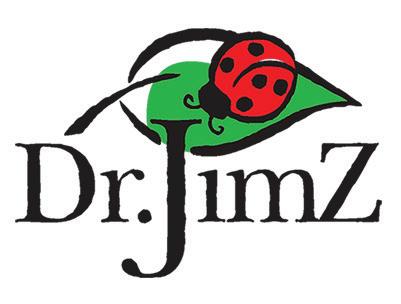
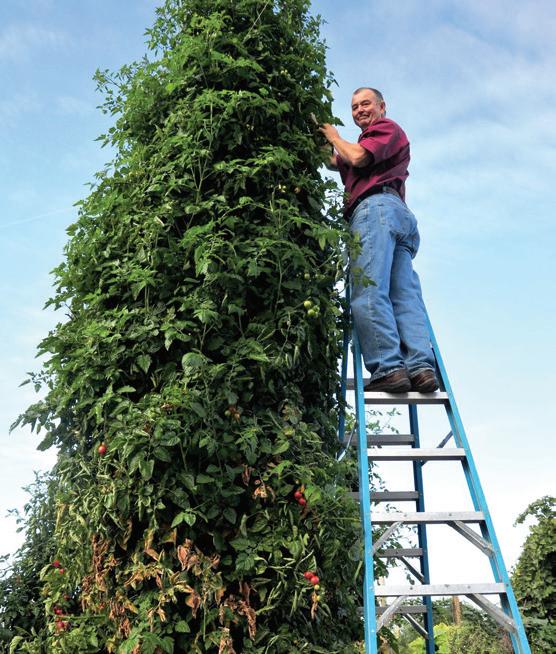
Contains all the elements in the periodic table (sea nutrients, amino acids, humic, fulvic, and other herbal extracts).


All natural, toxin free, & bioavailable.





Non-leaching formula / nutrients accumulate over time.



























Perfect for gardeners, growers, and farmers. humic, ranchers and farmers.

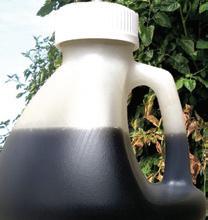













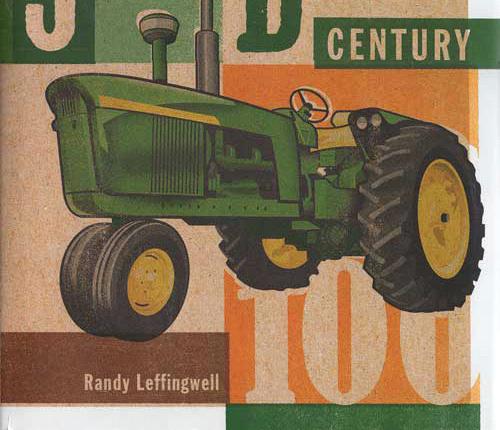























































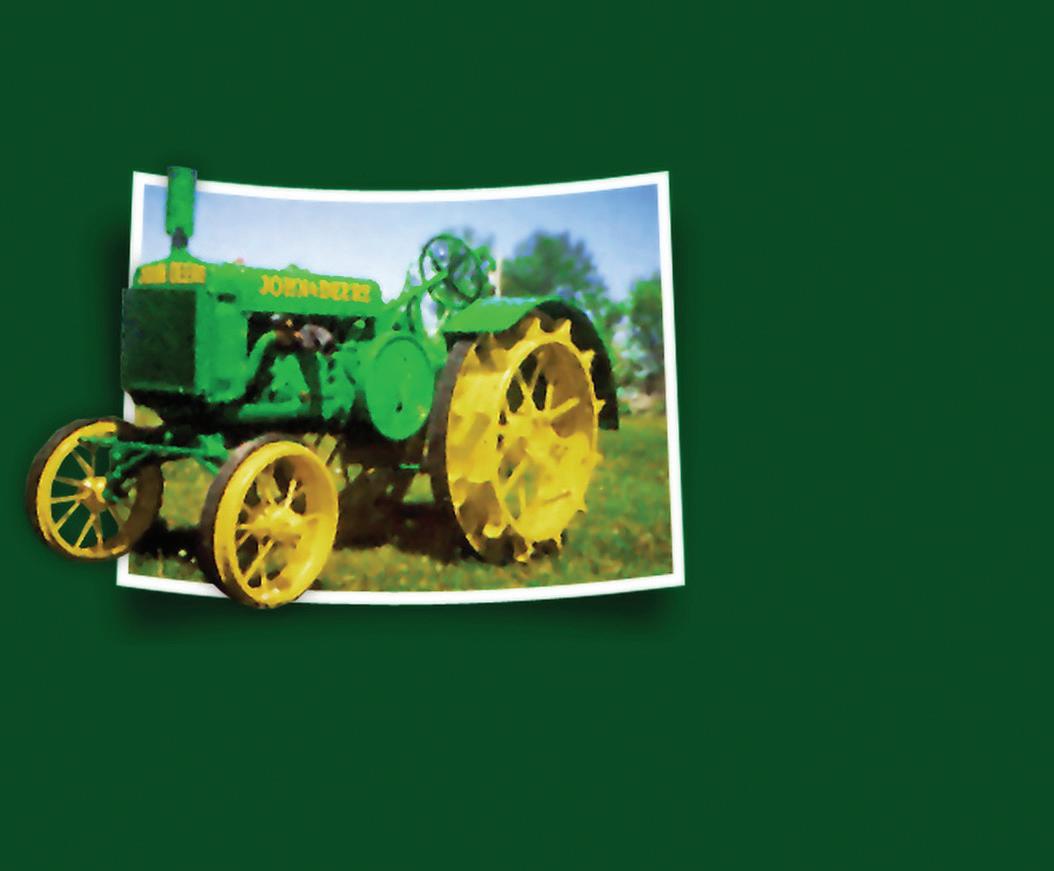
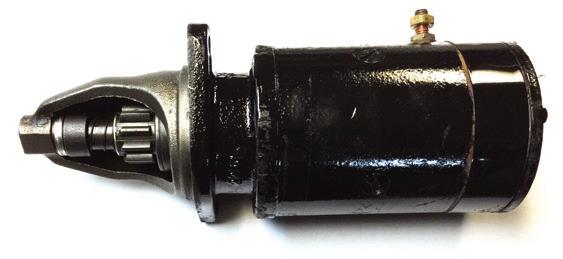
TEMPLE ELECTRIC MOTOR SERVICE INC. Rebuilding Starters and Generators for Antique Tractors. 2121 NW 2nd Ave Faribault, MN 55021 Since 1930 507-334-6989 Templelec@hotmail.com Chris Wyman 16860 County Road 40 Carver, Minnesota 55315 C: (952) 913-0181 wymancar@gmail.com www.wymansonstractorparts.webs.com Wyman & Son’s Tractor Parts In The John Deere Century, acclaimed author and photographer Randy Leffingwell uses his unique brand of storytelling to chronicle the company and the tractors that have carried the distinctive green and yellow livery for the past century. Item #8804 $40.00 Call 866-624-9388 to order, or visit Store.FarmCollector.com Promo Code: MFCPANZ2 THE JOHN DEERECENTURY JOHN DEERE THROUGH THE YEARS
to
Money
*Commercial
availableWorks On Pastures 888-394-4454 www.DrJimZ.com
*Makes up
128 gallons with 1 tablespoon per gallon. Full
Back Guarantee!
quantities
64oz Jug 3495 +Free Shipping!!
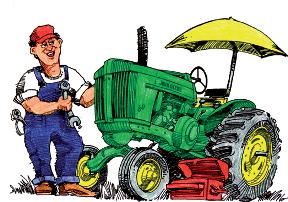
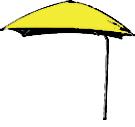
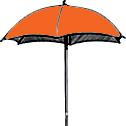
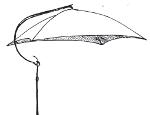
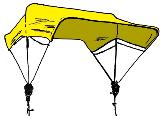
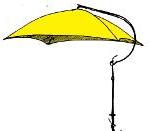



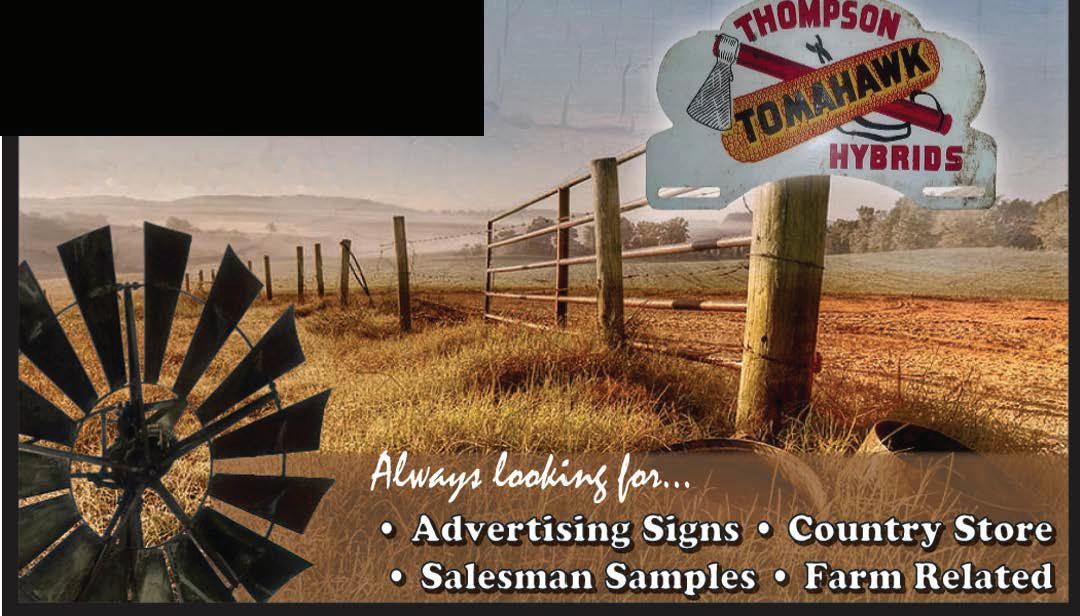
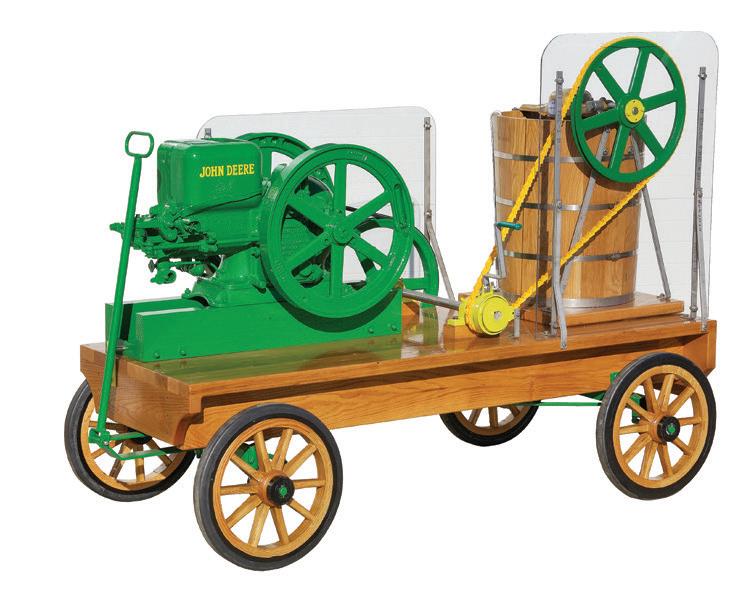
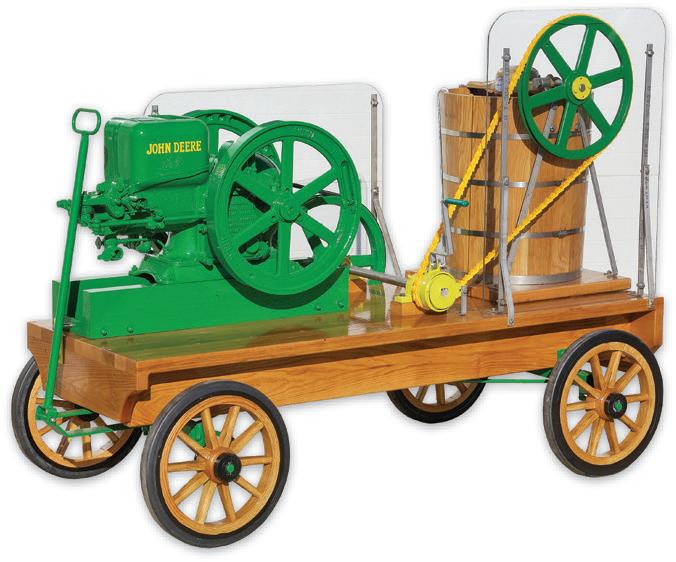

















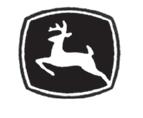

Box 485, Raymore, MO 64083 Ph: 816-322-1898 Since 1984 Please visit our website: www.TractorUmbrellas.com “The Umbrella People” Bent Shaft Style Straight Shaft Parasol Style Curved Hanger Style Buggy Top 3-Bow Style Lawn & Garden Style Quality Farm Tractor Umbrellas & Replacement Covers Heritage Farm Power Heritage Farm Power Allis-Chalmers • Case • Dearborn • Ferguson • International Harvester • John Deere Massey-Ferguson • Massey-Harris • Minneapolis-Moline • Oliver Dakotah Toys Ltd. The Parts Supplier Farm Toy & Pedal Tractor Parts Send $4.00 for Catalog 44718 S.D. Highway 34 Phone 605-256-6676 Madison, SD 57042 Fax 605-256-9093 ✰ www.dakotahtoyparts.com Lavon Yoder 6035W600N Shipshewana, N 46565 574.304.4587 SCENIC VIEW ENGINE LLC Ervin Miller 5673 County Rd 59 Millersburg, Ohio 44654 330-674-2450 Hit & Miss powered Ice Cream Freezer Units Complete Units or Parts Antique Tractor & Engine Restoration Engine Repair Valve and Head Rebuilding Powdered Ice Cream Mix Ice Cream Freezers & Parts e-mail: scenicviewengine@ibyfax.com We Restore John Deere and other Engines Contact us for a free Brochure LIGHTNING MAGNETO A DIVISION OF FLYWHEEL SUPPLY a full line of reproduction E parts View online or write for your free parts catalog. JOHN DEERE, WATERLOO BOY, REPRODUCTION TRUCKS. ANNOUNCING: NEW ONLINE STORE LIGHTNING MAGNETO 235 Oak Street • Le Mars IA 51031 Ph: (866) 657-5335 info@flywheel-supply.com Travis & Shirley Jorde (507) 288-5483 935 Ninth Ave. N.E. Rochester, MN 55906 e-mail: decals@jordedecals.com www.jordedecals.com Decals for John Deere Tractors Jorde’S decalS Since 1976 Backed by years of research and attention to detail. The choice of professionals. Licensed Product
RECOMMENDED PRODUCTS FOR THE VINTAGE FARM COLLECTOR

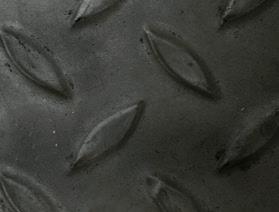
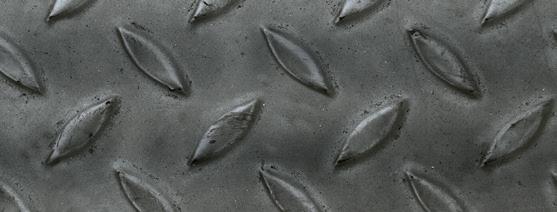
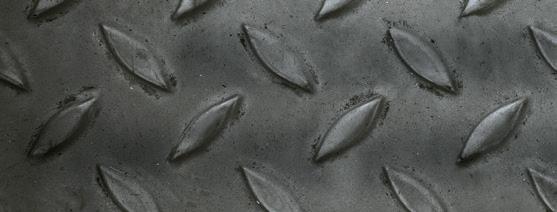






GAS ENGINE RESTORATION
From start to finish, Peter Rooke’s revised, easy-to-follow narrative will impress and educate both new and experienced hobbyists with exhaustive coverage of the process. In 112 pages, Rooke meticulously leads you through stripping and rebuilding each component of the engine, from bearings to cylinder heads to ignition. Tips along the way cover everything from repairing damaged threads to removing rust and zinc plating. #5463 $19.95 $15.96
MORE GAS ENGINE RESTORATION
A follow-up to his highly regarded first book (pictured above), this newest gas engine restoration guide from veteran vintage engine restorer Peter Rooke offers a wealth of information for both the new and experienced engine hobbyist. Drawing from his experience repairing and restoring gas engines, Rooke shares the tips and techniques he’s acquired to aid engine restorers in almost every facet of the restoration process.
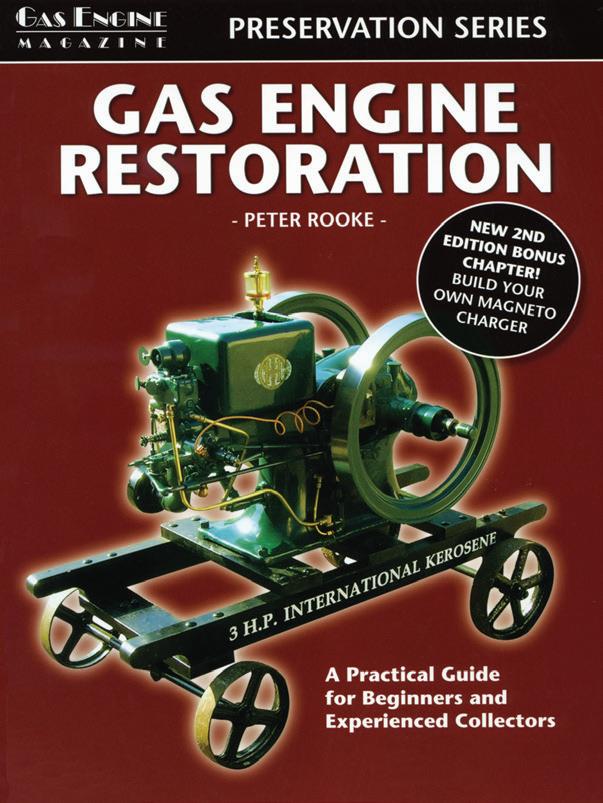
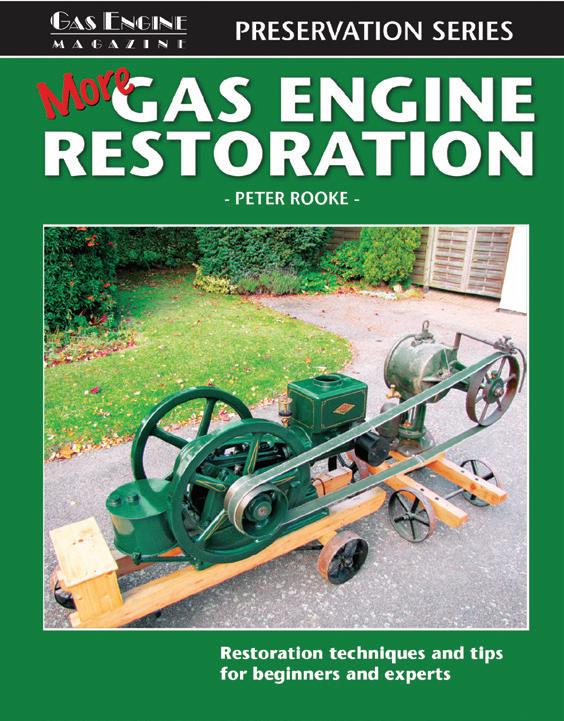
#7949 $19.95 $15.96

THE COMPLETE BOOK OF CLASSIC FORD TRACTORS


In this comprehensive addition to Motorbooks’ Complete Book Series, tractor historian Robert Pripps provides an amply illustrated, detailed and complete account of Ford tractors, from the earliest Fordsons to the Ford-Fergusons, the Ford N Series, and the Ford “World” tractors manufactured into the 1970s. The only book offering comprehensive coverage of the breadth of collectible Ford tractors, The Complete Book of Classic Ford Tractors is a must-have volume for every tractor enthusiast’s library.
#11212 $45.00 $38.25
The 100th Anniversary of the revolutionary Farmall tractor is celebrated in this authoritative model-by-model history that traces the evolution and design of the most significant farm tractors of the 20th century. Awardwinning author Lee Klancher chronicles how and why the Farmall tractor came to exist and how it evolved with his signature blend of compelling stories, engaging text, and spectacular image .
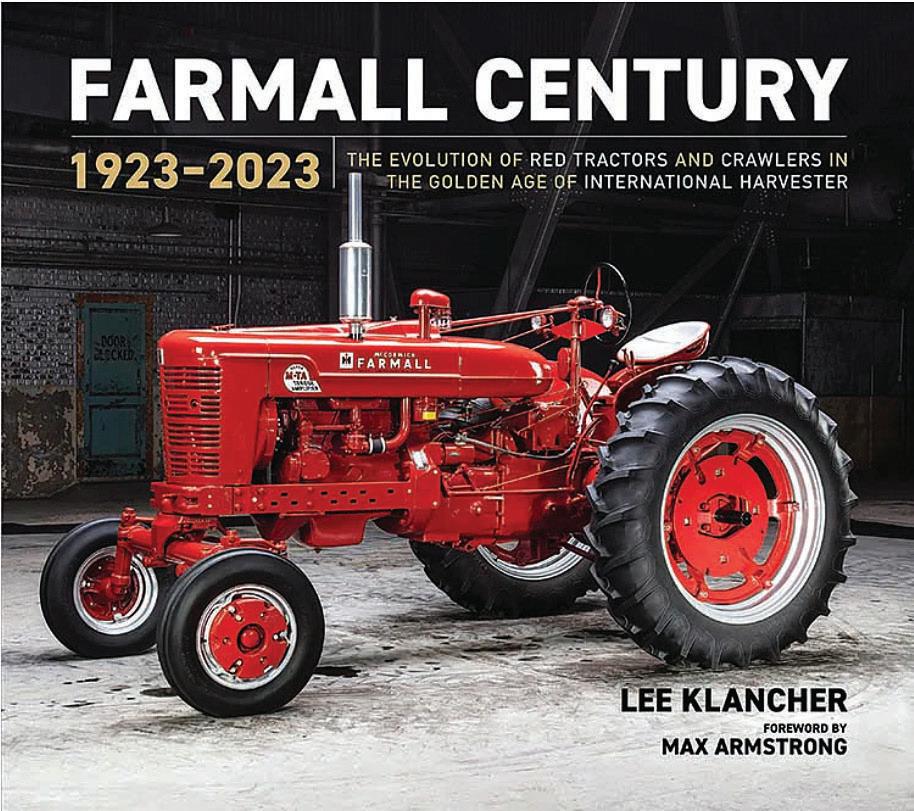
#11957 $85.00 $72.95
BUILD YOUR OWN SHEDS & OUTDOOR PROJECTS, 6TH EDITION
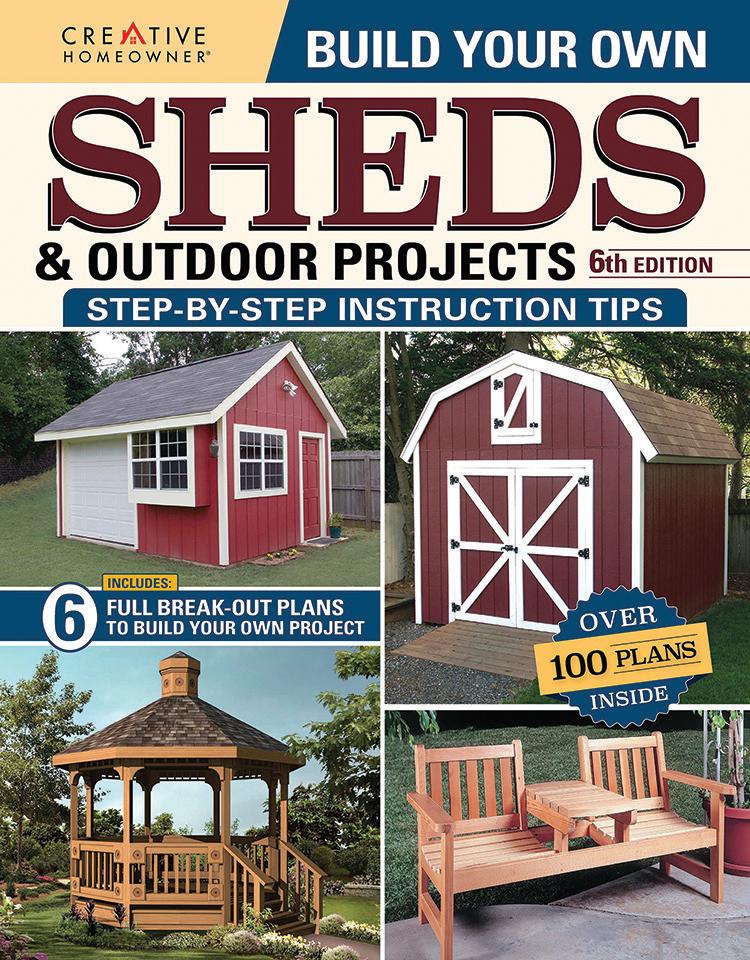
Build the outdoor structure of your dreams with this essential DIY guide! All the techniques and tips you’ll need, the latest in shed construction, and every step of the process in detail are inside. A thorough how-to section takes you through all the information you need to build a shed yourself, then different projects are provided, so you have everything you need to build your own backyard structure. Whether you’re looking to build the ideal pavilion, potting shed, or outdoor furniture, you can find it inside.
#11674 $16.99 $14.99




 FARMALL CENTURY 1923-2023
FARMALL CENTURY 1923-2023
and Buy as a Set! 36 July 2023 Farm Collector
GAS ENGINE RESTORATION & MORE GAS ENGINE RESTORATION PACKAGE #9975 $39.90 $29.99
Save
THE TRACTORS IN MY LIFE
Telling one man’s story of half a lifetime of rescuing halfdead tractors and collecting live ones, The Tractors in My Life, written in an informal style, will capture the attention of anyone who cares about vintage tractors. Mike Thorne has been collecting tractors since the 1980’s, and in this one-of-a-kind text, he treats readers to observations on a wide range of tractors, large or small, rare or common, good or less good, with information on where he bought them, problems, repair and restoration, and the machines’ characteristics and specifications. #12010 $60.00 $49.99”
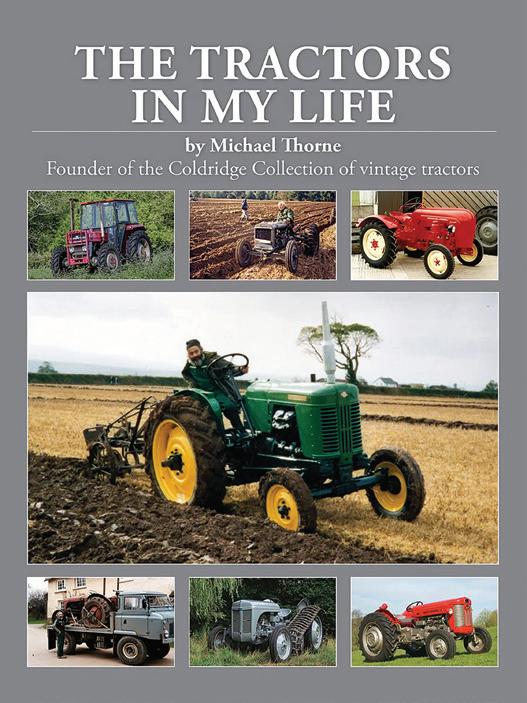
FARMALL 100 YEARS
In Farmall 100 Years, award-winning tractor author, photographer, and historian Randy Leffingwell and prolific tractor historian Robert N. Pripps offer a richly illustrated and detailed book that captures the full story of the iconic tractors. Beautiful photos and rare historical images accompany in-depth analyses of milestone tractors. The engaging text examines engineering developments, their historical context, and key figures. #11801 $50.00 $45.00
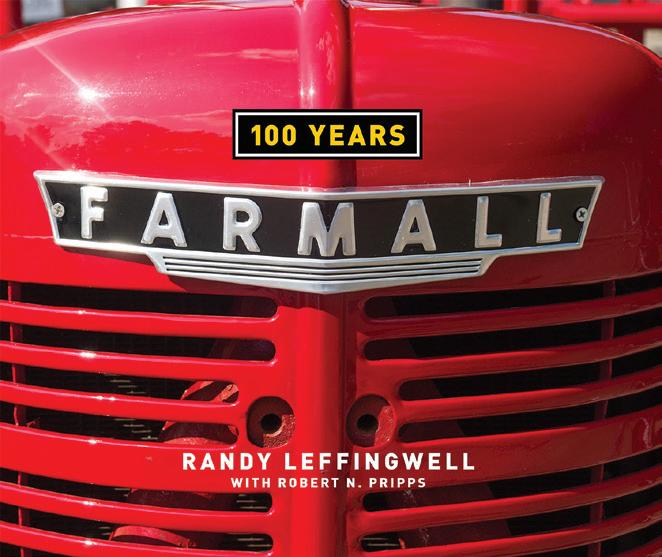
HANDY FARM DEVICES AND HOW TO MAKE THEM, SECOND EDITION
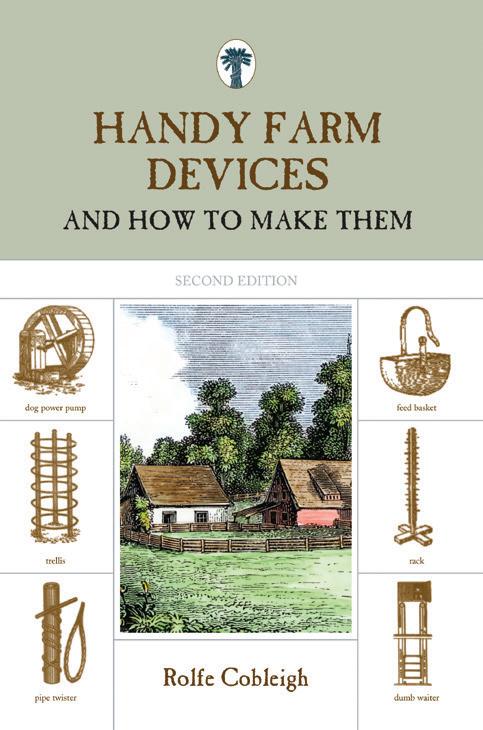
Handy Farm Devices and How to Make Them, Second Edition, is as useful and pertinent for homesteaders and small-scale farmers today as it was when it was first published nearly 100 years ago. A wealth of labor- and money-saving projects fills this century-old guide to low-tech property maintenance along with easy-tofollow instructions and practical illustrations.
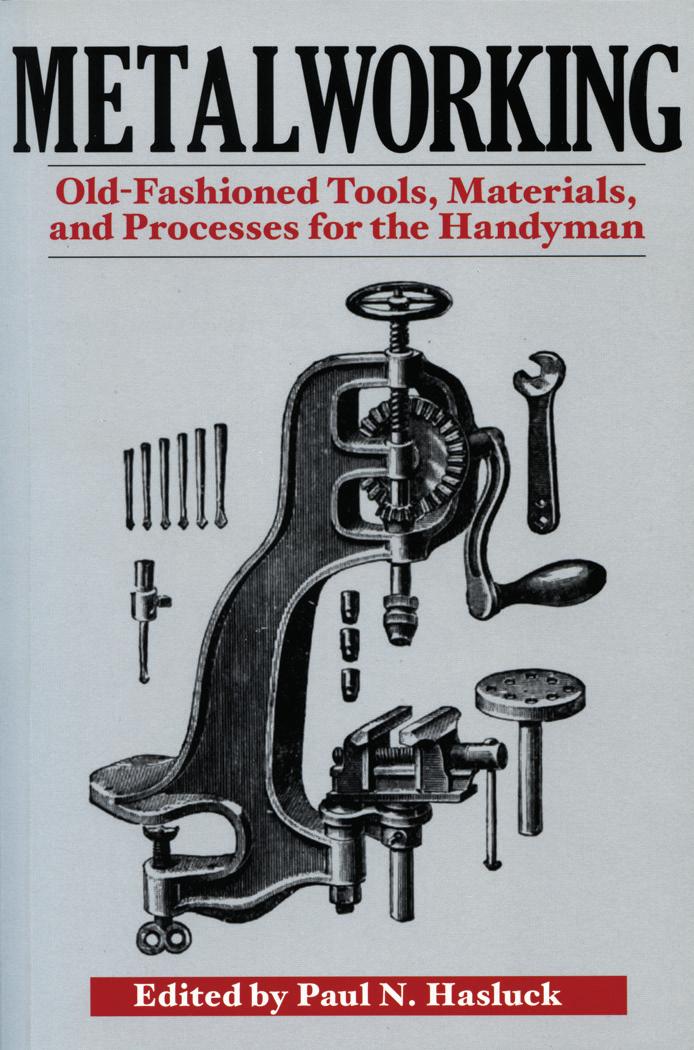
#10715 $14.95 $13.45
METALWORKING

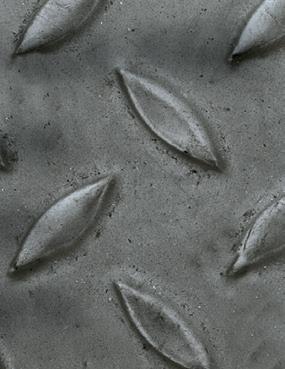



With more than 2,000 black-and-white illustrations and clear, practical instructions given by expert handyman and blacksmith Paul N. Hasluck, Metalworking offers everything you need to know to turn a chunk of metal into a useful and well-crafted product. This ultimate, do-it-yourself guide to metalworking is ideal for all handymen, handywomen, and industry professionals — amateur and seasoned alike!
#5453 $17.95 $15.95
United States and for customer service, call 785-274-4366) or go to





INTERNAL FIRE
Internal Fire is the captivating history of the internal combustion engine and the creative individuals who brought it to life. From gunpowder to diesel, the development of these early powerhouses has been recorded from all sides. The influences of new technologies, patents, and obtainable fuels, as well as a growing understanding of the very nature of heat, are all explored.
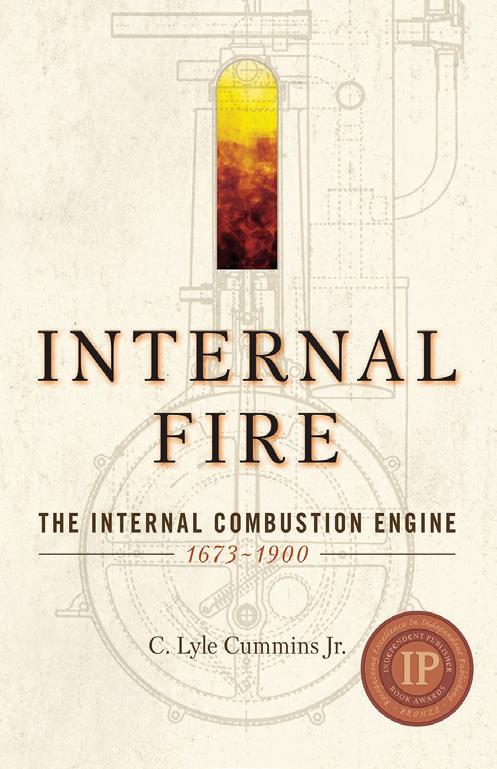
#11824 $39.95 $33.96
HOW TO RESTORE TRACTOR MAGNETOS
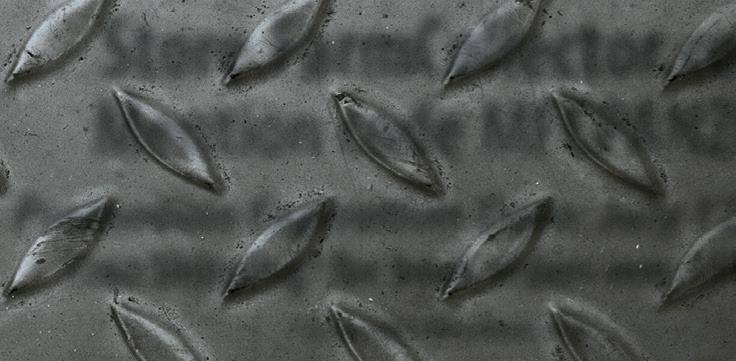


How to Restore Tractor Magnetos is the essential guide to farm tractor electrical systems and offers the tractor restorer all the information needed to restore, repair, and diagnose magnetos. Authored by the late Neil Yerigan, who was a master of working with vintage electronics, the book comprehensively covers how magnetos function as well as how to troubleshoot and repair common problems.
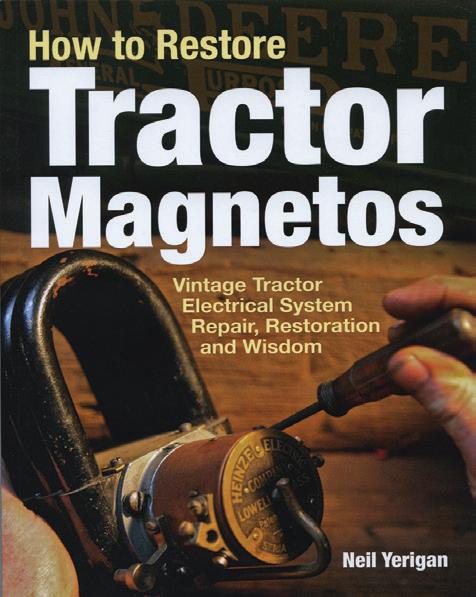
#6384 $24.95 $21.21
Promotion Expiration Date: July 17, 2023

Free Shipping* for book orders over $50.00!
* Domestic/US orders only.
www.FarmCollector.com July 2023 37
To order, call toll-free 1-866-624-9388 (outside the
MFCPANZG.
Store.FarmCollector.com Mention code
RECOMMENDED PRODUCTS FOR THE VINTAGE FARM COLLECTOR
AMERICA’S RURAL YESTERDAY 4-VOLUME SET
VOLUME 1: FIELDWORK
America’s Rural Yesterday transports the reader to another time, when life moved slower and family and community was important. More than 100 photos by famed photographer J.C. Allen show fieldwork, including planting, tilling, harvesting, and more. Also included are shots of threshing, corn shelling, milling, and haystacking. Horses, mules, oxen, vintage tractors, and steam engines provided the power back when rural life was the norm.
#7554 $24.95 $21.95
VOLUME 2: BARN & FARMYARD
Volume 2 of America’s Rural Yesterday includes photos of farmwork performed in dairy, poultry, and hog barns, as well as the wide variety of tasks performed in the barnyard: ensilaging, stock feeding and watering, haymow loading, threshing, corn grinding, butchering, collecting eggs, root cellaring, and much more.



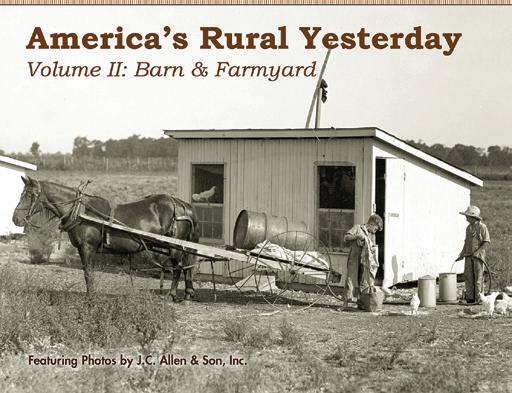

#7555 $24.95 $21.95
VOLUME 3: AT HOME & IN TOWN
This book, the third in the three-volume series, showcases what people did when they weren’t working in the fields, barns, or farmyards in the 1920s-1940s. More than 120 photos show rural families in their kitchens, parlors, and dining rooms. There are photos of going to town and spending time at the library, grocery, general store, school, doctor’s office, and more.
#7556 $24.95 $21.95
VOLUME 4: EARLY TRACTORS
The fourth installment in this series of books using J.C. Allen photos to illustrate how rural life in the first half of the last century, America’s Rural Yesterday Volume IV: Early Tractors, takes the reader back to when these machines were brand new additions to the farmer’s fleet. Featuring over 250 photos from tractors working in farm fields and barnyards from the first half of the 20th century, this book is a must-have for any fan of early tractors and agricultural history.
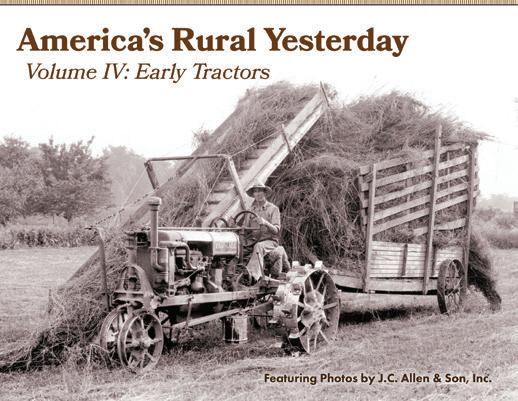
#11921 $24.95 $21.95
AMERICA’S RURAL YESTERDAY 4-VOLUME SET
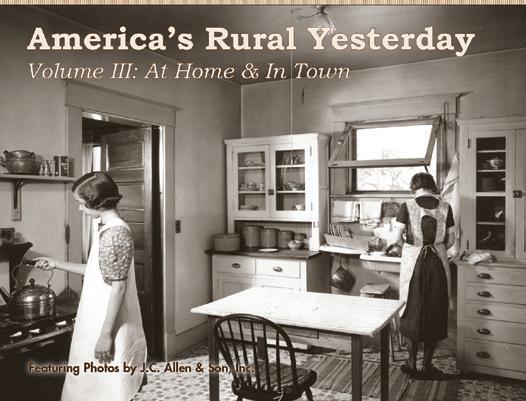

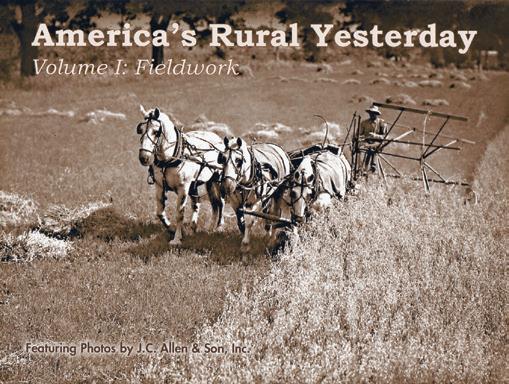


THE DAVID BROWN TRACTOR STORY: PART ONE 1936-1946
This closely-researched, highly-illustrated history tells the story of the remarkable David Brown Ltd., one of the largest tractor producers in England during the 20th century. Author Stuart Gibbard interviewed many of the surviving engineers, designers, and other staff involved in the development and marketing of David Brown’s products. Altogether, this is essential reading for anyone interested in English industrial history or tractor history as a whole. This is the first in a trilogy profiling David Brown and its products. #11625 $48.95 $42.95
one

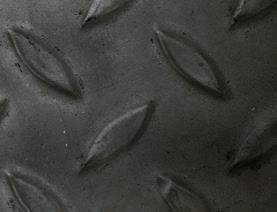

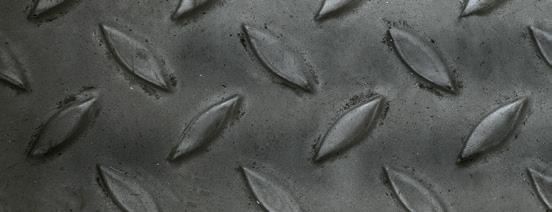
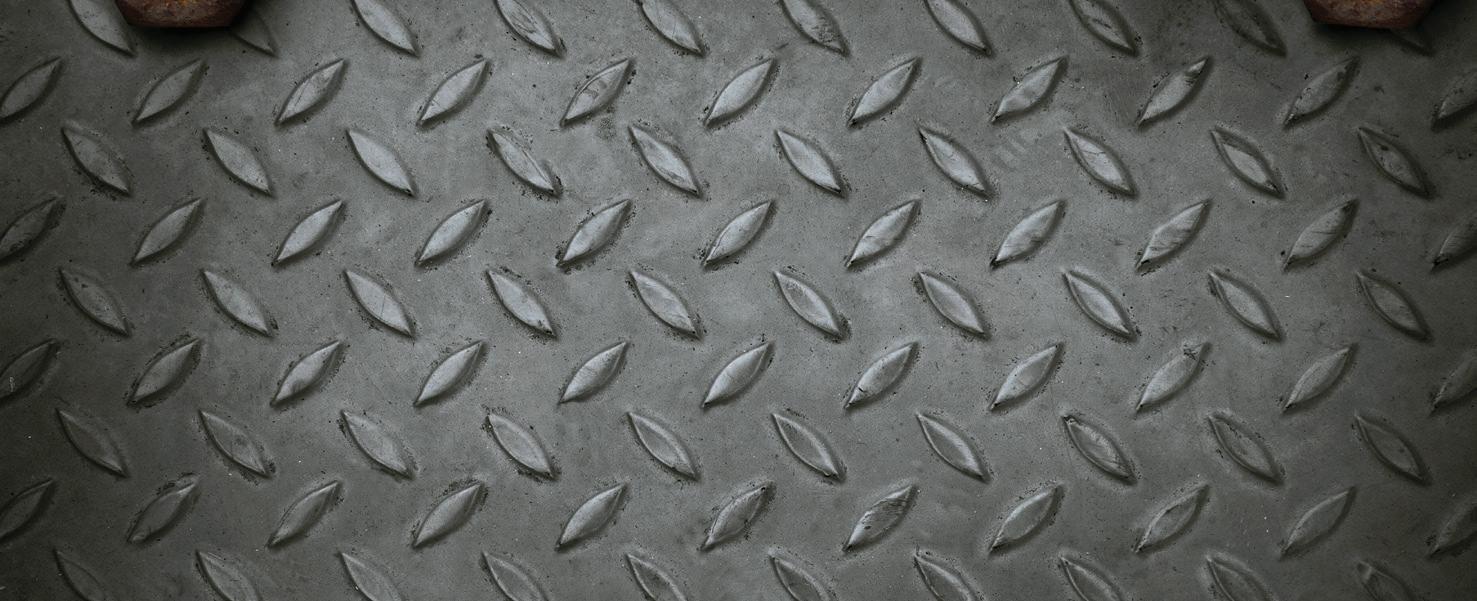
Have the entire collection of America’s Rural Yesterday Volume 1, 2, 3, and the newly published volume 4 for one discounted price.
MASSEY FERGUSON 35 & 65 MODELS IN DETAIL
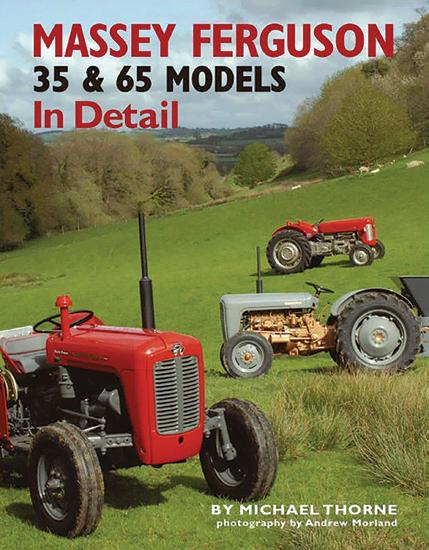
Launched in 1958, the Massey-Ferguson 35 was a product of the merger between Massey-Harris and Ferguson. Along with its companion, the 65 model, these tractors were among the most durable and versatile options available.
Author Michael Thorne tells the story of these models and their capabilities, options and extras, conversions, implements, and their use today. Outstanding surviving examples are featured in some 80 photographs specially taken for this book, and there are approximately 120 accompanying archive ill strations. #7921 $59.95 $49.95
THE DAVID BROWN TRACTOR STORY: PART TWO AGRICULTURAL TRACTORS 1949-1964


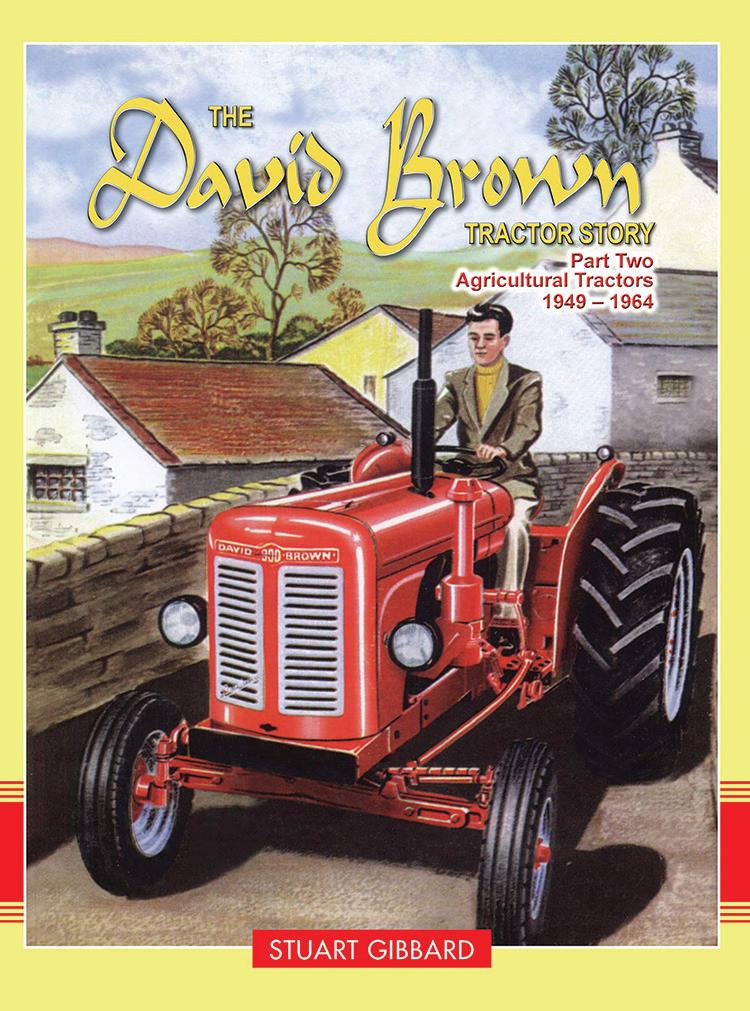
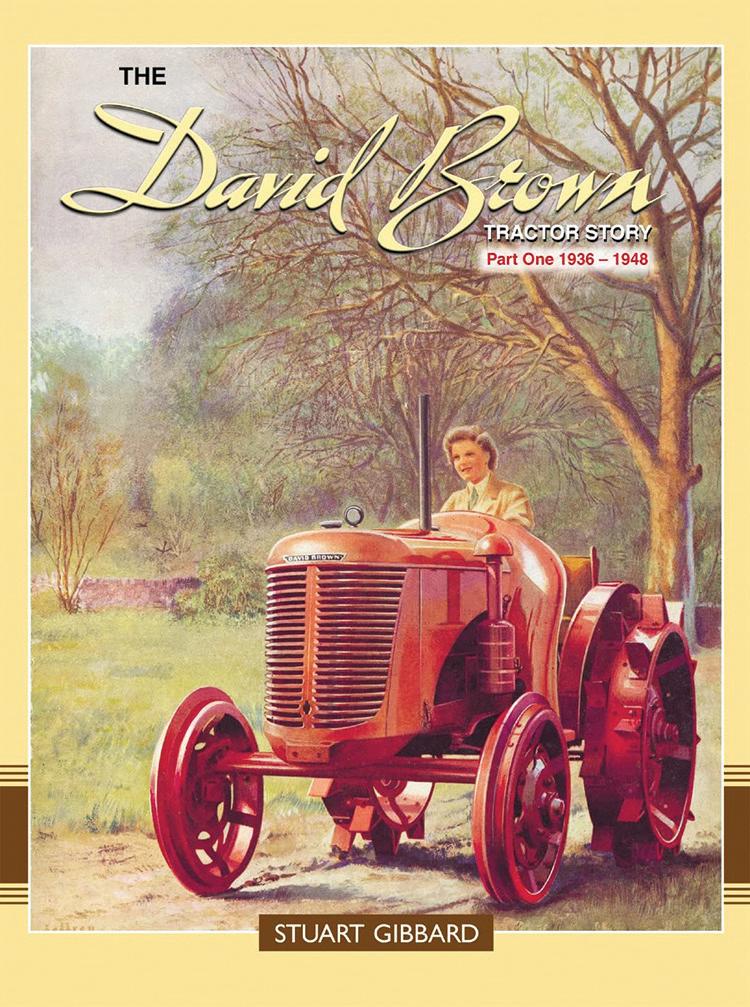
In the second installment of this trilogy, Stuart Gibbard tells the story of arguably the most significant period in David Brown Ltd. history. In this period the company became a serious contender on the global market, subsequently establishing their new motto of “mechanizing the world’s farms.” Many of the illustrations have been taken directly from David Brown’s archives and never before seen by the public, making this the perfect read for those interested in the evolution of the tractor industry.
#11626 $54.95 $49.95
#11938 $99.80 $84.99 38 July 2023 Farm Collector
BIG TRACTOR
A tractor is more than a piece of farm machinery. It’s a farmer’s partner that helps him get the hard work done. This dynamic picture book shows a big tractor from spring to harvest— planting, cultivating, harvesting, and doing other important tasks on a busy farm. Bold illustrations, coupled with a simple and lyrical text, show a tractor at work throughout the seasons. For
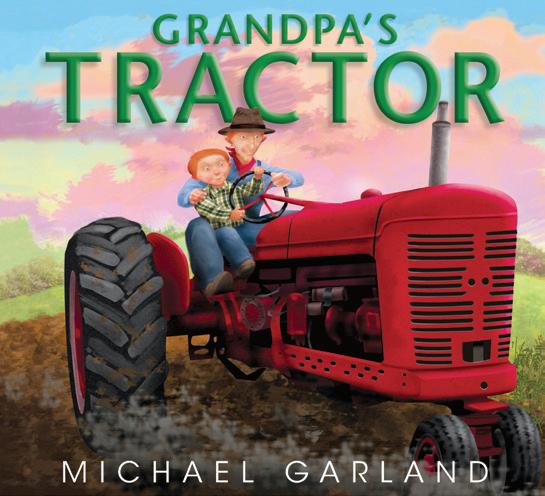
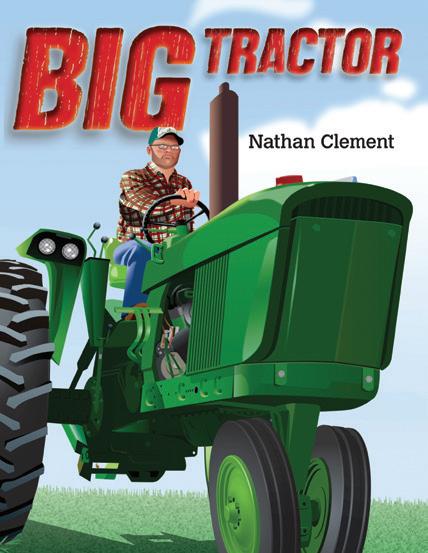
ages 5-8
#10626 $16.95 $15.95
THE ENCYCLOPEDIA OF COUNTRY LIVING
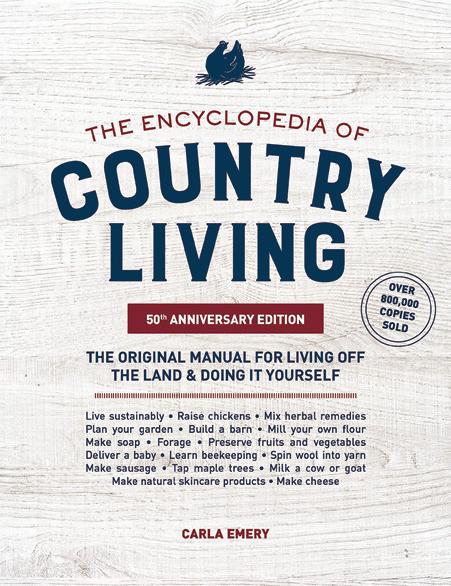
For more than 50 years, this homesteading classic has been the essential book of basic skills and country wisdom for living off the land, being prepared, and doing it yourself. Keep your family healthy, safe, and independent–no matter what’s going on in the world. With its origins in the back-to-the-land movement of the late 1960s, you’ll learn how to cook on a wood stove, make your own skincare products, make fruit leather, mill your own flour, and so much more.
#11834 $29.95 $26.95
REVOLUTIONARY RED TRACTORS
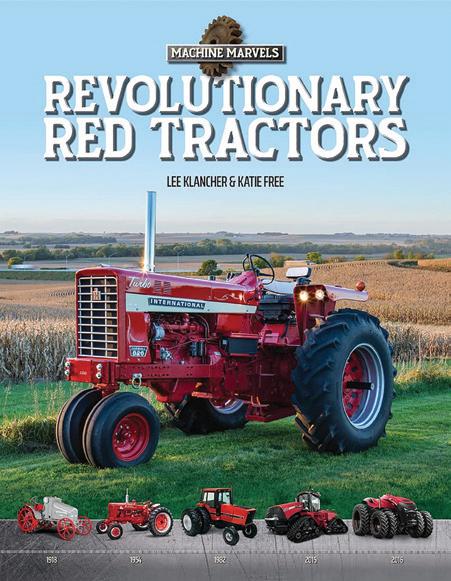
THE COMPLETE BOOK OF JOHN DEERE TRACTORS: THE FIRST 100 YEARS




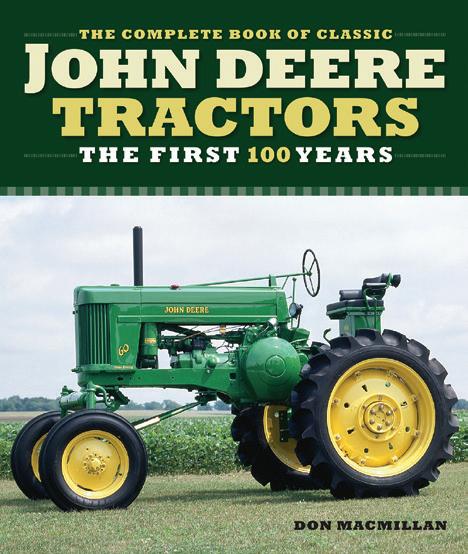




This fact-packed volume takes you through dozens of John Deere farm models, beginning with the 1892 Waterloo Boy and ending with the game-changing New Generation and Generation II lines. Illustrated with incredible color photography and period advertising, this is an essential edition for the library of any Deere fanatic.
#10151 $45.00 $38.25
Explore how the invention and evolution of agricultural technology transformed the farmer’s day-to-day life in Machine Marvels: Revolutionary Red Tractors. The book takes you on a journey that begins in 1830, exploring the pivotal tractors and harvesting machines built by Case IH and their heritage brands. Each piece of equipment comes to life with rich historical and beautiful contemporary photographs of the machine, accompanied by an engrossing narrative and detailed graphics that illustrate the history, mechanics, engineering, and physics of these ground-breaking tractors. For ages 8-12. #11827 $29.95 $27.95
To order, call toll-free 1-866-624-9388 (outside the United States and for customer service, call 785-274-4366) or go to

GRANDPA’S TRACTOR
In Grandpa’s Tractor Grandpa Joe takes his grandson Timmy back to the site of his family’s farm, where the old house and a ramshackle barn still stand. The visit stirs up memories for Grandpa Joe—in particular, the majesty of his own father’s shiny red tractor, now rusting in the forgotten fields. An ideal gift, this picture book evokes nostalgia while demonstrating a special bond between a grandparent and grandchild. For ages 5-7.
#10627 $17.99 $14.99
FARM ENGINES AND HOW TO RUN THEM

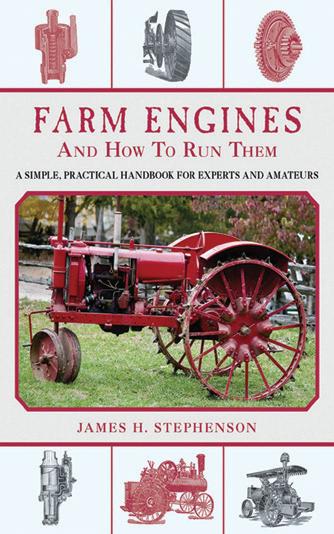
This book fully describes every part of a farm engine and boiler, giving complete directions for the safe and economical management of both. Included are chapters on farm engine economy (with special attention to traction and gasoline farm engines) and a chapter on the science of successful threshing. The book abounds with precision artwork and cutaway illustrations showing the different parts of a boiler and engine, and nearly every make of traction engine.
#8263 $12.95 $10.95
HARVESTING HERITAGE: 150 YEARS ON THE AMERICAN FARM Harvesting Heritage: 150 Years on the American Farm is a special collector’s edition featuring more than 35 great essays from Sam Moore, author of Let’s Talk Rusty Iron as featured in Farm Collector! As a student of the past, Moore learned his lessons well. Today, he can tell you not only how farms were once operated, but why farmers did things the way they did.
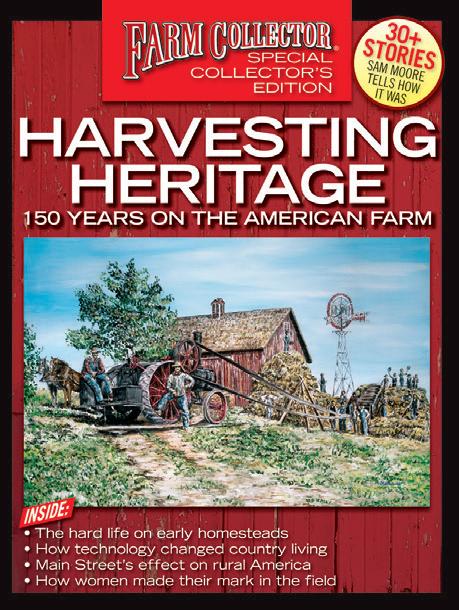
#5568 $7.99 $2.99

FERGUSON TE20 IN DETAIL

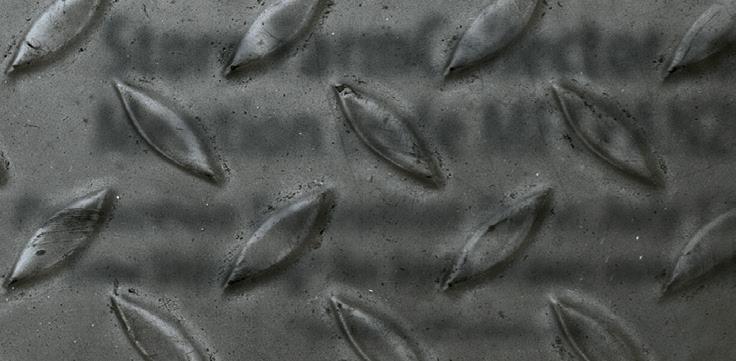


Ferguson TE20 in Detail begins by telling the story of Harry Ferguson’s early work on tractors, his system development, and his collaboration with Ford on the development of the Ford 9N tractor. Then comes an indepth look at the iconic TE20. Later chapters cover the TVO- and diesel-powered versions, American- and French-built Fergusons, industrial models, special-purpose variants, and conversions. An extensive study of the extraordinary range of implements is available, with information also on tractor options and accessories.
#12011 $59.95 $49.95
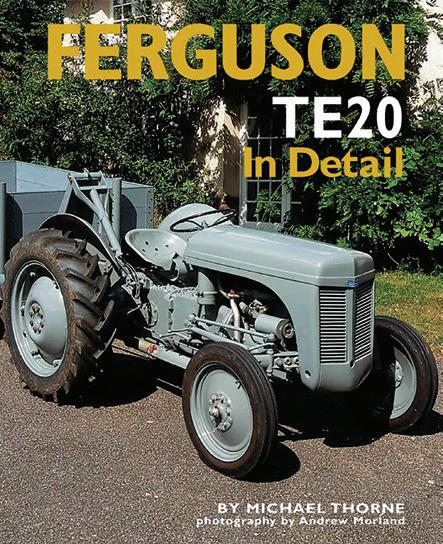
Store.FarmCollector.com Mention code MFCPANZG. Promotion Expiration Date: July 17, 2023 Free Shipping* for book orders over $50.00! * Domestic/US orders only.
www.FarmCollector.com July 2023 39
SLED EVOLUTION OF THE


TRACTOR PULL SLEDS RUN THE GAMUT FROM TRADITIONAL TO HIGH TECH
By Jim Lacey
Illustrations by Bob Smith


Tractor pulling likely started out with two neighbors hooking their tractors together with a good log chain to see which one pulled best. Never mind things like tractor weight, tire condition, horsepower and other variables. Suffice to say, it was not an accurate, informed way to make a buying decision. That came about later at the Nebraska Tractor Test Lab, started in response to some rather specious claims made by early tractor manufacturers.
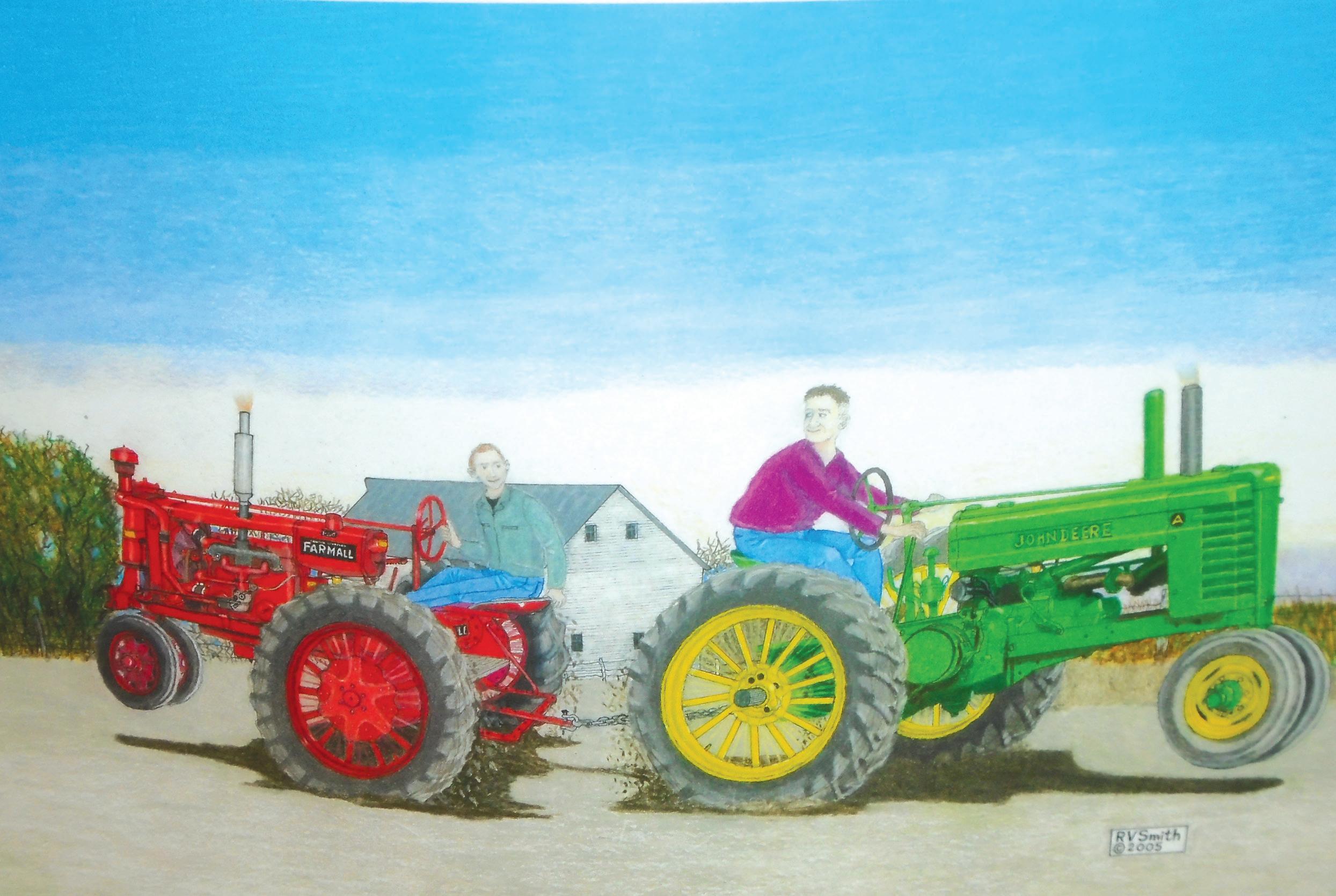
My friend Darrell Hansen, president of the Granite Threshermen’s Assn., tells about taking his McCormickDeering 10-20 to a celebration in Lester, Iowa, some 50 years ago. They used a “step on” sled. This is very simple: A group of people step on a piece of half-inch steel plate measuring about 20 feet long and 8 feet wide. The tractor starts off pulling. Along the way, folks continue to step on until the tractor quits pulling ahead. A screwdriver was stuck in the ground at the front of the sled, the sled is pulled back, measuring is done much like linesmen at the football game, and the distance traveled is figured. This is a rather slow and laborintensive method. As an aside, this is still used for fun on Saturday night of the Granite show, being used only with slower, older tractors.


Early on, a wheeled sled employed a measuring wheel that ran along the sled to calculate distance traveled. That information then needed to be hand-carried to the announcer’s stand at the end of each pull. At the end of each pull, those sleds still had to be pulled back to the starting line.
High-tech tractor pulls
Today, as time and technology have pushed on, electronics now do the measuring off the sled’s gearing. Those numbers are relayed to a screen in the booth and announced to the crowd, some of whom cheer for their favorite puller.
Smaller sleds such as “Hotfoot,” “Cannonball” and “Bigfoot” were built locally. These are simple, self-propelled units employing gearing enabling speed of which the weight box comes to the front to be speeded up or slowed
40 July 2023 Farm Collector
In this illustration, two neighbors “test” their log chain to see which tractor was more powerful. Later, the Nebraska Tractor Test Lab created more scientific testing methods.
down, so as to (ideally) stop the puller before the end of the track. During the course of a show, weight is added to the box in direct relationship to the the weight and horsepower of the unit doing the pulling. The bigger the tractor, the more weight is added to the box.


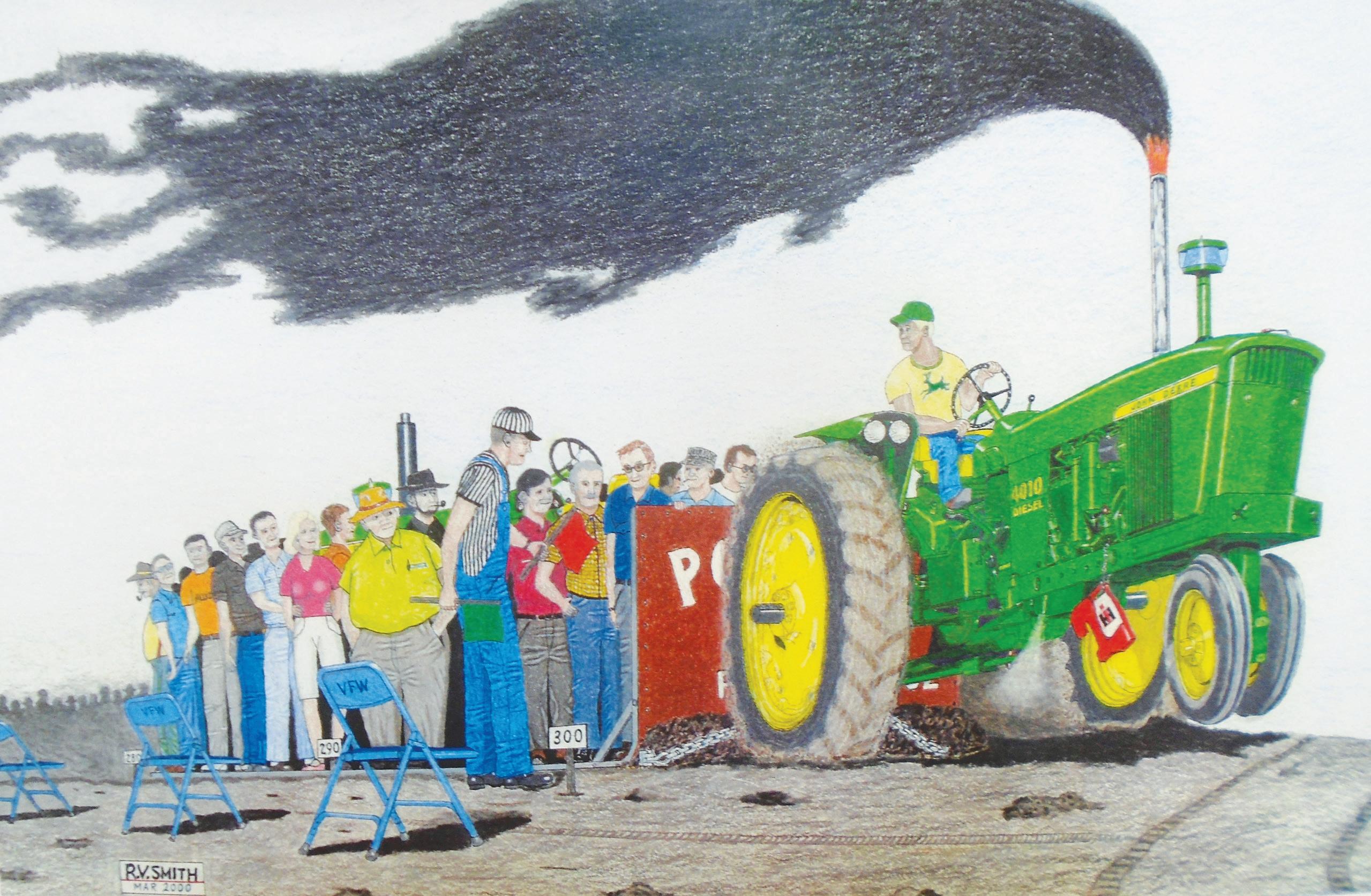
More exotic sleds, aimed at stopping trucks and tractors generating a few thousand horsepower, weigh about 60,000 pounds. They employ grousers on the weight pan, as well as being able to (via hydraulics) put nearly all of the weight of the sled on the pan very quickly. Fast enough, in fact, to slam the driver ahead into his fivepoint safety harness! Weights are added to that unit as well during the course of a show.
Not exactly fuel efficient
One that comes to mind is “Ironman.” Ironman is used by an association that makes its appearance at Prairie Village during the annual show in Madison. After all, tractors and trucks pulling that type of sled start off at 35mph, with wheels spinning at around 85mph, reaching the end of the pull and getting stopped in 15 seconds or less if all goes well. Many of those units – tractors in name only – employ several engines as well as truck components to take the strain of
several thousand horsepower, applied in rather a hurry.
Scott Jensen, a puller I know well, runs a highly modified truck burning corn alcohol. This 555-cubic inch engine, patterned after the reliable old Dodge hemi design, generates about 3,000hp. In a run of 13 seconds, it will burn 3-1/2 gallons of fuel. Or, if you stretch it out, 55 gallons to the mile!
Getting back to the basics. At Granite, we have a tractor pull on Friday night before our show called “Pulling the Rock.” This is a rather laid-back affair. Shellum Brothers come down with “Hotfoot” and their usual assortment of weights aimed at stopping anything from an early John Deere Model B to a Minneapolis-Moline G-1000. The pull generally starts off on time at 6 p.m. and normally we are finished by 11 p.m., giving folks in the stands an evening of clean (except for diesel exhaust) entertainment. So it goes. FC
Jim and Joan Lacey operate Little Village Farm, a museum of farm collectibles housed in 10 buildings at their home near Dell Rapids, S.D. Contact them at (605) 428-5979.
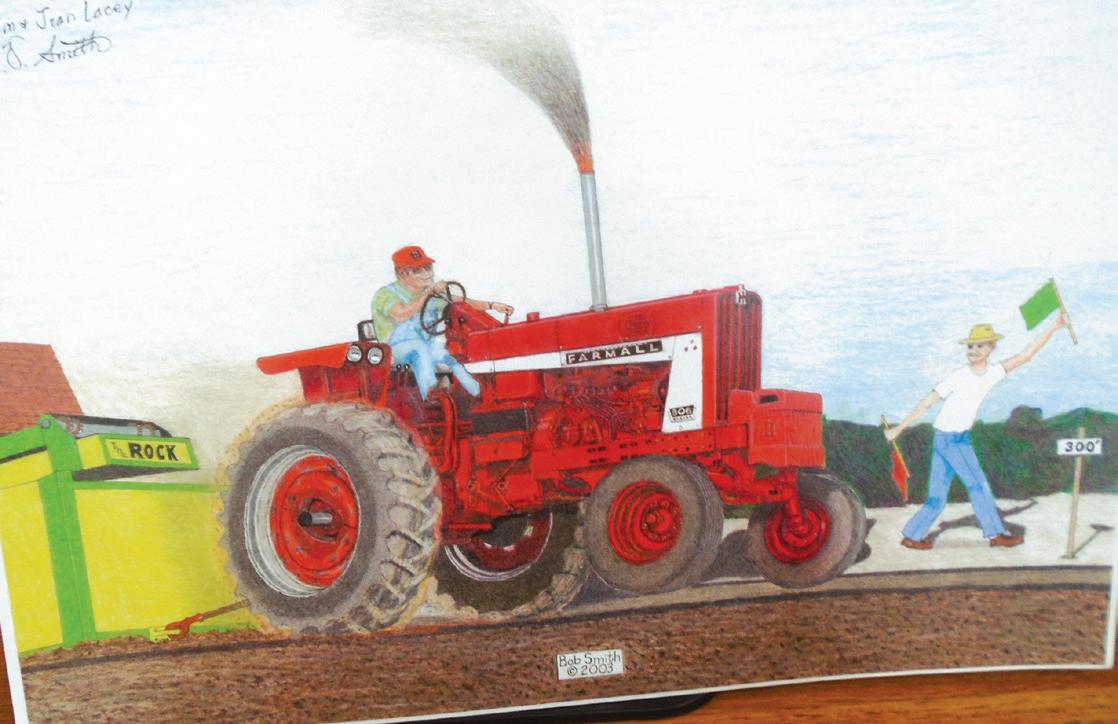
www.FarmCollector.com July 2023 41
Artist Bob Smith lives in Canton, S.D.
South Dakota ✭ Dell Rapids
A “step on” sled with a John Deere 4010 heading (not too much further) down the track.
Likely drawn off the Friday night pull at Granite Threshermen’s Assn. show. Note the “rock” from the “Pulling the Rock” reference.
Connecticut
Goshen Flywheel & Tractor, Inc. Antique Tractor Show. September 15-17, 2023. Goshen Agricultural Society Fairgrounds, Goshen, CT. Displays and Vendors wanted. Hands on demos, family friendly, cider press, pick your own pumpkins, Saturday tractor pull. Antique construction equipment, heavy duty truck show, slowest truck race, food truck fest. Contact: Dan Belmonte 860-307-3473, bells8127461@gmail.com
The Connecticut Antique Machinery Association Museum is holding its annual Engine Show Saturday July 22nd from 10 am to 4 pm. The museum is located at 31 Kent Cornwall Road (RTE 7), Kent, CT. Historic hit and miss engines, 2 cycle engines, and steam engines and even modern engines will be on display and operating during this event. Come and see the engines that powered everything from buzz saws to washing machines, and vehicles. There will be a swap meet and a food court as well. New vendors and exhibitors invited. Free admission. For additional information call (860) 927-0050 or check our website camacma@ protonmail.com.
Indiana
41st Anniversary Antique Farm Power Steam & Gas Show. August 10-12, 2023. 4-H Fairgrounds at 1030 E 075 N, LaGrange, IN. Antique steam and gas engines, tractors, machinery and tools. Sponsored by the Northeast Indiana Steam & Gas Assn. Featuring: CASE equipment. Everyone Welcome! Feature Exhibitors receive a Collector's Button, Garden Tractors and Gas Engines, Antique trucks, Steam Plowing, Threshing, Sawmills, Tractor Pull, Parade. Ferguson (FENA) Regional Display Area, Buy & Sell Trading Post, Large Flea Market (574-238-0849), Indoor Arts & Crafts Area (260-499-0878), Toy Show and much more. Good food. All camping $10 per day. Motels nearby. Show information 260-5850178. www.visitshipshewana.org, 260-768-4008. LaGrangeChamber.org, 260-463-2443. 2024 Show Dates: August 8-10 Featuring Allis-Chalmers
Kansas
Dickinson County Historical Society Heritage Days. Sept 30 - Oct 1 at 412 S. Campbell St. Abilene, KS 67410 Featuring Oliver and J.D. Model D. Contact: Austin Anders at heritagecenterdk@sbcglobal.net or Facebook: Dickinson County Historical Society and Museum.
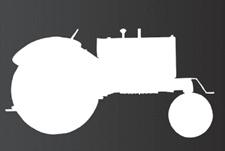
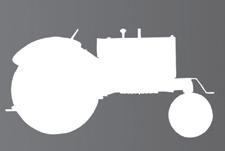
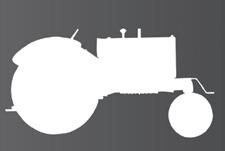
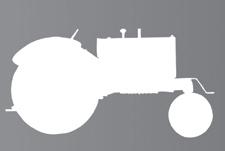
Kansas
47th Annual Meriden Threshing Show July 21st-23rd, 2023, Meriden Antique Engine & Threshers Association, Features: International tractors and McCormick engines. Daily Tractor Parade, Garden Tractor Pulls. 8275 K-4 Highway, Meriden, KS 66512, www.meridenthreshers.org, Contact Lisa Cain (785) 501-5547. Eat at the Chuckwagon. On-site camping & modern restrooms.
Maryland
July 6-9, 2023 Tuckahoe Steam and Gas Association 50th Annual Reunion and Show. Featuring: Any equipment that was part of our rst annual show. Showgrounds located 5 miles north of Easton, MD on US Route 50. Contact Pat Harvey, PO Box 636, Easton, MD 21601. 410-822-9868; email: info@ tuckahoesteam.org www.tuckahoesteam.org
Michigan
Aug. 11-13, 2023: 47th. Annual Thumb Area Old Engine and Tractor Association Show. Farm Toy Show and Sale Saturday August 12. Tuscola County Fairgrounds, Caro, MI. Feature: Rumely and Steam Engines. Directions to show: Tuscola County Fairgrounds - 188 Park Drive. Free primitive camping for exhibitors. Exhibitors contact: Corey Will, 4425 Leix Rd, Mayville, MI 48744, 989-325-1176, deereboy87@hotmail.com. www.Carotractorshow. com
Minnesota
Forest City Threshers, MN. Aug. 19th-20th, 2023. Feature: International Harvester and McCormick-Deering and tractors, engines and affiliated equipment. 64917 309th St, 5 miles northeast of Litchfield, MN on Hwy. 24. Contact: Frank Berg 320-894-9774. Tractor Pull contact Dale Groskreutz 320-894-8379. www.forestcitythresher.com
Minnesota: Special 50th Annual Le Sueur County Pioneer Power Show, August 25-27, 2023, 7 miles east of Le Sueur, MN. Featuring all brands of tractors, gas engines, cars and trucks, steam engines and equipment from all past shows. For Pioneer Power info contact: Bill Thelemann, bthelemann@ yahoo.com, 952-994-2743. Website: pioneerpowershow.com.
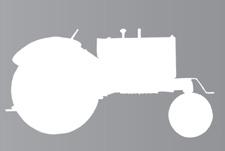
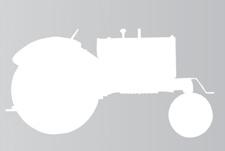
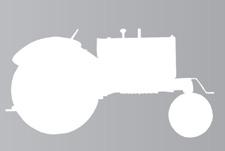
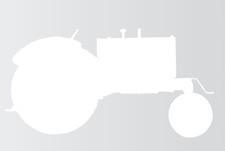

Minnesota
52nd Annual Nowthen Threshing Show, August 18, 19, & 20, 2023. 7415 Old Viking Blvd. NW, Nowthen, MN or six miles northeast of Elk River, MN. Featuring: International Harvester and Farmall. Your gate admission includes: Steam Traction Engines, Gas Engines, Caterpillar Building and equipment, School, Antique Cars & Trucks, Tractor Pulls, Shingle Mill, Stationary Steam, Sawmill & Planer Shed, Threshing, Rock Crushing, Corn Chopping, Spinning, Quilting, Weaving, Pottery, Large Fairbanks Engine, 1920's Red Crown Gas Station, General Store, Print Shop, Train Rides, Blacksmith Shop, Log House & Barn, Historical Church, Milwaukee Road Depot & Memorabilia, Chainsaw Artist, Dairy Display, Children's Activities & Barnyard, Square Dancing, and music. Golf cart rentals, food vendors and a large Flea Market are also available. Come join the fun and see what the show has to offer.
For general info contact John Wetter 952-2535774 email info@nowthenthreshing.com.Website: www.nowthenthreshing.com.
Nebraska
Aug. 13th, 2023: Deer Creek Sodbusters 41st Annual Antique Machinery Show. 72927 610 Ave., 4-1/2 miles South of Sterling, NE. Featuring: Oddball & Orphan Tractors and Engine Lines W-X-Y-Z. For more information contact: Bob Wolff, 402-239-2307; 72973 610 Ave. Sterling, NE. 68443. Email, sodbuster@diodecom. net, www.deercreeksodbusters.org
South Dakota
Aug. 24-27, 2023: Historic Prairie Village 60th Annual Steam Threshing Jamboree, featuring stationary engines, orphan and garden equipment. Two miles west of Madison, SD on State Highway 34. Antique-filled buildings, tractors and equipment, threshing, plowing, sawmill demonstrations, four tractor pulls, parades, train and carousel rides, flea market, entertainment in Lawrence Welk Opera House, food, and fun. Dry lot camping available. 800-693-3644. www. prairievillage.org
42 July 2023 Farm Collector
Wisconsin

The Coulee Antique Engine Club's 52nd annual show takes place August 4, 5, and 6. The show features IH Wisconsin Collectors Chapter 4 and Farmall Frolic. Also gas engines and power units, ea market, demonstrations, lawn & garden, kids activities, food, antique tractor pull. 2 miles north of Westby, WI on State Road 27
Admission: $7/day; $10/weekend John Wangen 608-606-0103 www.couleeantiqueengineclub. com




40th annual Northeastern Wisconsin Antique Power Show August 18-20, 2023. Sturgeon Bay, WI. Directions: 5005 N Country View Rd, 9 miles north of Sturgeon Bay on Hwy 42, east on White sh Bay Rd, 2 miles to Country View Road, go north 1/2 mile. Contact Ralph 920-559-0466, bocheksales@gmail. com. www.valmythresheree.org



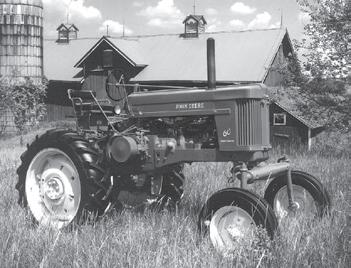


Shenandoah Valley Steam & Gas Engine Show
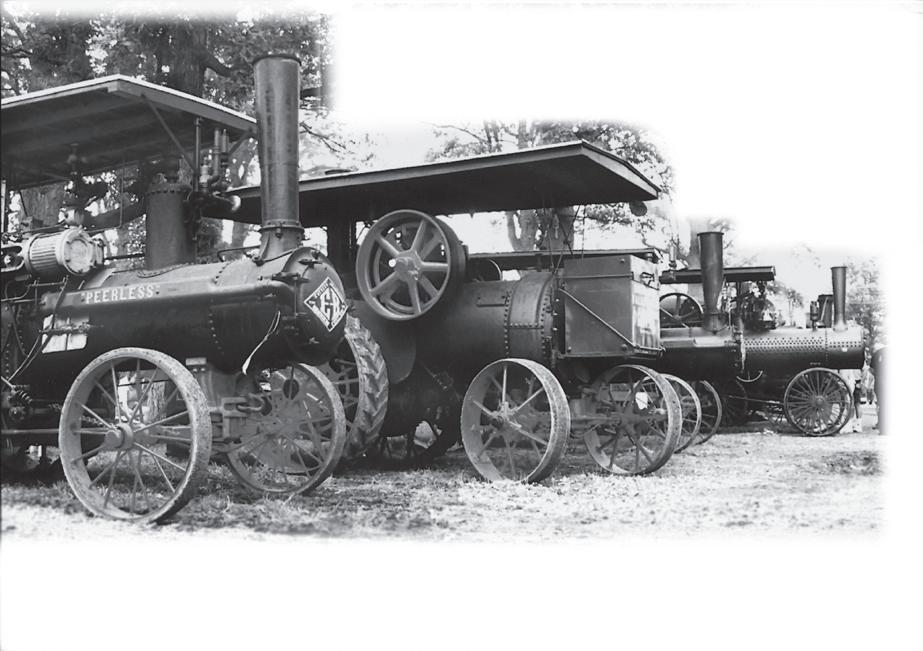
890 W. Main St., Berryville, VA
TOY SHOW
Fri. Mar 24, 2023 (6-9 p.m.)


FOR INFORMATION CONTACT: Rick Custer, President (304) 229-2101 (evenings)
Flea Markets: Jessica Frye (540) 327-0579
Barbara Heflin (540) 514-5854

Tractor Pull: Charlie Gray (540) 533-8827 svsgea.org

www.FarmCollector.com July 2023 43
Sat. Mar 25, 2023 (9 a.m. - 2 p.m.) 890 W. Main St, Berryville, VA TOYS: Chris Collis (304) 839-7011 July 28-30, 2023 • Gates open 7 AM rain or shine. • Steam Traction Engines • Gas Engines & Tractors • Threshing • Sawmilling • Shingle Making • Parades of Machinery • Hobby Displays • Arts & Crafts • Blacksmith Shop • Antique Trucks • Plenty of Shade & Food • All Vendors by Prior Arrangement Only! • Horse Pull & Country Music Saturday Night • Auction Saturday 8:30 AM NEW YORK STATE JOHN DEERE ASSOCIATION JULY 13-15, 2023 9 AM to 9 PM Two Tractor Pulls Fri. & Sat. Evening Pedal Tractor Pull Demonstrations Seminars Daily Parades Parts Vendors Special Displays Tractor Games Craft Market Slow Race Souvenirs Toys Food Wine Seminar Huge Vendor Area Thursday Evening Consignment Auction Plenty of Free Parking Campers Welcome! FEATURING: 110 Lawn & Garden and 40 50 60 70 80 GUEST SPEAKERS: Various notable speakers from the John Deere collecting interests WHERE: New York Steam Engine Association Grounds Gehan Road, 5 miles east of Canandaigua, NY, just off US Rt. 20 DONATIONS: Adults: $7.00 or $14.00 for 3-day pass Children under 12: FREE REFRESHMENTS ON GROUNDS All meals served daily FOR MORE INFO CALL Kevin Morris 607-868-3774 Jim Stratton 607-776-1606 E-MAIL: NYEXPO@FRONTIERNET.NET NEWYORKSTATEEXPO.COM FACEBOOK.COM/NYSTATEJOHNDEEREEXPO SMOKY MOUNTAIN FLYWHEELERS 6th Annual Tractor & Engine Show July 27-29, 2023 • Sevier County Fairgrounds Fairgrounds 754 Old Knoxville Hwy Sevierville, TN 37862 Arts & Crafts, Swap Meet, Food Vendors, Tractors, Engines, Lawn & Garden Tractors & Much More! 4 miles from Dollywood & 8 miles from Great Smoky Mountains National Park Gordon Bright 865-216-1855 Jesse Hayes 865-705-7203 TRI-STATE GAS ENGINE & TRACTOR ASSN. PORTLAND, IND. SHOW DATES: 19TH ANNUAL SWAP & SELL OCT. 12-14, 2023 58TH ANTIQUE ENGINE & TRACTOR SHOW AUG. 23-26, 2023 www.tristategasenginetractor.com
BOS BROTHERS OLD FASHIONED THRESHING BEE
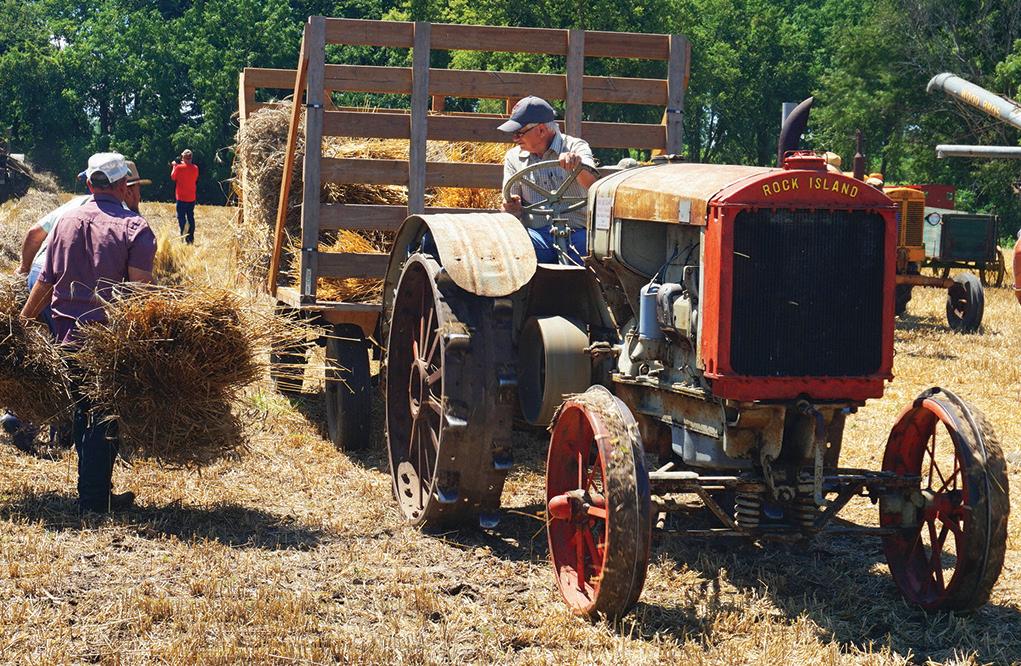
SHOW DATES:
JULY 28-30 • 8-5 FRI. & SAT., 8-3 SUN.
LOCATION: 8105 SPRINGHILL RD., ERIE, IL
DEMONSTRATIONS INCLUDE: Harvesting Wheat to Baking Bread from the milled grain, Plowing, Rock Crushing, Saw Milling, Blacksmithing, Rug Weaving and more!
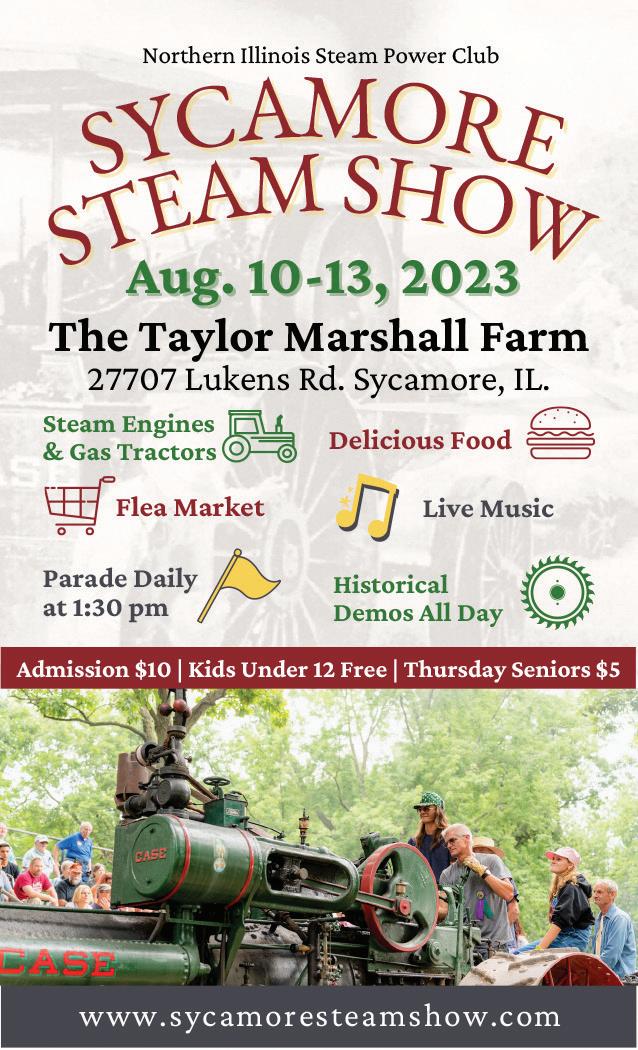
FEATURING WHEAT HARVEST AND THRESHING
• Sunday morning church service
• Parking and admission are free
• Food available on the grounds
• Displays of tractors and equipment are welcome
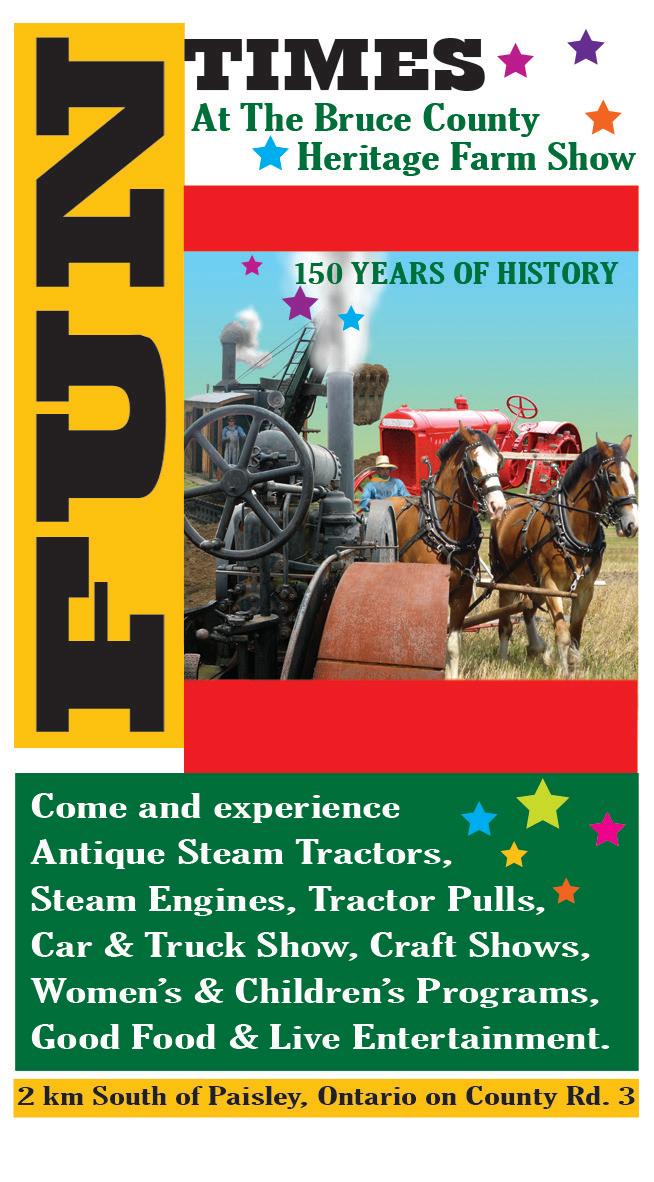

Contact us to include a working display or to participate in field demonstrations
Chuck Bos, (309) 781-6394
Kevin Bos, (309) 945-8117
Find us on Facebook: Bos Bros Historical Farm
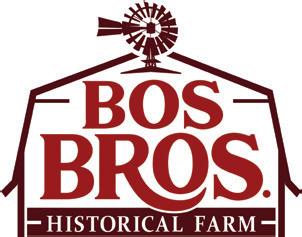
Website: bosbroshistoricalfarm.com
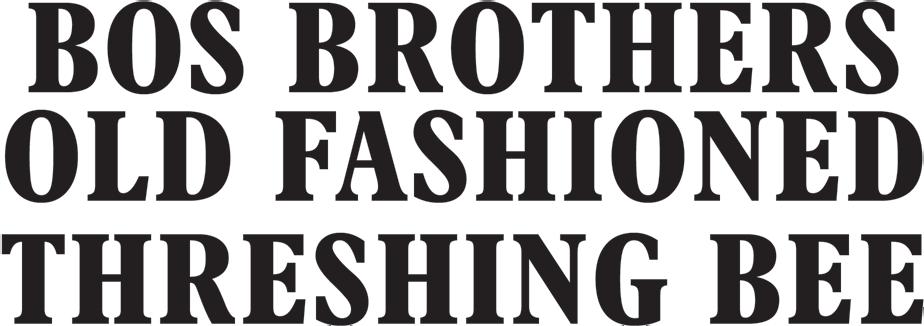
August 18, 19, 20
www.bruceheritage.com
44 July 2023 Farm Collector
www.FarmCollector.com
Paisley
Featuring HISTORICAL CONSTRUCTION EQUIPMENT
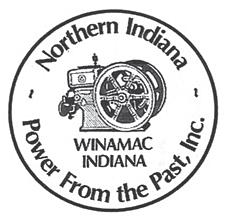

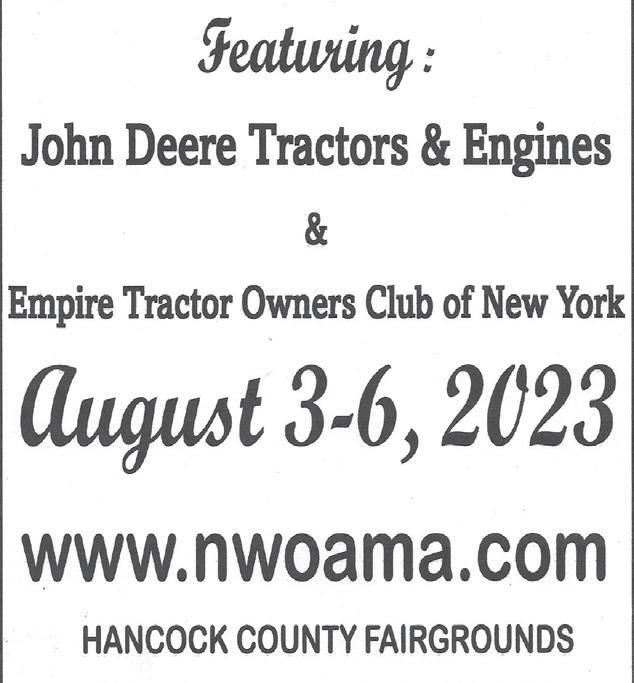

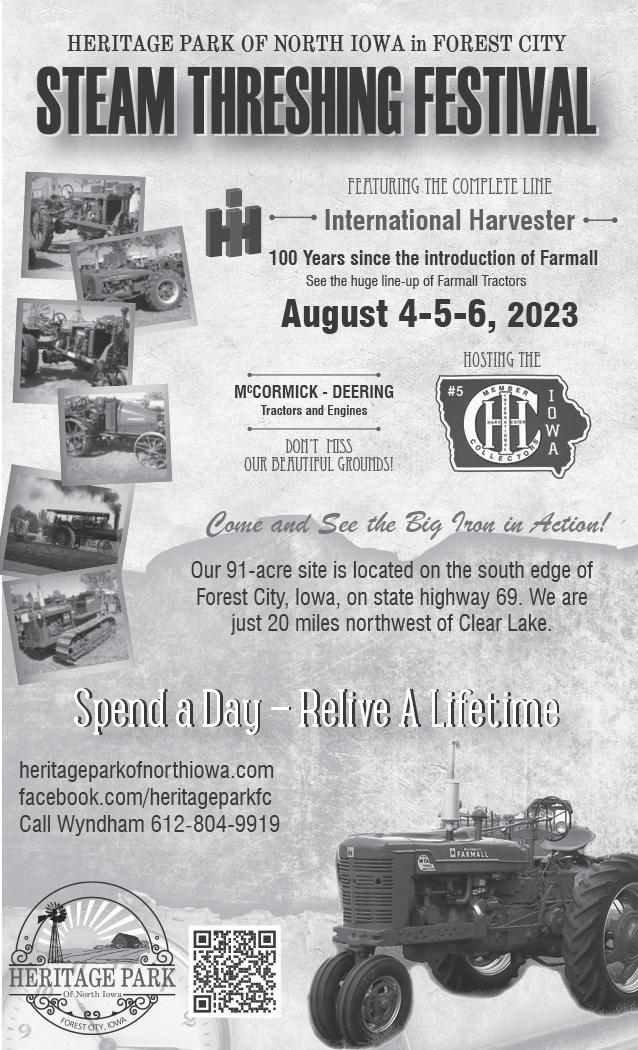
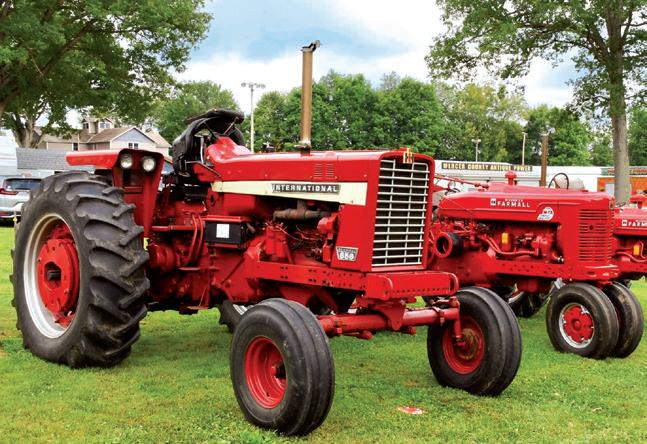
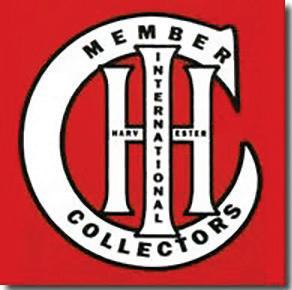

www.FarmCollector.com July 2023 45 CELEBRATING OUR 46TH YEAR JULY 13-16, 2023 City Park, Winamac, Indiana THIS YEAR’S FEATURED ATTRACTIONS: ALLIS-CHALMERS & RUMELY OIL PULL TRACTORS Huge Flea Market, Working Displays & Kids Games Each Day Live Entertainment Nightly Adults $5, Under 12 Free INFORMATION GENERAL INFO: (574) 242-9164 FLEA MARKET INFO: (574) 946-3206 (574) 895-1299 brendagilsinger@gmail.com www.winamacpowershow.com Northern Indiana Power from the Past Inc. Mercer County Antique Power Association’s 31st Annual Antique Tractor & Engine Show July 20-23, 2023 Stoneboro Fairgrounds 2381 Mercer Rd - Stoneboro, PA 16153 Antique Tractor Pull • Bluegrass Festival Live Demonstrations-Sawmill, Thrashing, Baling Vendor and Craft Market • Parade • Church Service Children’s Stone Boat Pull • Kids’ Fun Pull & Peddle Tractor Pull • Fun Garden • 10 am Saturday Antique Tractor Pull • Cruise-In on Sun. Reece Coulter 724-264-4274 Nathan Sawyer 724-355-3624 sawyer64@yahoo.com FEATURE: International Harvester Equipment 2023 CHAPTER 16 HARVESTER DREAM LAND SHOW www.MercerCountyAntiquePower.org Would you like to Advertise in Farm Collector? 785-848-5346 www.FarmCollector.com CHECK OUT THESE EVENTS
COST: Classified ads are $1.35 per word with a 20 word minimum. For photo with your ad, enclose $25 per photo. For classified display ads –those with special borders or type – call Terri Keitel at Farm Collector, 785-274-4384. Classified display ads are $65 per column inch (color). Bold words only $2 per word.
CLASSIFIED COMBO SPECIAL
Place your ad in both farm collectible publications
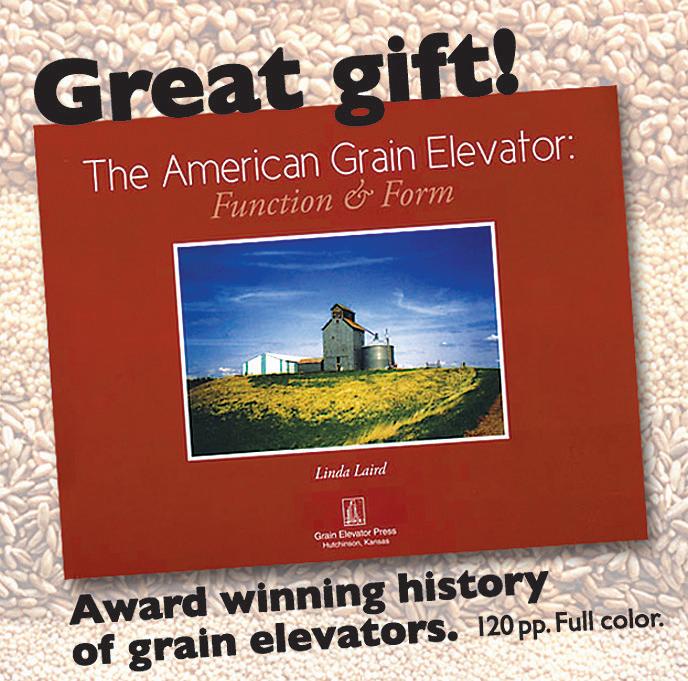
– Gas Engine Magazine and Farm Collector – for $2.25 per word. Save up to 22 cents per word with double the exposure!

SEND PAYMENT TO: Farm Collector, Attn: Classified Advertising, 1503 S.W. 42nd St., Topeka, KS 66609.
IMPORTANT! Don’t forget to indicate ad classification and mark with “For Sale” or “Wanted.” Classifications appear below. Please write neatly. We reserve the right to edit your ad for consistency and clarity, and may reject any ad.
BEARINGS
JOHN DEERE MAIN BEARINGS FOR ALL 2-CYLINDER ENGINES! 100% Manufactured in the U.S.A. Made like the originals! Center Cam Bearings, Center Main Bearings and Rod Bearings Made-to-order / special I.D. & O.D.s /Installation & machining available. MANITOWOC MOTOR MACHINING Company, LLC. www.motormachining.com / toll free 1-800666-9129
BOOKS
THE FARM WRENCH BOOK-Volume I $80. Volume II $55 Volume III $55 Volume IV $60 Combinations I, II, III & IV $240 Volumes I, II, III $180 Please send check to P. T. Rathbone, 6767 Pershall Road, Marsing, Idaho 83630
TO PLACE AN AD: CALL US TOLL-FREE AT (866) 848-5346, FAX: (785) 274-4316
PAYMENT POLICY: Ads must be prepaid by check in U.S. funds, or charged to MasterCard, VISA, Discover or American Express credit card. Remember to include your name and address, and/or phone number in the word count.
MAIL YOUR AD TO: FARM COLLECTOR MAGAZINE
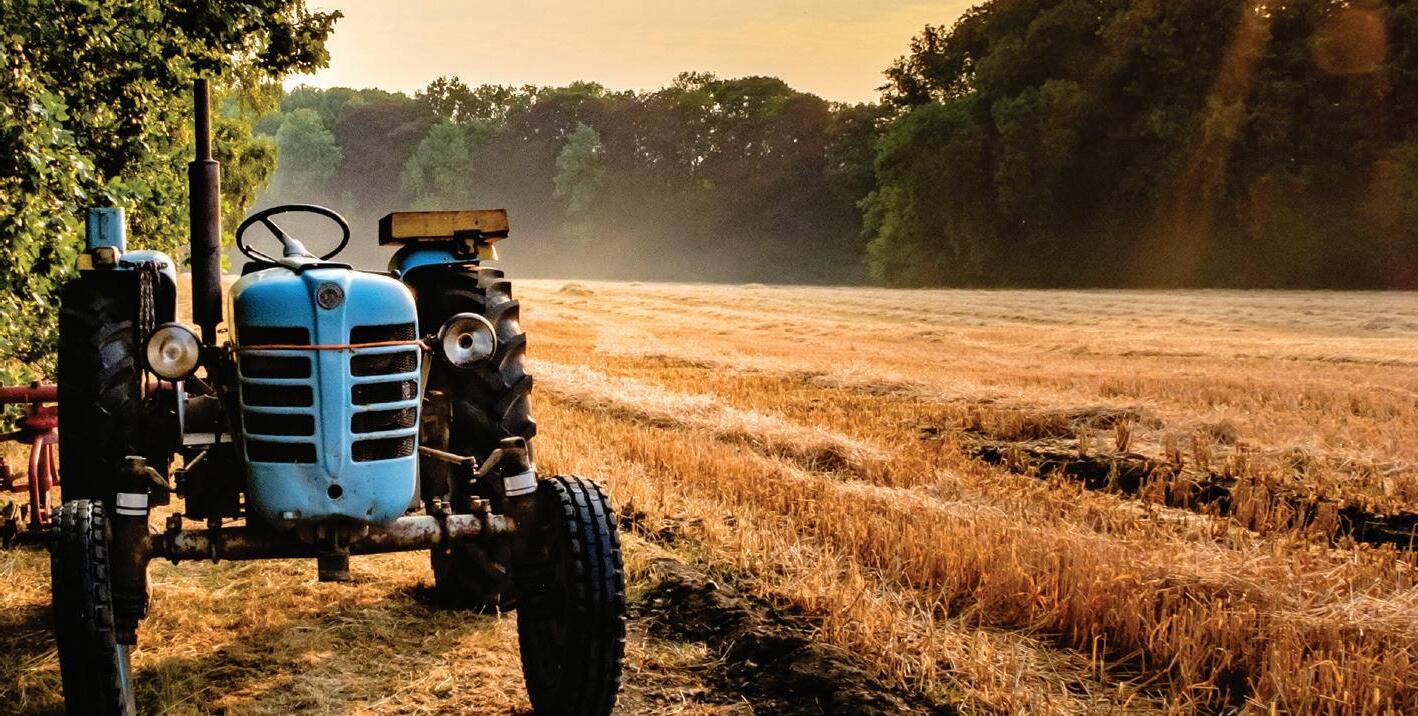
1503 SW 42ND STREET
TOPEKA, KS 66609 classifieds@FarmCollector.com
Ads received after the deadline will be held over for the next issue unless indicated otherwise.
BOOKS
PLEASE NOTE THE DEADLINES BELOW FOR THE NEXT FOUR ISSUES.
ISSUE
August 23
September 23
October 23
November 23
DEADLINE
June 1 2023
July 5 2023
August 1 2023
September 1 2023
Farm Collector may refuse to publish any advertisement at any time, according to our discretion. However, we are dedicated to providing our readers with the broadest range of alternatives possible. We believe our readers are generally intelligent, and trust them to exercise their own good judgment when choosing whether to patronize our advertisers. We cannot verify all claims made by advertisers. Please consider any advertiser’s claims carefully before buying.
– Bill Uhler, Publisher, Farm Collector

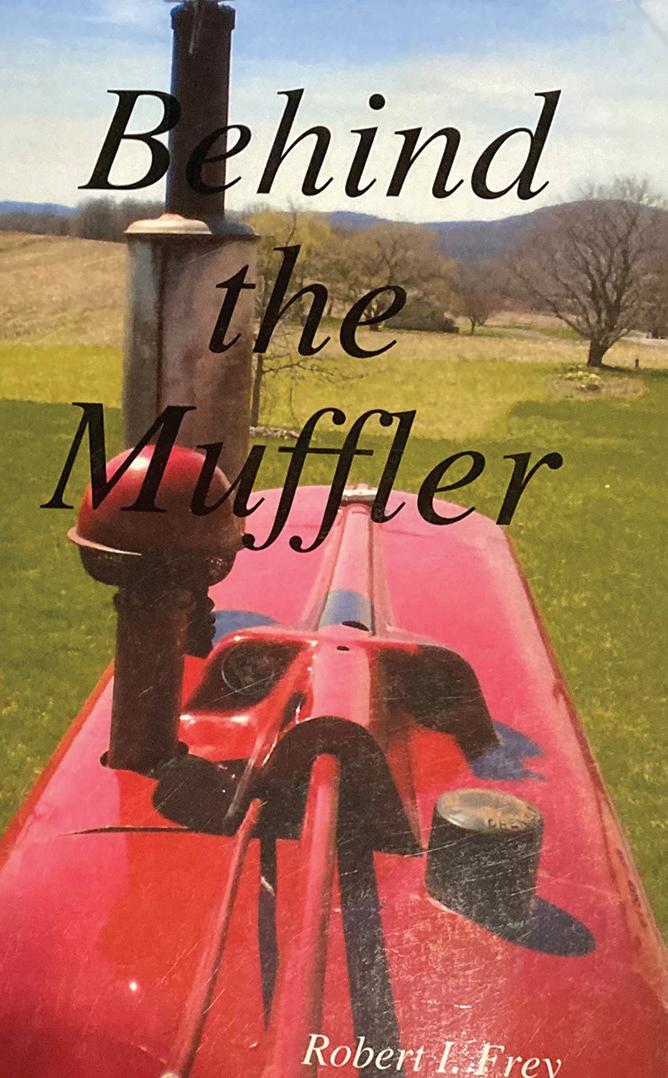
BOOKS
Purchase online at Amazon.com or send check for $26 to Linda Laird, 1432 S. San Luis, Green Valley AZ 85614
3 books for sale of collected thoughts
Behind the Muf er $20
Behind the Fence $30
Behind the Motometer $10
Total of 300 pages. All 3 for $50. Mail check to Bob Frey, 104 Snyders Rd., Phillipsburg, NJ 08865
46 July 2023 Farm Collector
HORSELESS CARRIAGE Replica: Use riding lawnmower motor, transmission and differential. 26” wheels, 52” wide, 82” long and 36” wide seat for two. 1” square steel tube frame, centrifugal clutch, 8-10 MPH speed, 5-8 hp engine. Twenty pages computer-drawn detailed plans, parts supply and photos. Plans $20 each model. Check or money order. Jimmy Woods, P.O. Box 216, Coker, AL 35452; 205-339-8138.
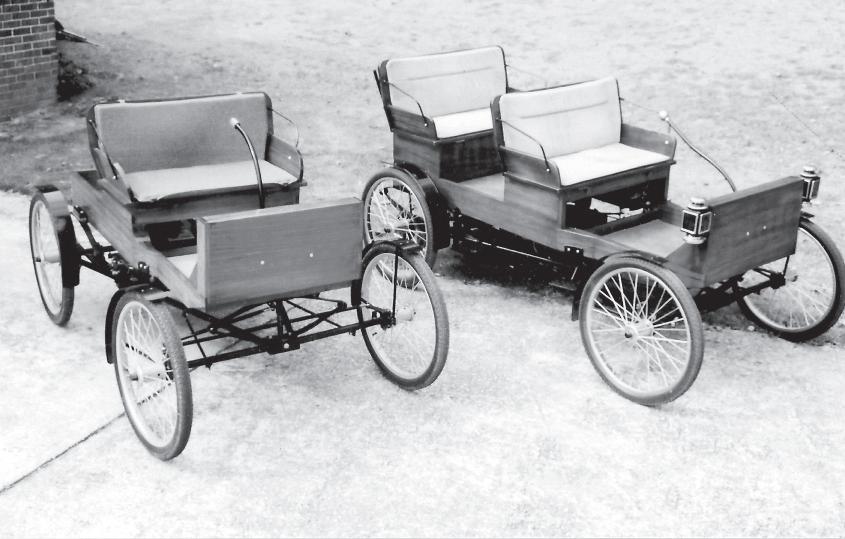
CARBURETORS
Carburetor, Water Pump Rebuilding, 6 Month Warranty. Farmers Service Incorporated. 8:30 a.m. to 5:30 p.m. EST; 330-482-4180; www.farmersserviceinc.com
DECAL ENGINES
Wanted: Looking for old hit-and-miss gas engines to buy. 614-306-0908 or gasenginetom@hotmail.com.
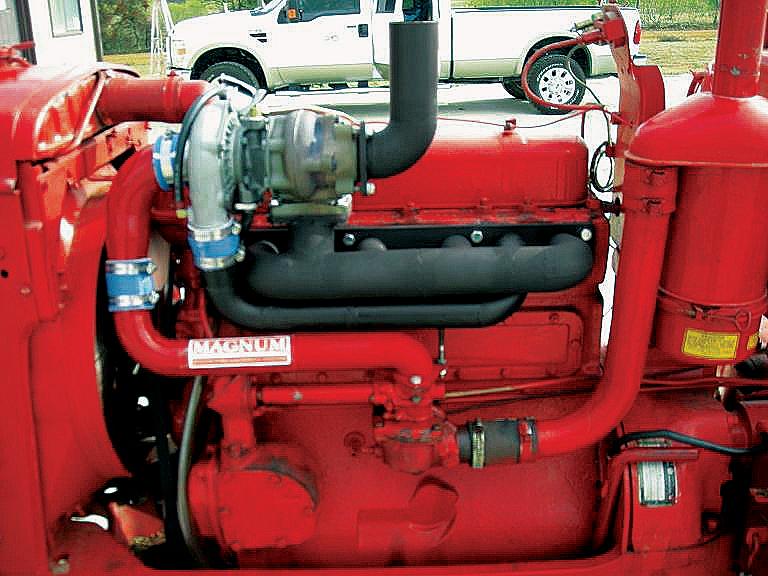
Wanted: Always buying hit-and-miss flywheel gas engines, big or small, one or whole collection. 419-789-1159 or jon@sideshaft.com (OH)
FOR SALE
Life size aluminum buffalo $2,500, delivery possible. 785-488-5150 (KS)
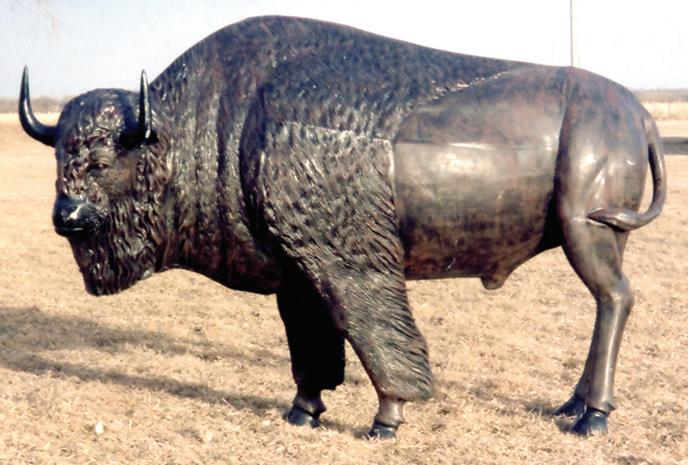
JD Tractor parts for G, D, A, B, H, MT, 50, 60, 70, 70D, 420, 530. power steering units, 420W, 520, 620, 620LP, 720, 720LP, 730, 830, 840, 4010, 4020. L Belly Pans for $95, 1958 620LP, runs good $4,000. Darwin Gingerich, 620-386-0071.
LeRoy Plow Moldboard #110 new - $175.00. Wooden hand pushed seeder, Hampshire implement made in Hatfield, MA. Museum piece late 1800's 'early 1900's$600.00. John Deere Syracuse plow point 14'new$100.00. All offers considered. 315-699-2200.
GASKETS

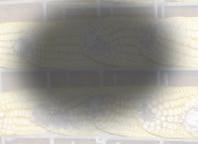
Any type, no tooling or minimum for most gaskets. Free online quotations. www.gasketstogo.com
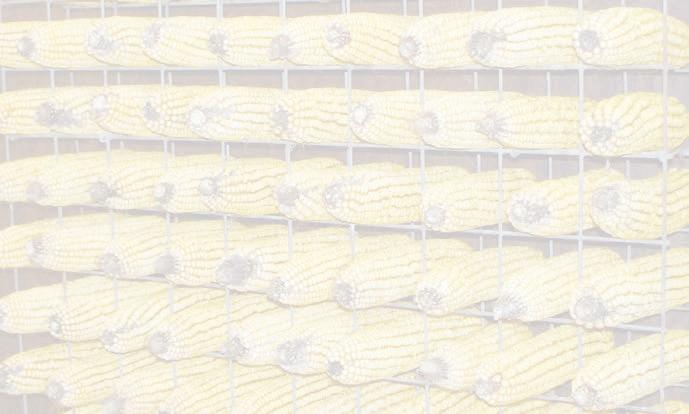
LITERATURE/MANUALS
Tractor Manuals and Literature. Large selection available. Jim Robinett, 5141 Kimball Rd, Ontario, OR; 97914. E-mail: tractrmnul@aol.com. 206-713-3441.


ORGANIZATIONS

Dues: $25 per year 810 South Main Mt. Pleasant, IA 52641 641-919-2042 duckcall1961@yahoo.com

Quarterly “Bang Board” newsletter. Corn History Informational Books Available Find us on Facebook

PARTS
Spur, helical and worm gears. Pinion and spline shafts. Made to specs or duplicate original. Elmridge Machine & Gear, 94 Fairview Rd, Lititz PA 17543 717664-1079
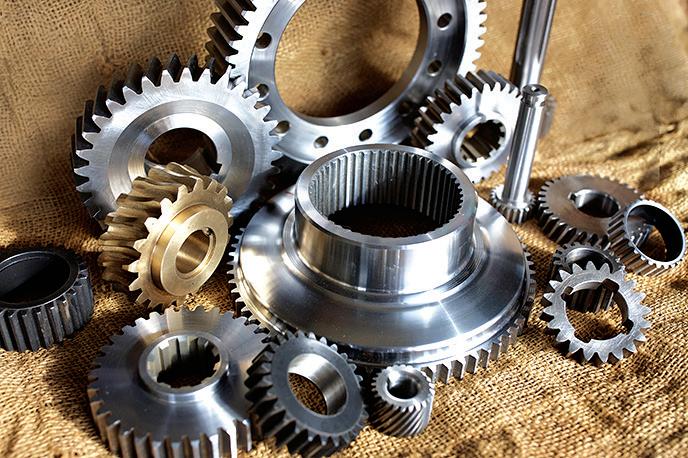
TURBOCHARGER KITS ANTIQUE GAS TRACTORS
FARMALL M, SUPER M 400 450. W9 600-650. FARMALL H, SUPER H, 300-350. INTERNATIONAL 460-806, FARM KIT AND 4 BARREL PULLING KITS. ALLIS CHALMERS WC-WD45. OLIVER 77-881650. Oliver diesel. MASSEY HARRIS 44-444. KEYSTONE TURBO LLC, 2128 DAYTON-SMICKSBURG ROAD,SMICKSBURG PA16256 814-257-8506 duddy1@windstream.com keystoneturbollc.com
RESTORATION/ REPAIR
Next Generation Magneto Repair, 3rd generation, Dave Temple 856 Willow Brook St. N.E. Owatonna MN, 55060; 507-339-1470.
Steering cylinder repair.New replacement parts manufactured by us. Case-200,300,400,500 series tractors. Ford-700,800,900 series tractors. New pistons, rods, seals and cylinders. Bob Hunter, Pioneer Hydraulics, 5807 E Hayward Rd, Waukomis, Okla.73773. bhunter772@gmail.com, 580-603-0063.
Carr's Repair: We got you Covered! Restore those powerhouses back to original! New IH sleeves & piston kits for IH 9, IH 6 and IH MD, 450D, W-9-650 series gas and diesel tractors and John Deere, D and R piston kits, 720 and 830 Diesel kits. Int'l Falls, MN No Sunday calls. Ph 807-487-2548, www. carrsrepairvintageparts.com
www.FarmCollector.com July 2023 47 BUILDING
PLANS/BLUEPRINTS
RESTORATION/ REPAIR


For Sale: Grade One plow handles, $50 per pair, postpaid. Beverly Egbers, 326 County Road 24, Hooper, NE 68031; 402-567-2588.


Obsolete water pump? Let me rebuild yours. Mark, 623-205-4482; waterpumprebuilder@gmail.com
TRACTOR DISPLAY SIGNS

Personalized, Magnetic, Weatherproof Display Signs Perfect for Antique Tractor Parades and Shows! Visit www.TheBadgeFactory.com or call 410-239-3368 to order. Take 10% Off with Promo Code: COLLECTOR
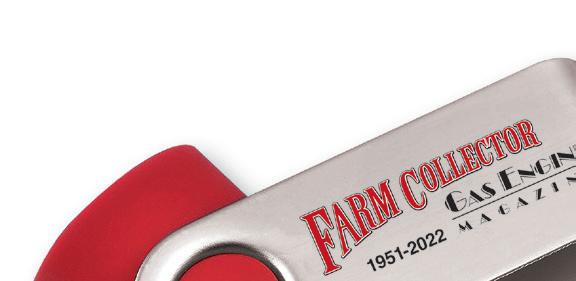
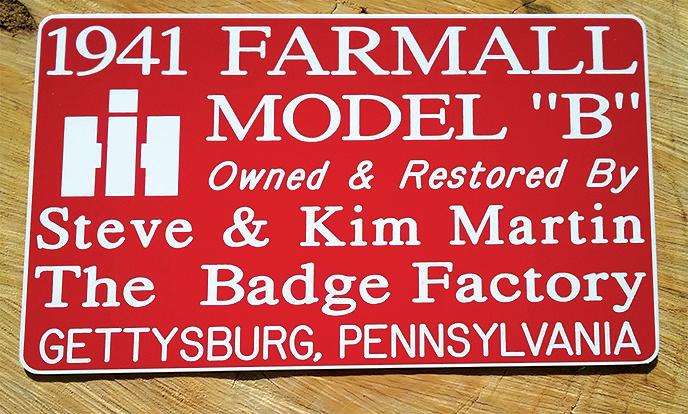
WANTED


Wanted: Allis Chalmers D15 Series 2 with power steering and three point. 541-429-2167.
For collectors and enthusiasts, dreamers and restorers, newcomers and lifelong collectors, we have you well covered. This digital archive features almost 20,000 articles - all originally published in Farm Collector, Gas Engine Magazine and The Iron-Men Album (Steam Traction) - spanning the years 1951 to 2022, formatted for optimal viewing on computers.
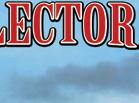
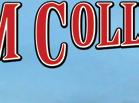



Looking for old hit miss engines, parts, models and/or entire collections. 614-3060908 or gasenginetom@hotmail.com. (OH)

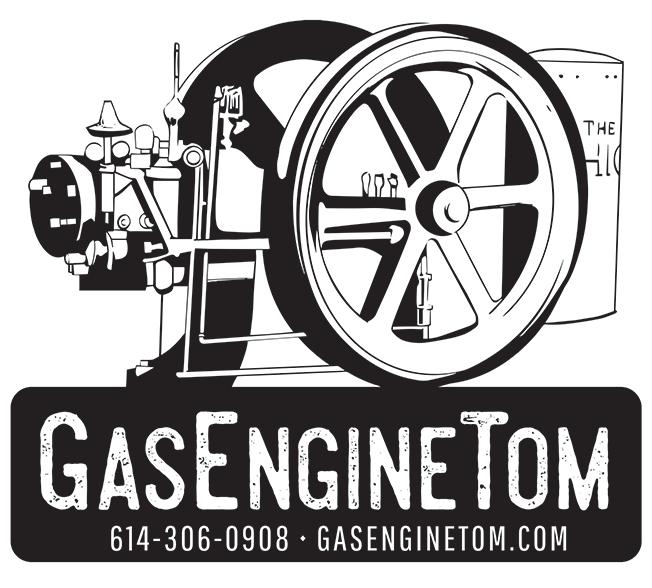
Wanted: "Want to buy Chase Manufacturing Company, Mason City, Iowa made engines and advertising "My registry of Chase Mfg. Co. engines contains engines: 9, 49, 52, 96, 101, 599, and 805 as of June, 2021. Email: rogerwhite57@ gmail.com. WY




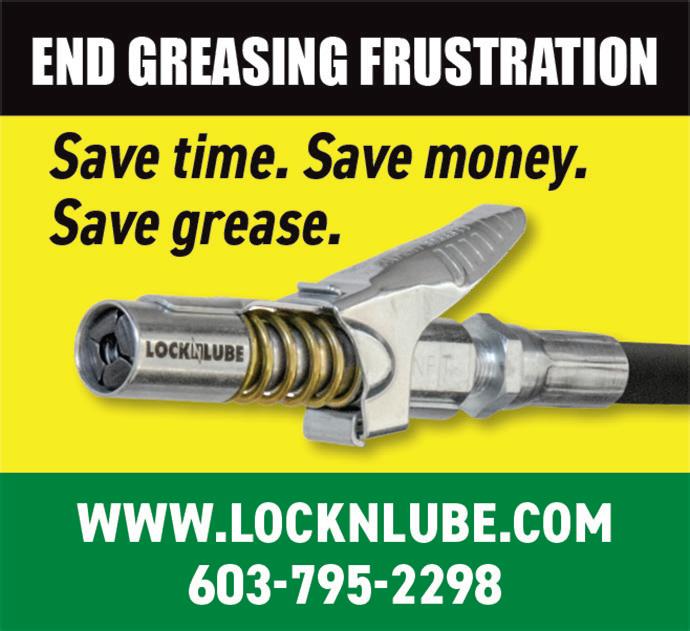





























Like to buy any type of old farm equipment, one piece or whole collection, salesman samples, country store, corn shellers, anything farm related, advertising signs, old wood signs. Leave message 574-304-4587

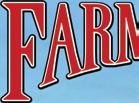
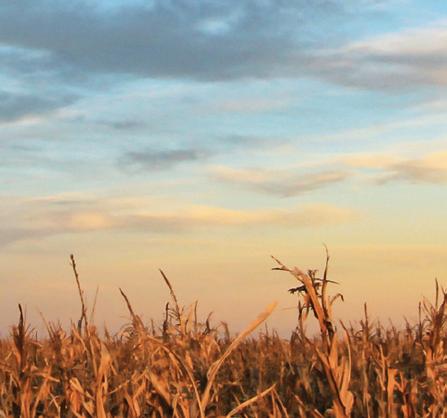





48 July 2023 Farm Collector
READ THE CLASSIFIEDS BUY KEVIN’S MAGNETO SERVICE PARTS • SERVICE • REBUILDS 25930 N Co Rd 2600 East • Manito, IL 61546 309-303-2634
kevinsmags@yahoo.com Ridge View Tractor Restoration Painting & Sandblasting All Makes & Models Complete Restorations General Repairs Eu G E n E Bu R khold E R 3376 170th Ionia, IA 50645 • 641-228-4558 Paul’s Rod & Bearing BABBITT BEARING SPECIALIST Since 1952 LET US REPOUR YOUR ROD, MAIN AND CAM BEARING! (816) 587-4747 • Fax: (816) 587-4312 6212 NW Bell Rd., Parkville, MO 64152 www.paulsrodandbearing.net www.FarmCollector.com Do you have an old tractor, restoration project or any farm related equipment or tools to sell? To place a classified ad give us a call at (866) 848-5346 SELL Order today by calling 866-624-9388 or visiting Store.FarmCollector.com Mention promo code MFCPANZ1. Price does not include shipping and handling.
Item #11854 $39.95 NOW INCLUDES 2022 ARTICLES! Enjoy 72 Years of Content at Your Fingertips! FC-GEM ARCHIVE_2.2997 x 7.4787.indd 1 5/15/23 3:23
www.magneto-repair.com
Great Grilling Recipes 500 k























Redesigned inside and out for its 10th anniversary, The Barbecue! Bible now includes full-color photographs illustrating food preparation, grilling techniques, ingredients, and of course, those irresistible finished dishes. A new section has been added with answers to the most frequently asked grilling questions, plus the author’s proven tips, quick solutions to common mistakes, and more. Then there’s the literal meat of the book: more than 500 of the very best barbecue recipes, inventive, delicious, unexpected, easy-to-make, and guaranteed to capture great grill flavors from around the world. Add in the fullcolor, and it’s a true treasure. #11603 $24.95
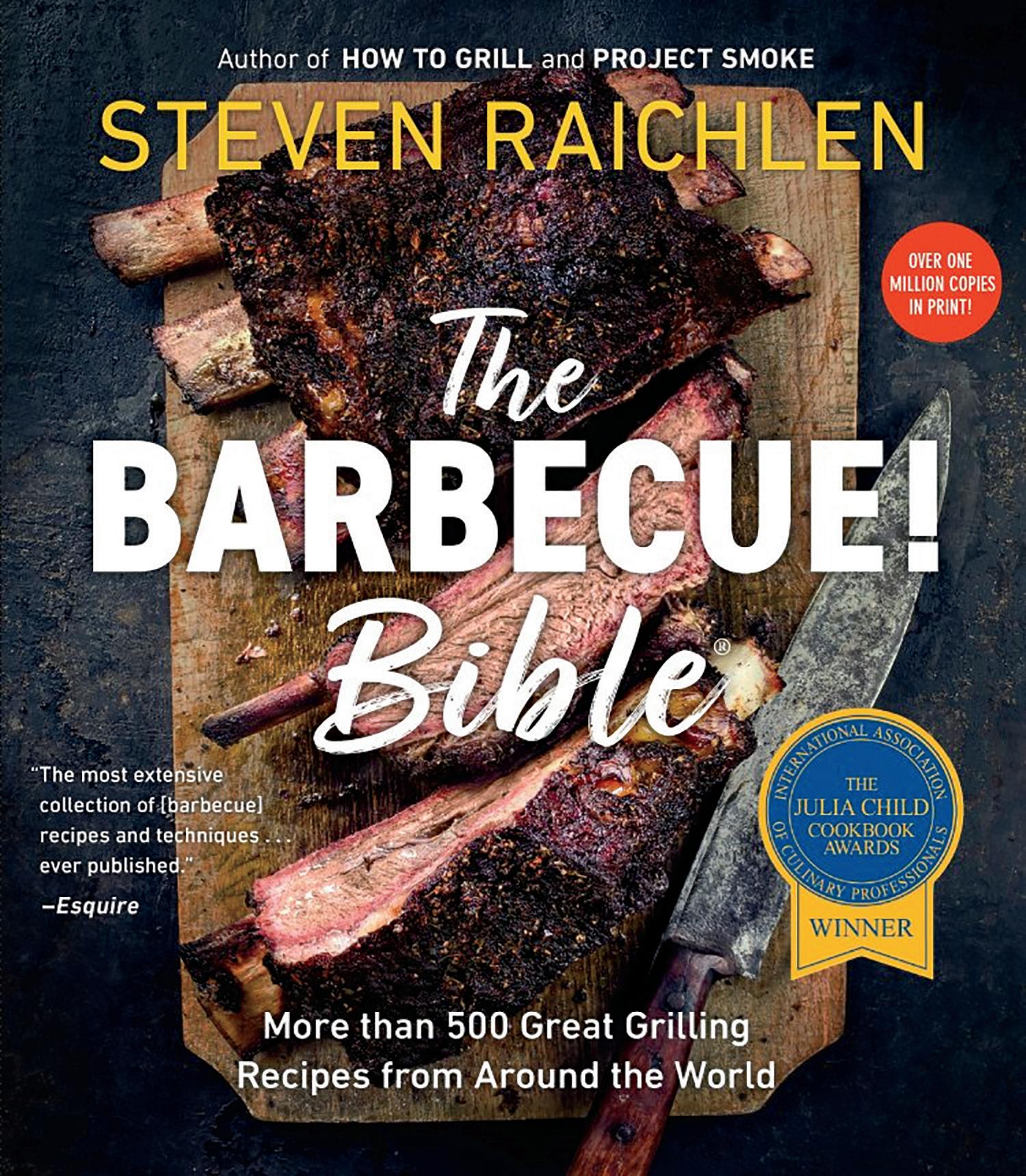
or call 866-624-9388 to order.
promo code MFCPANZ2. Price does not include shipping and handling.
Visit Store.FarmCollector.com
Mention
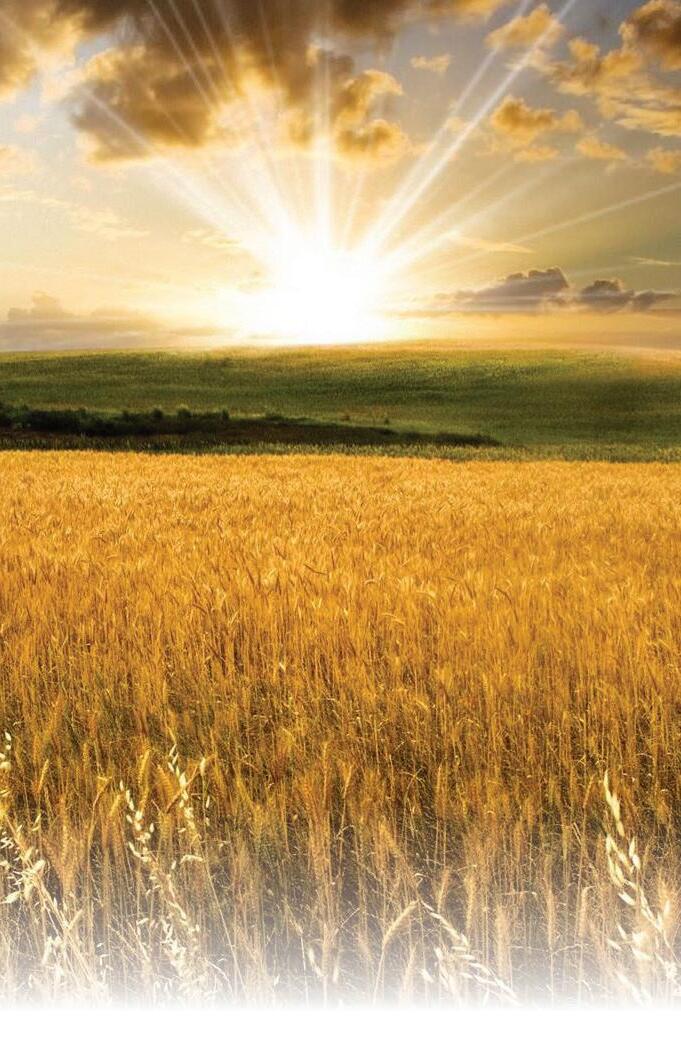
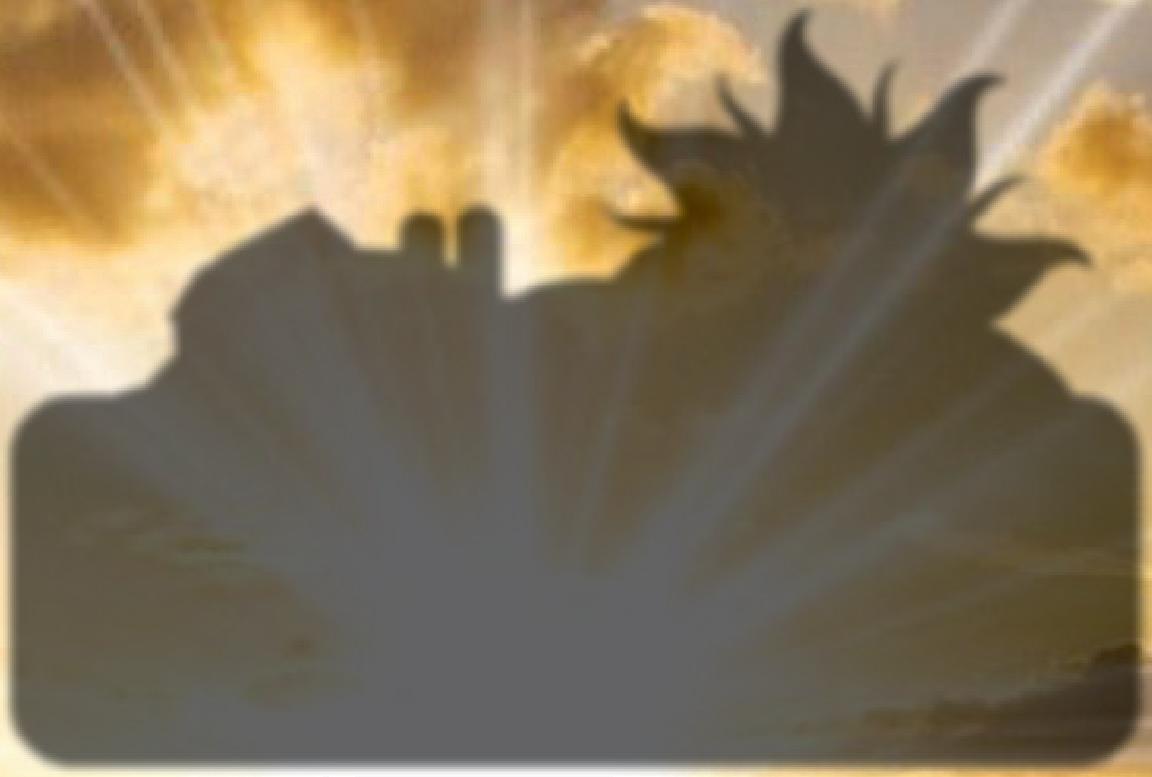
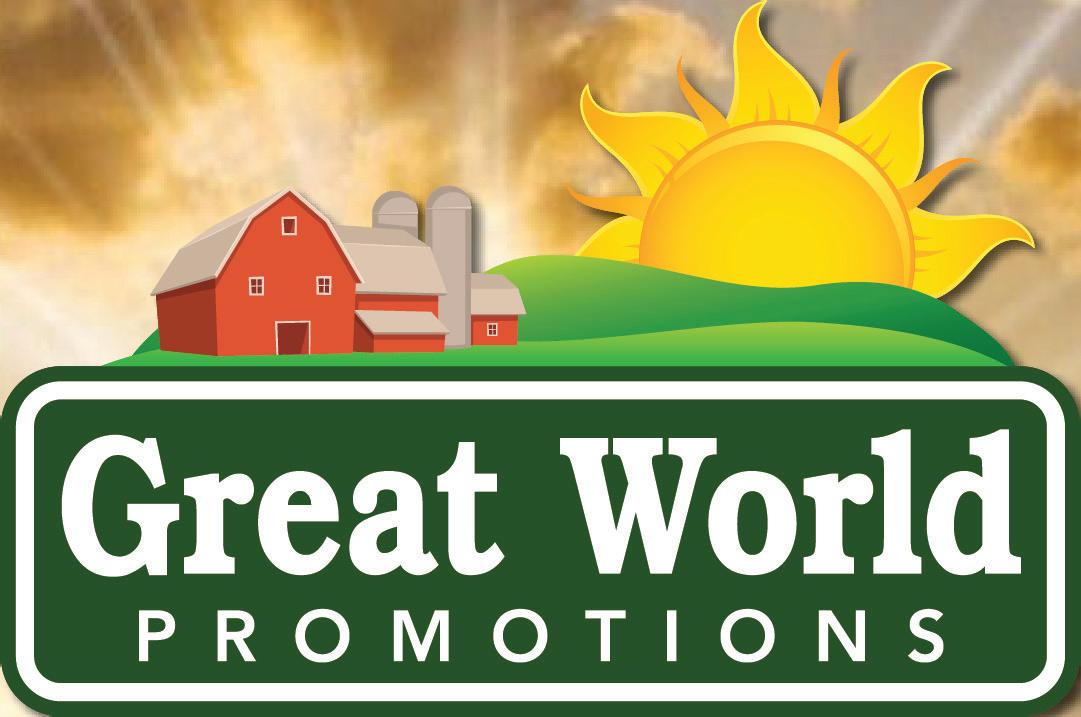


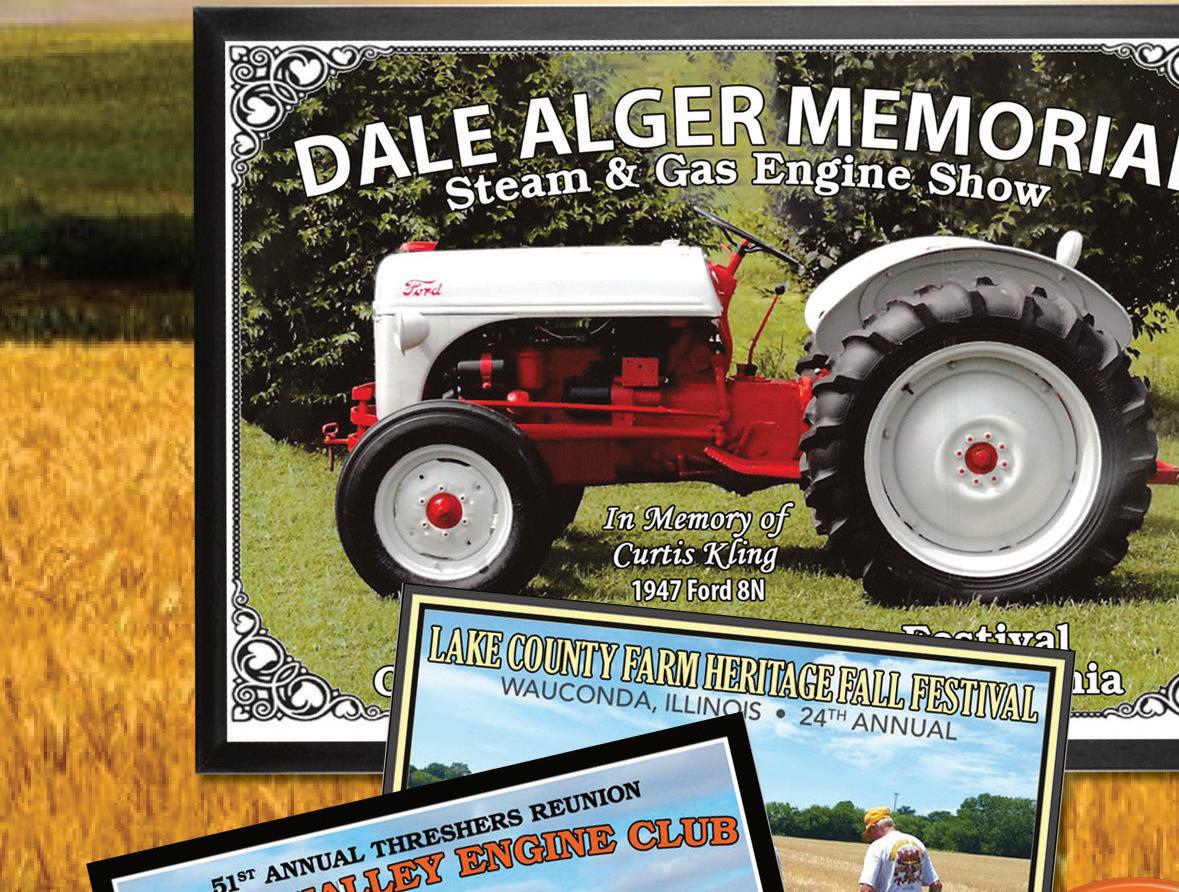
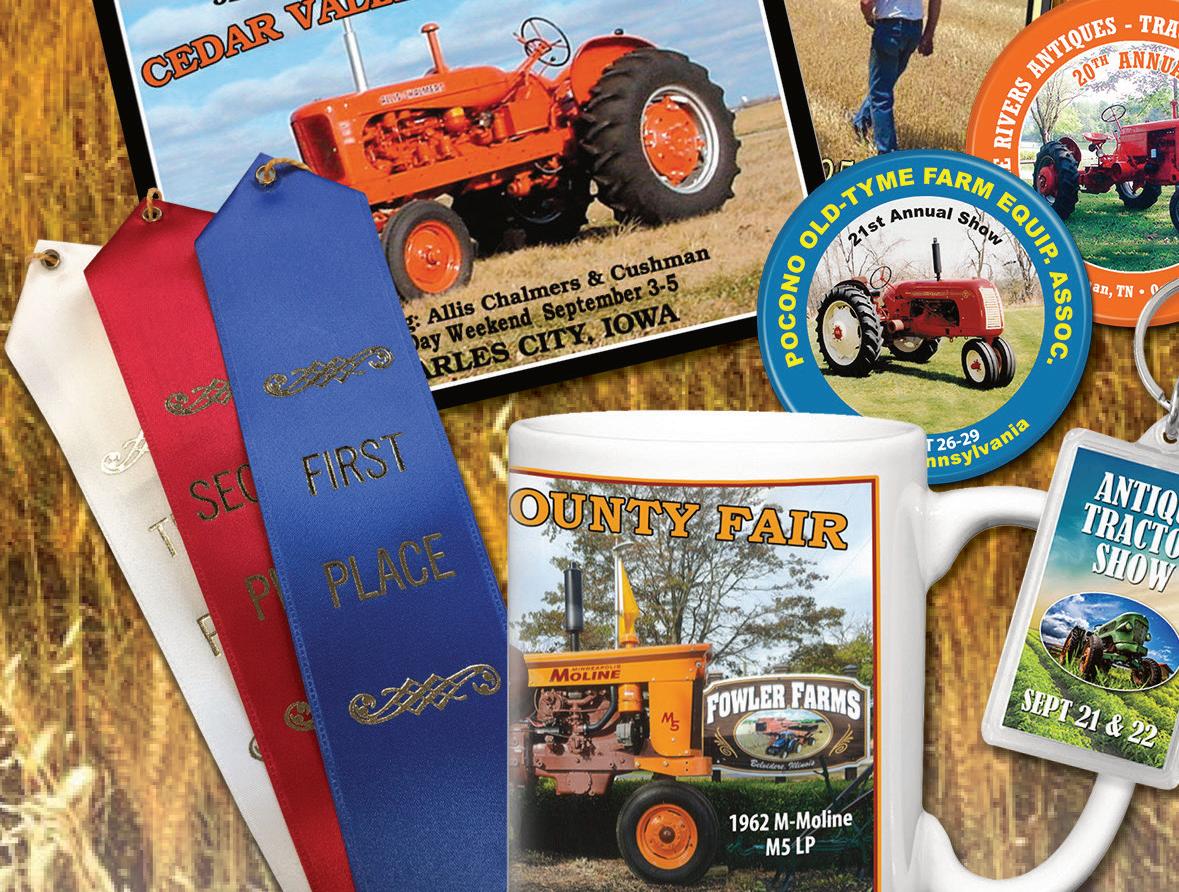
PROVIDING QUALITY PRODUCTS FOR 38 YEARS CALL TODAY! 1-800-397-6067 GreatWorldPromo@gmail.com BUTTONS PLAQUES Acrylic, Award, Metal & Magnetic RIBBONS BANNERS COFFEE MUGS LICENSE PLATES VINYL DECALS WRISTBANDS T-SHIRTS Use any or all of these products to promote your event! No extra charges for layout or setup.


































 Dave
Dave

















































































































 Sam Moore
Sam Moore































































































































 By Don McKinley
By Don McKinley












































































 By Barry Tuller
By Barry Tuller






























































































































































































































































 FARMALL CENTURY 1923-2023
FARMALL CENTURY 1923-2023














































































































































































